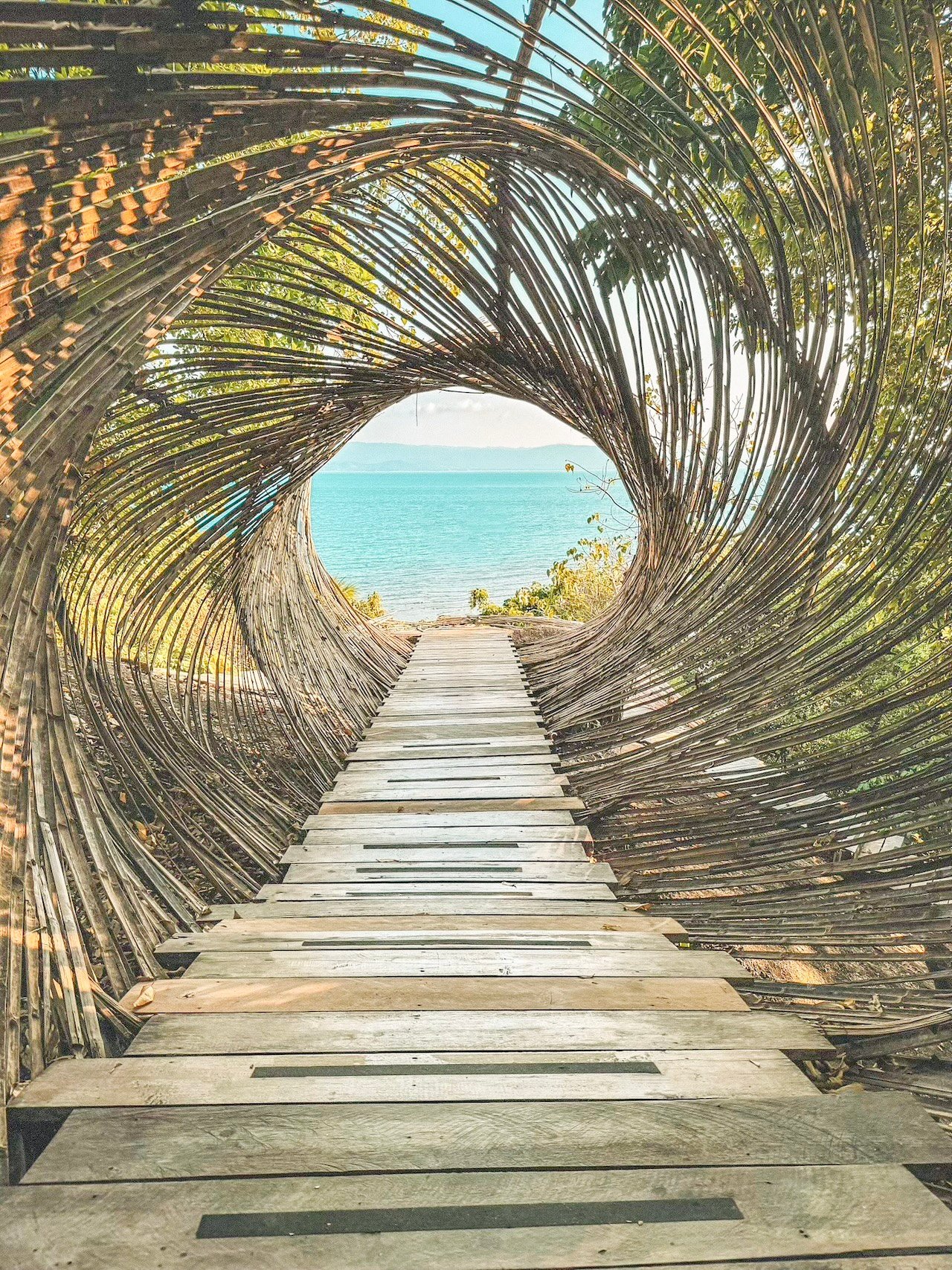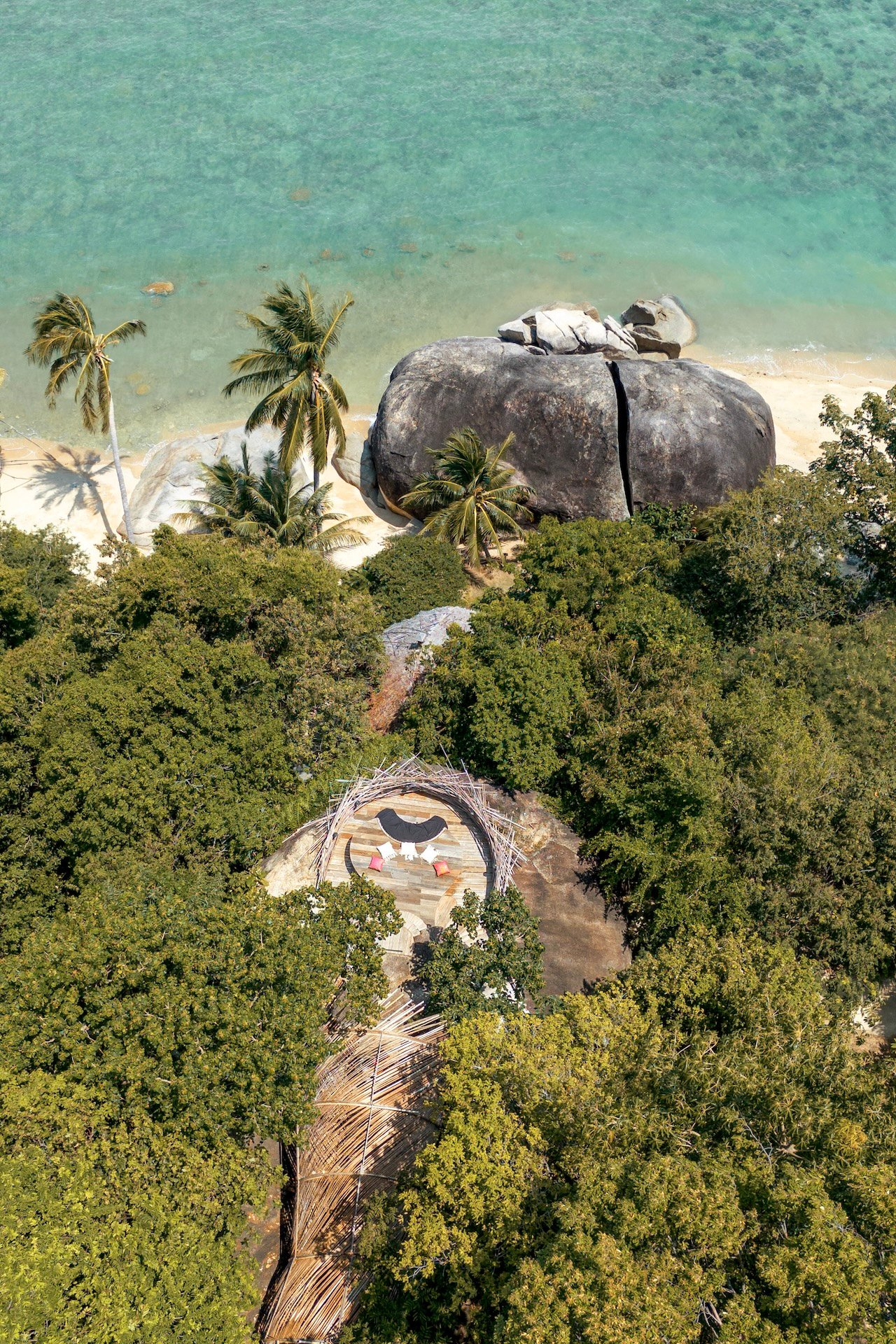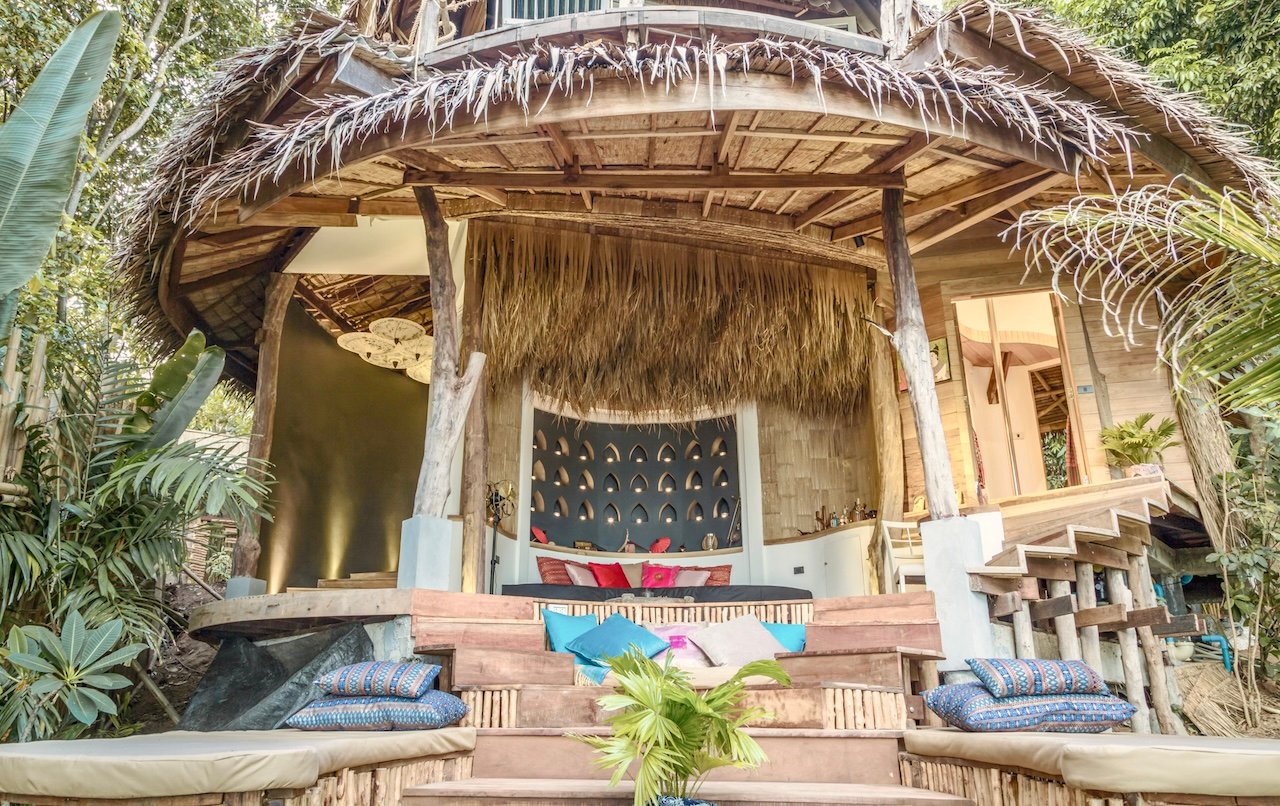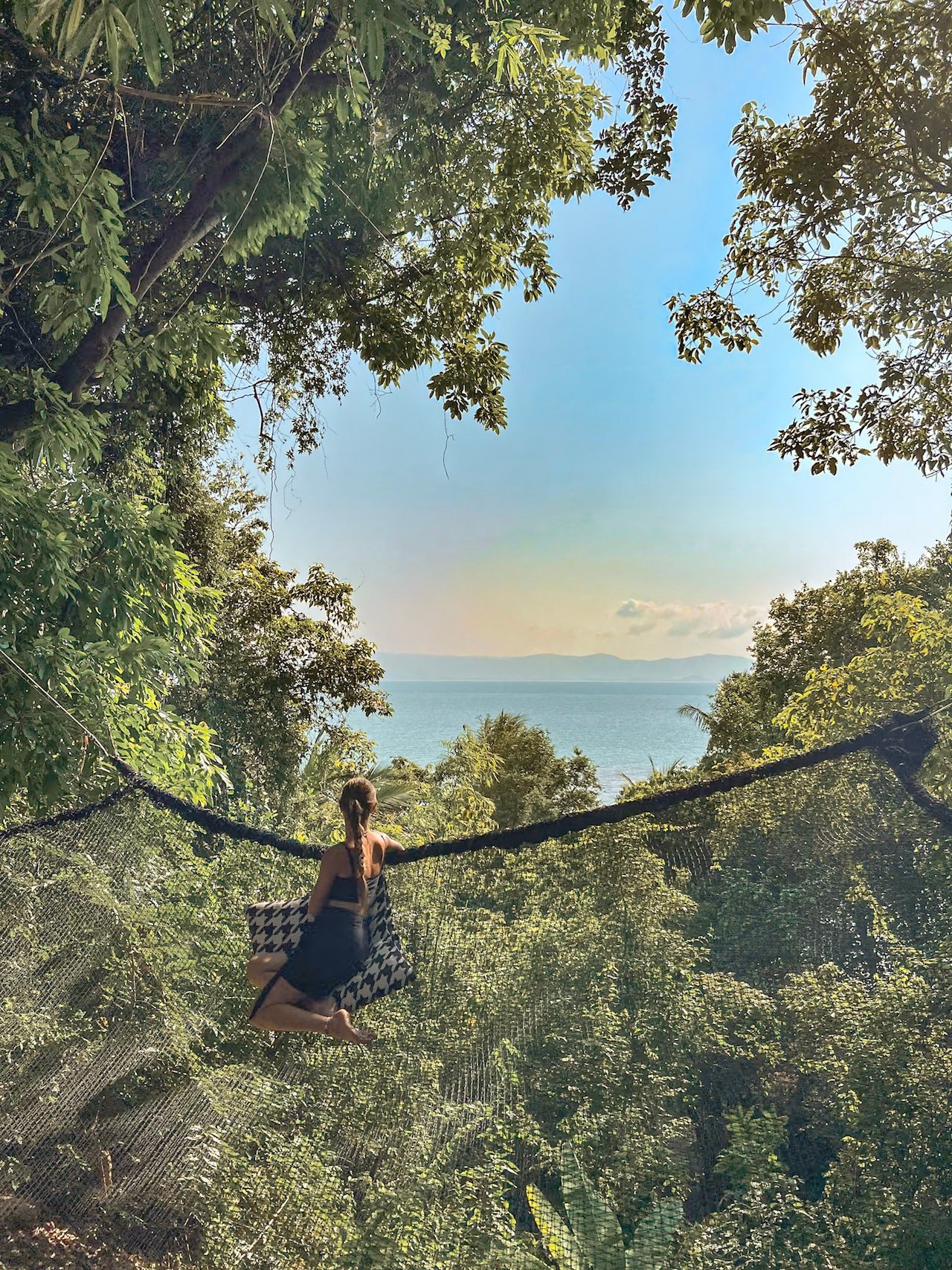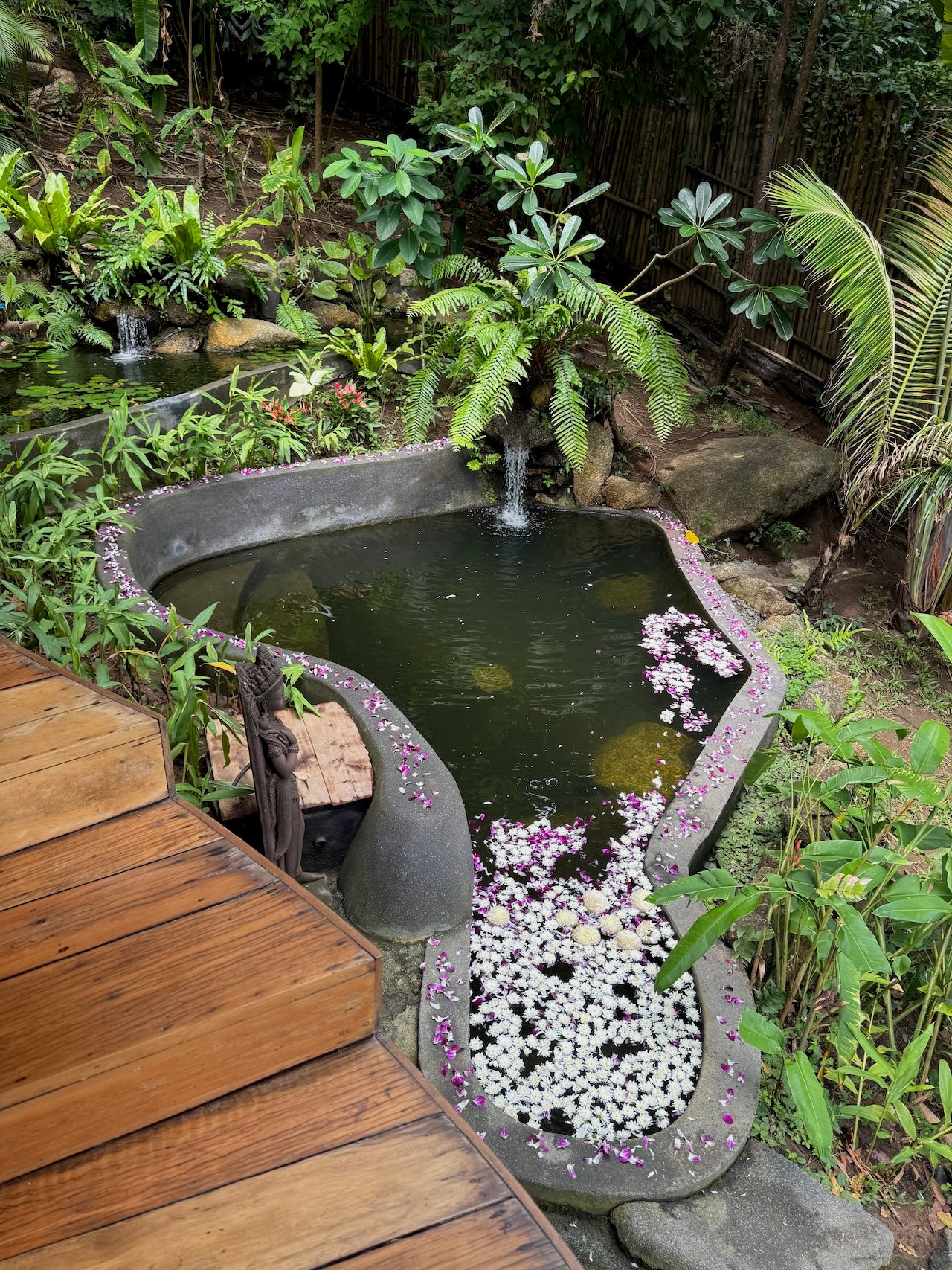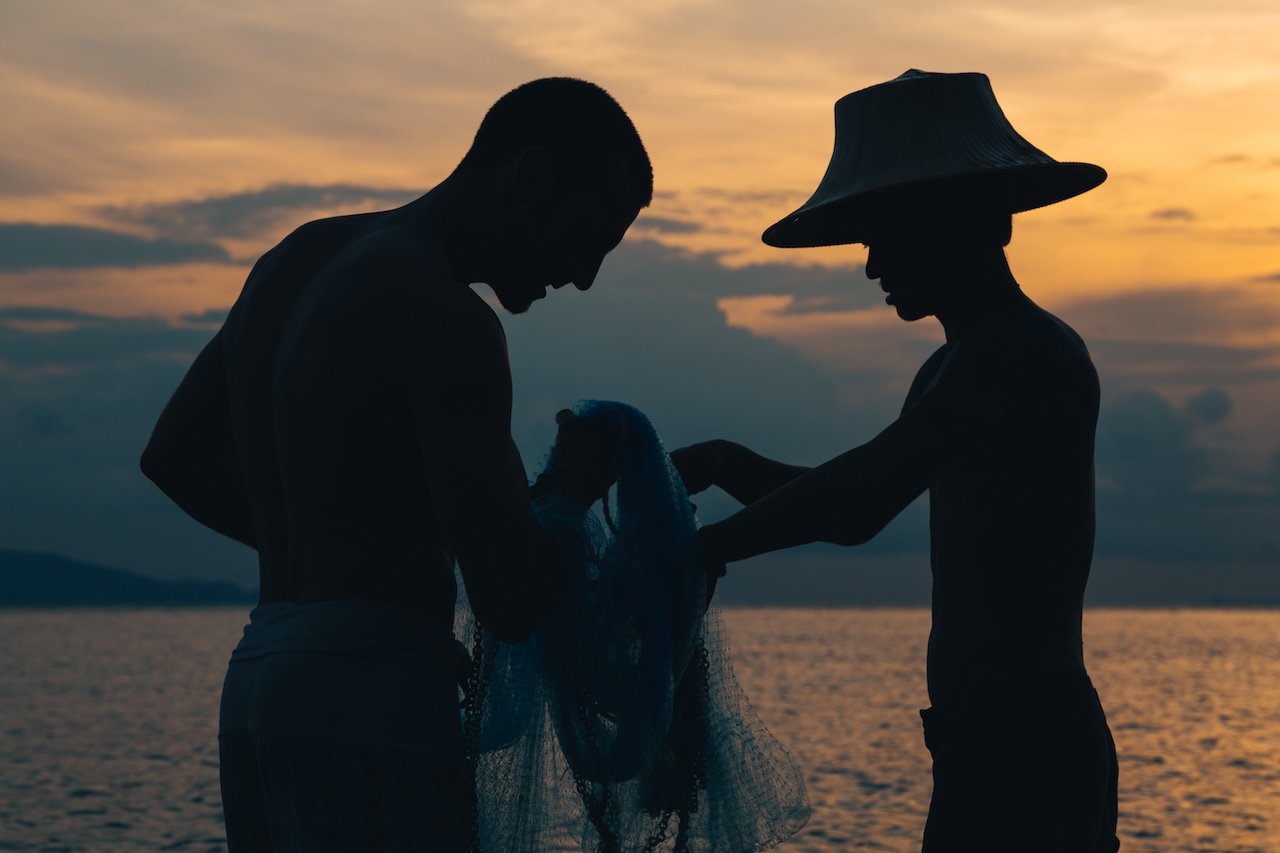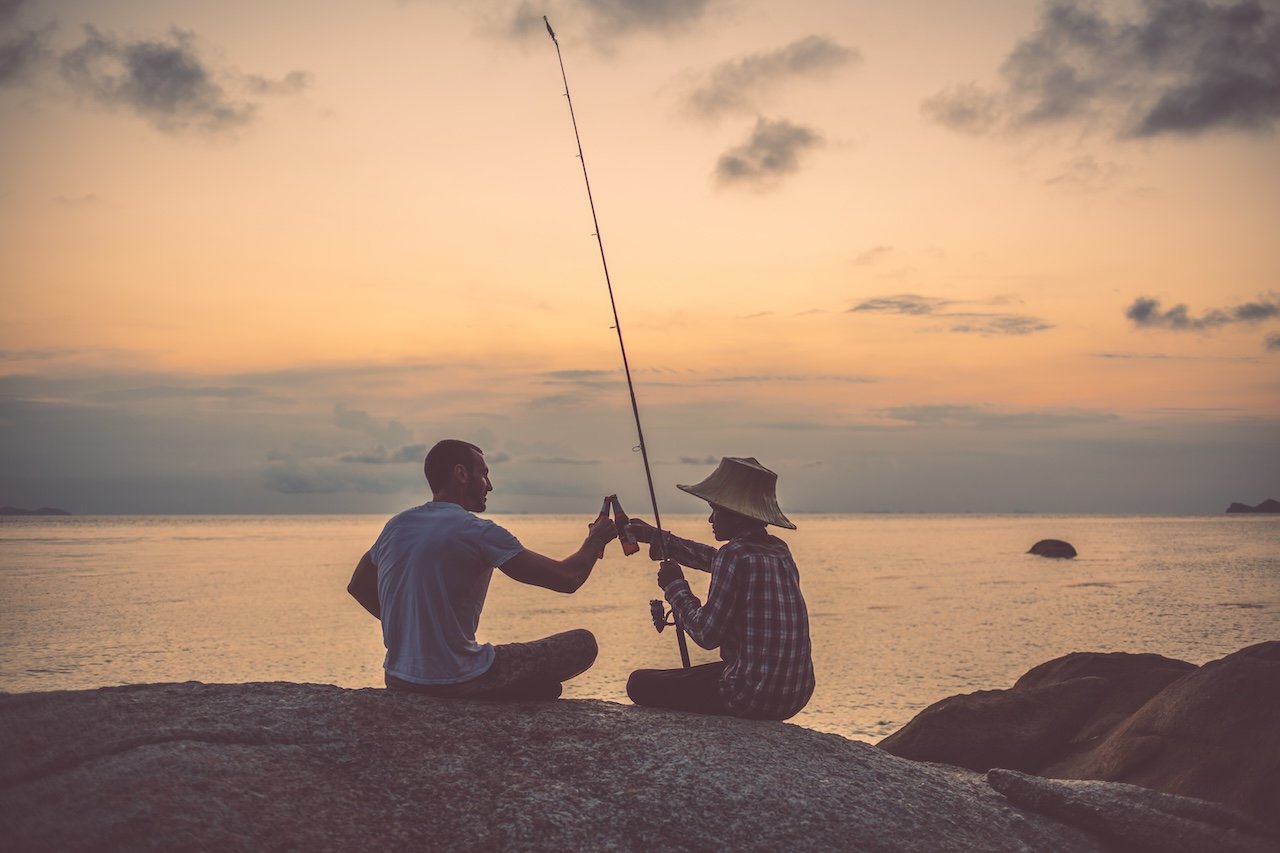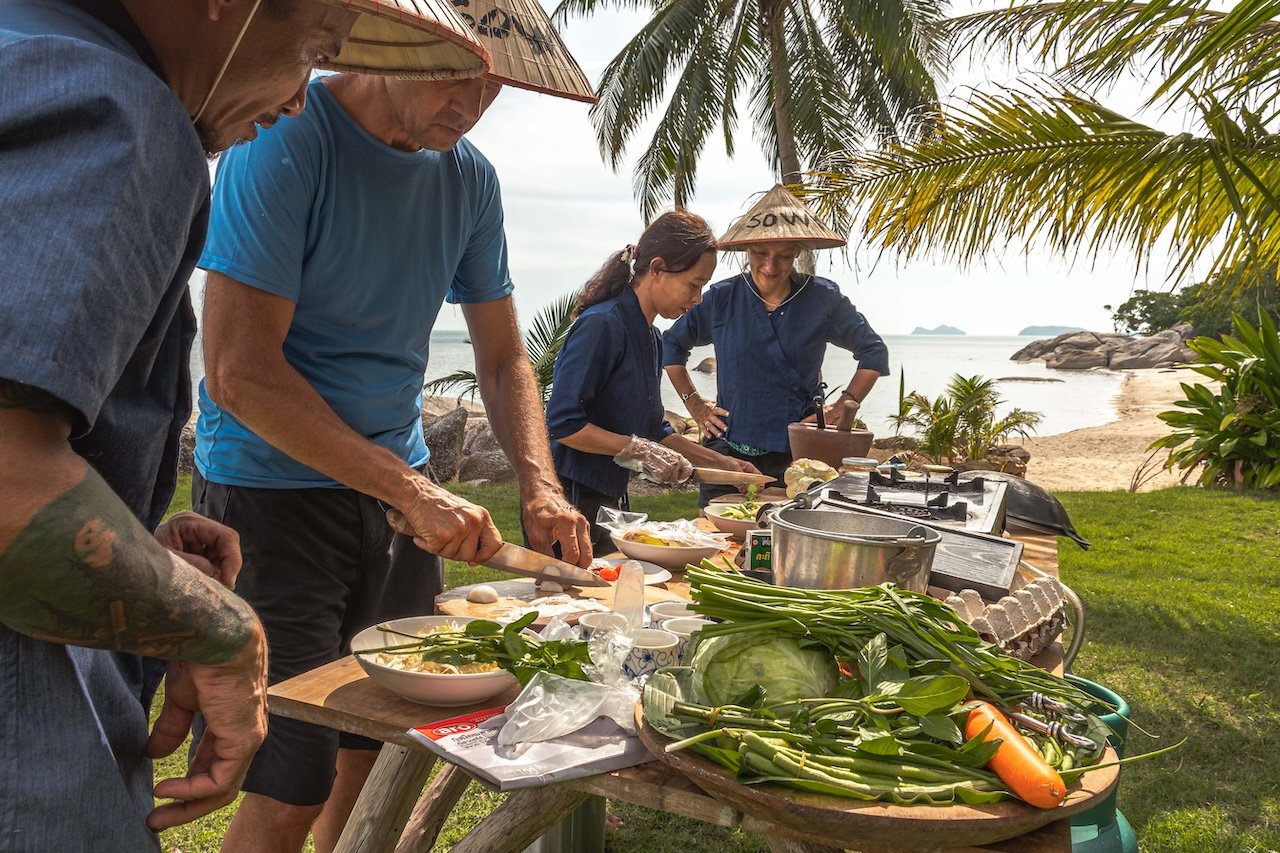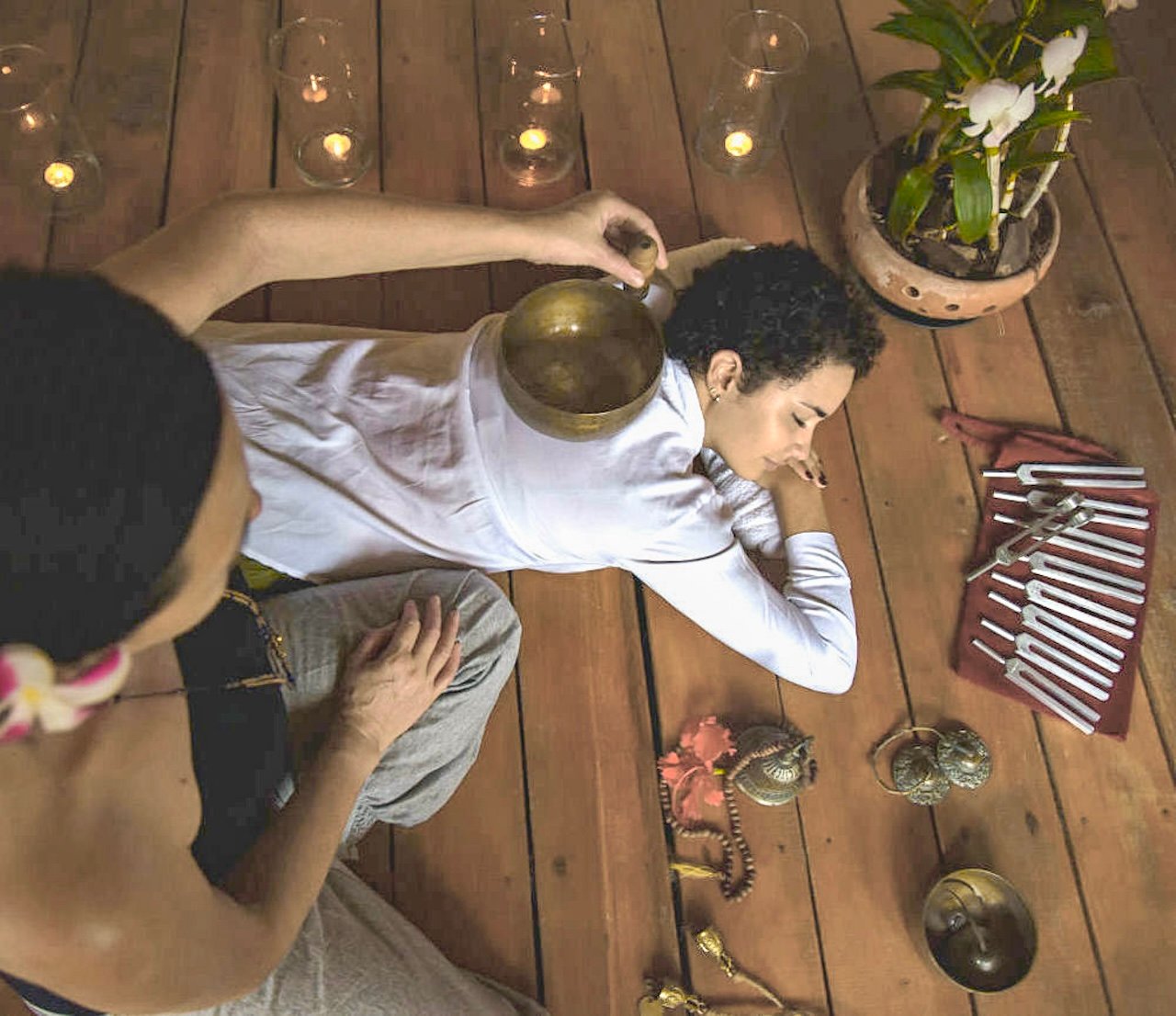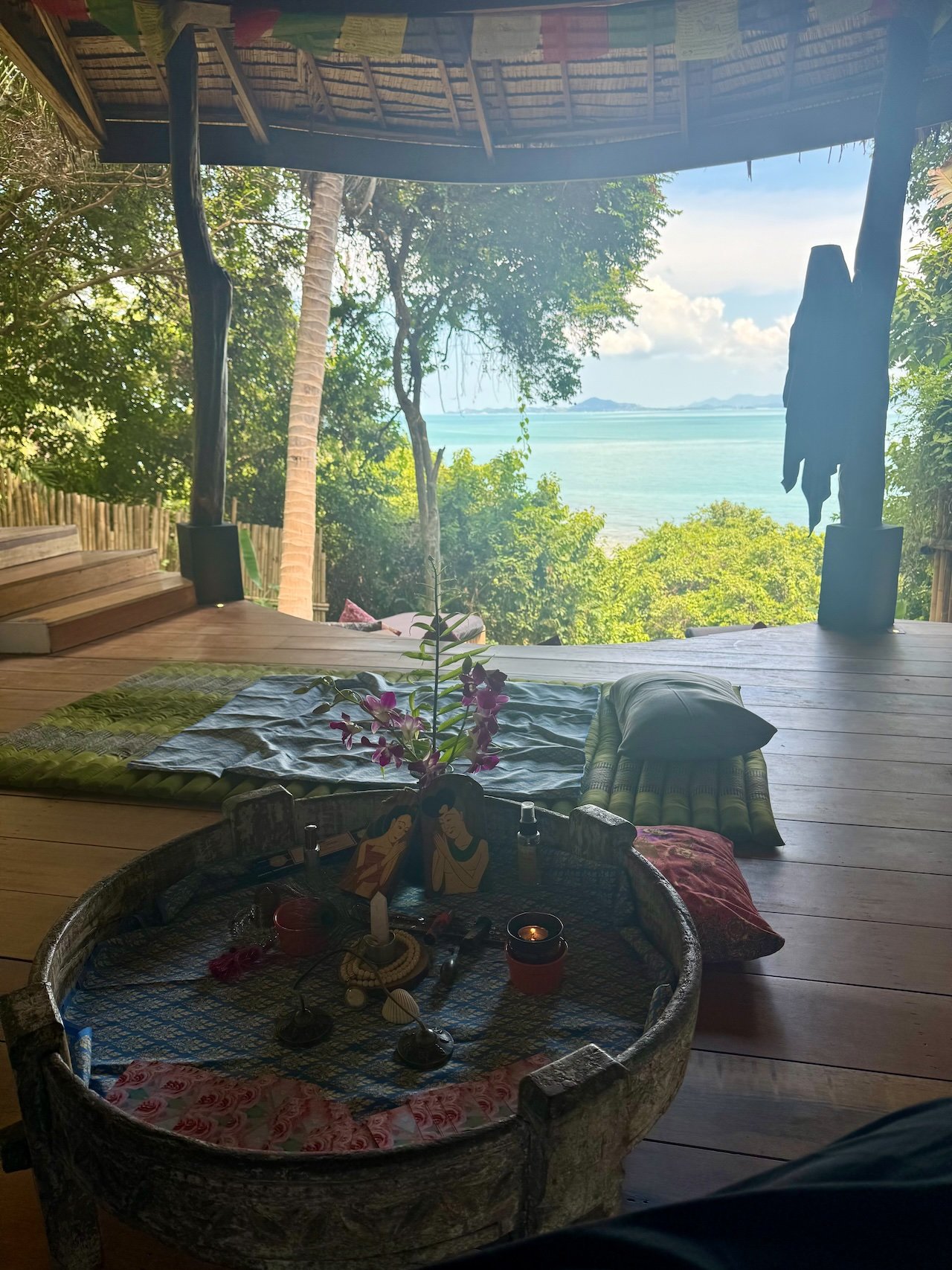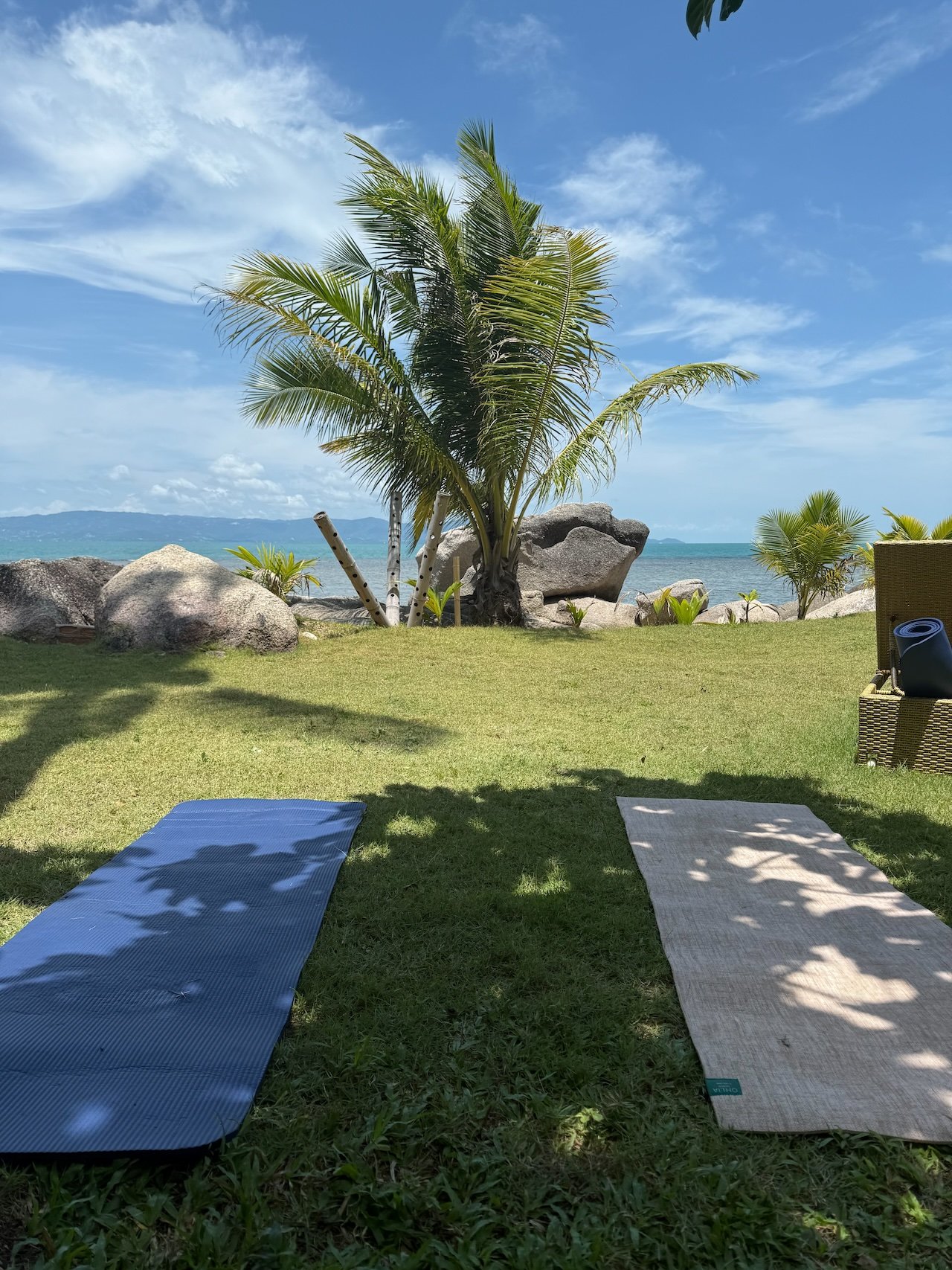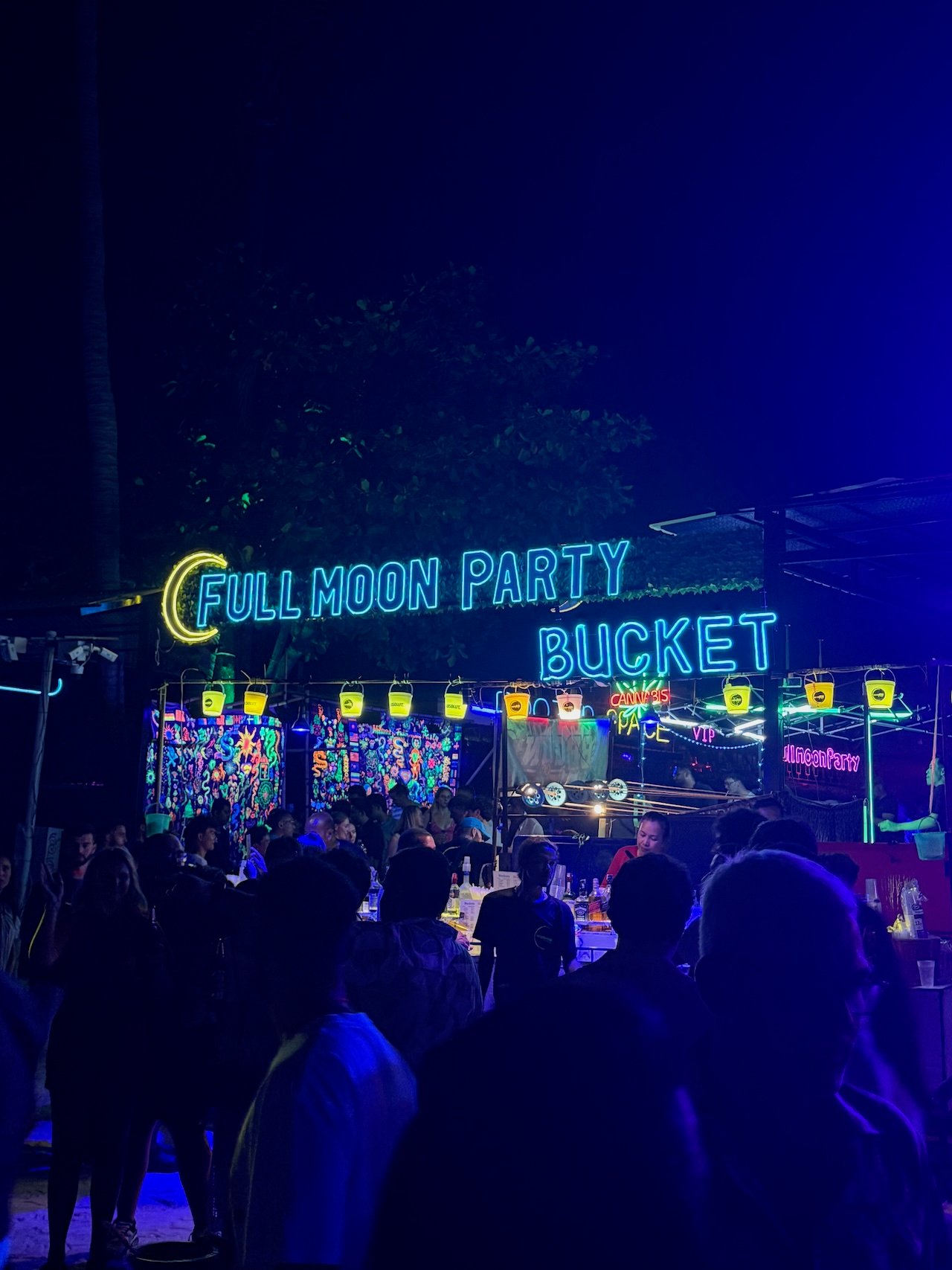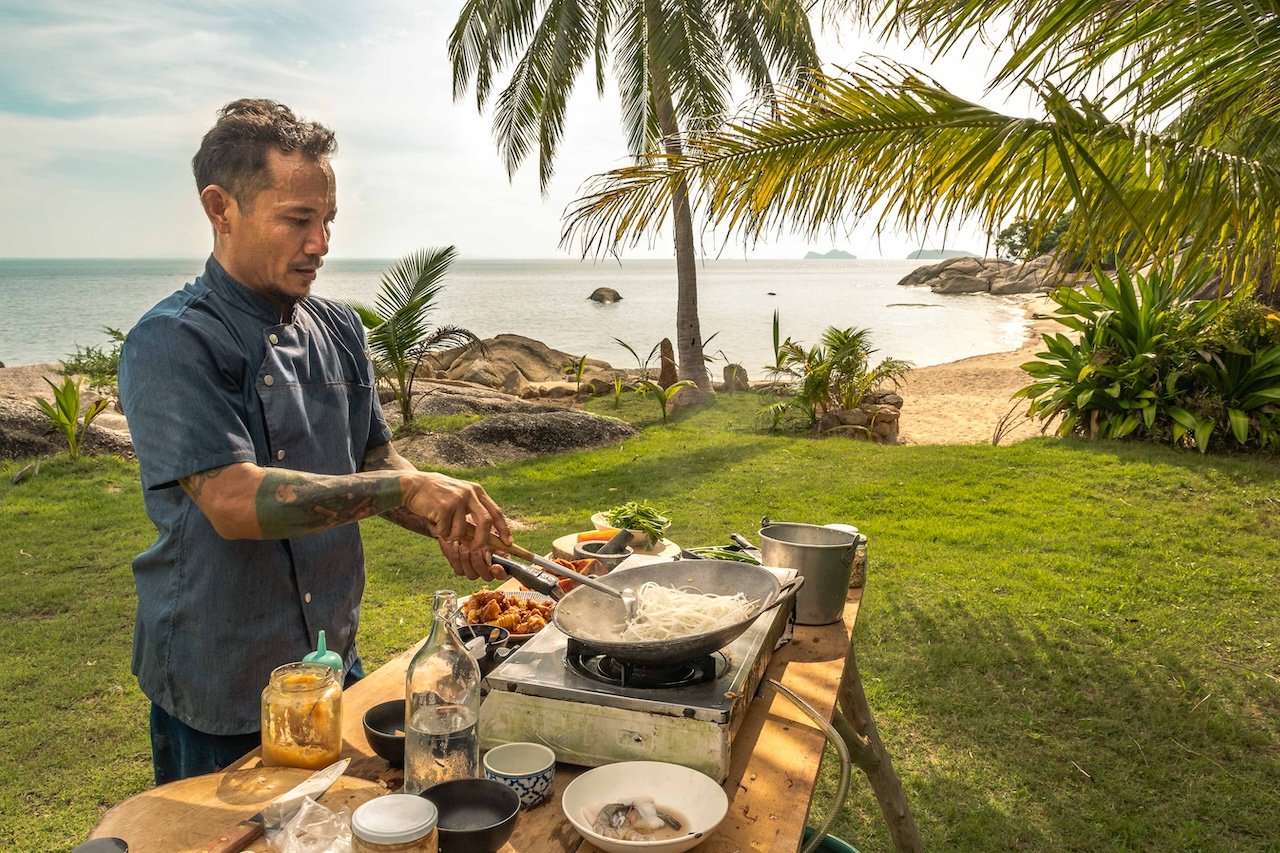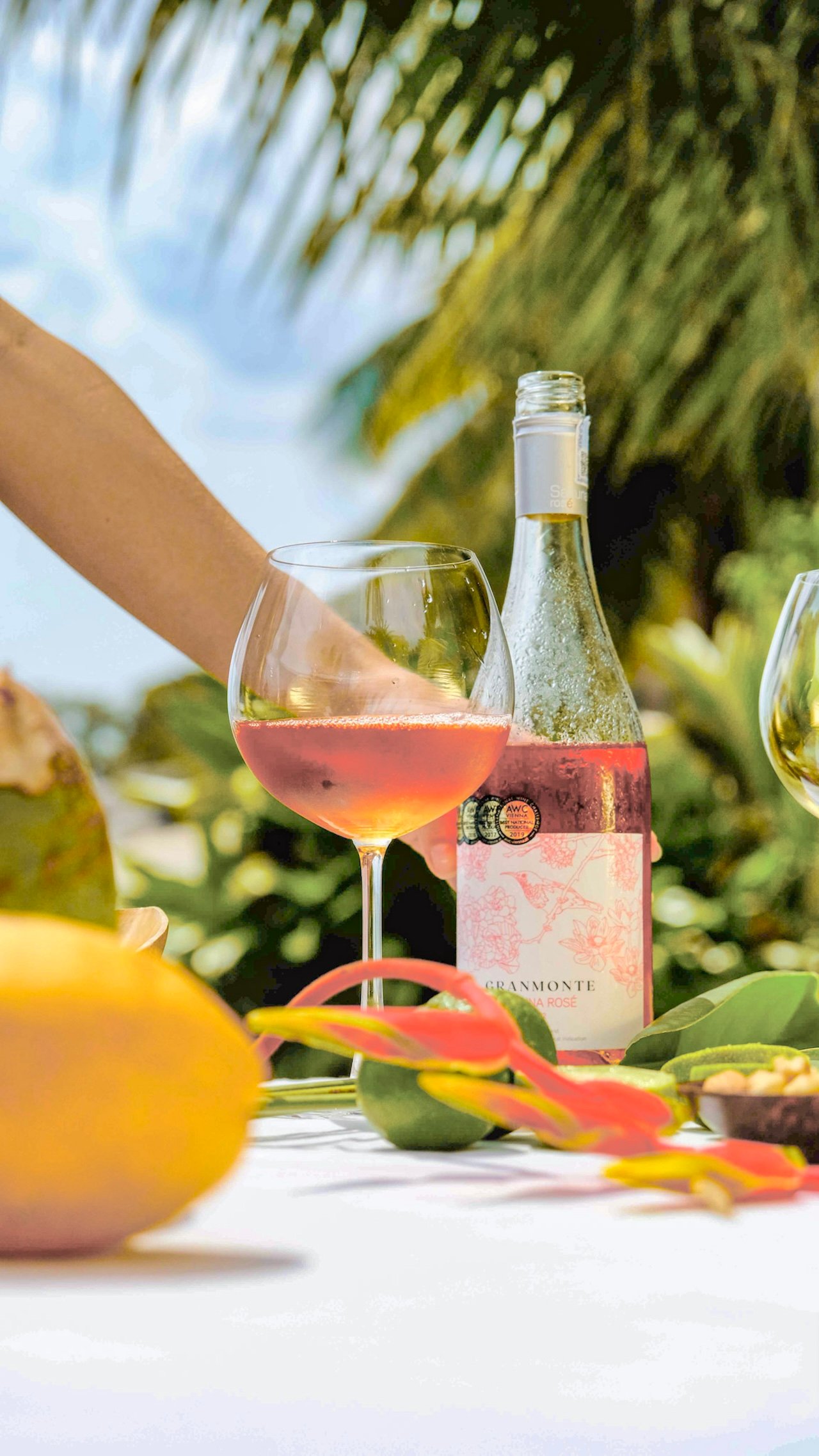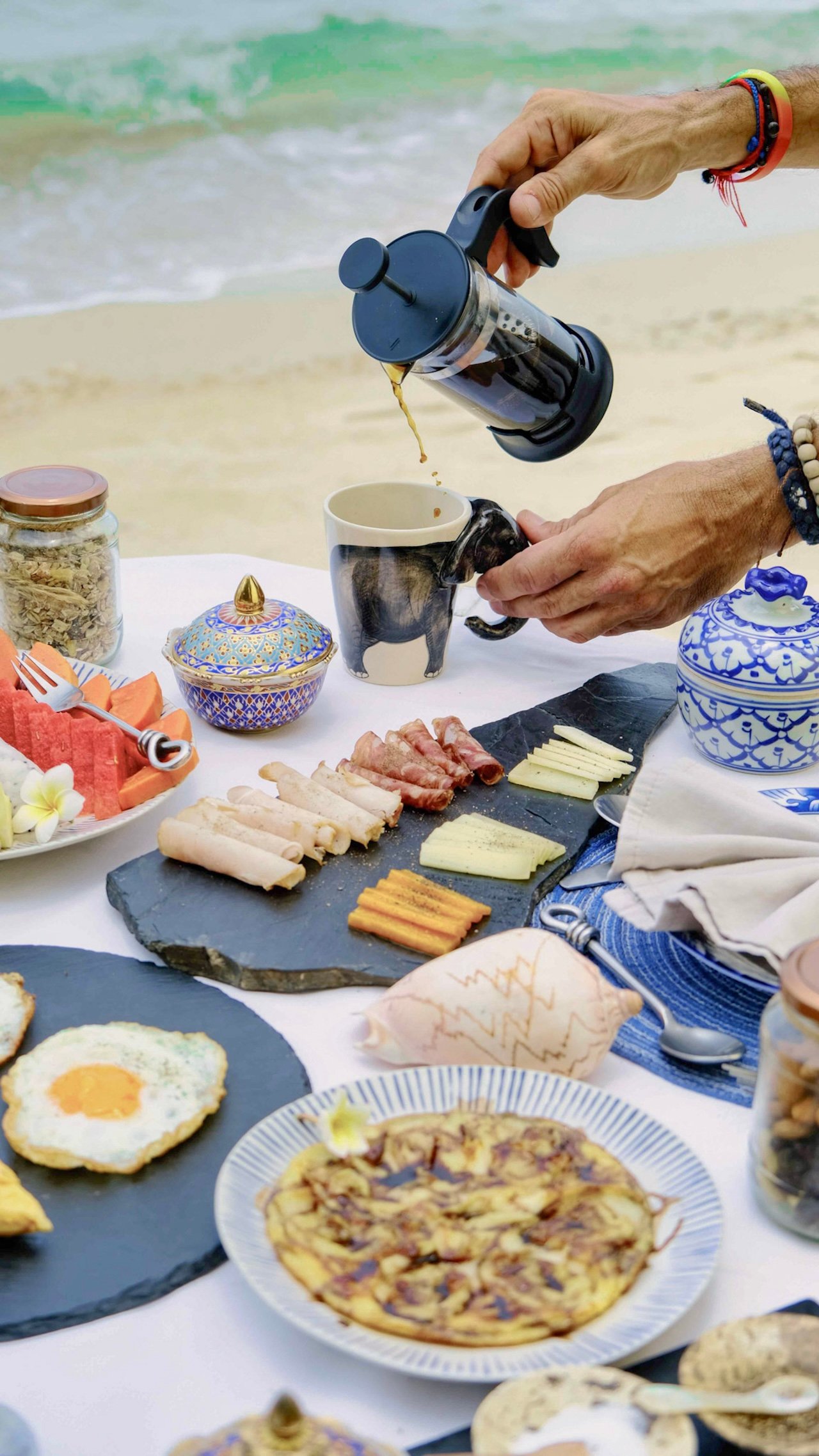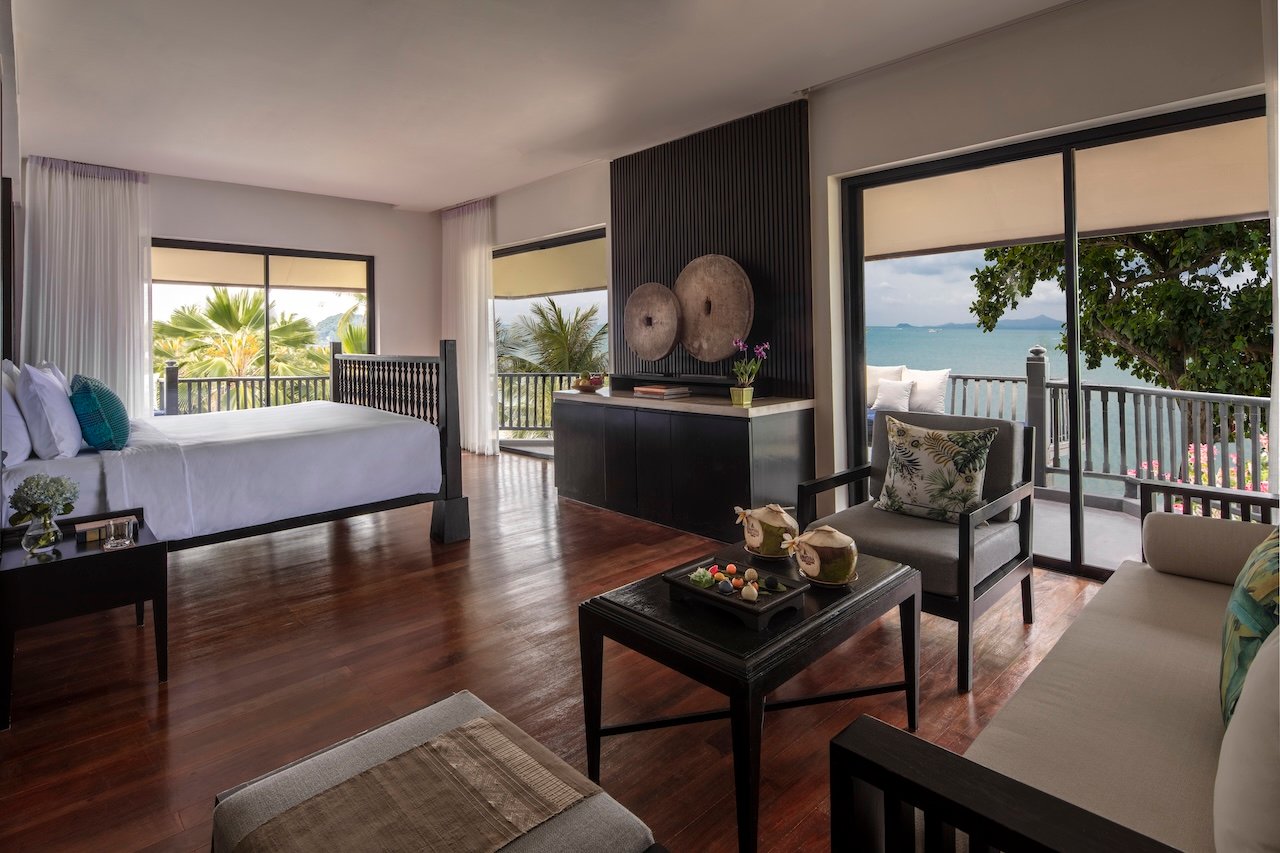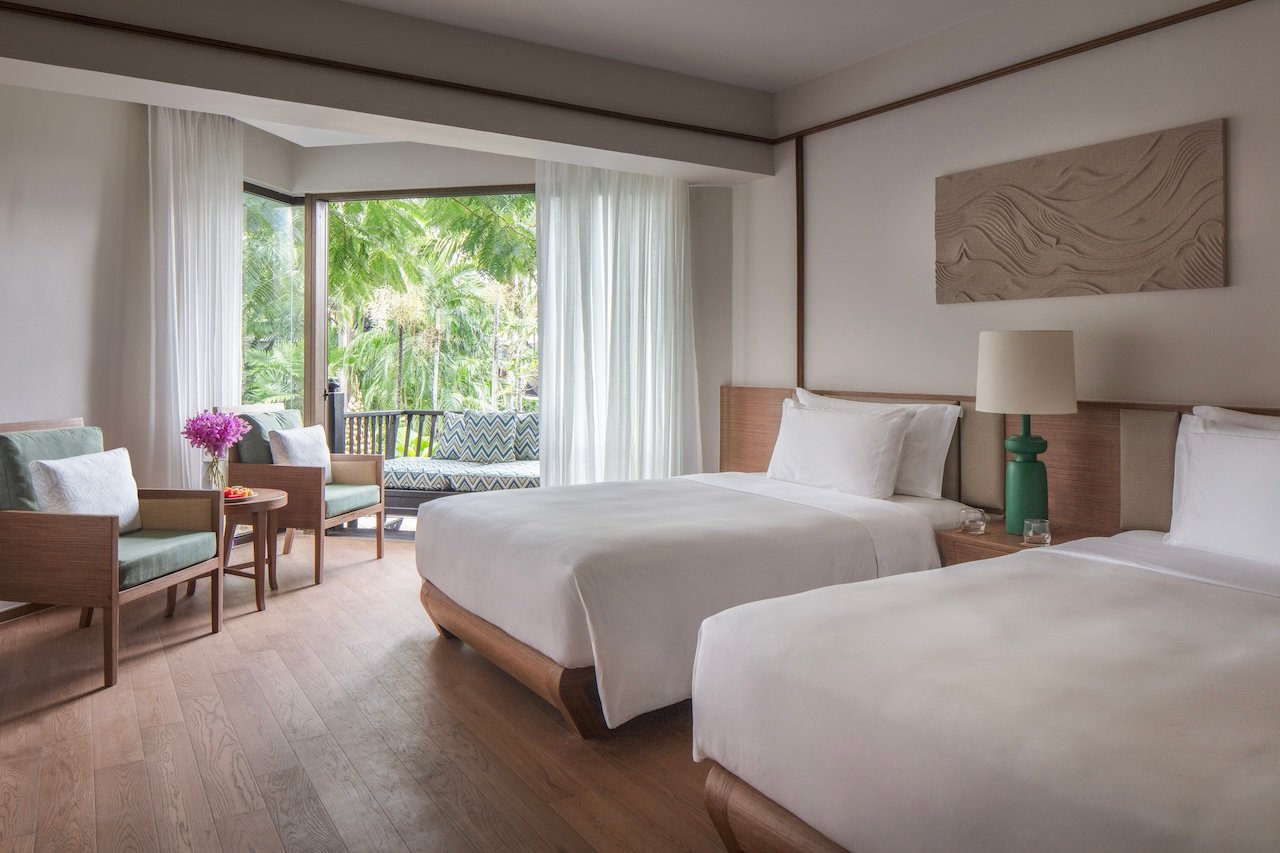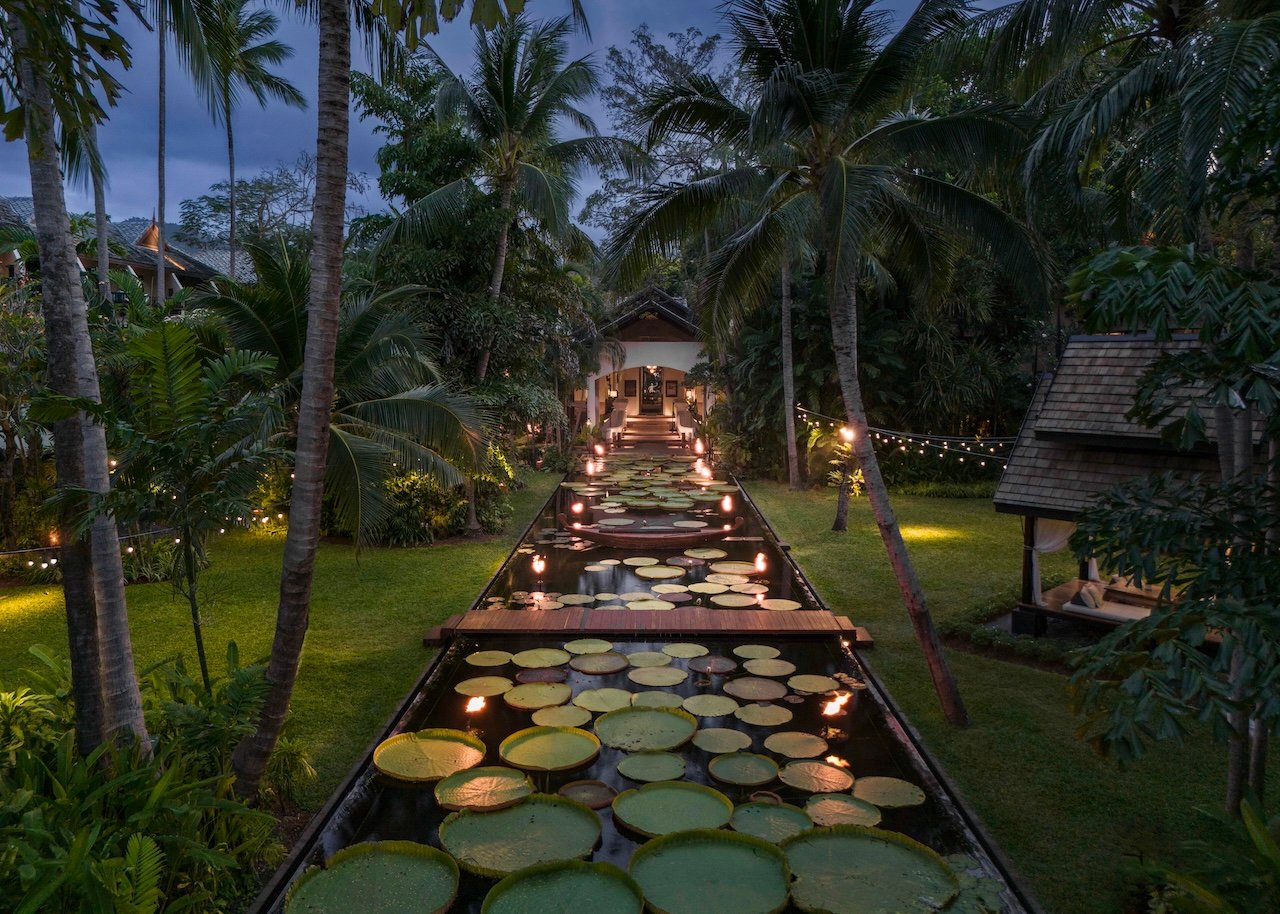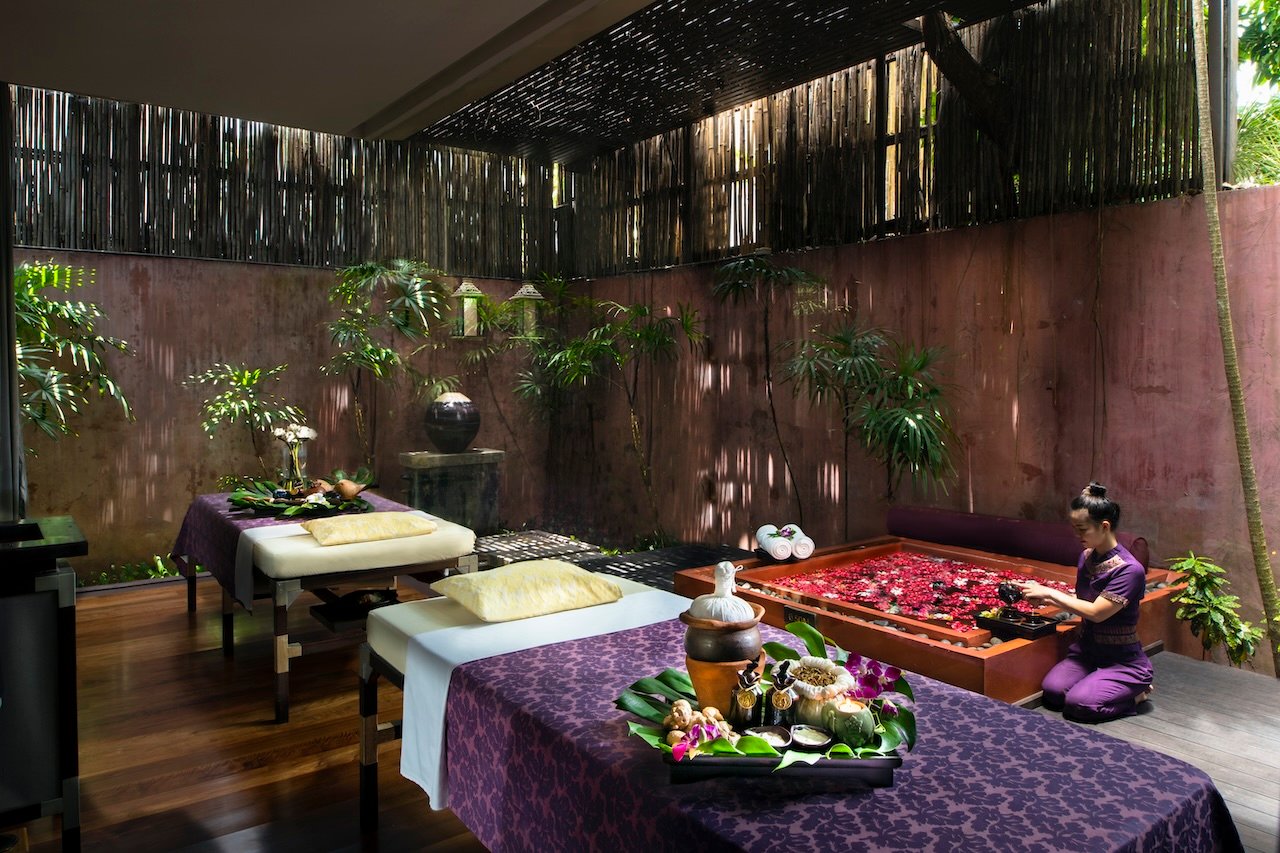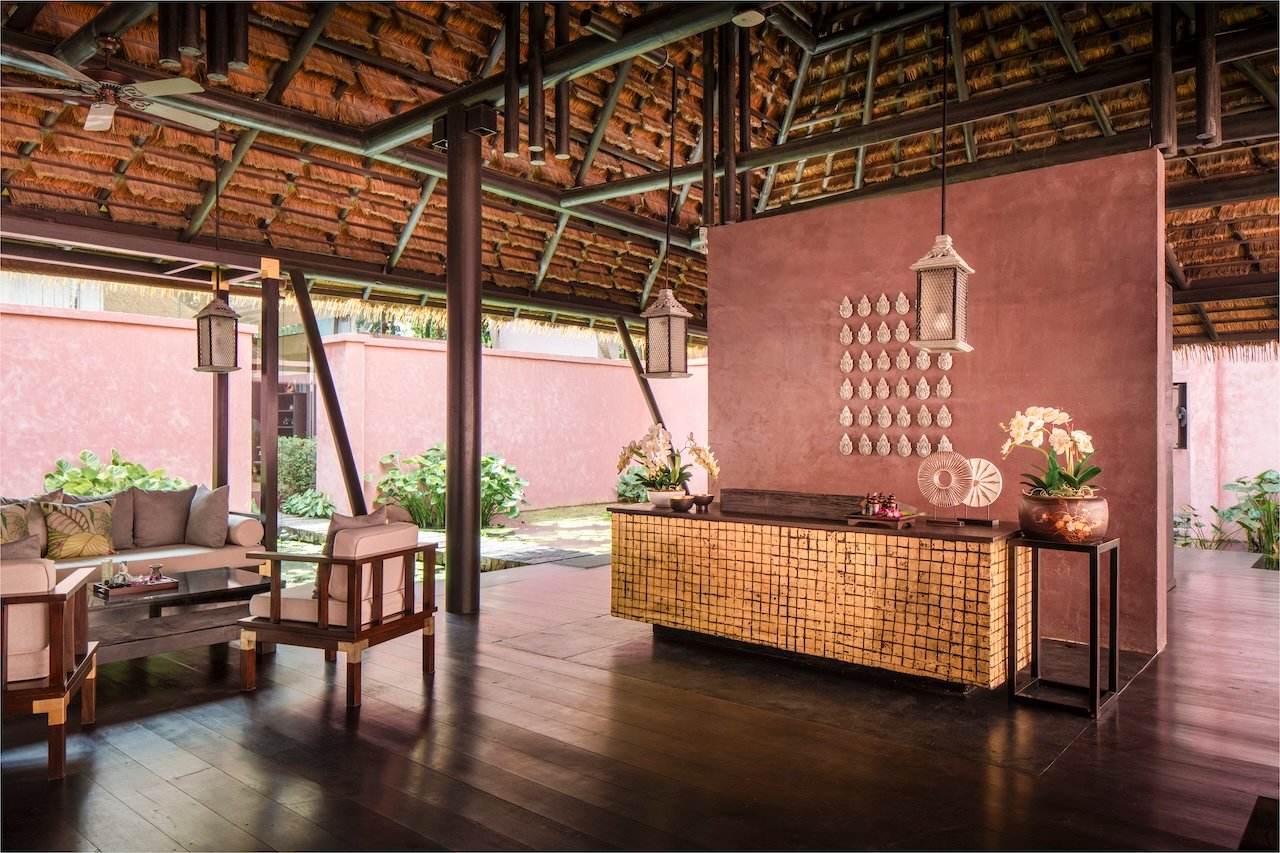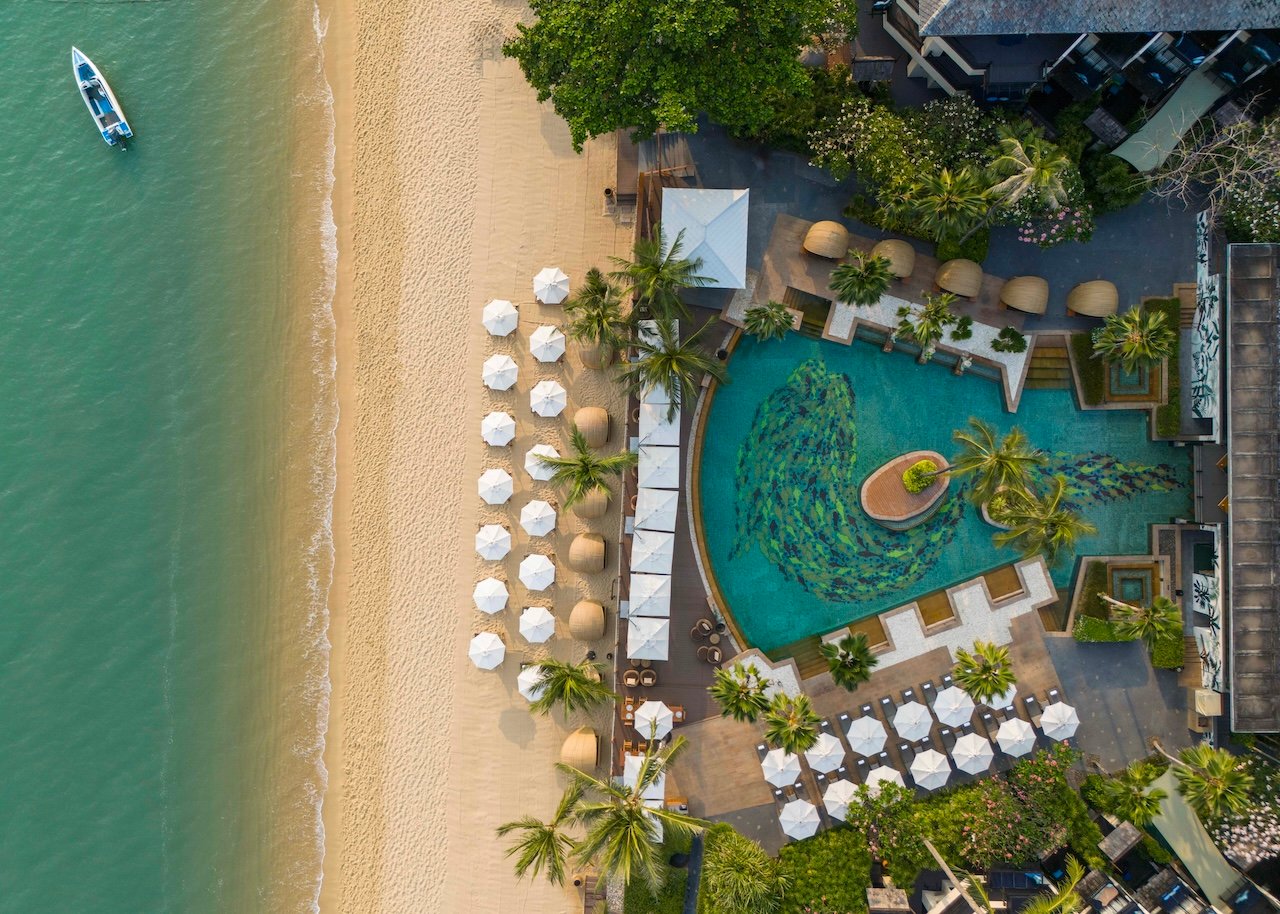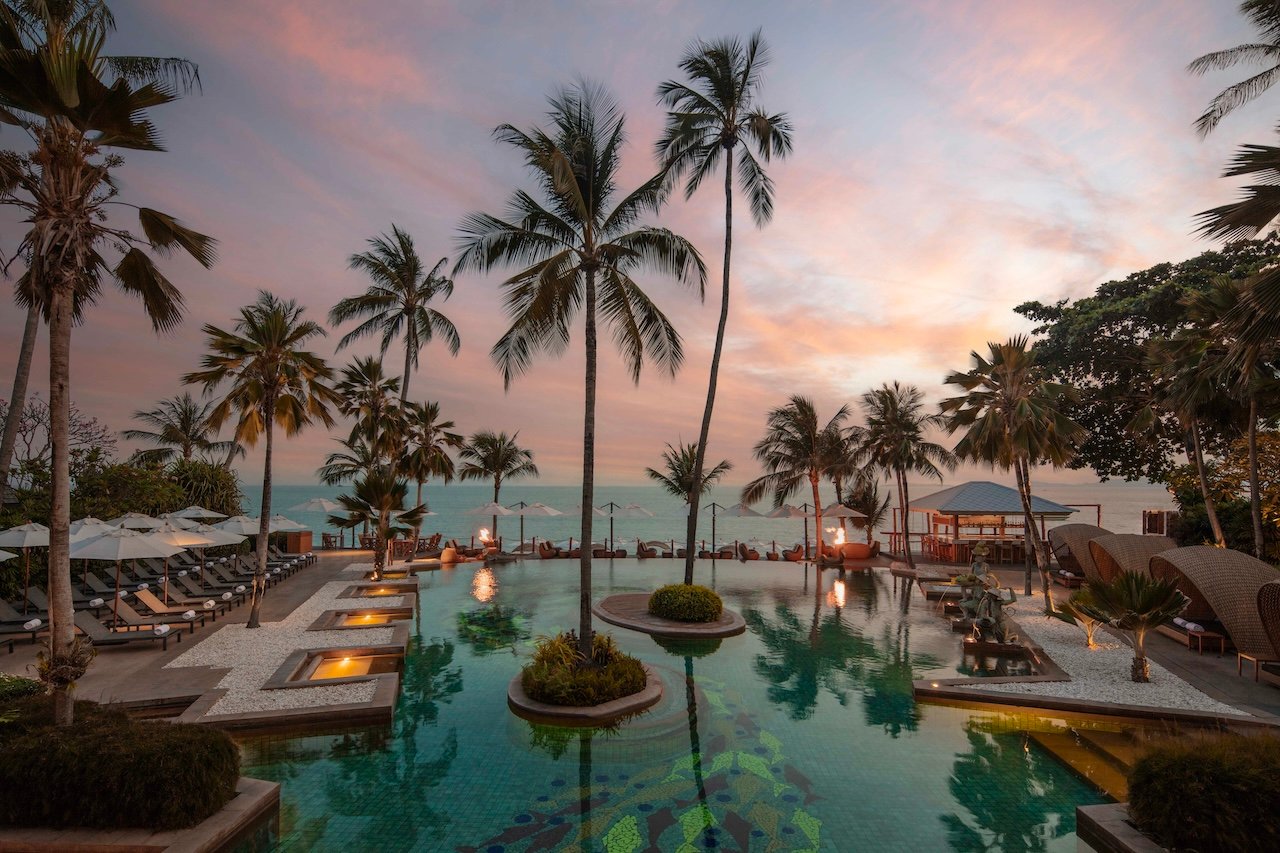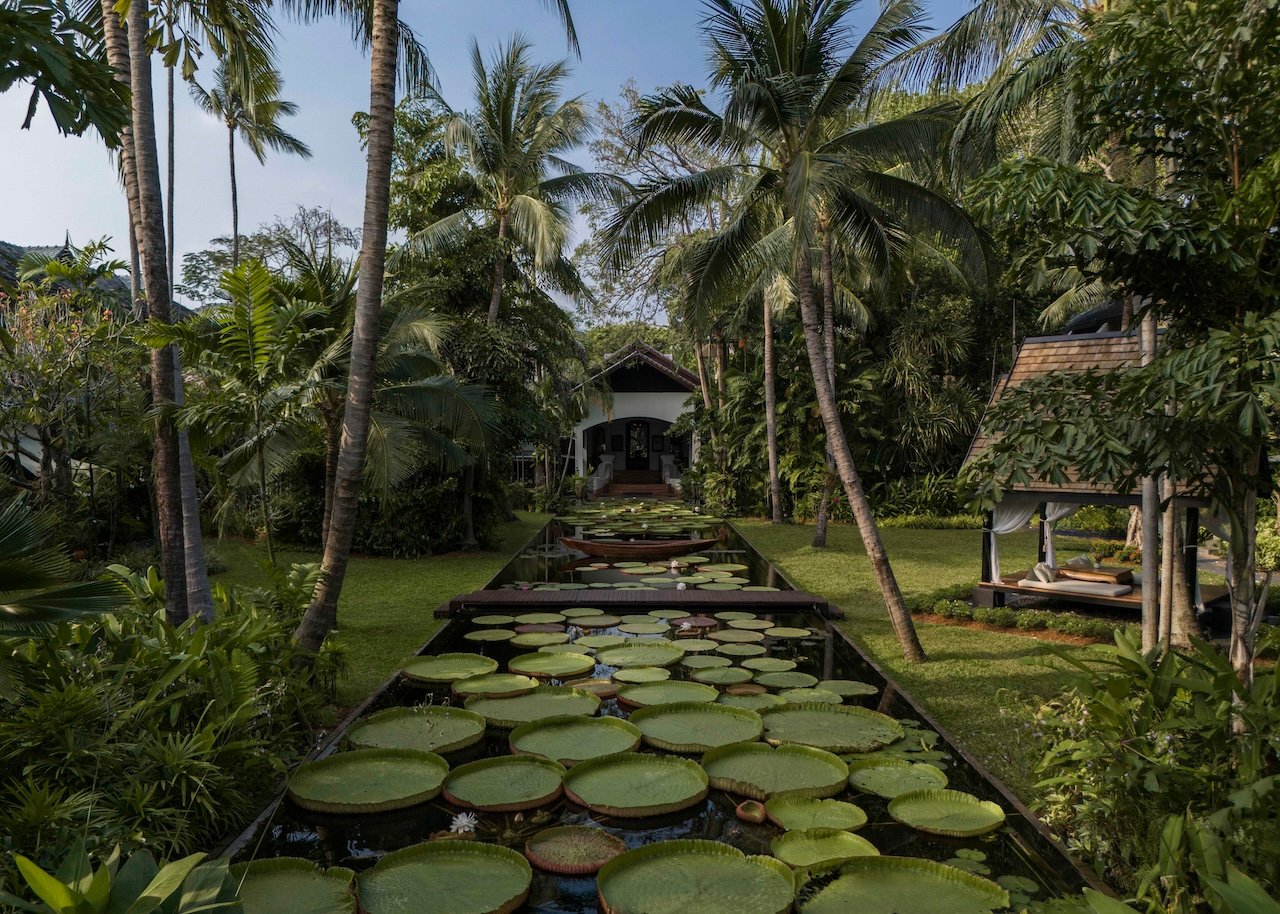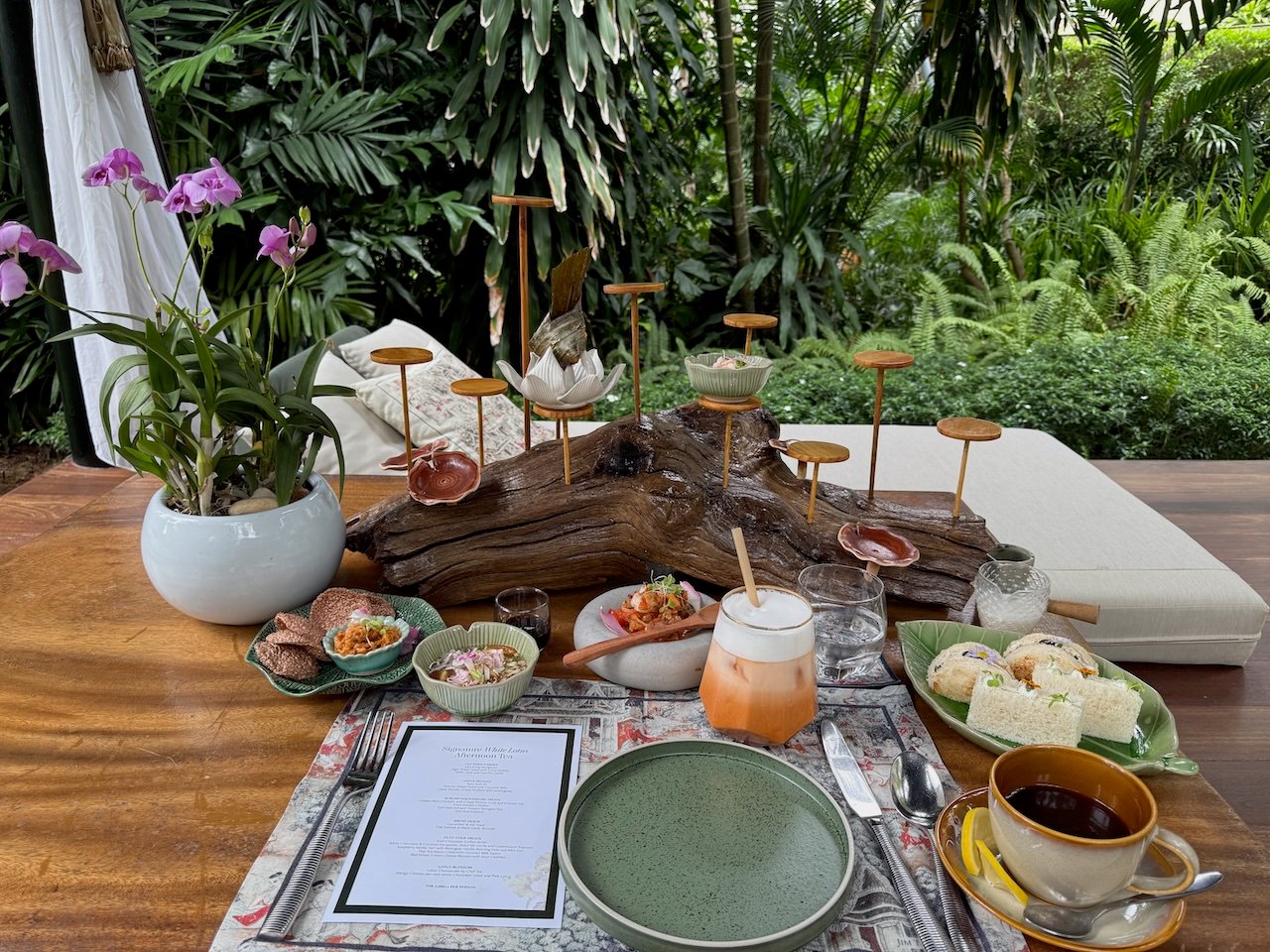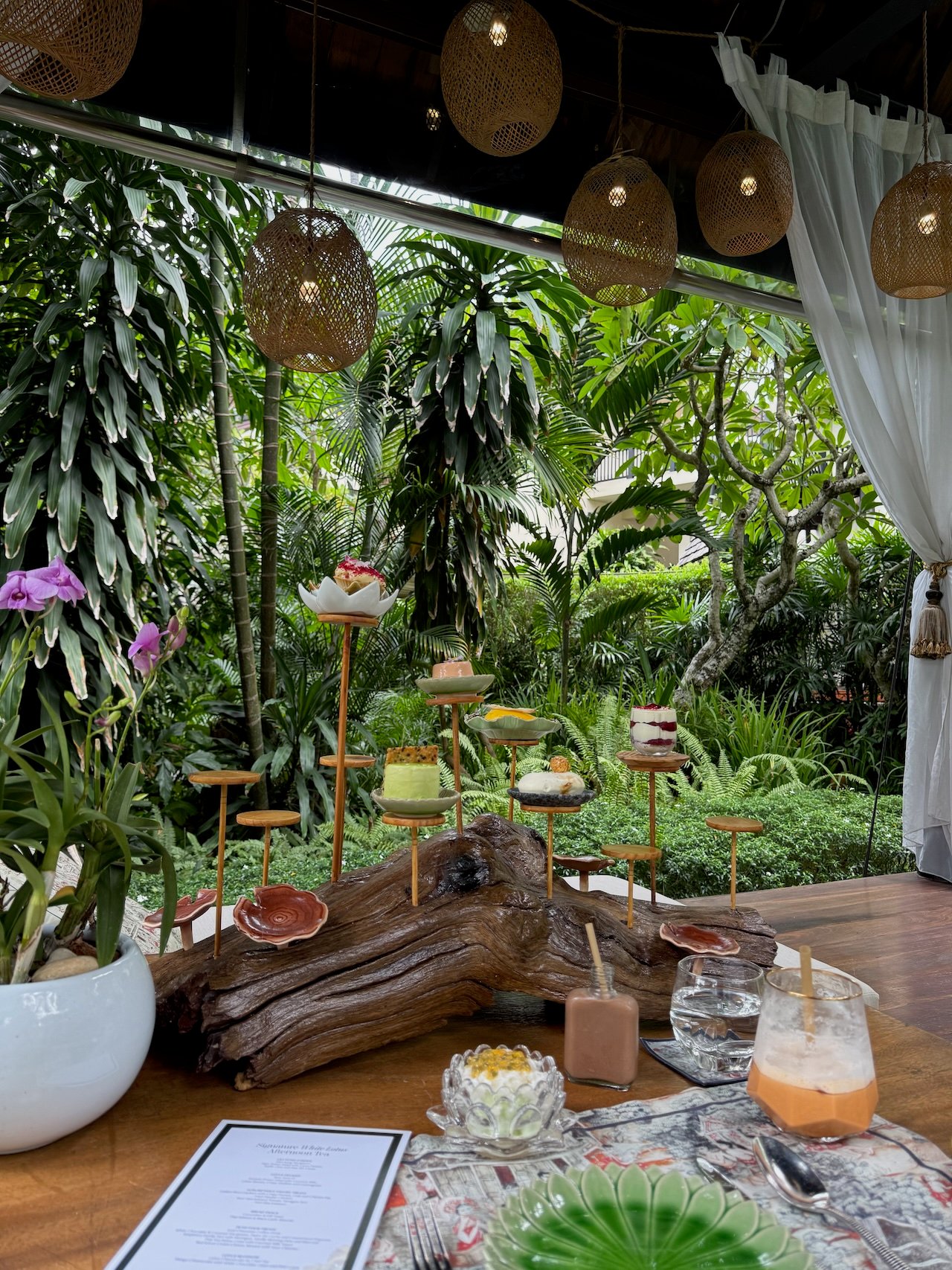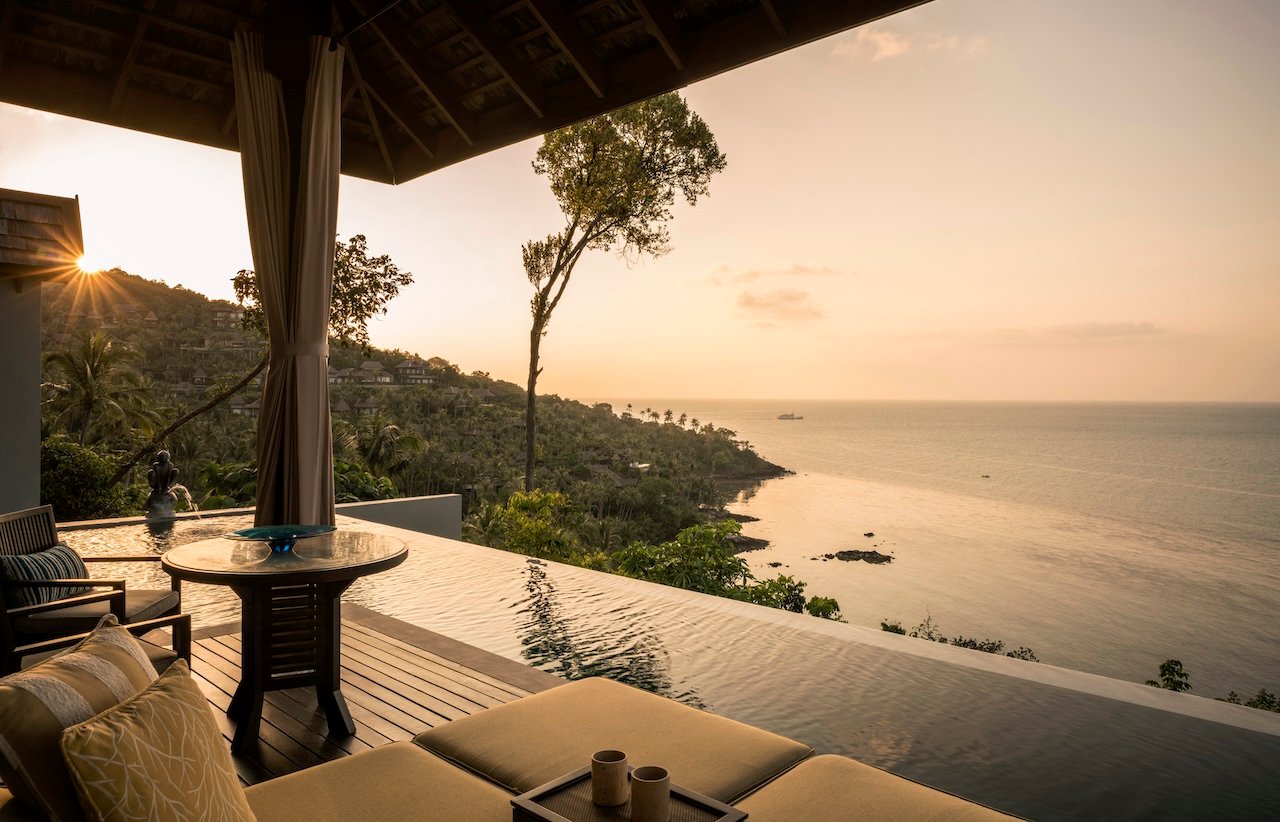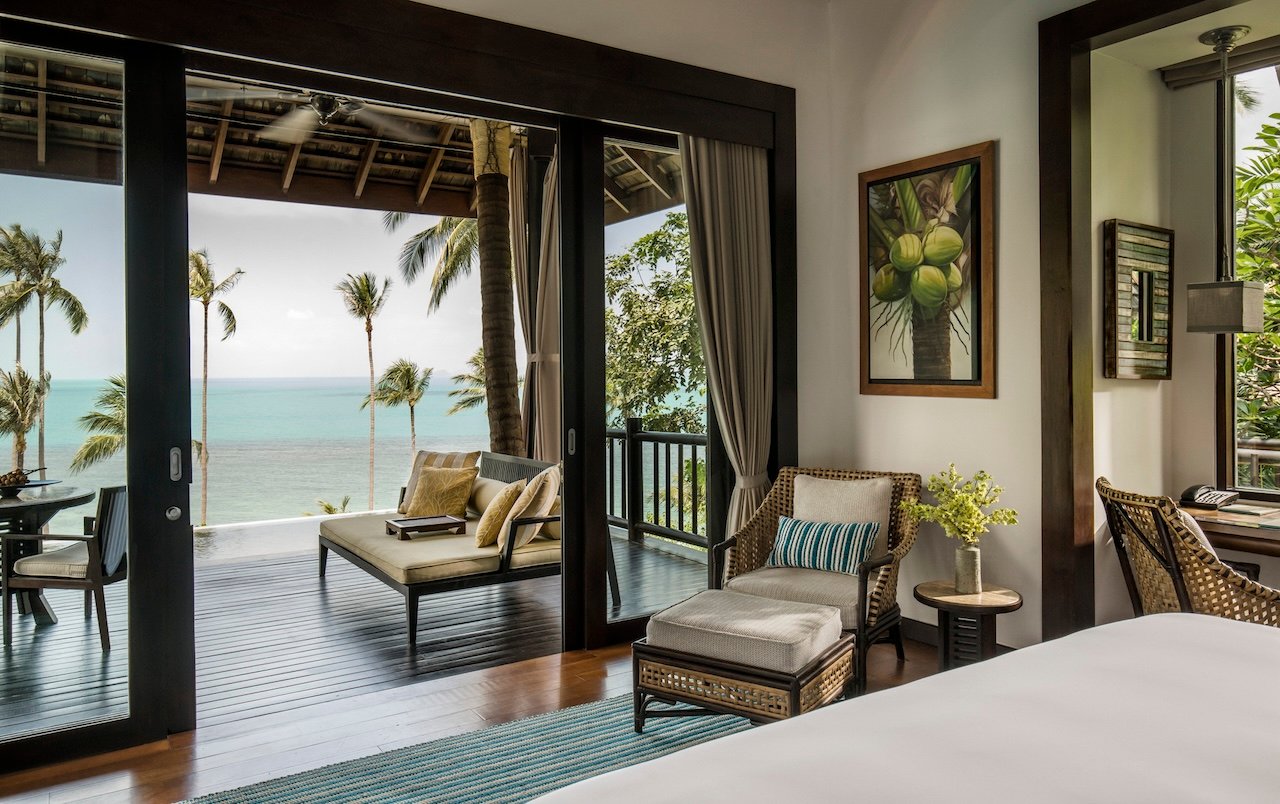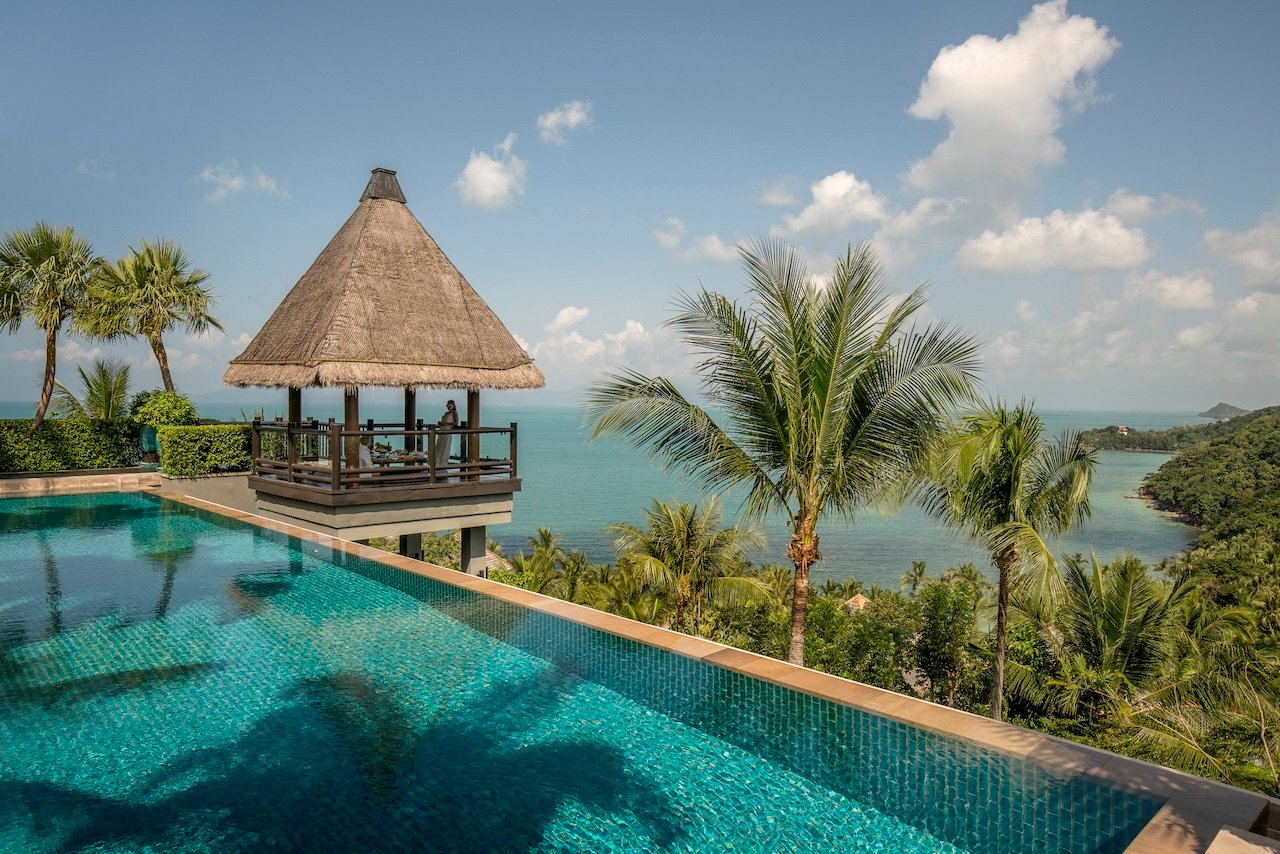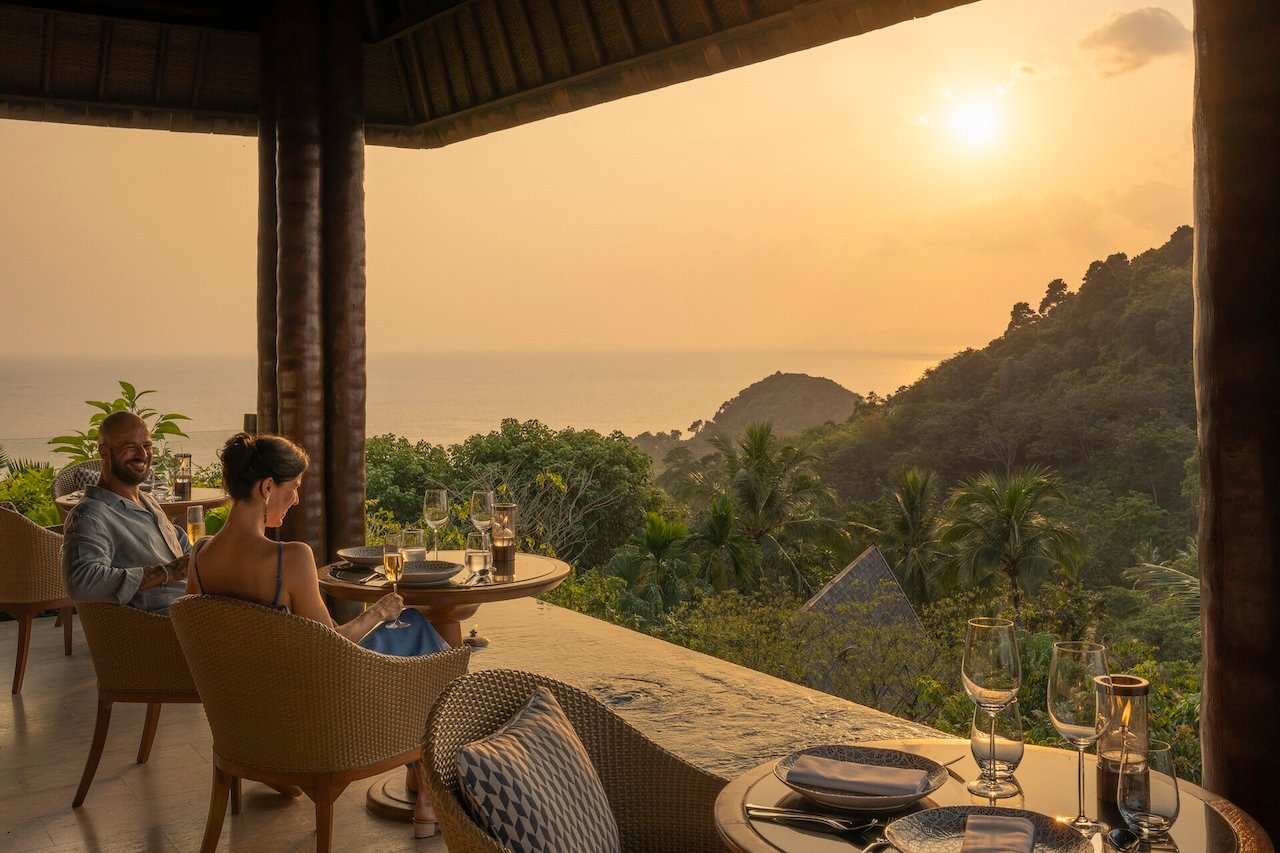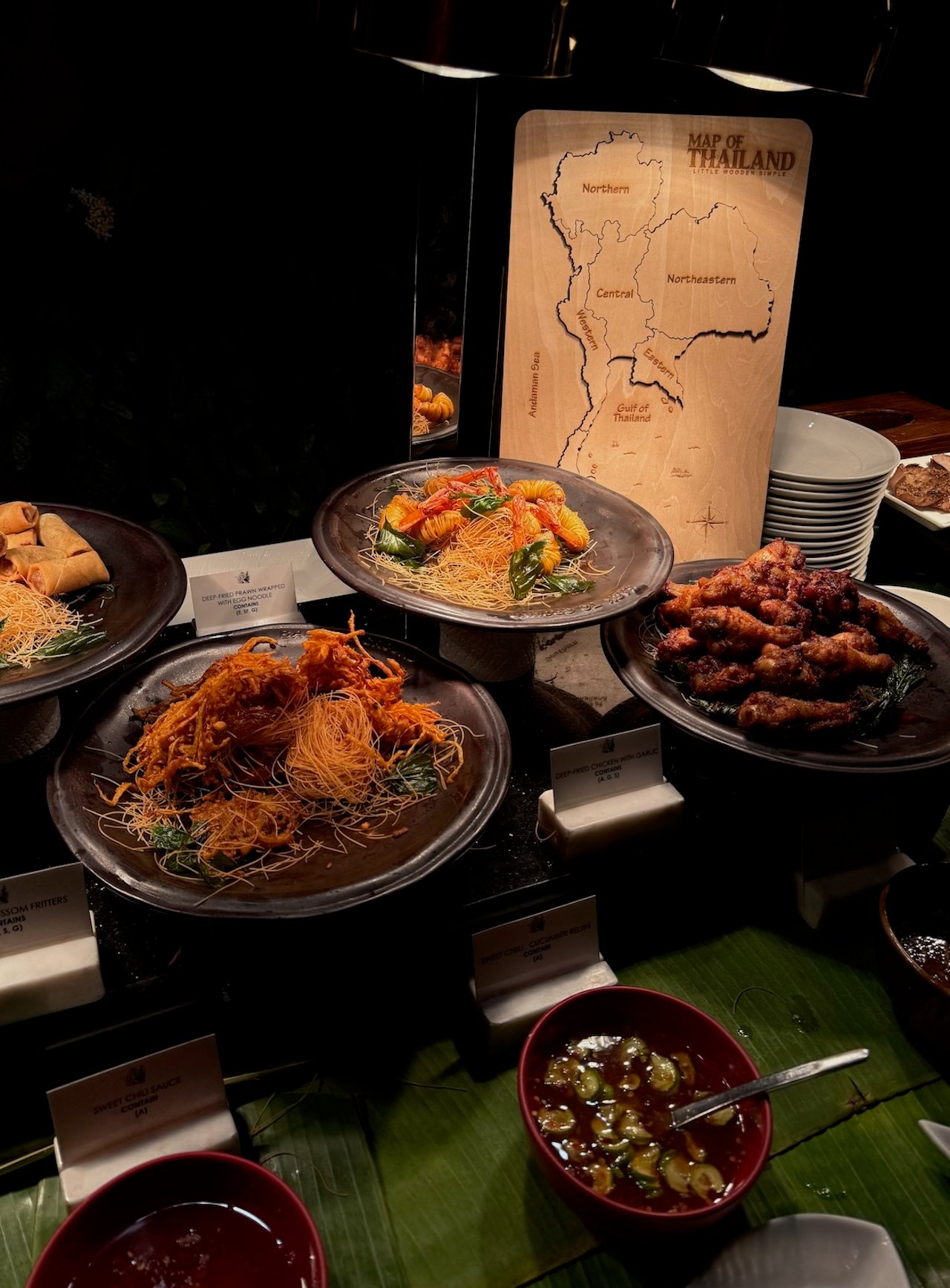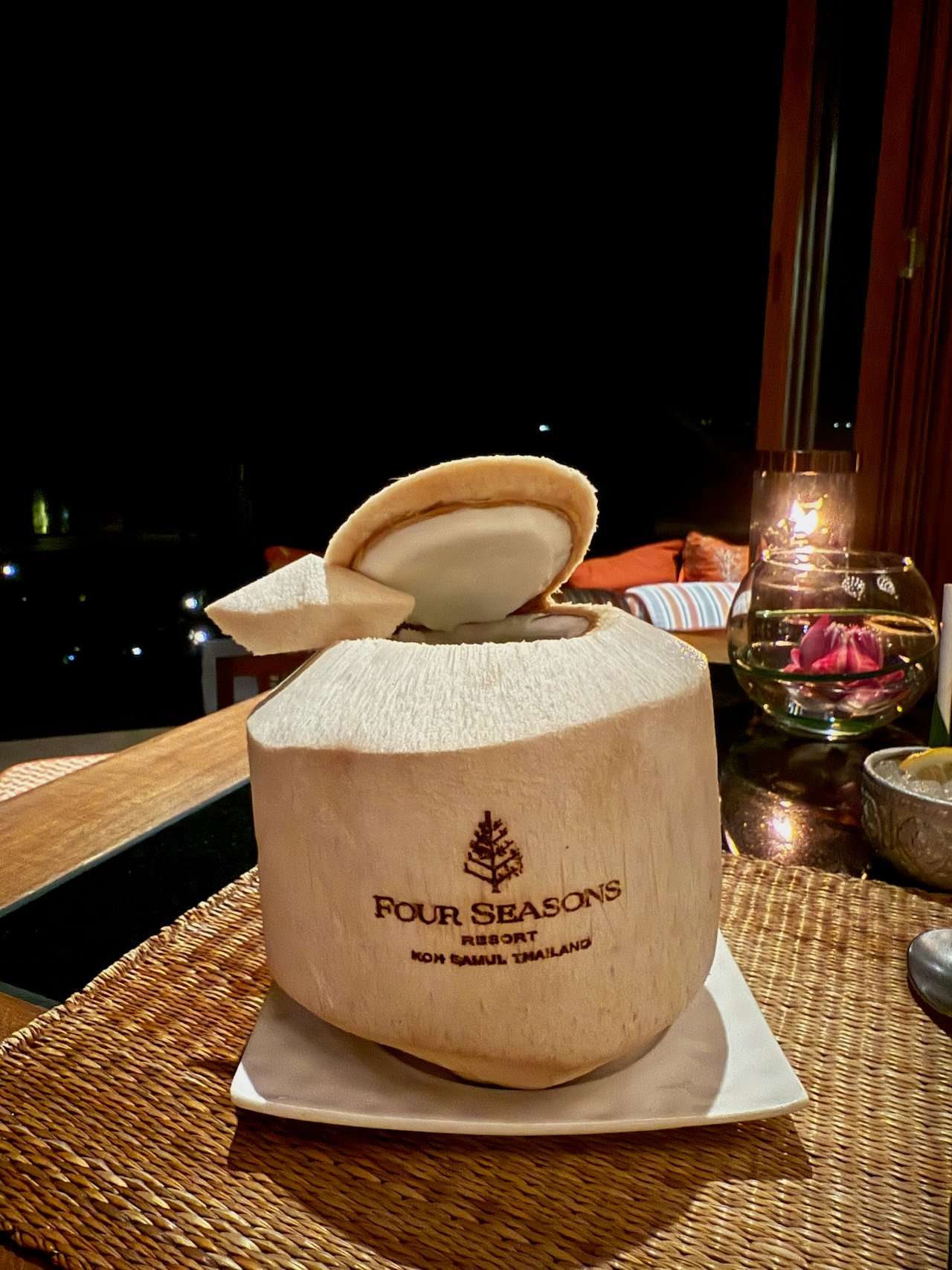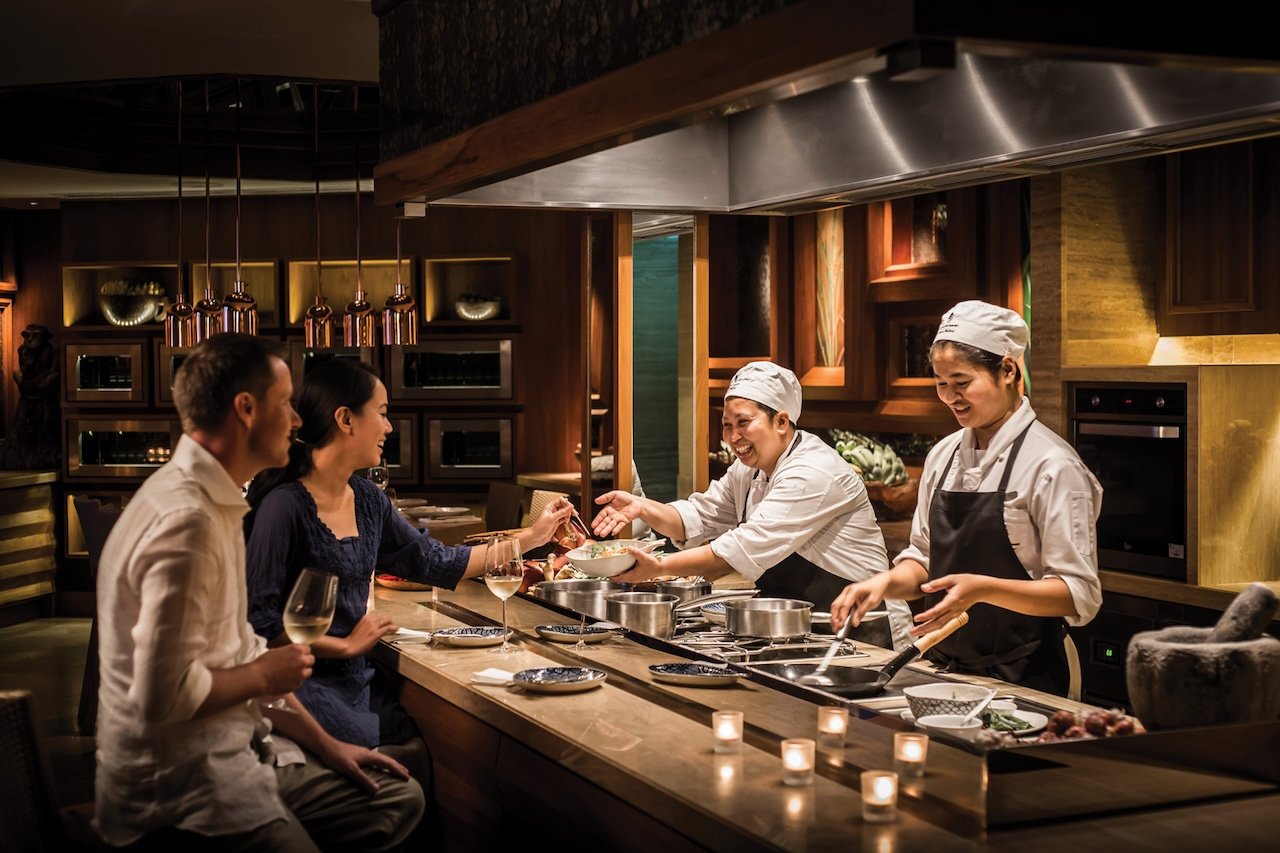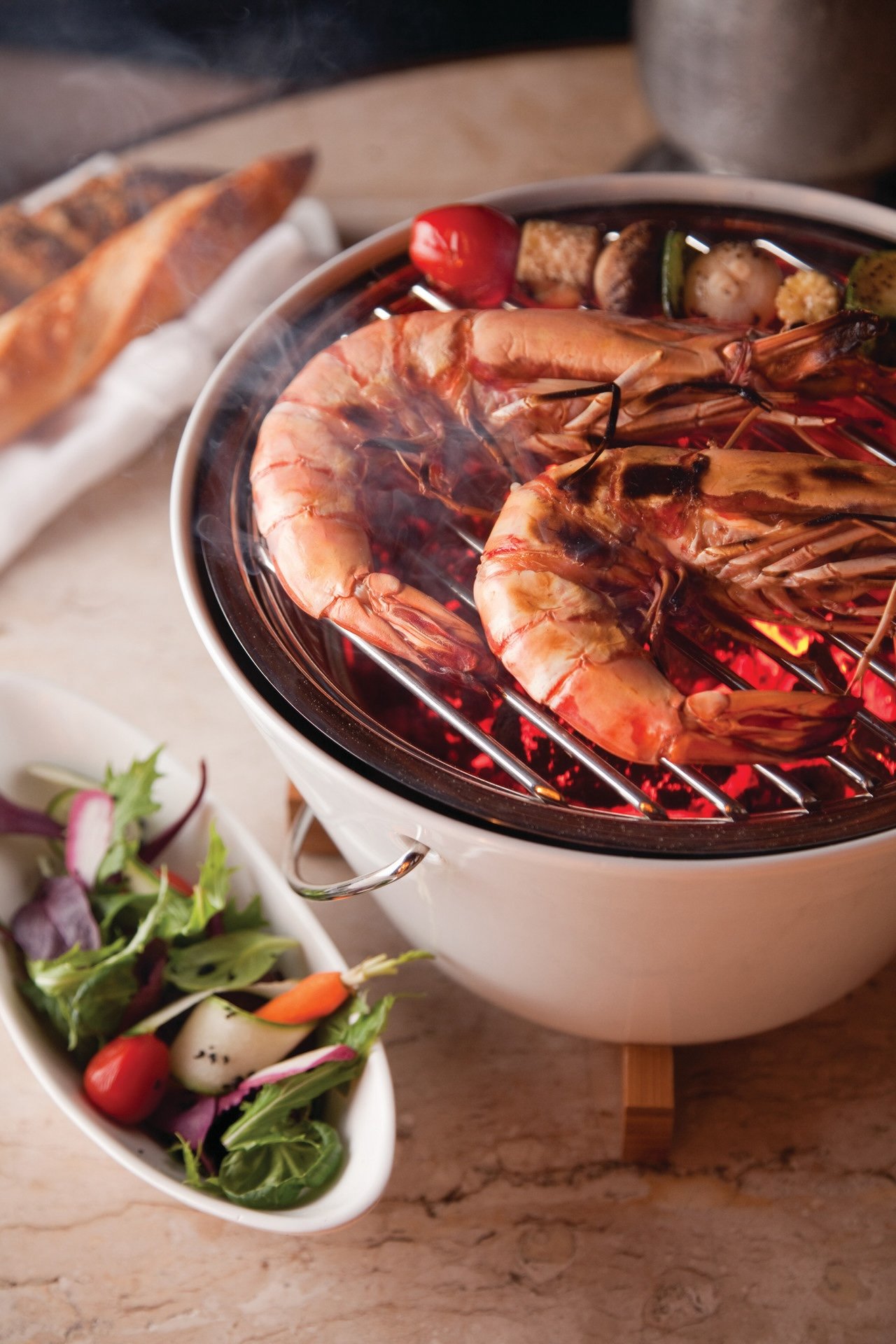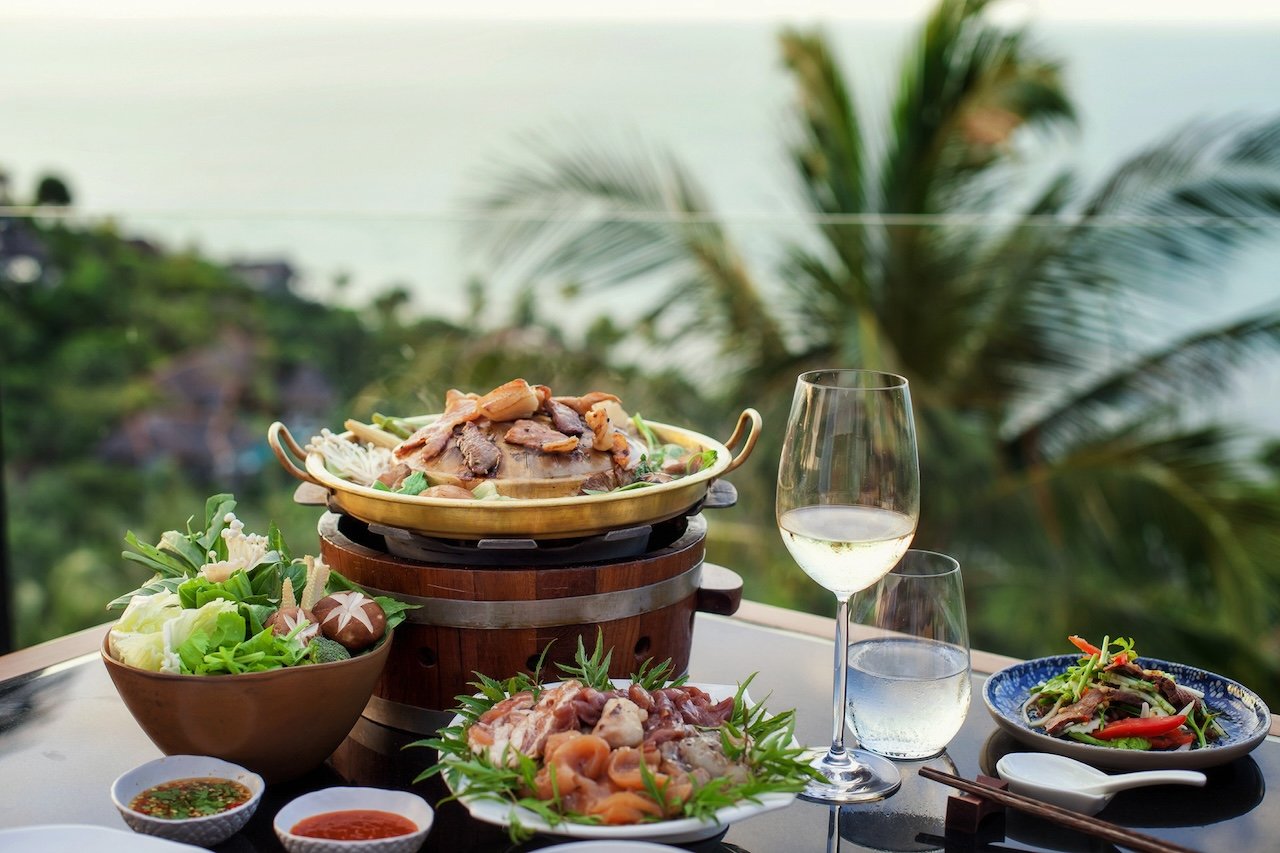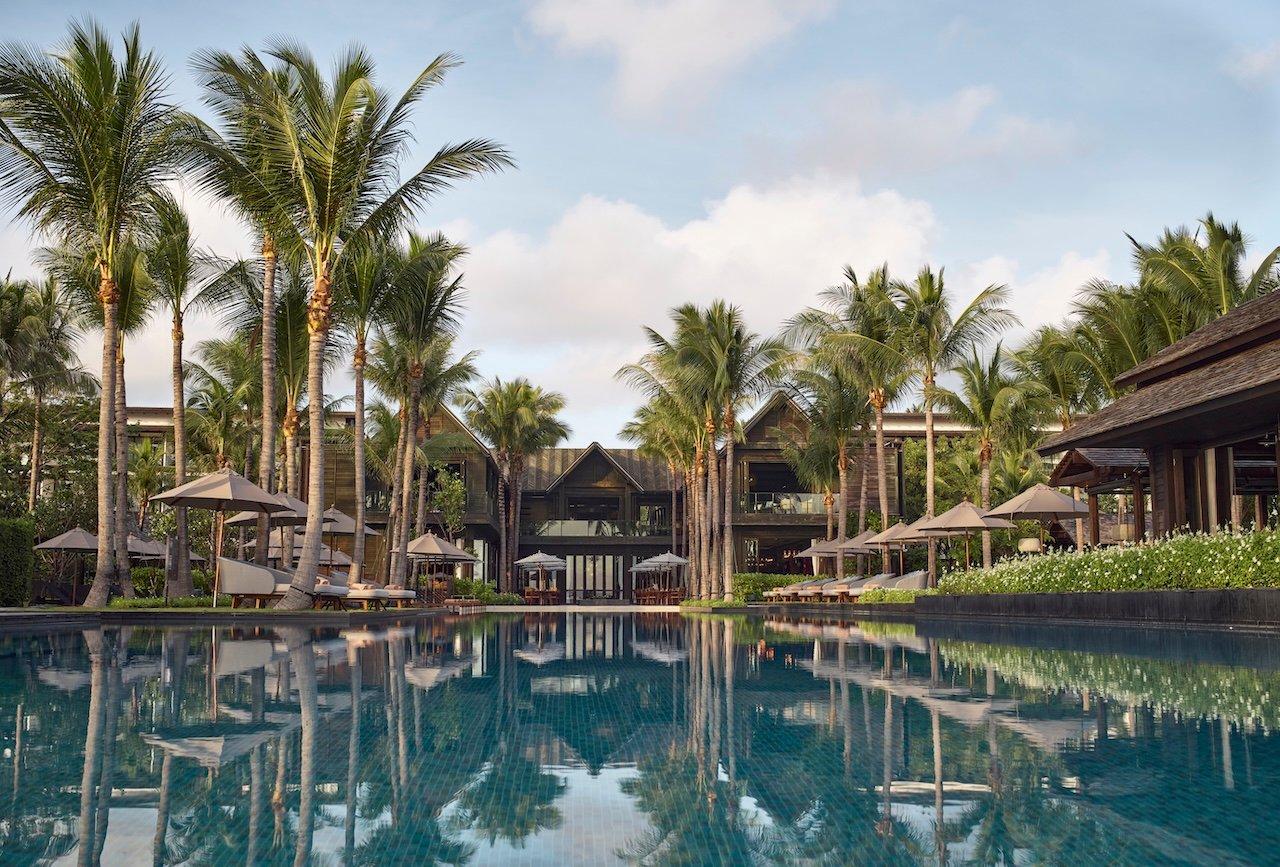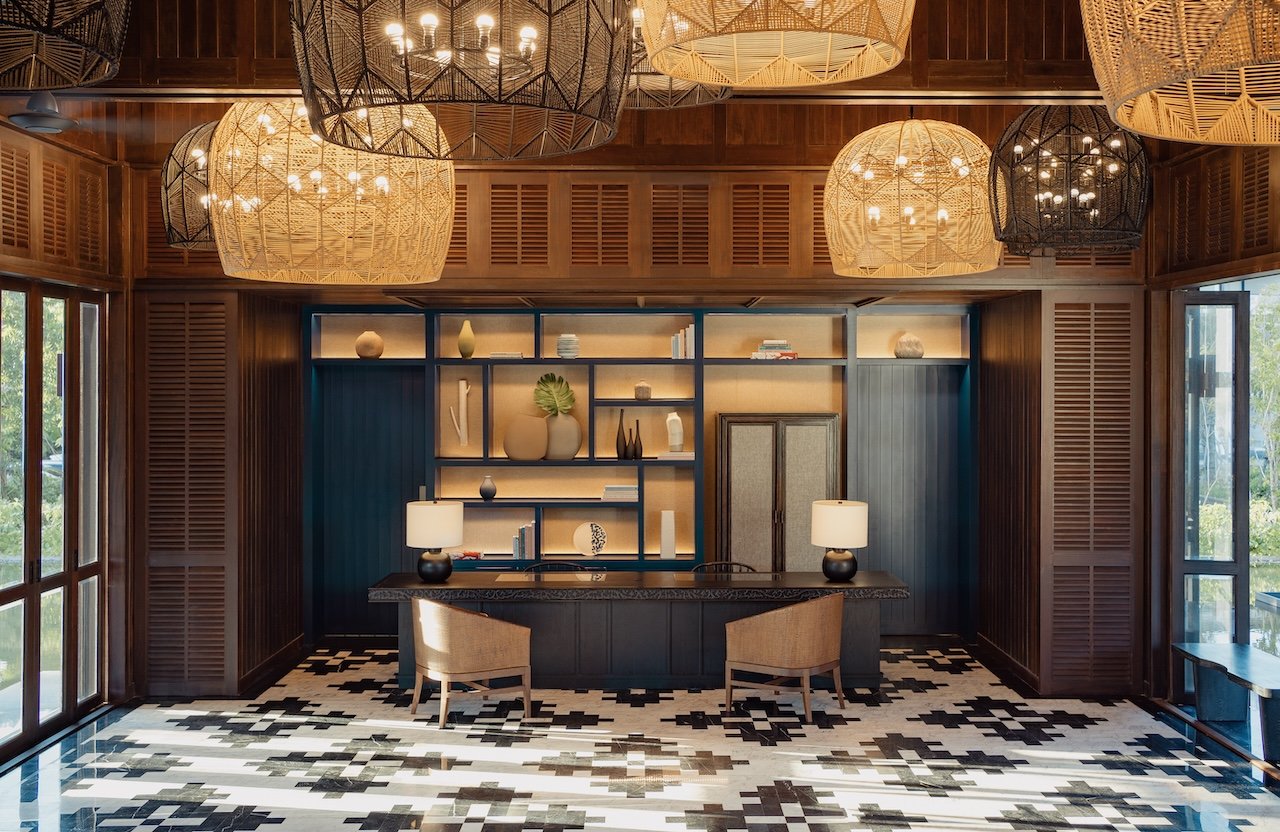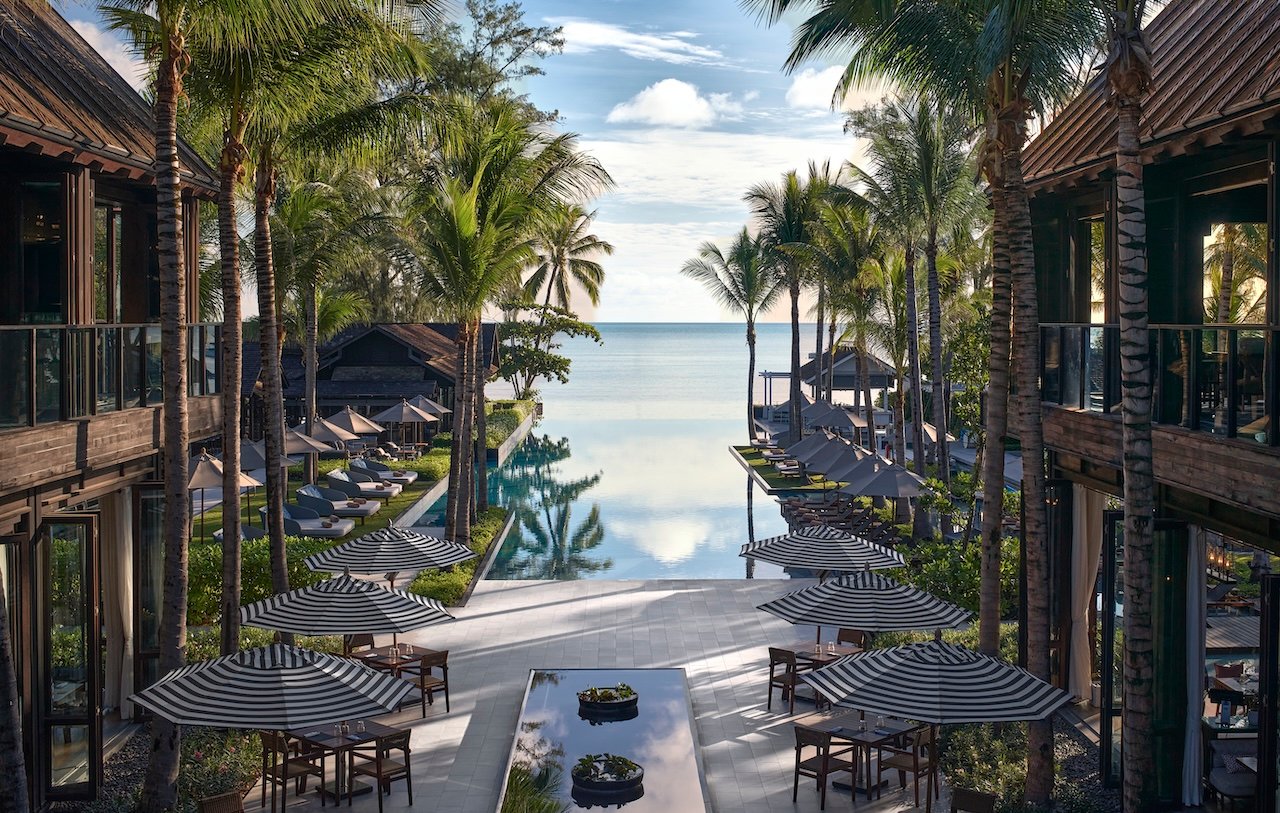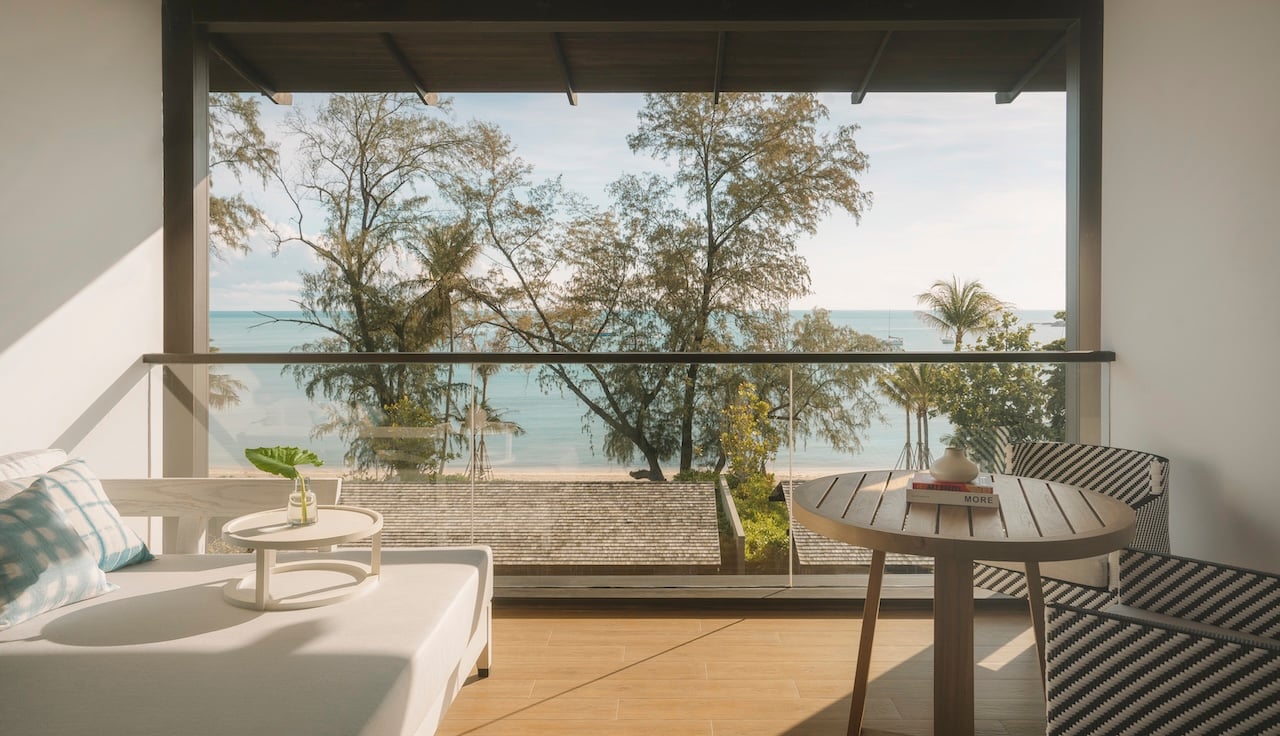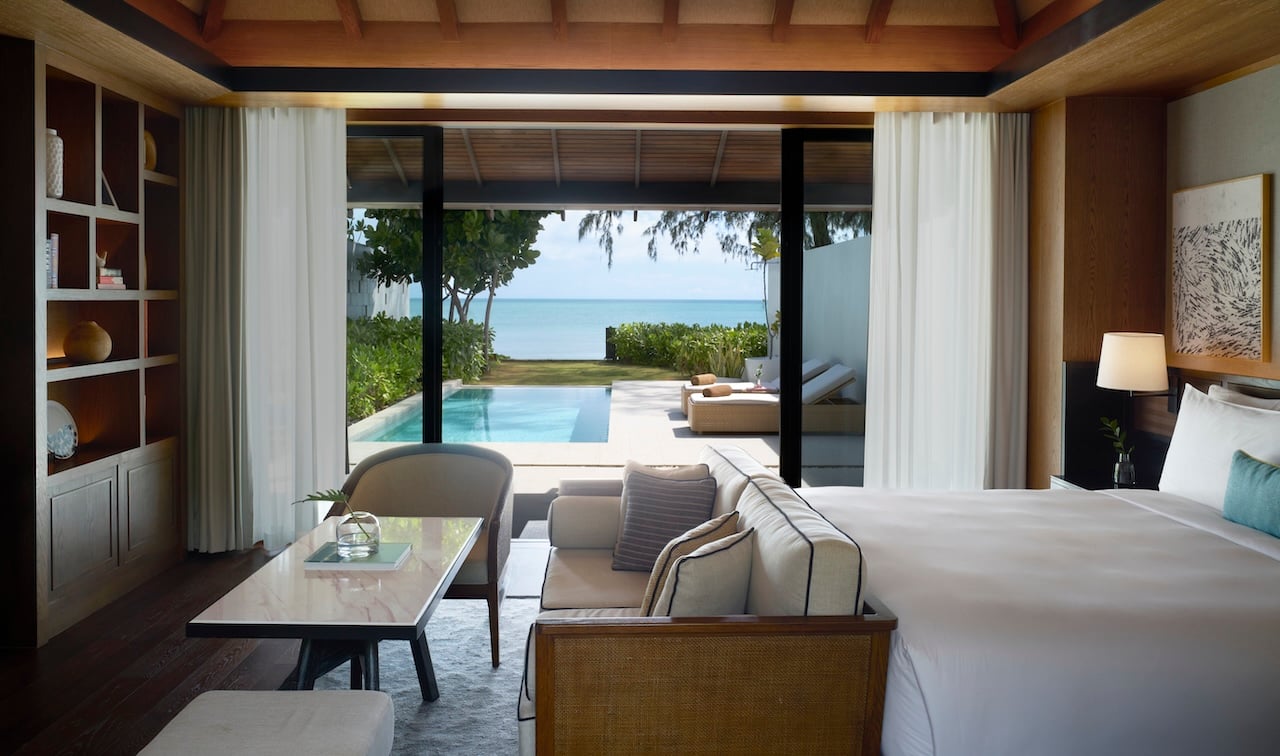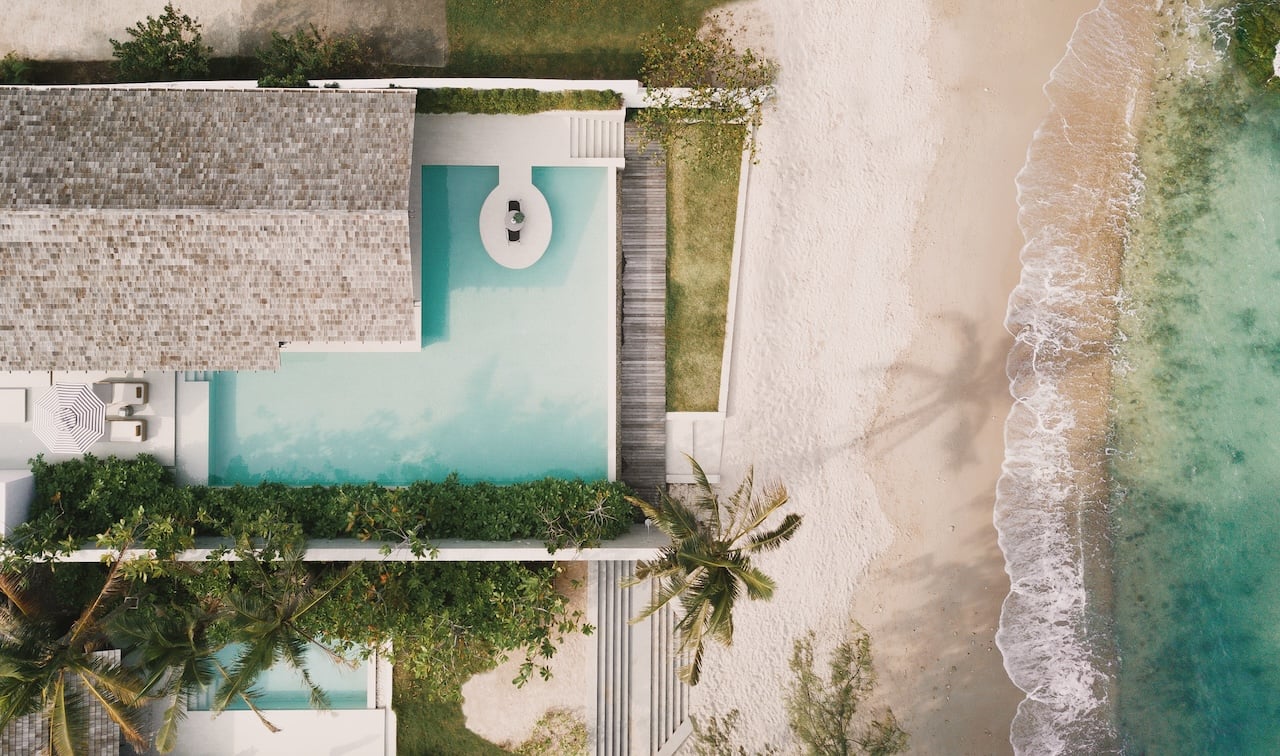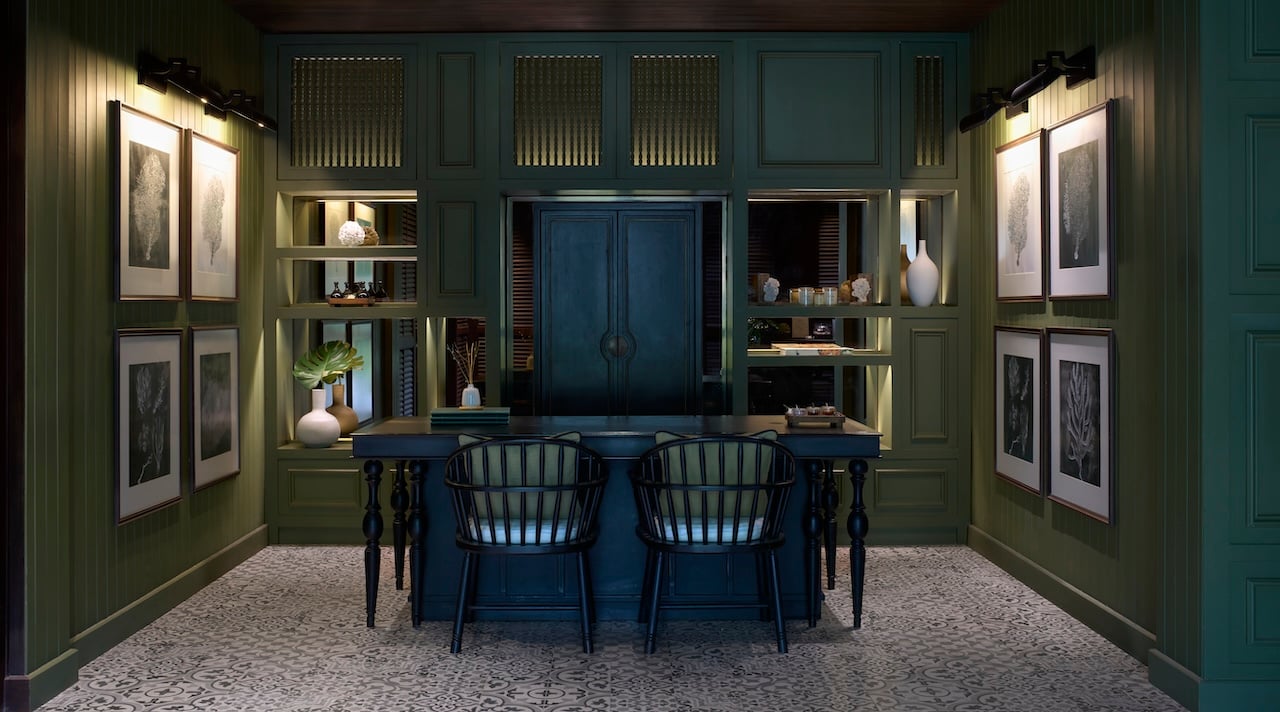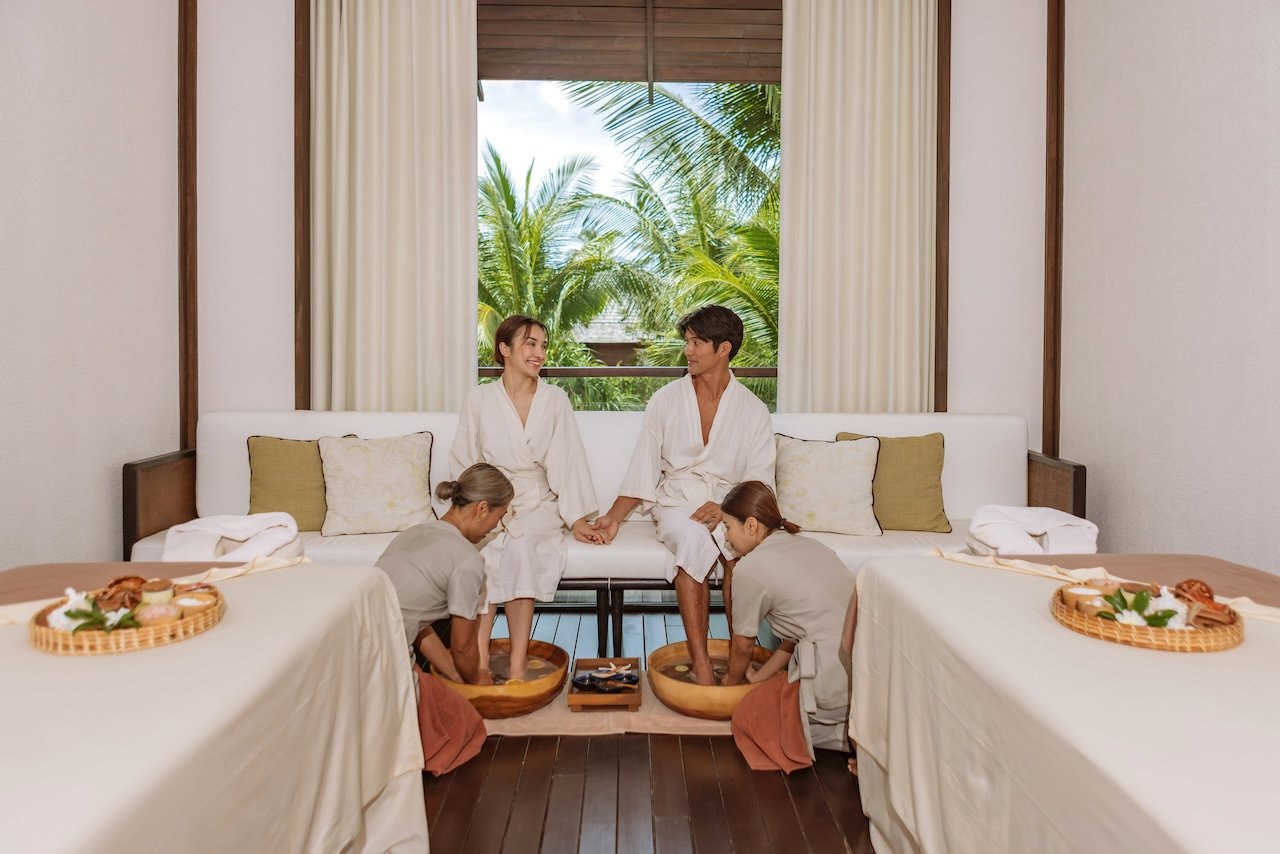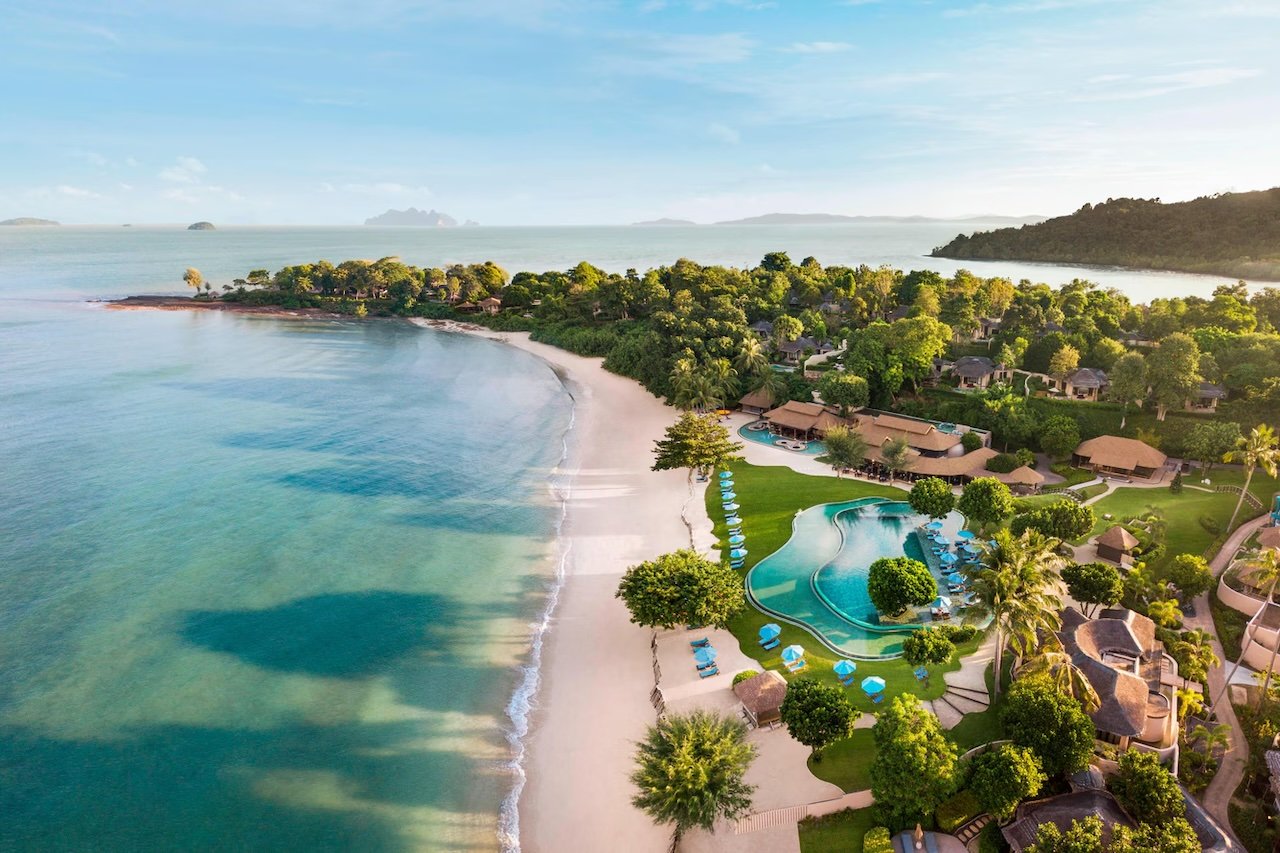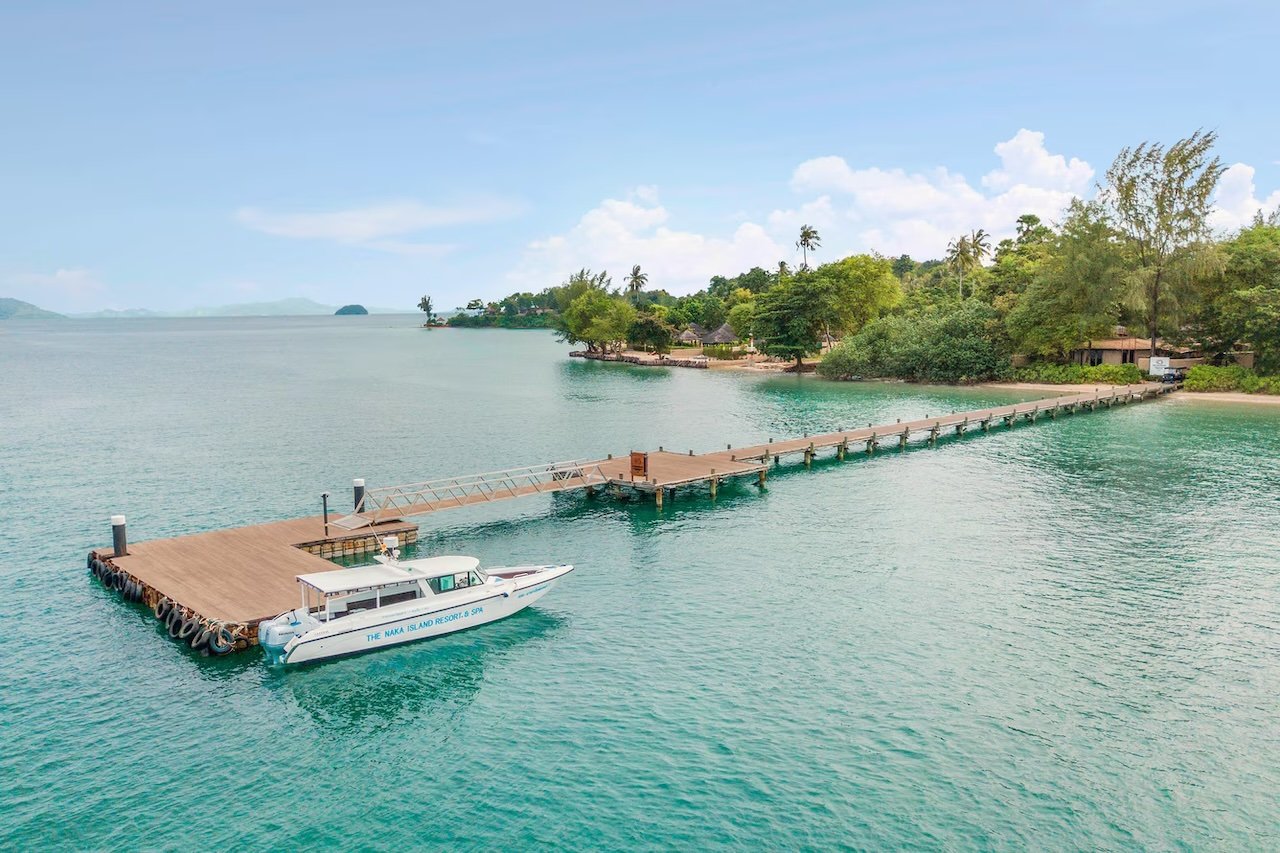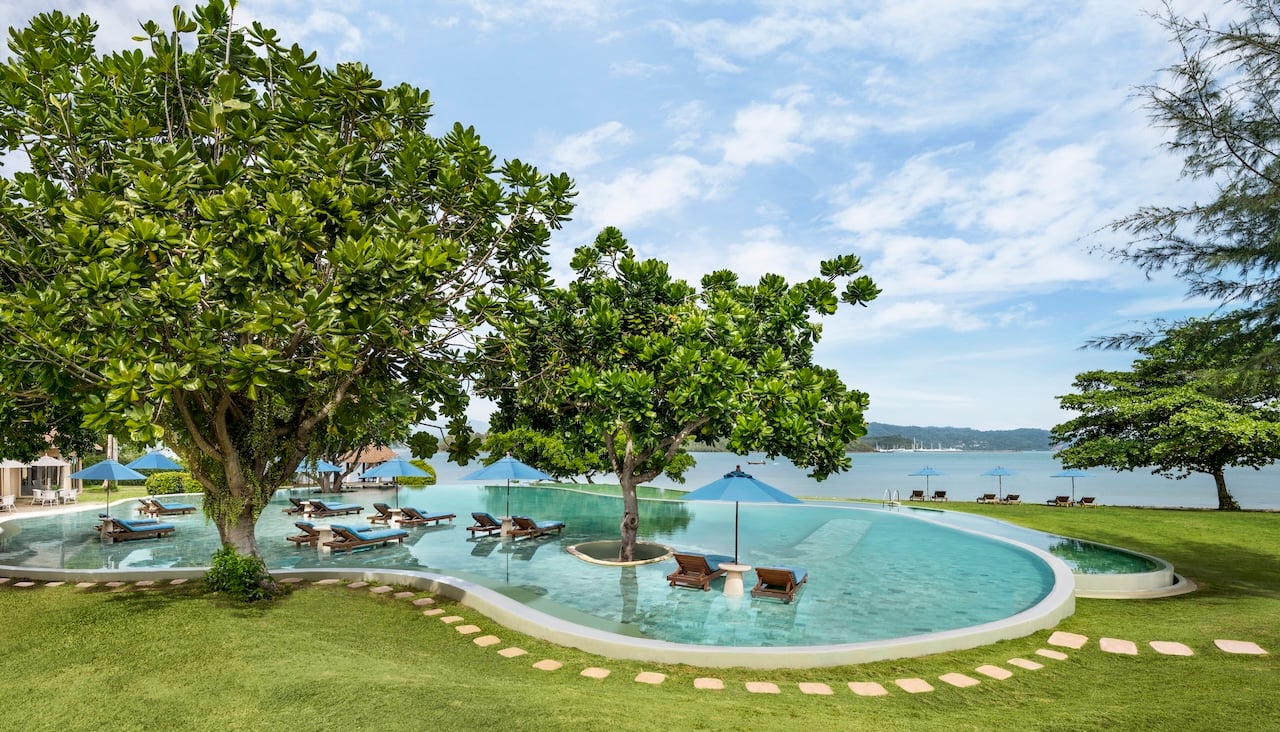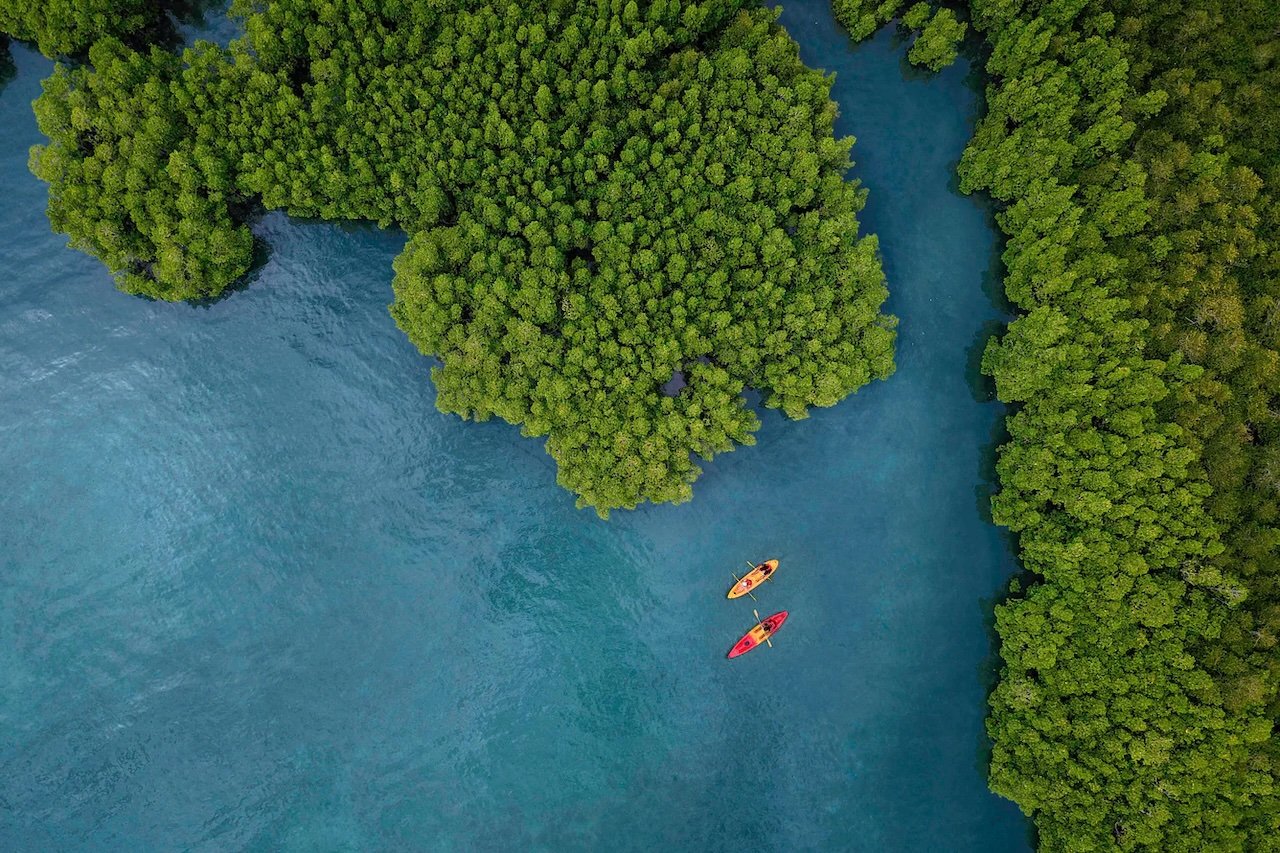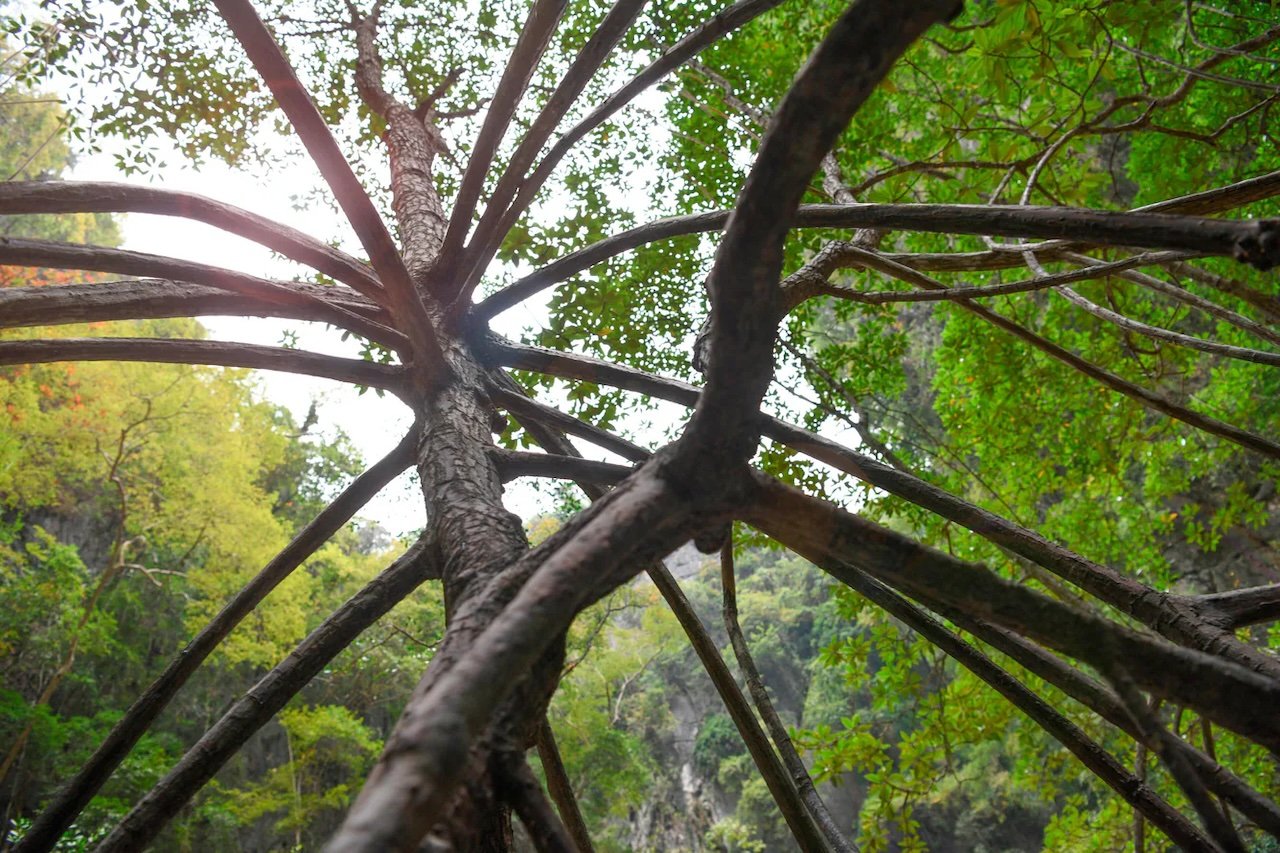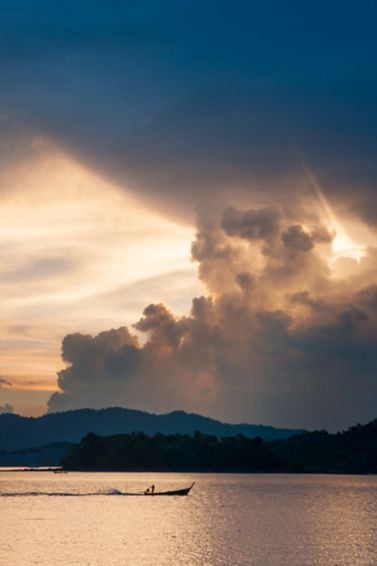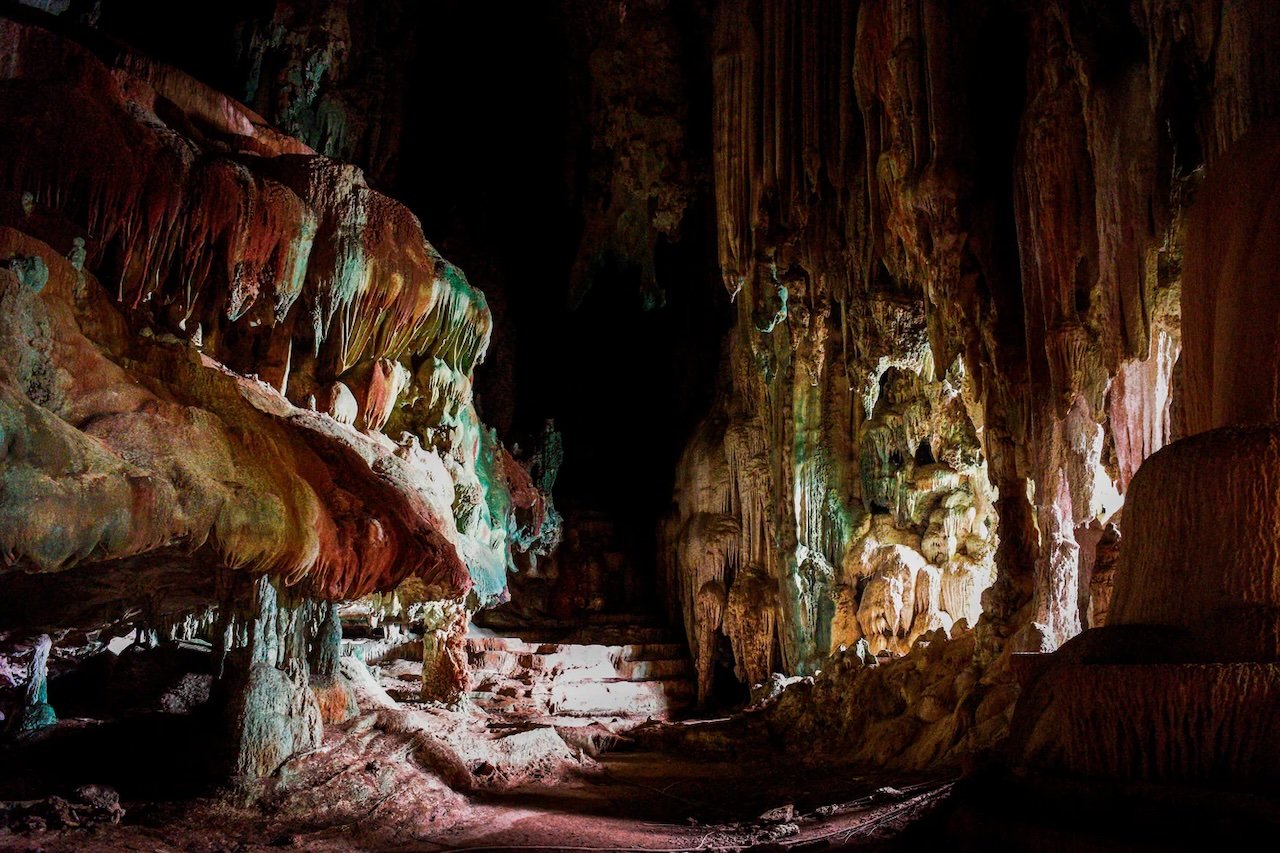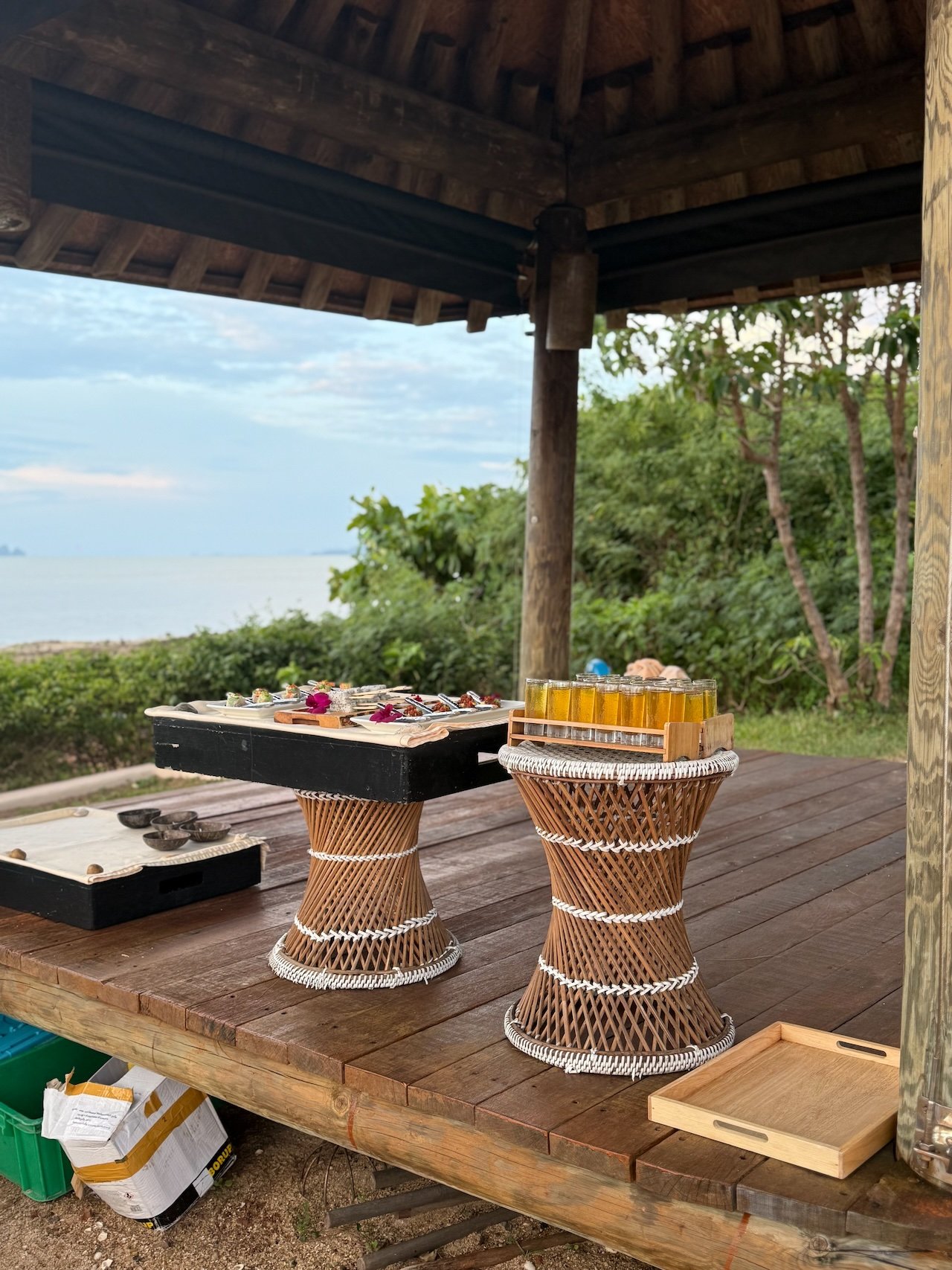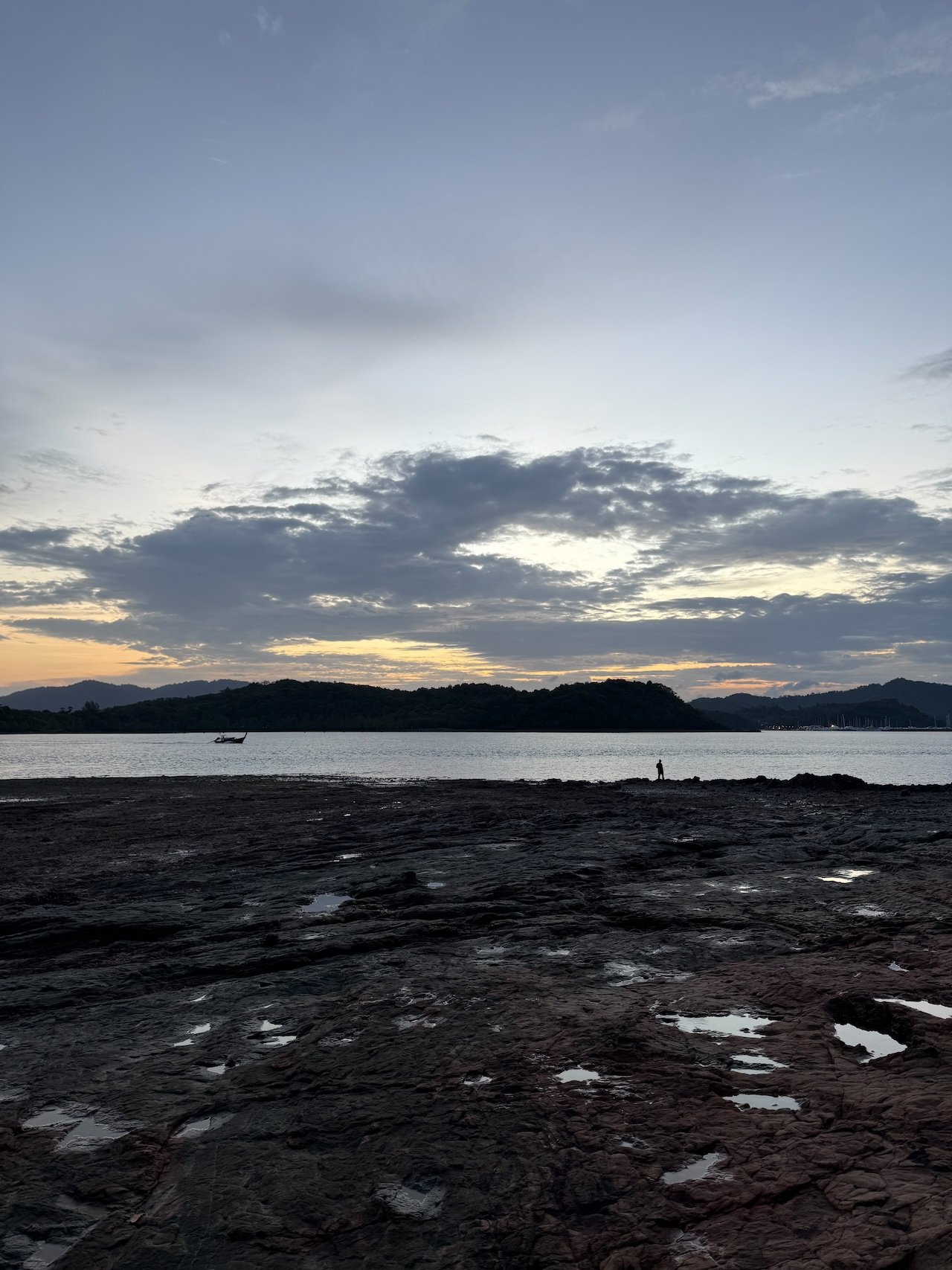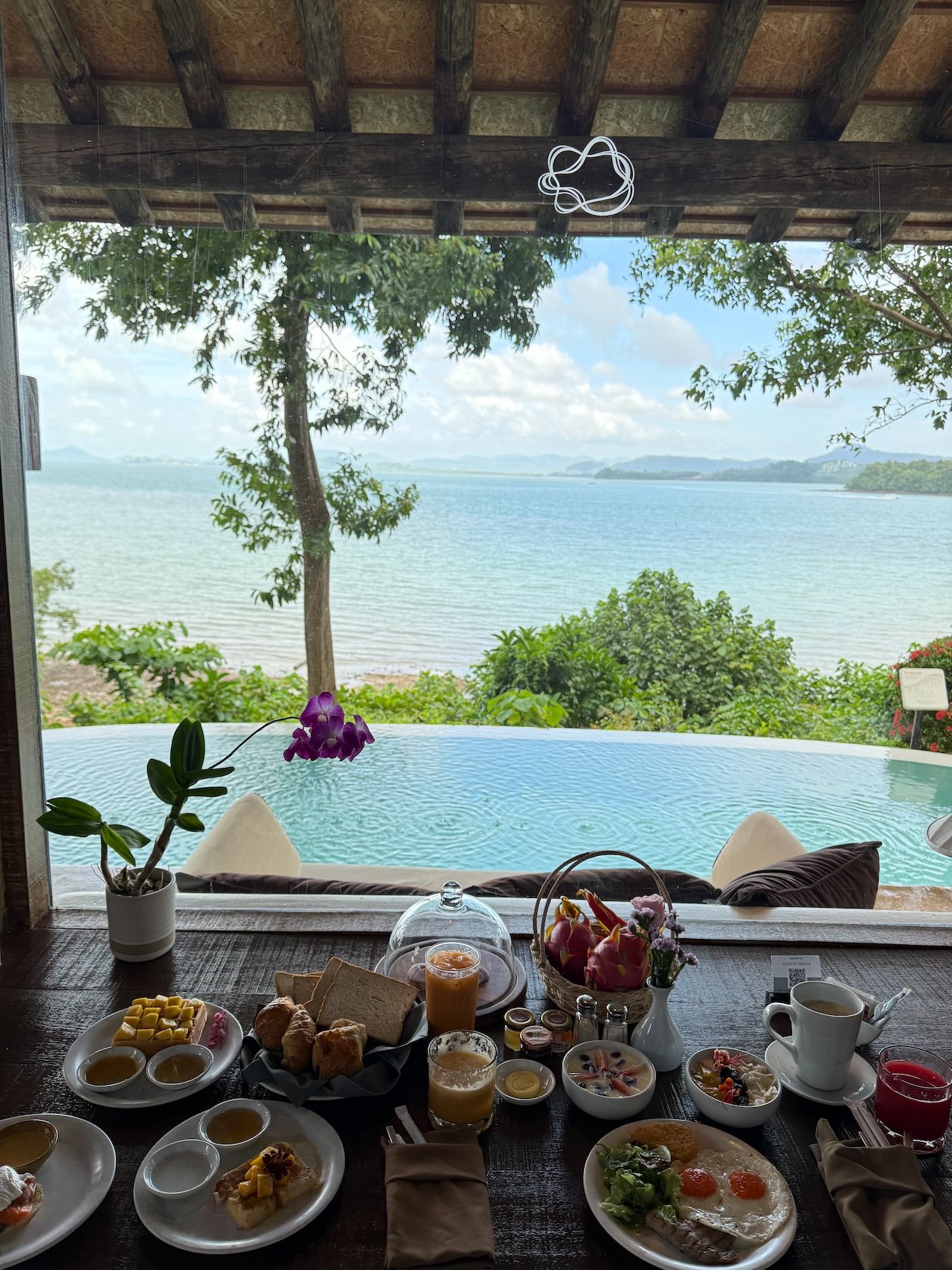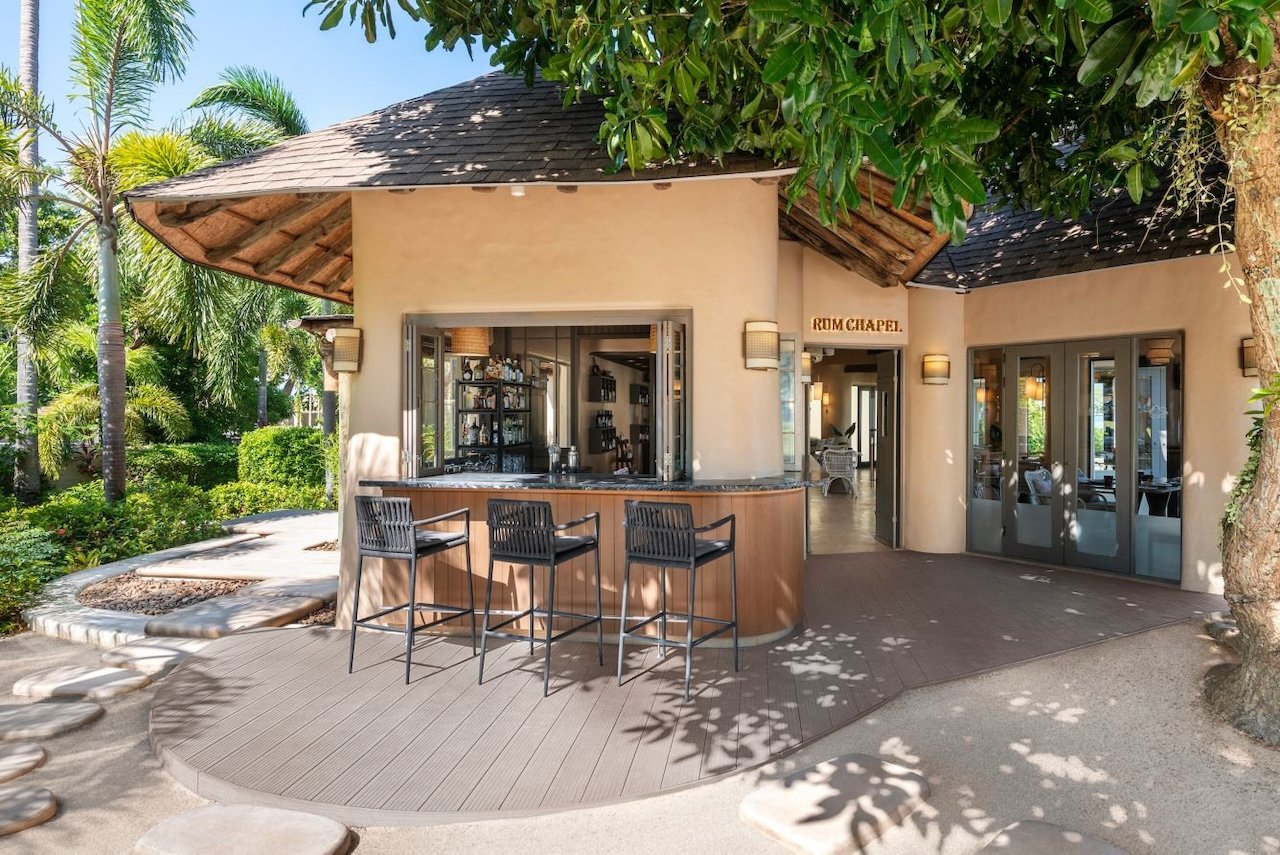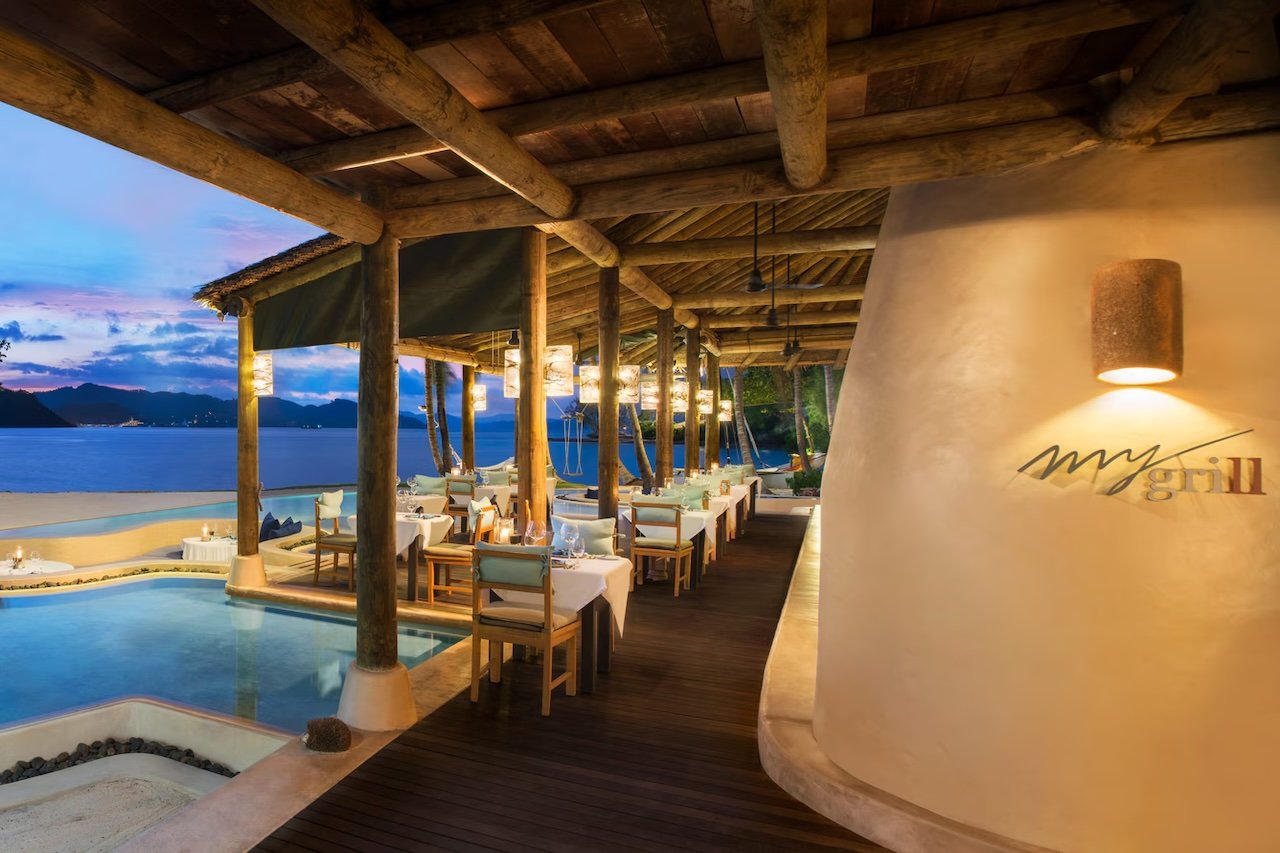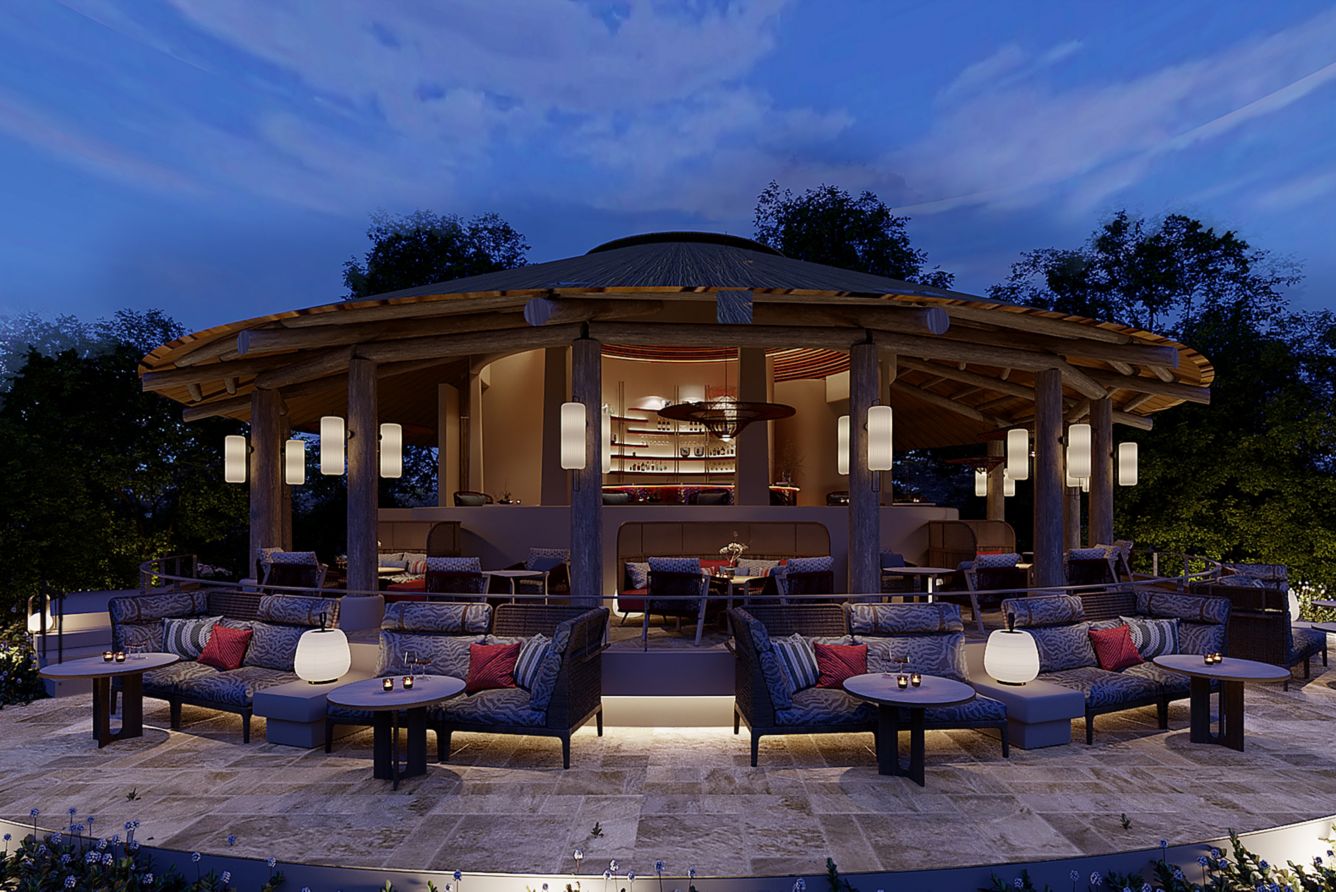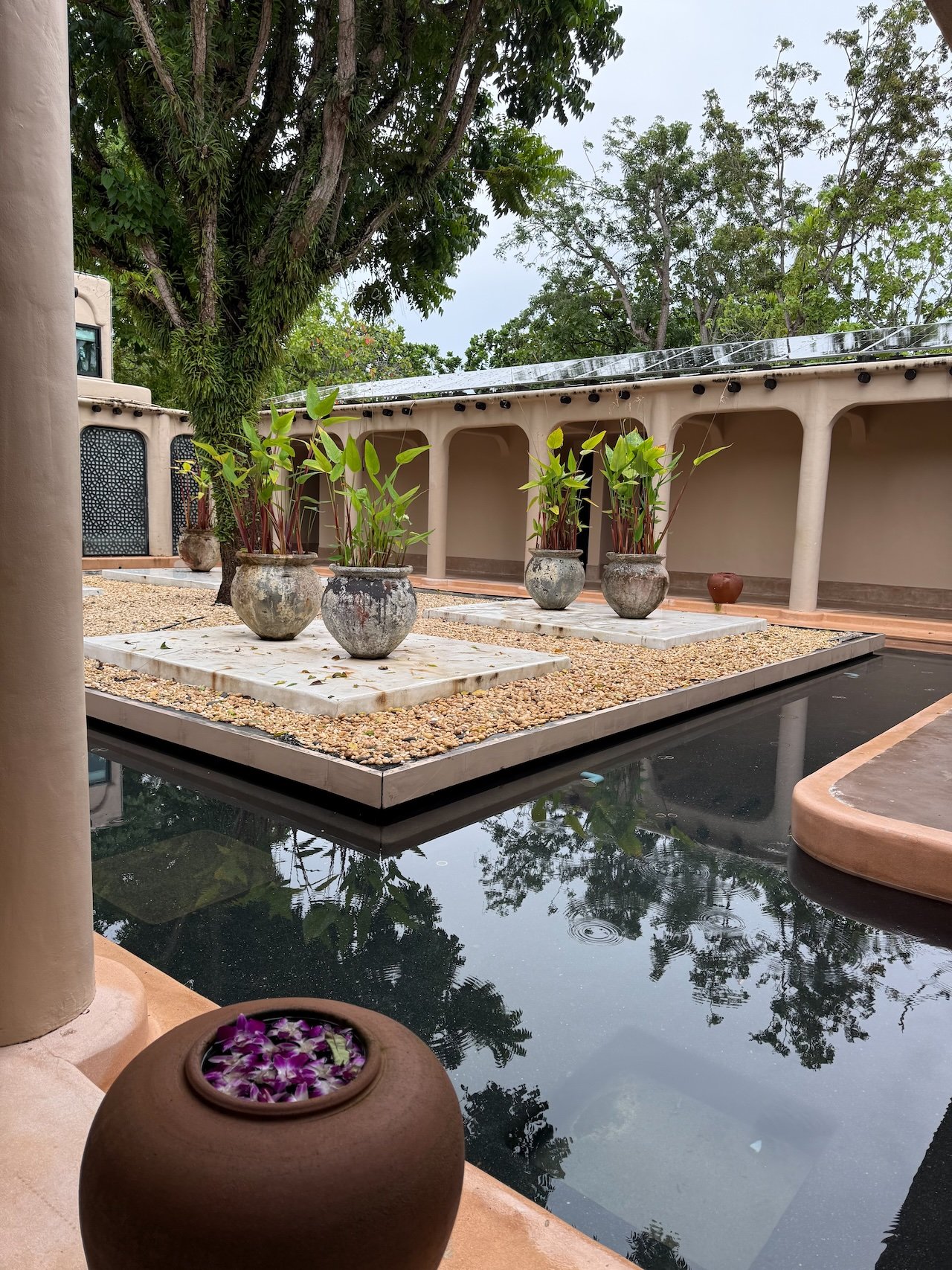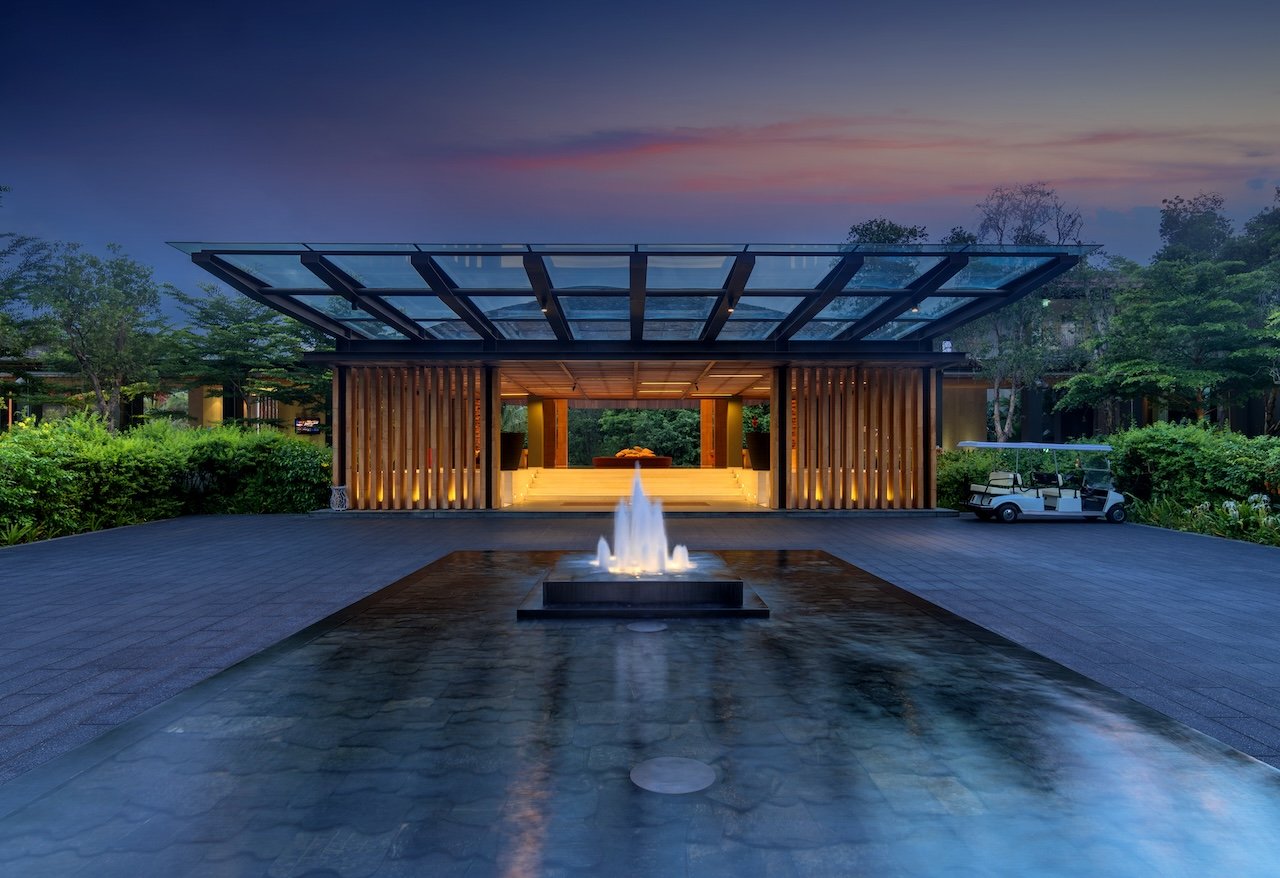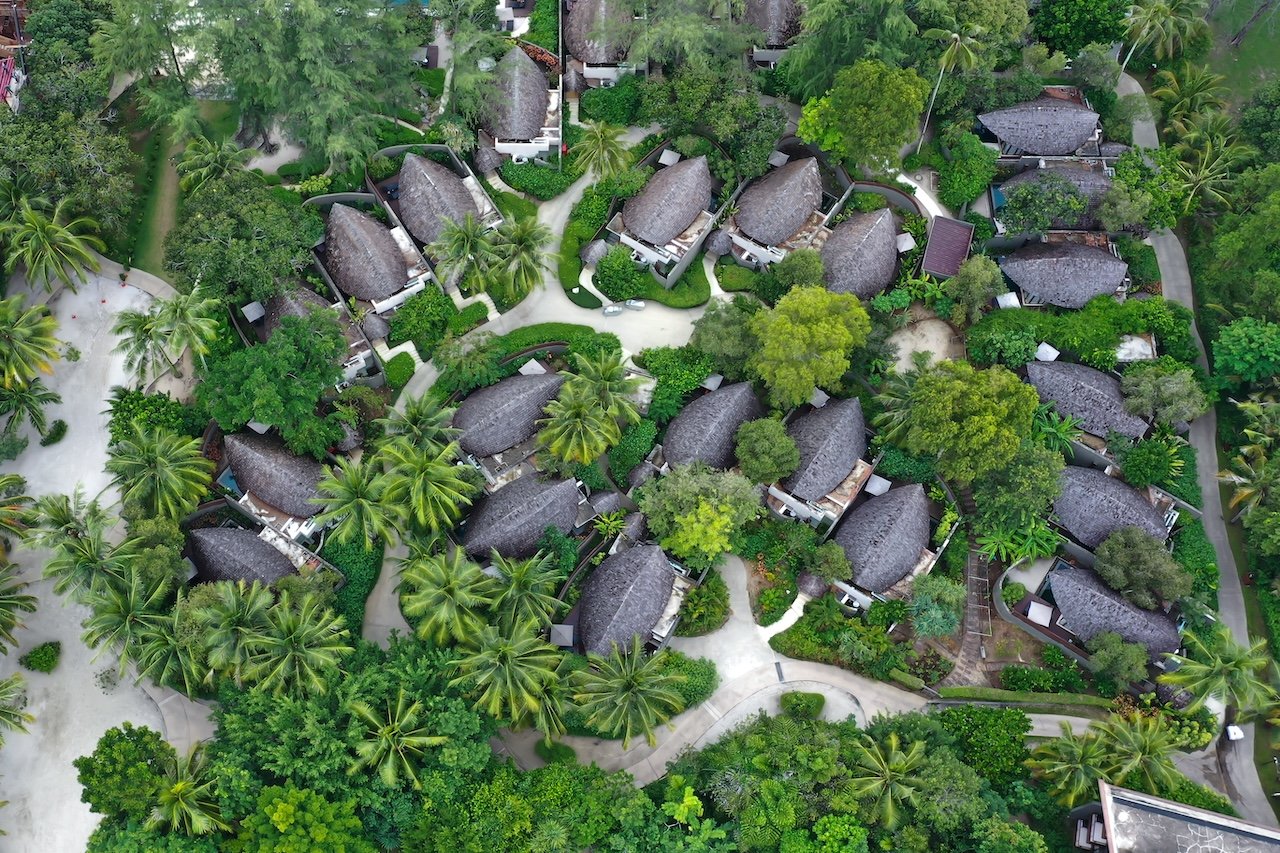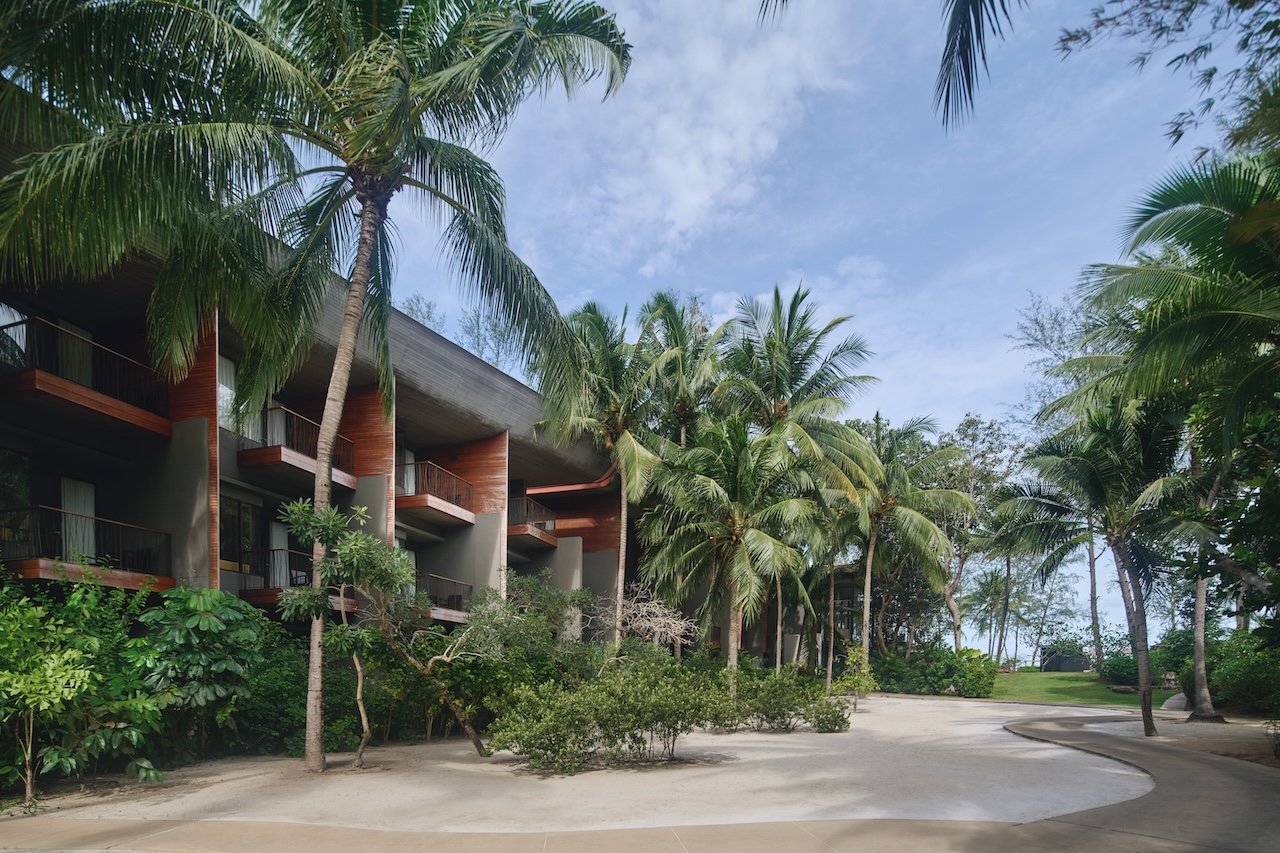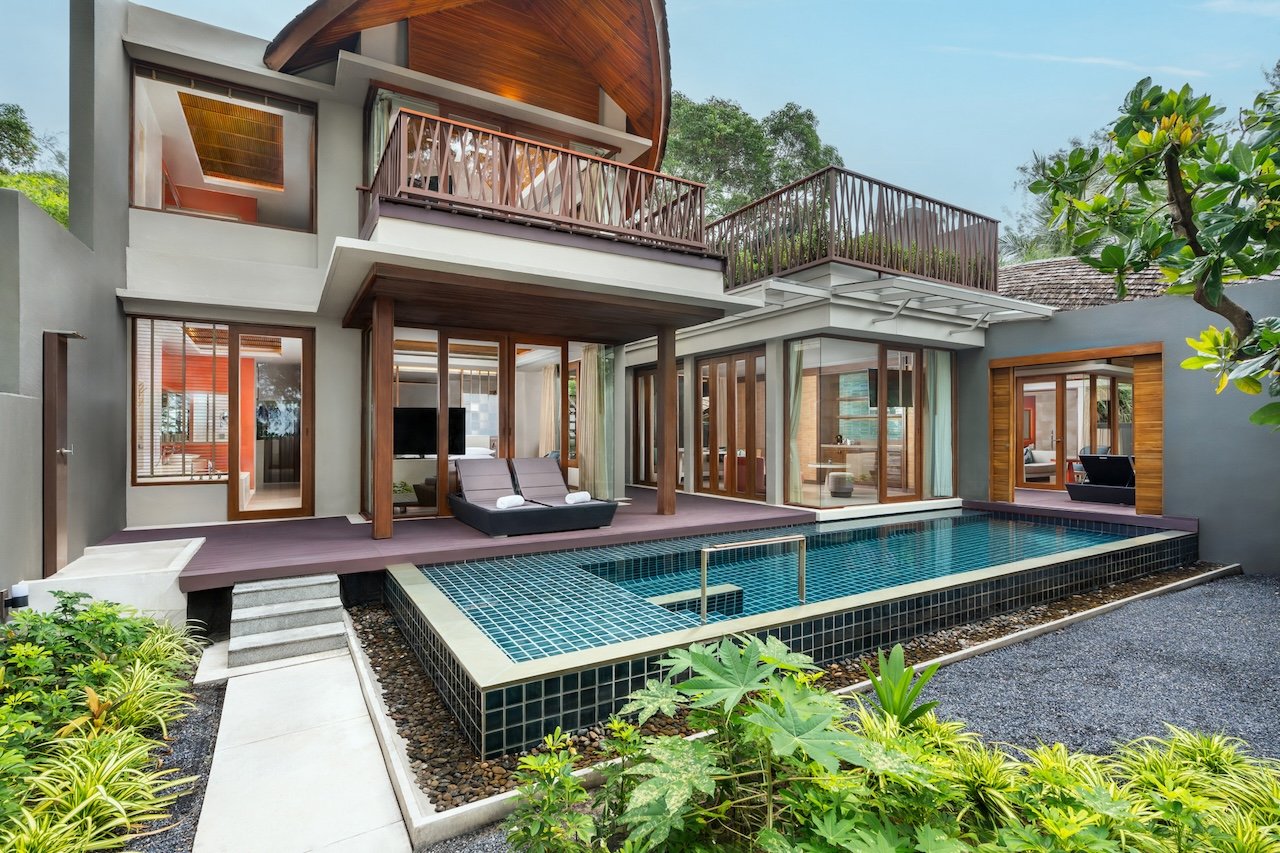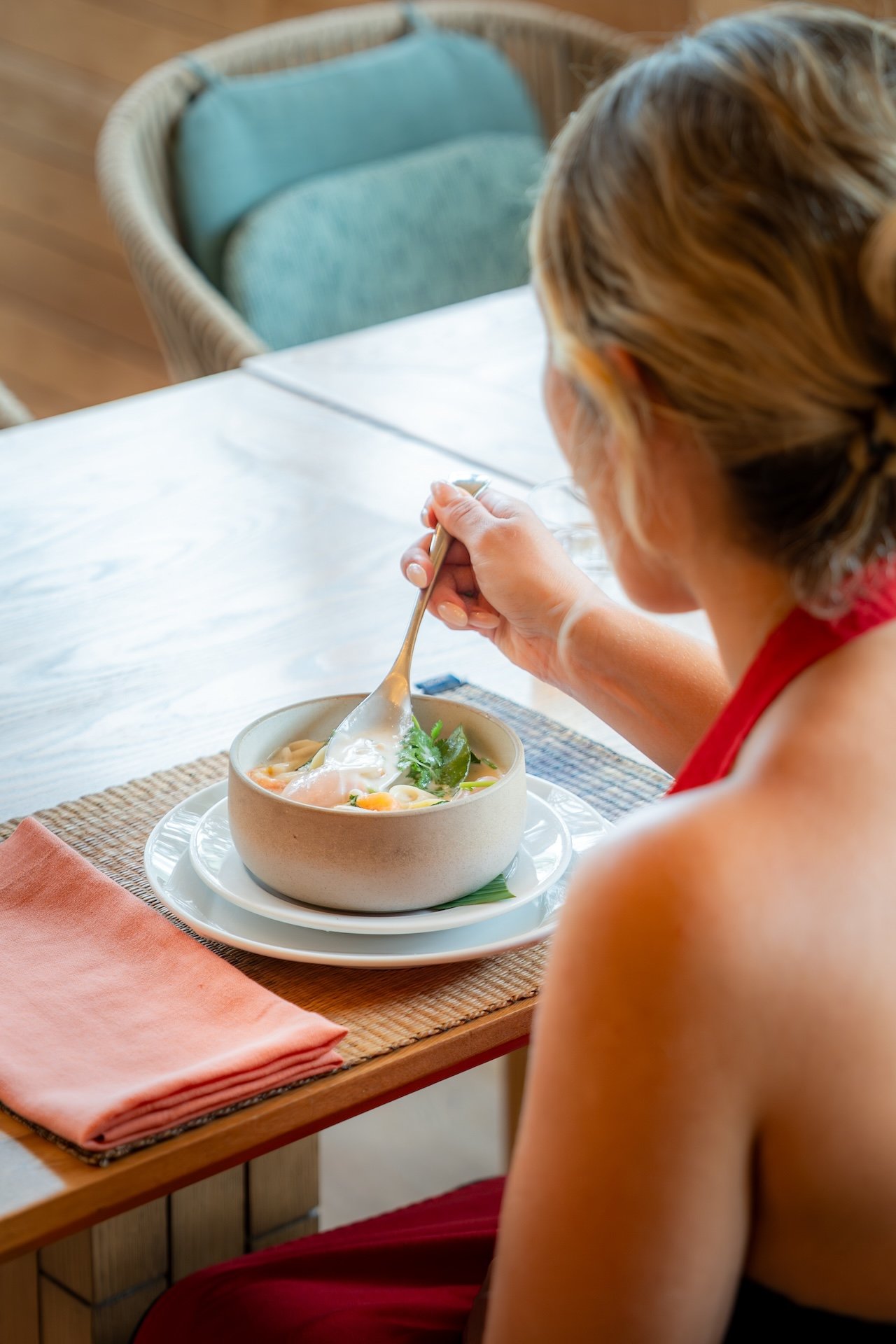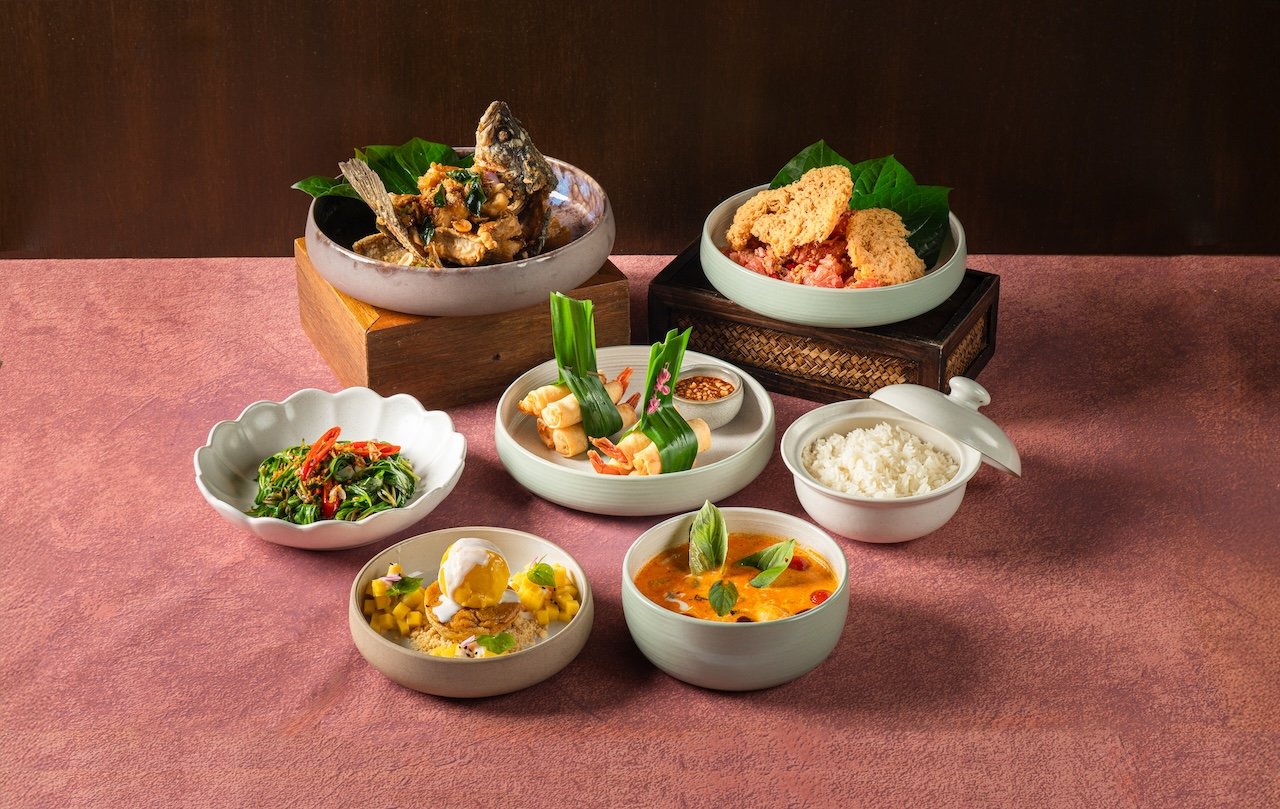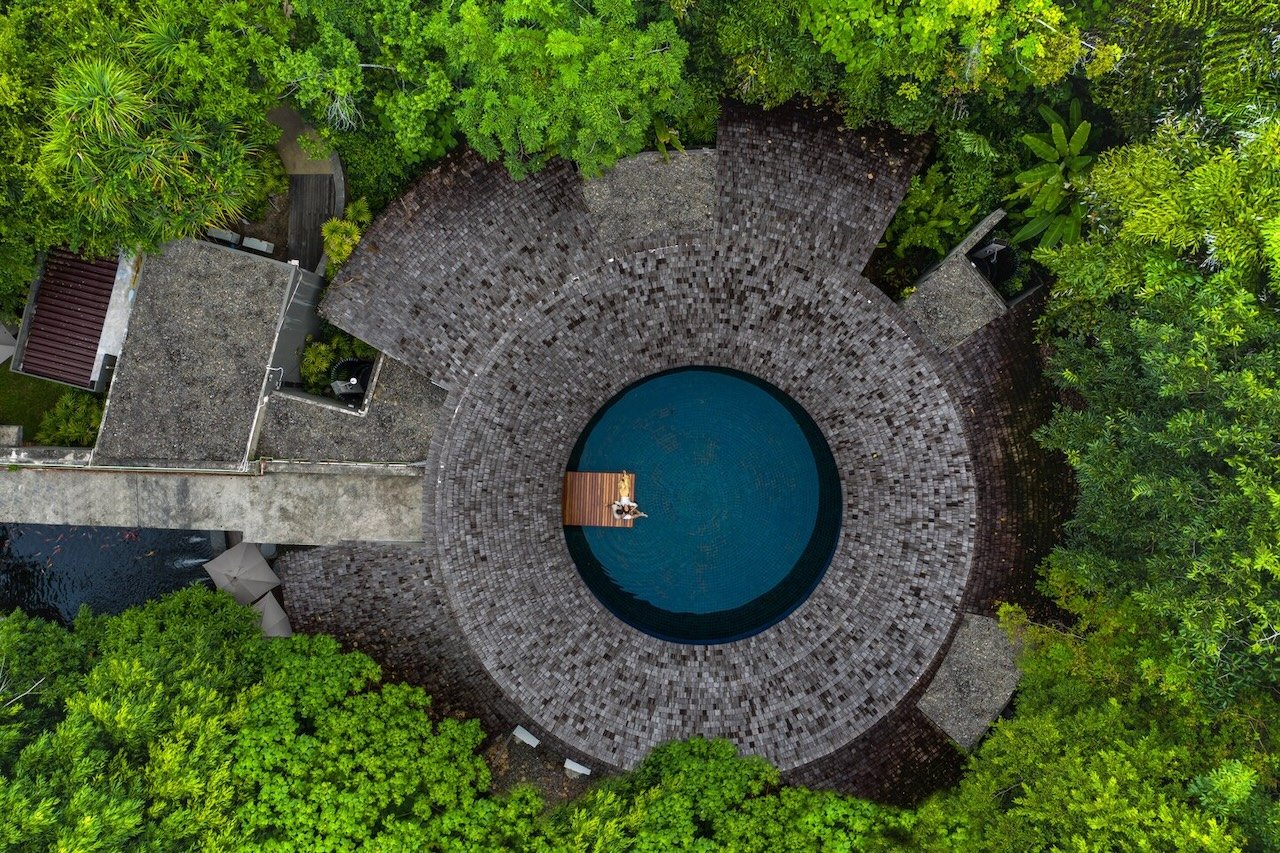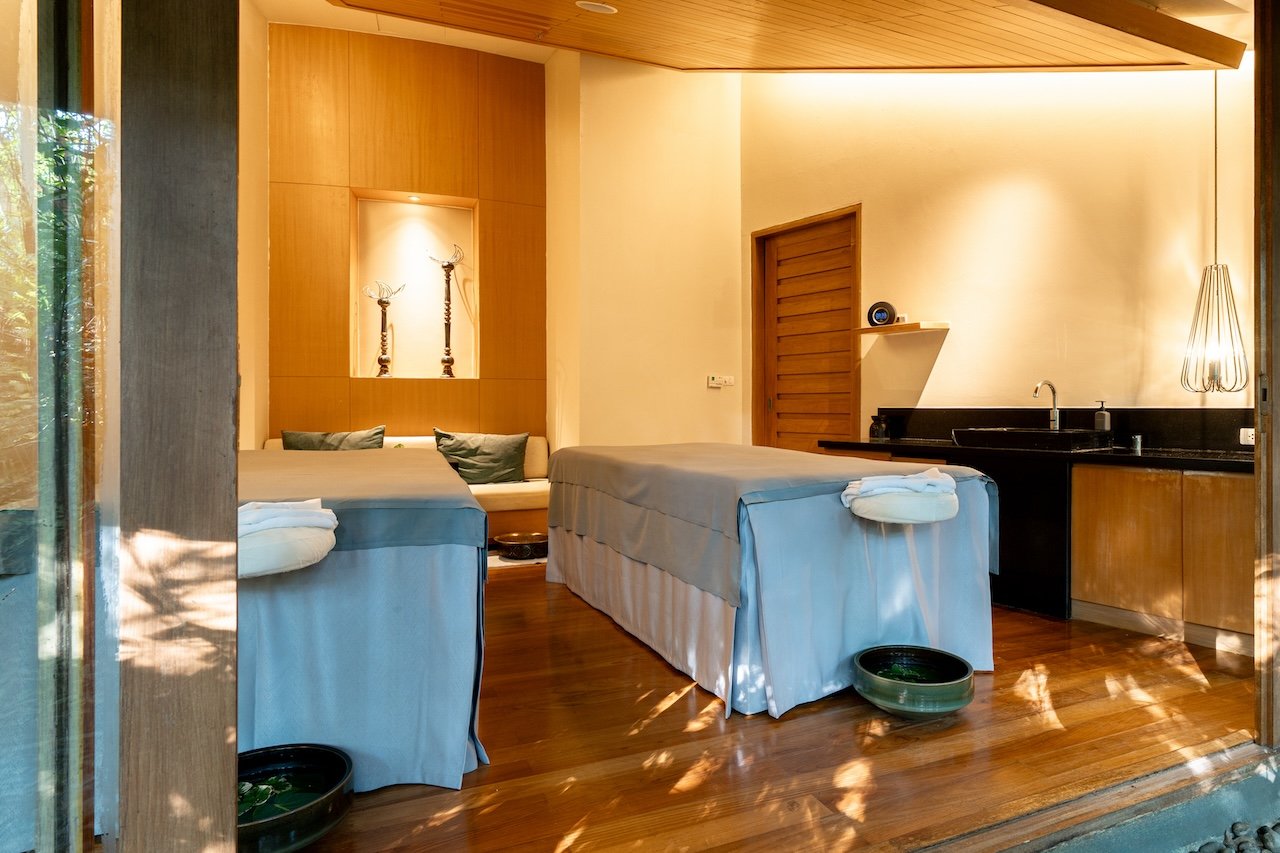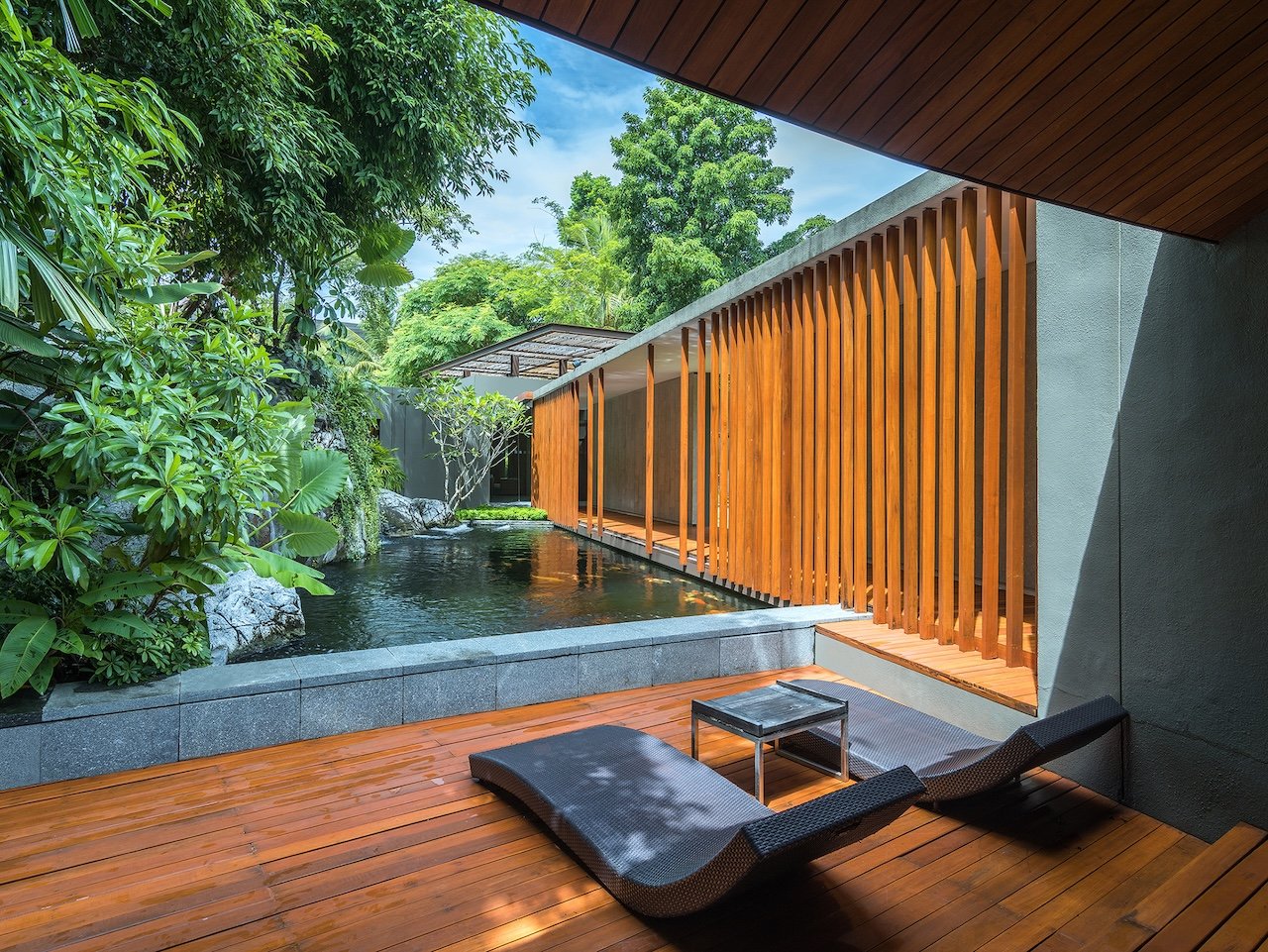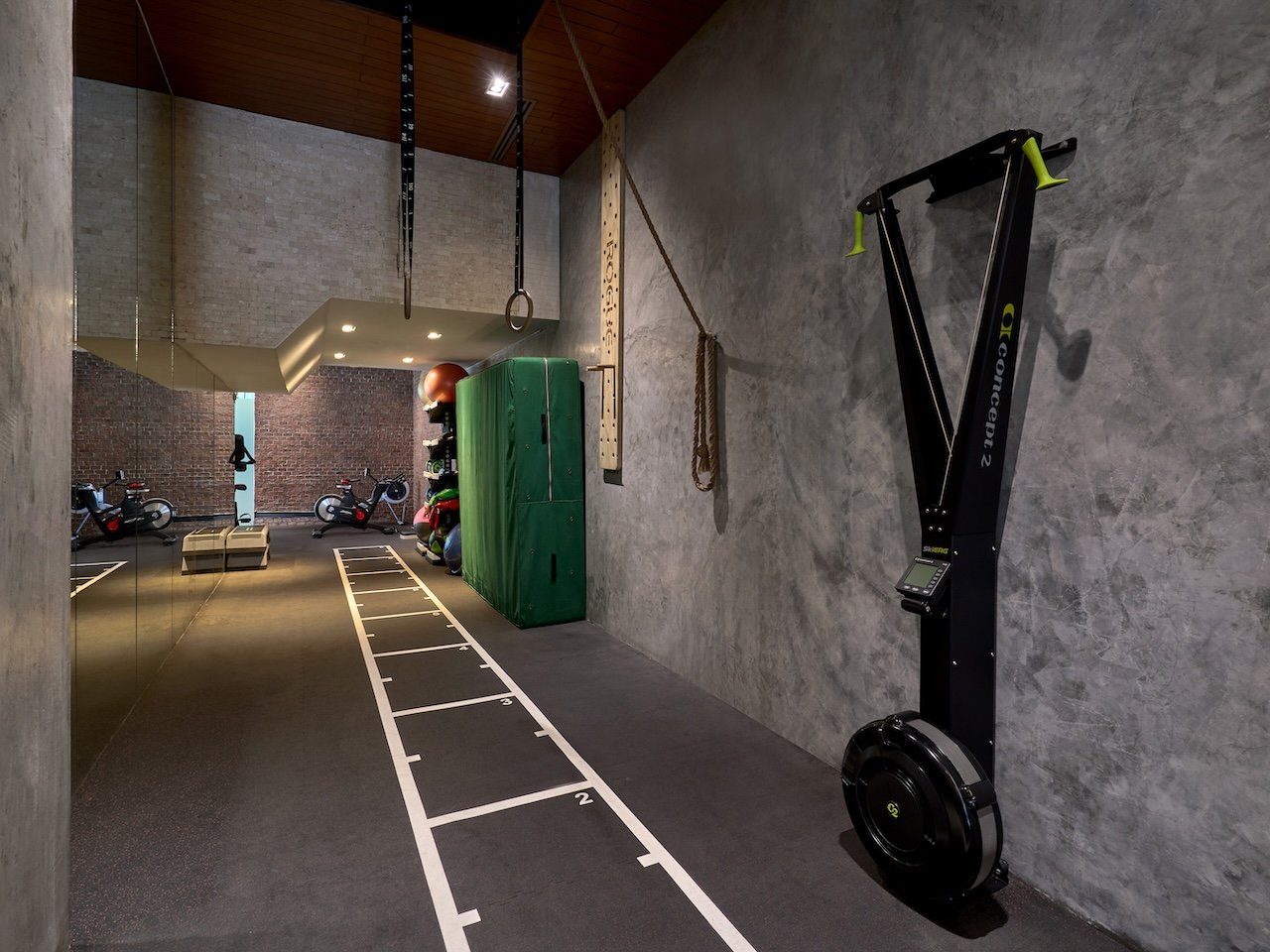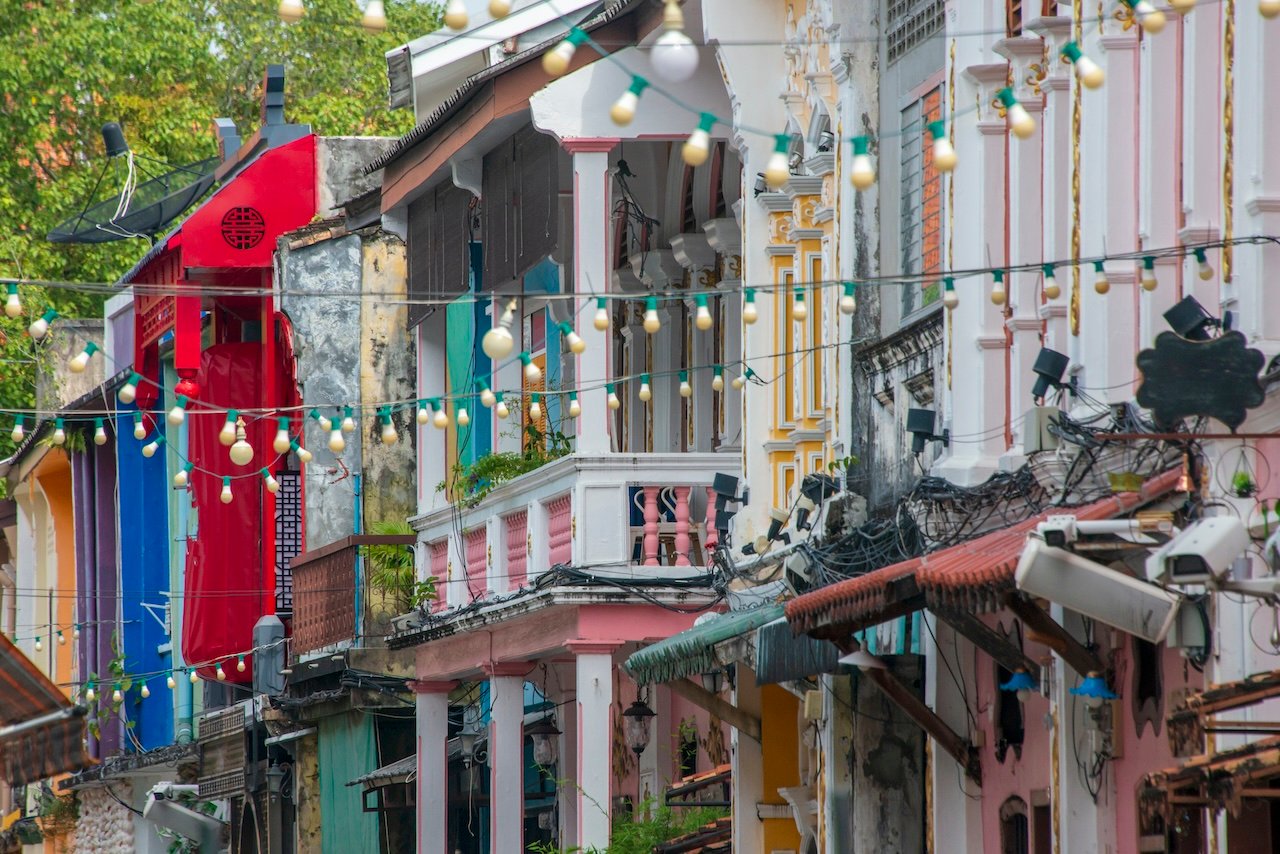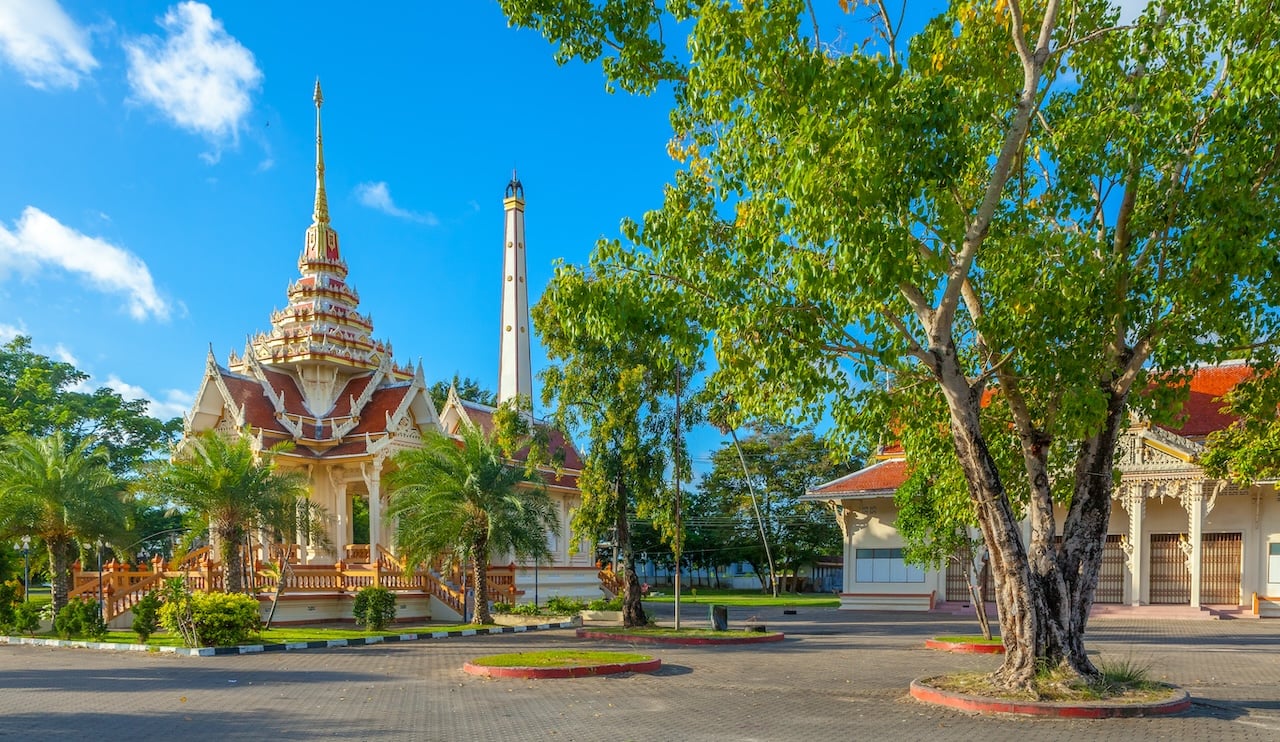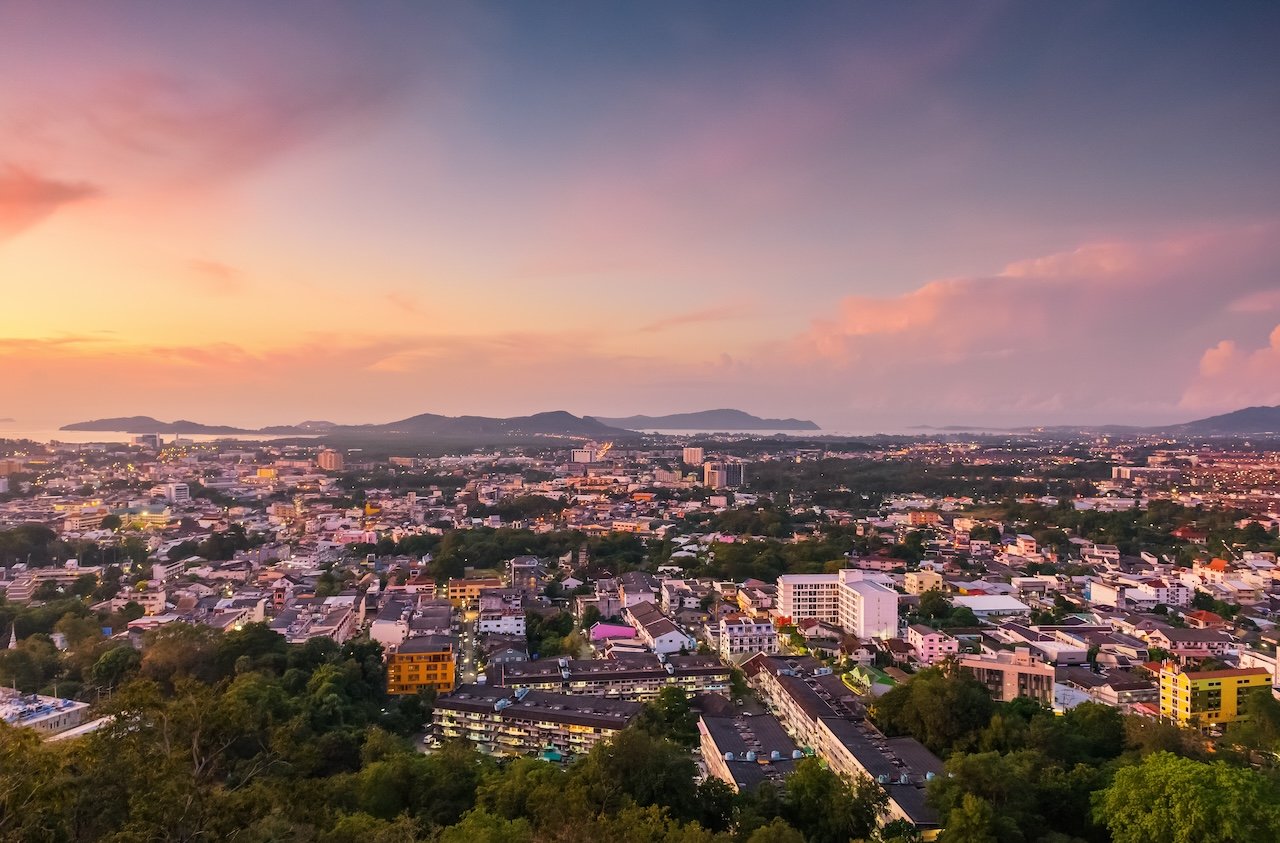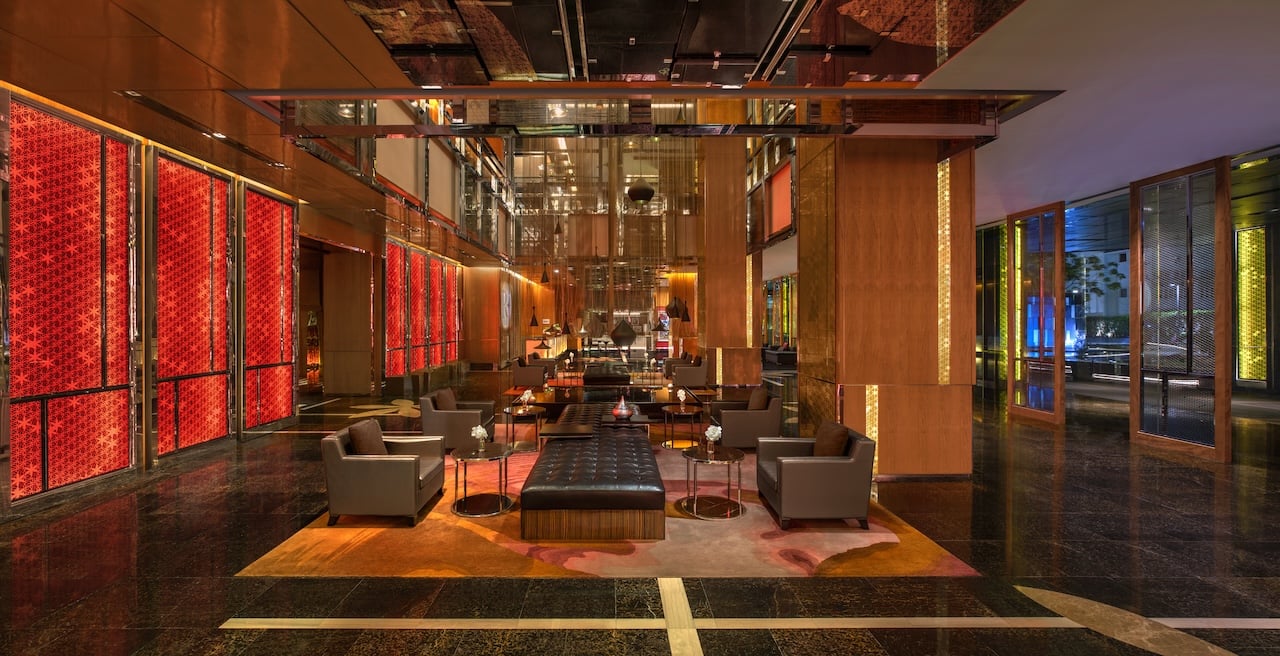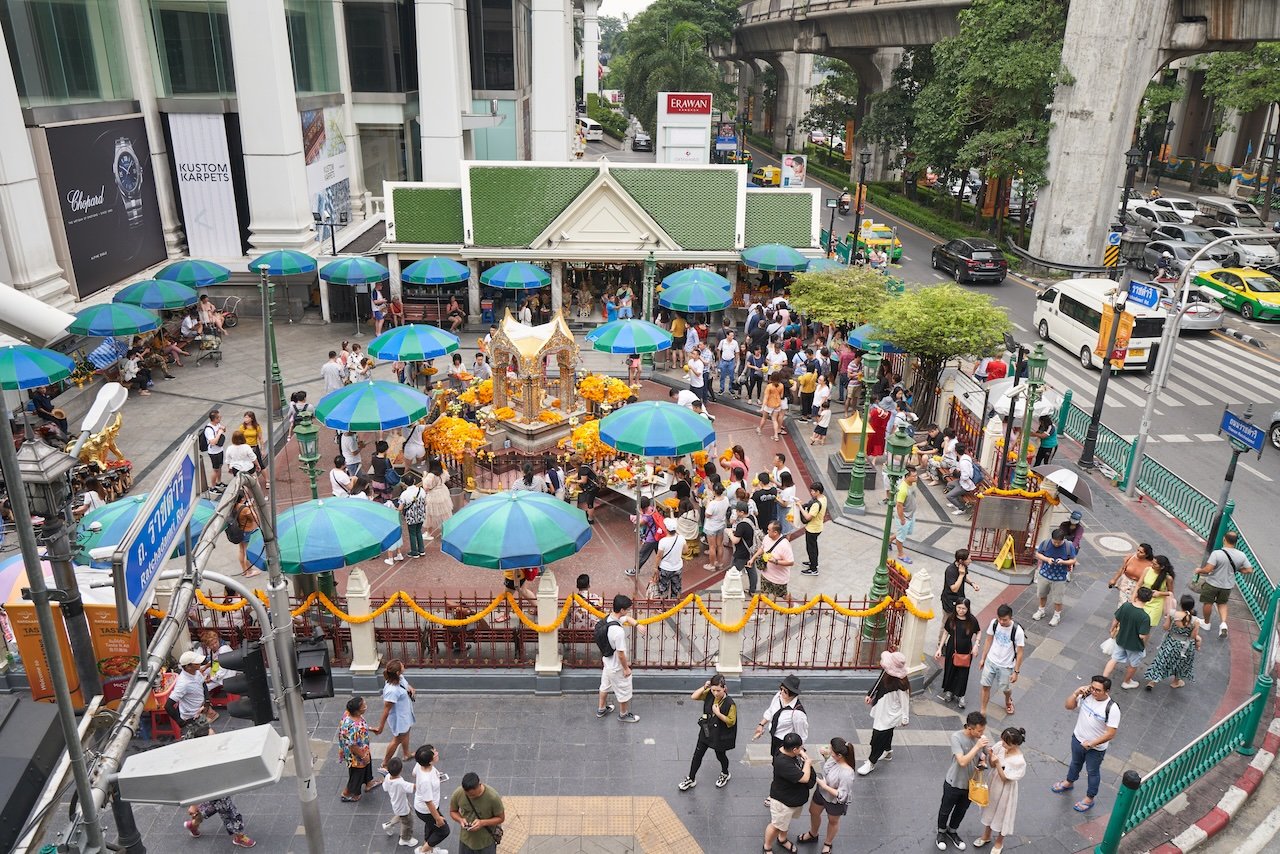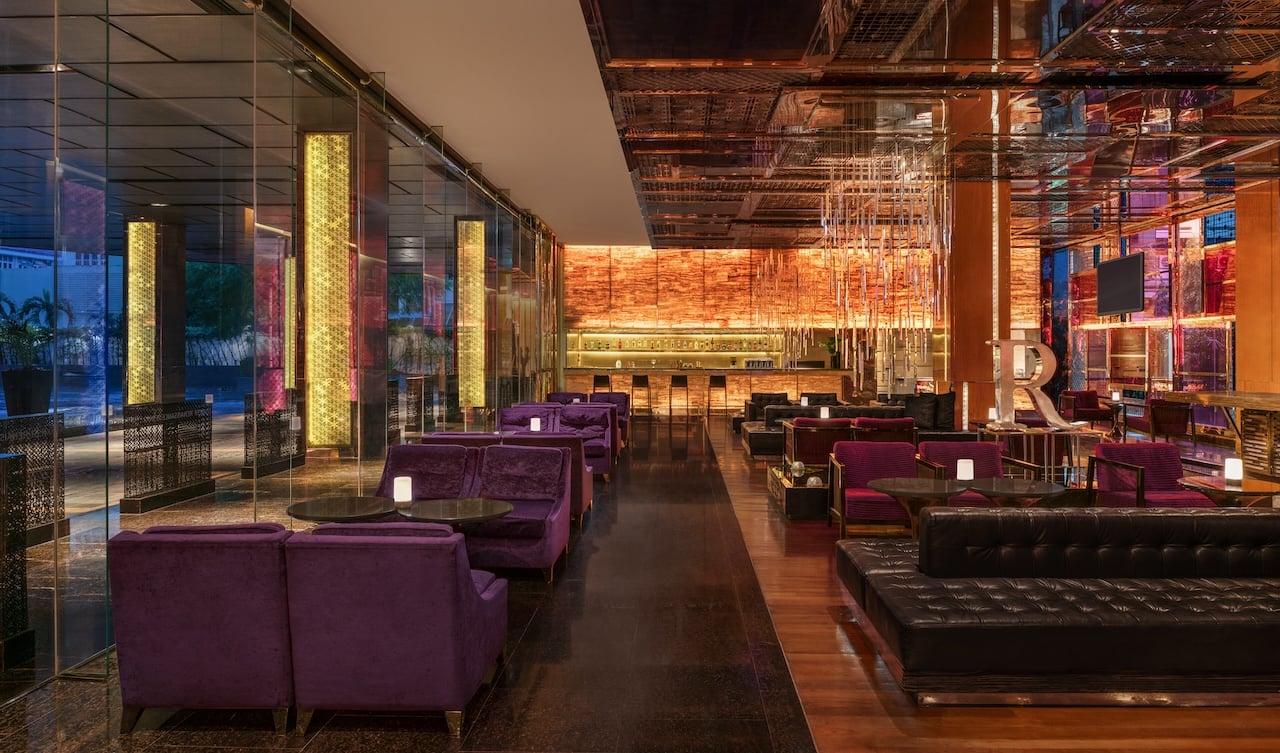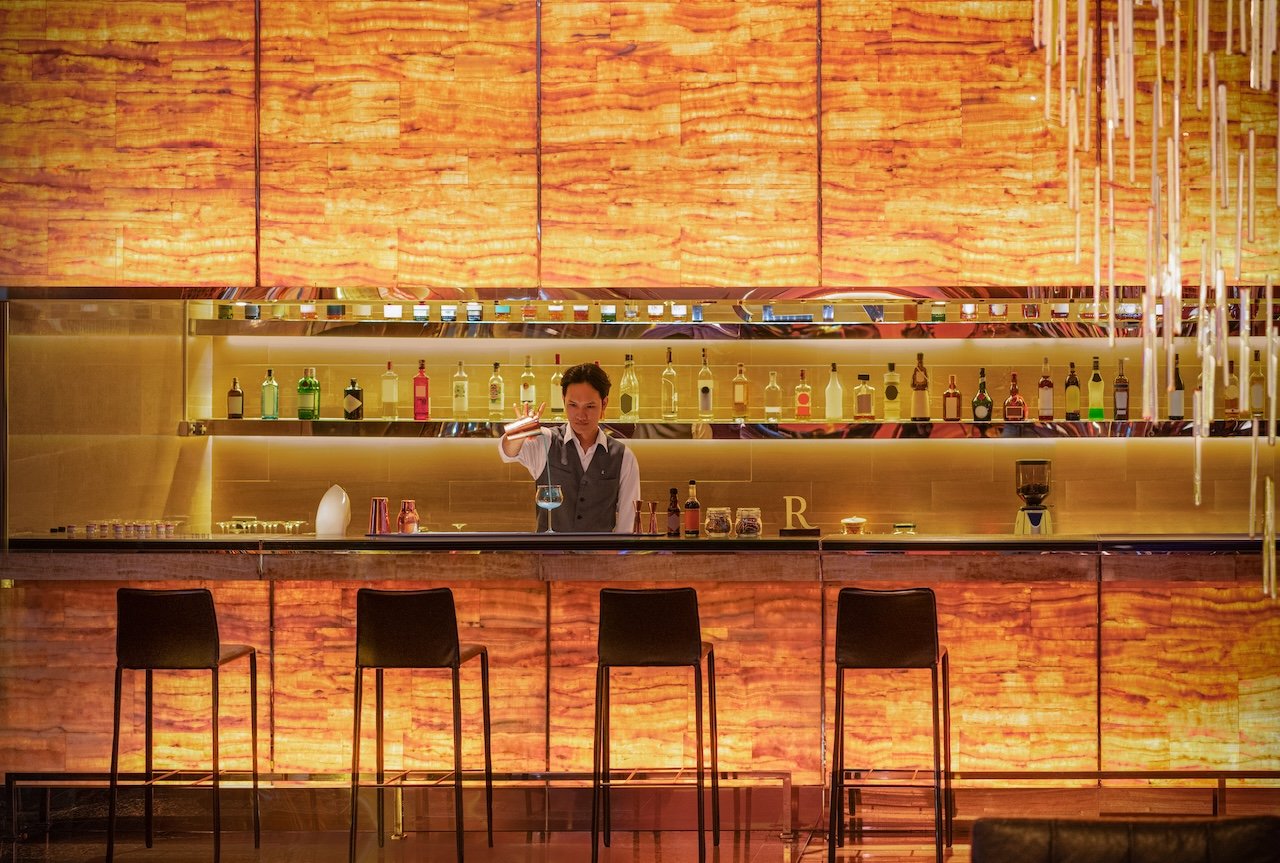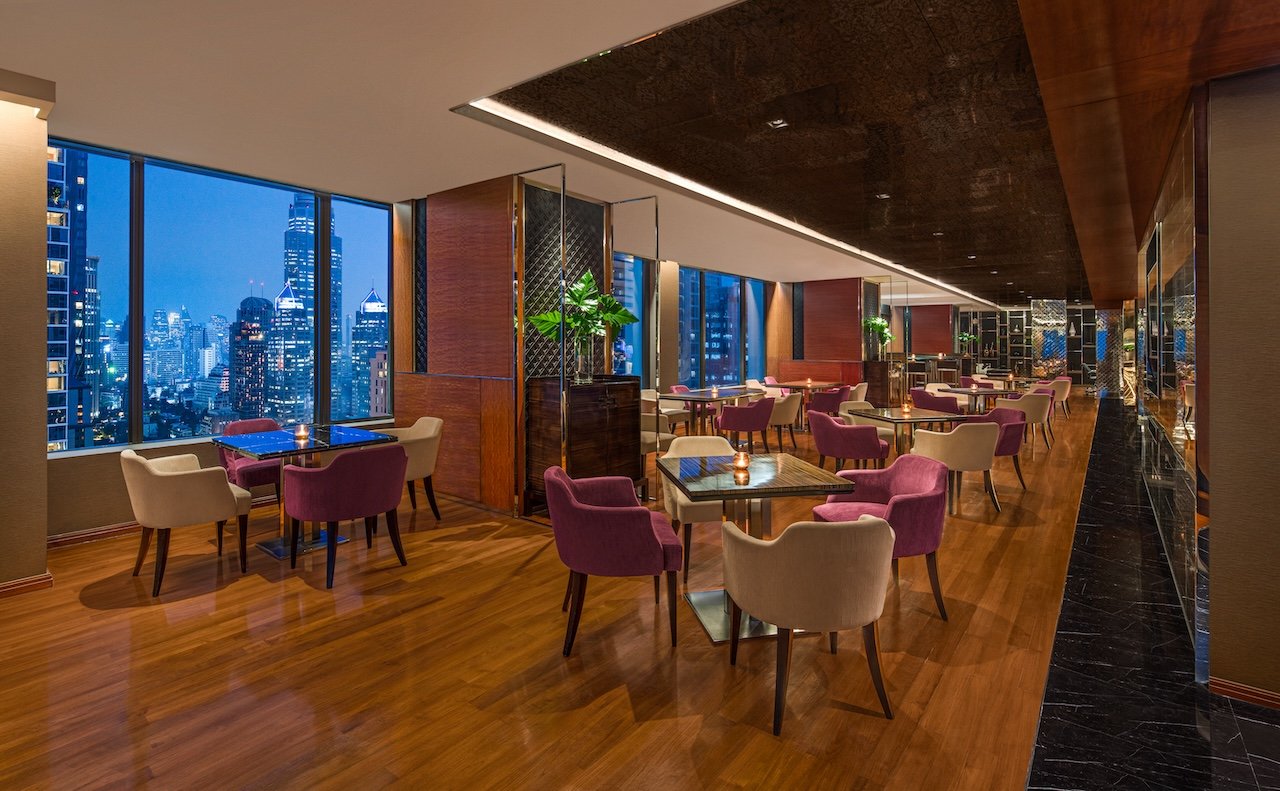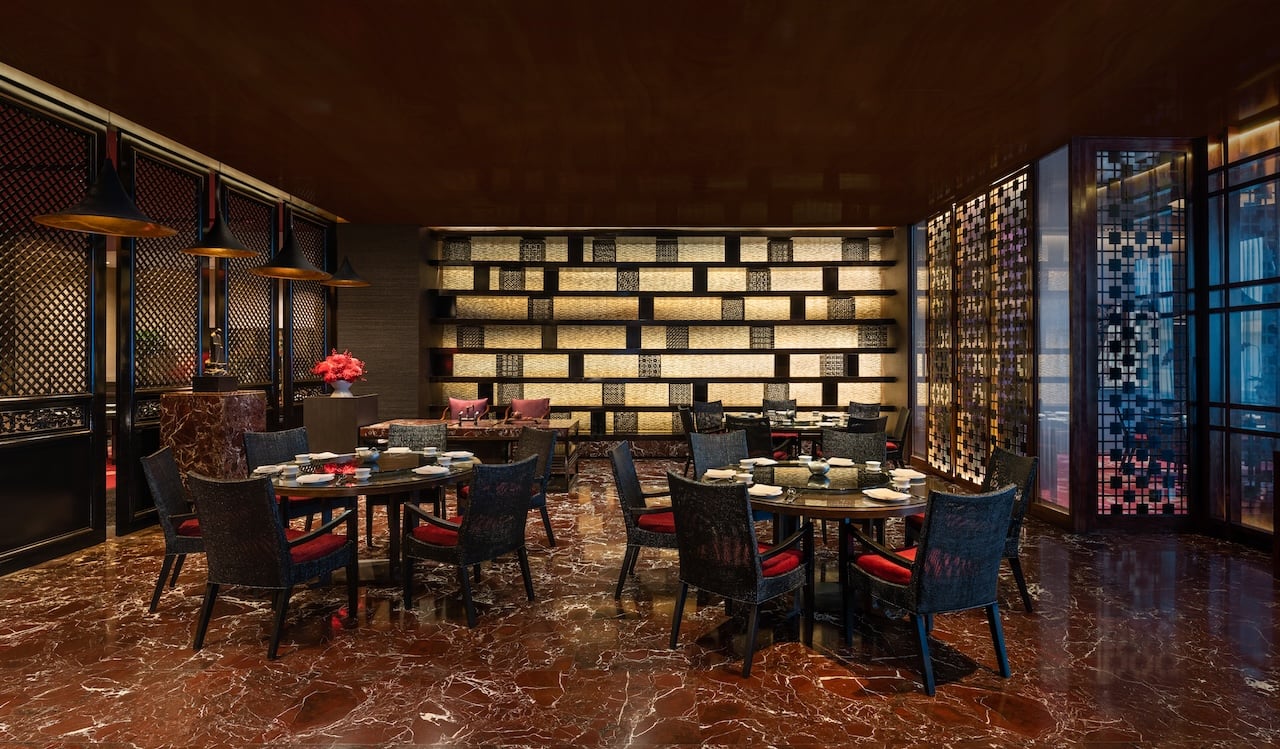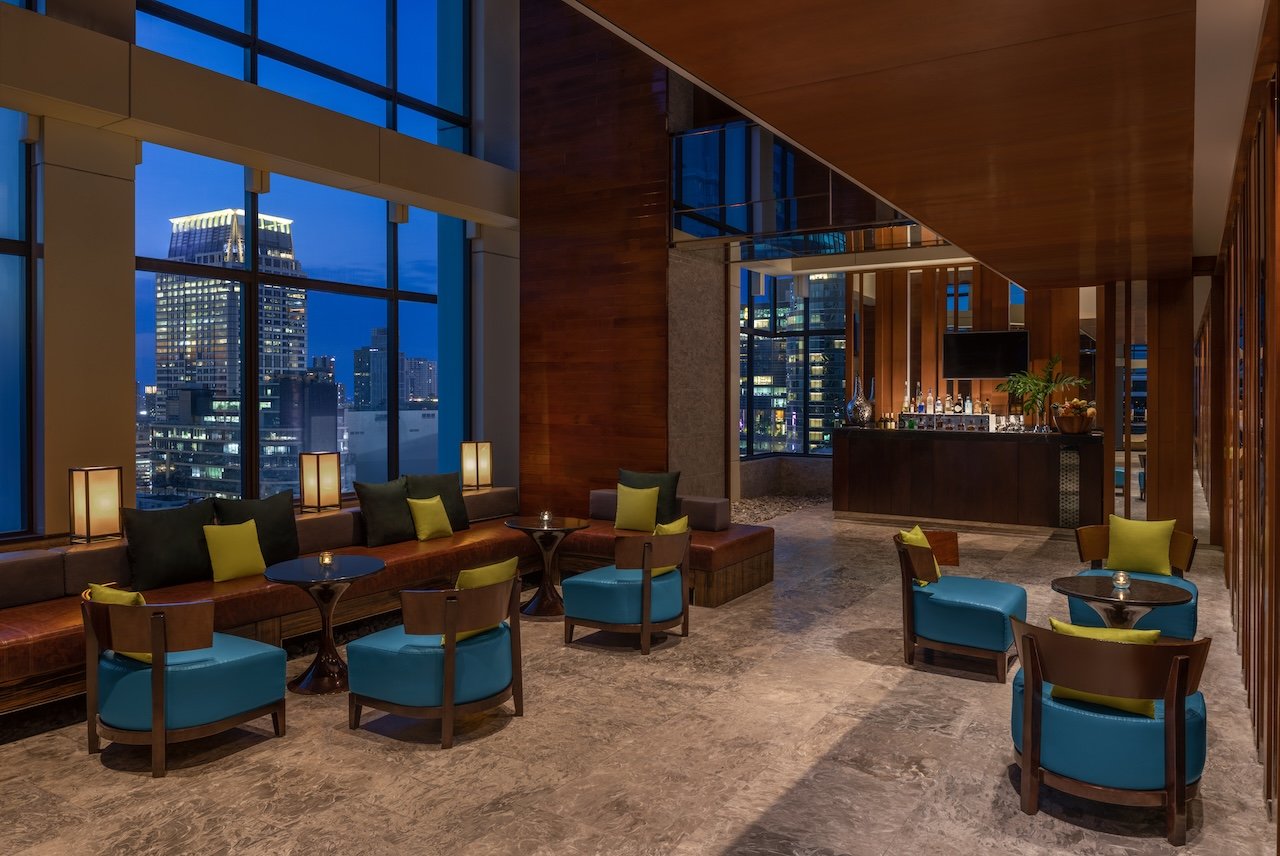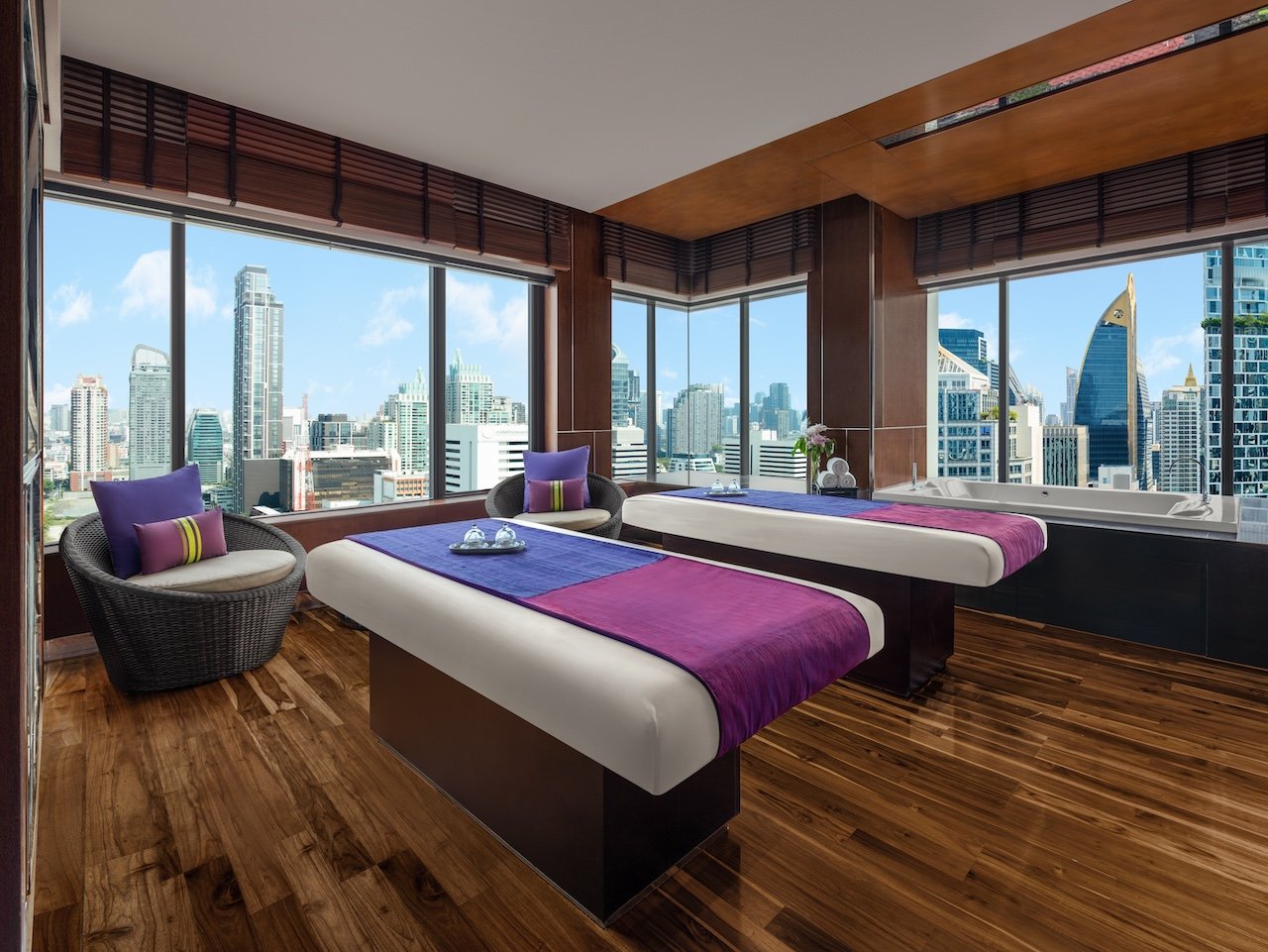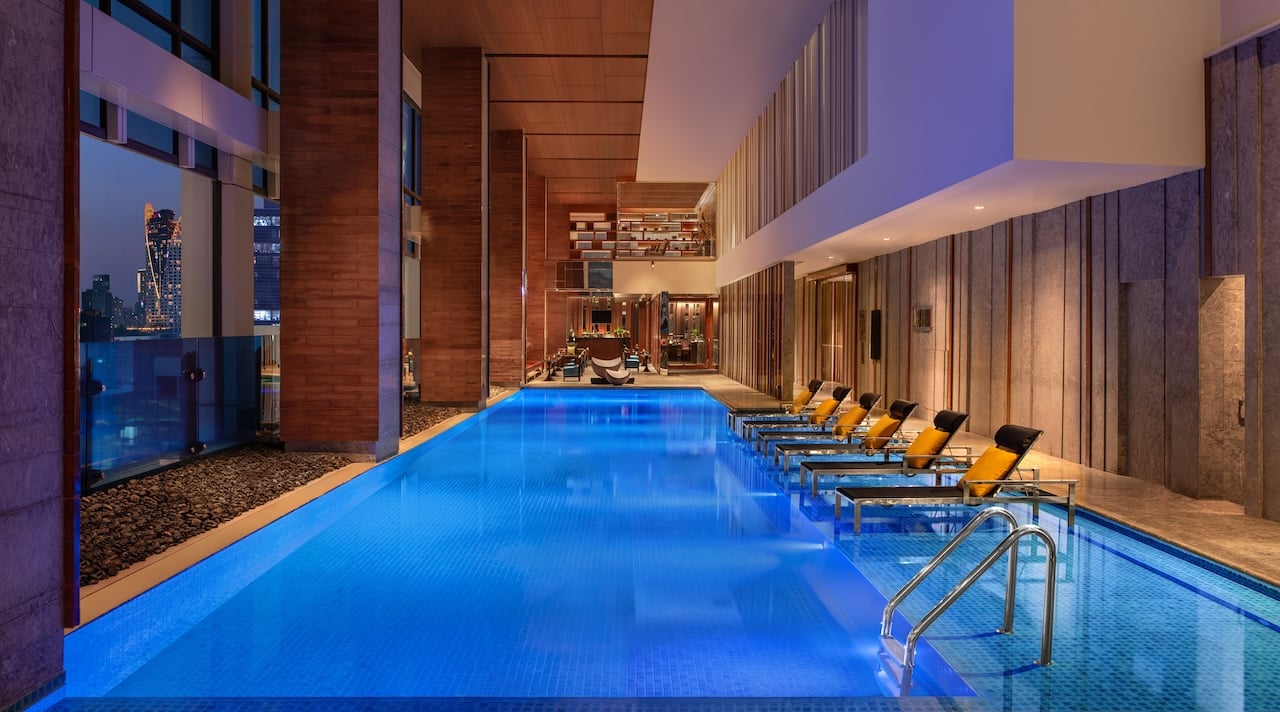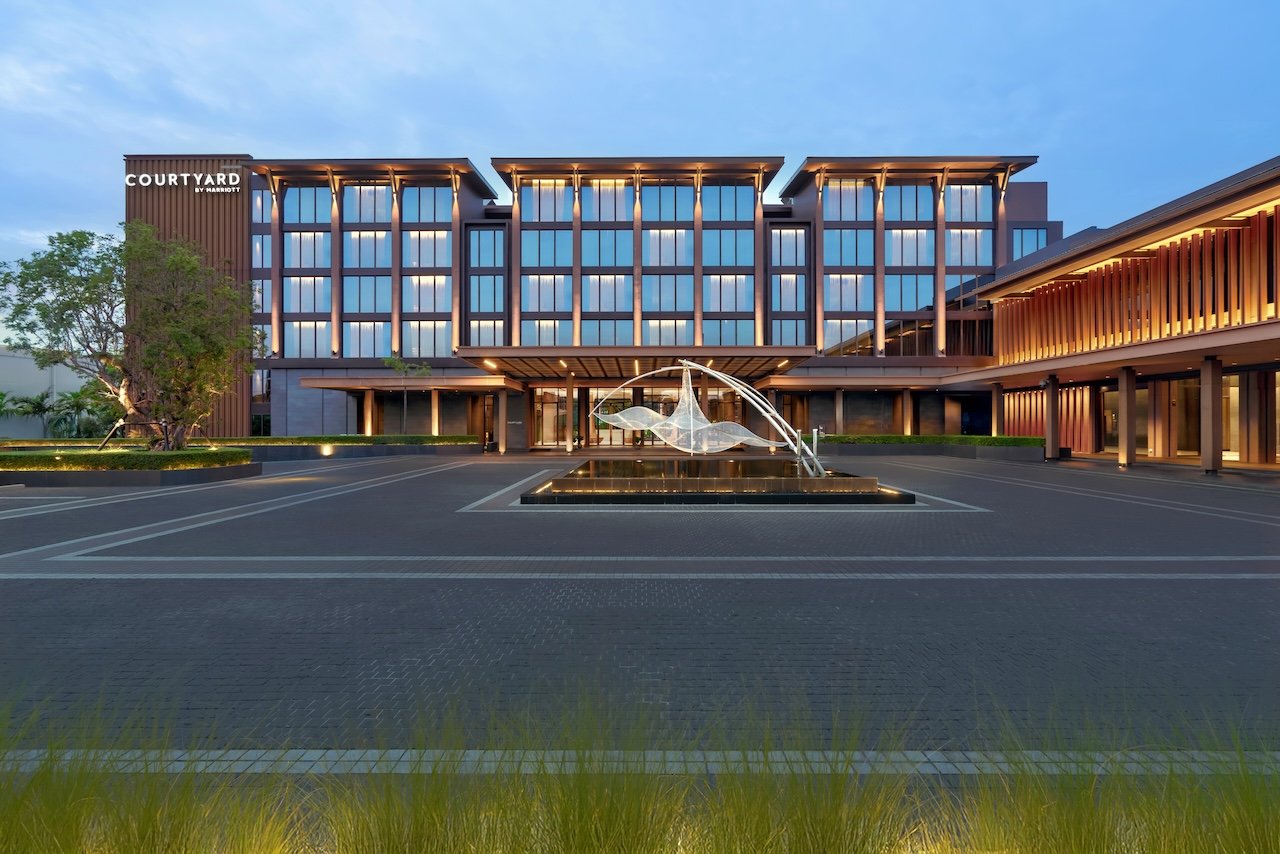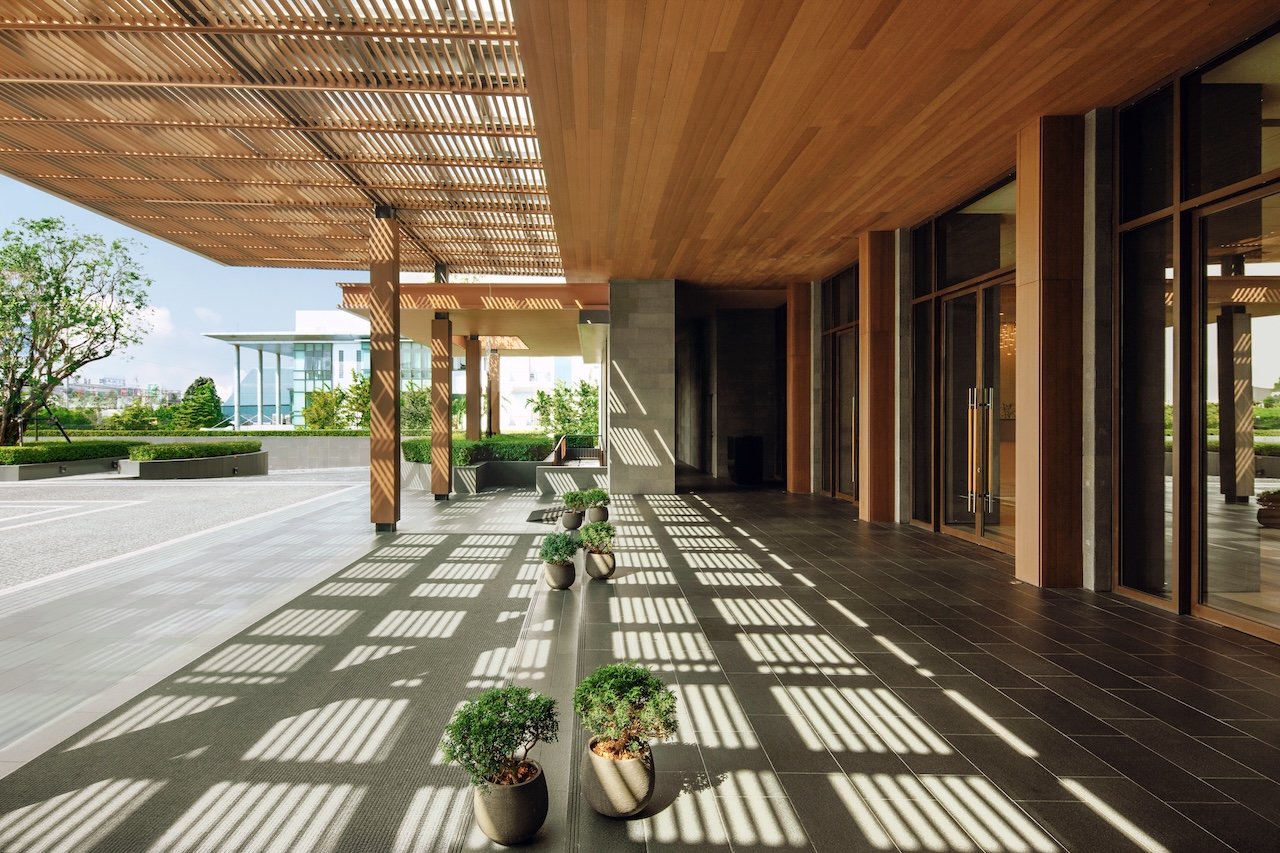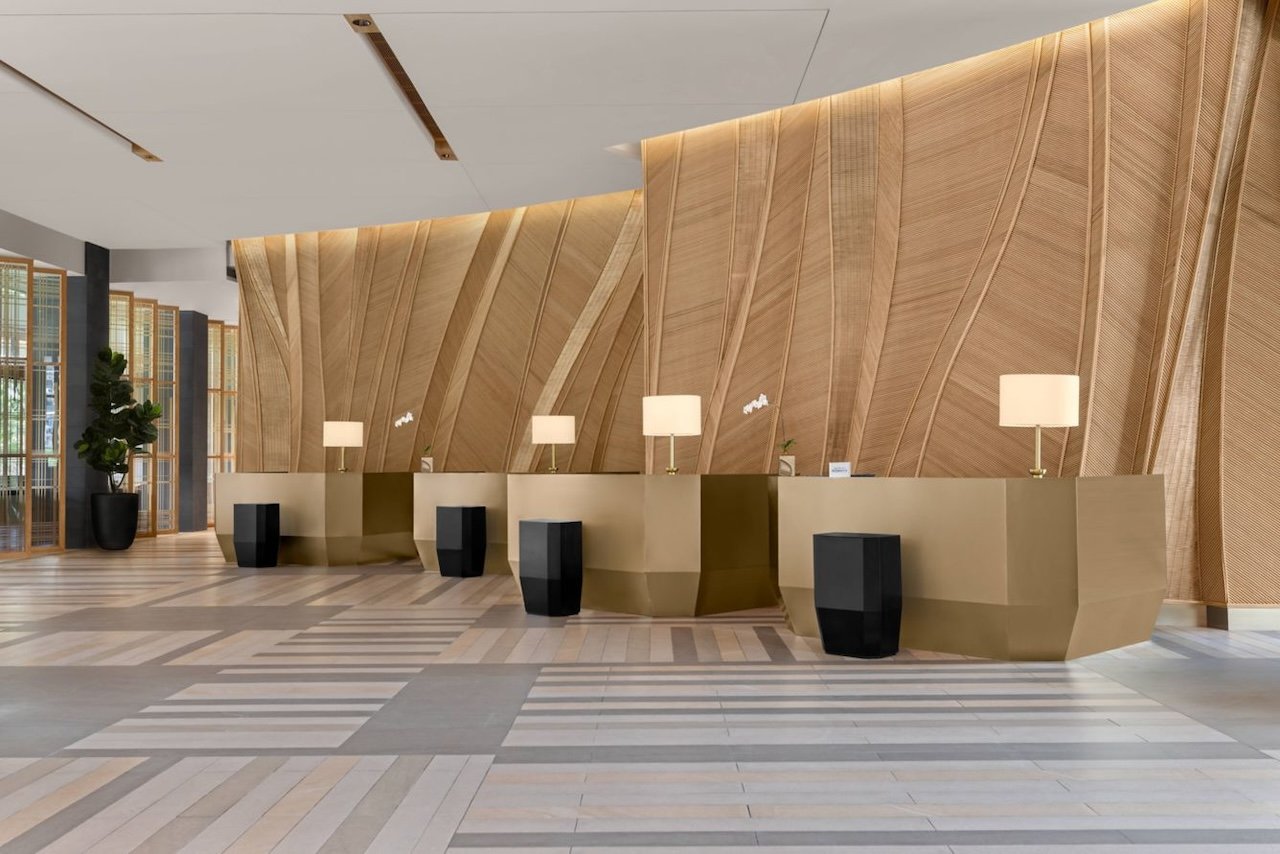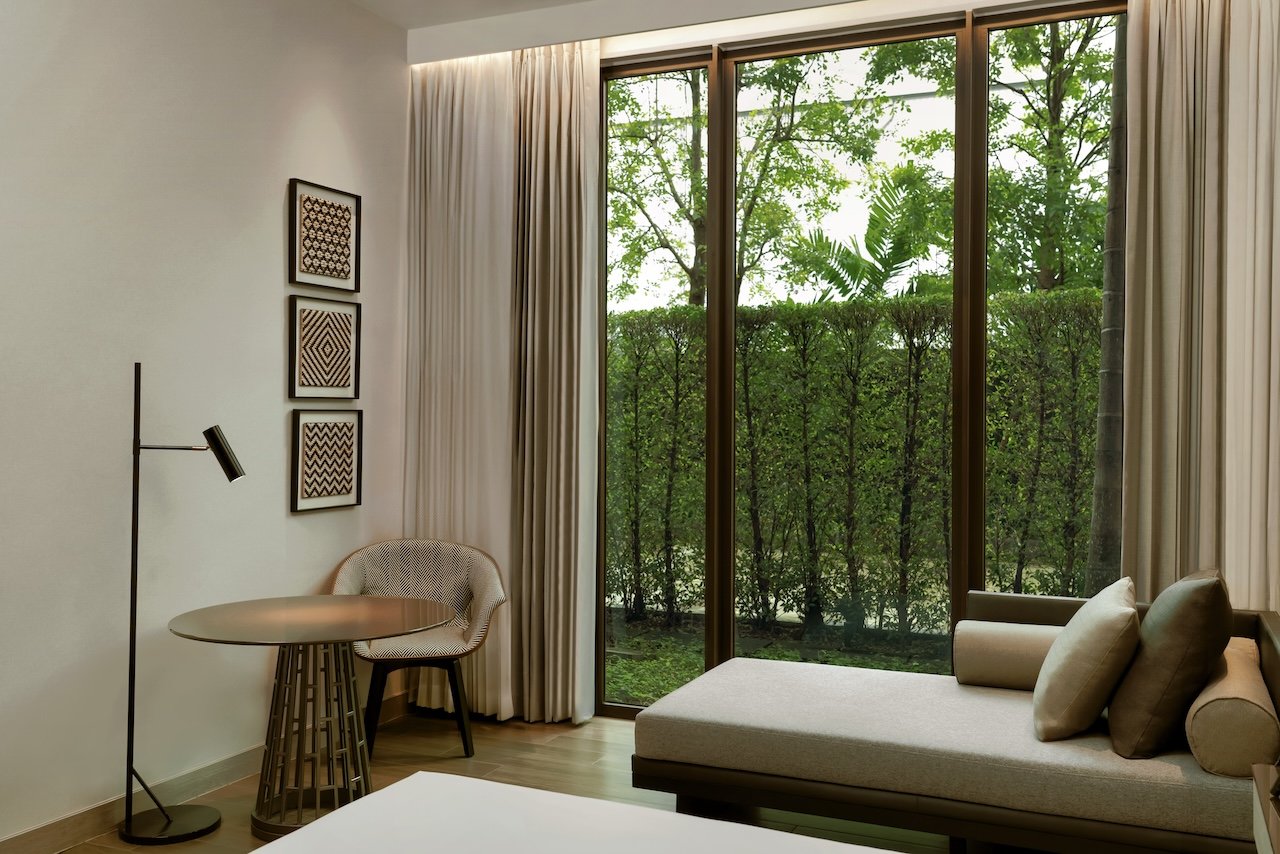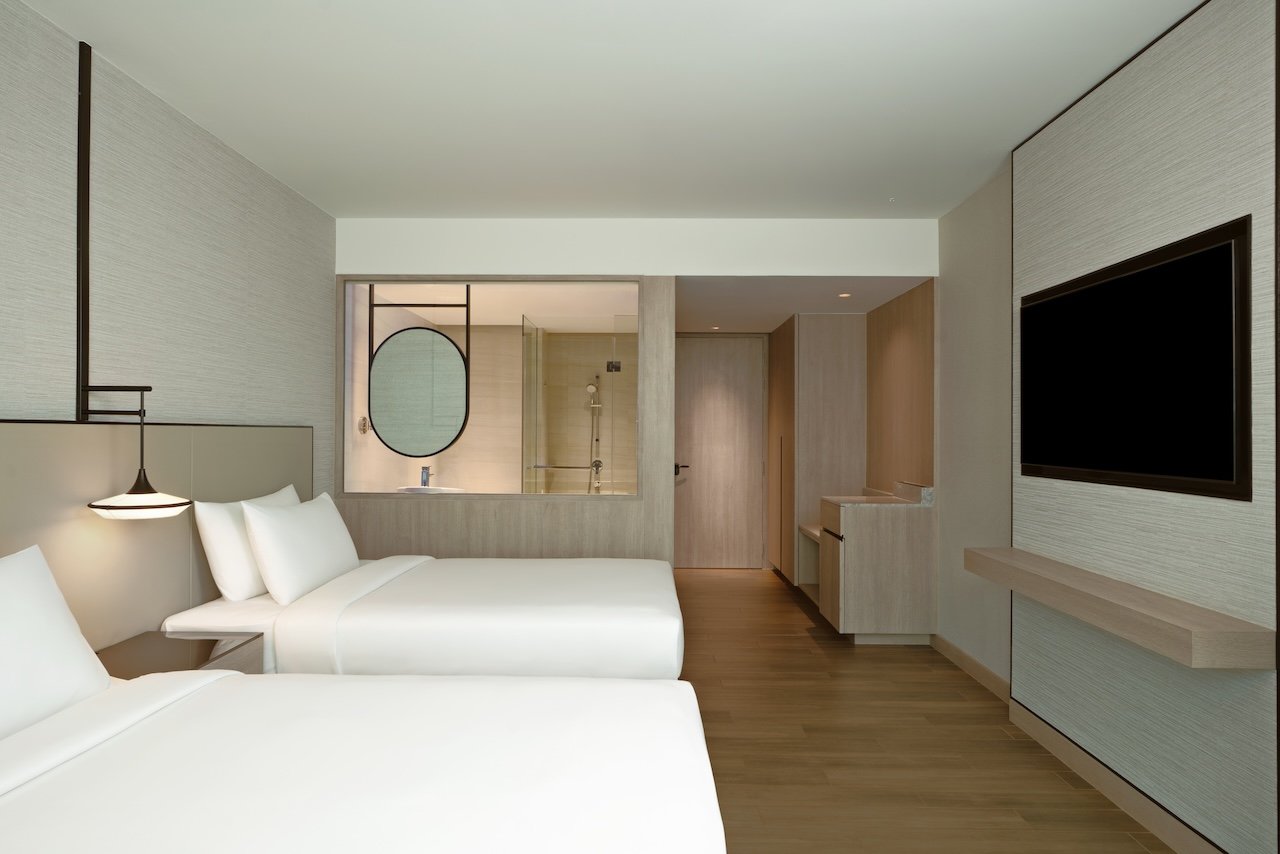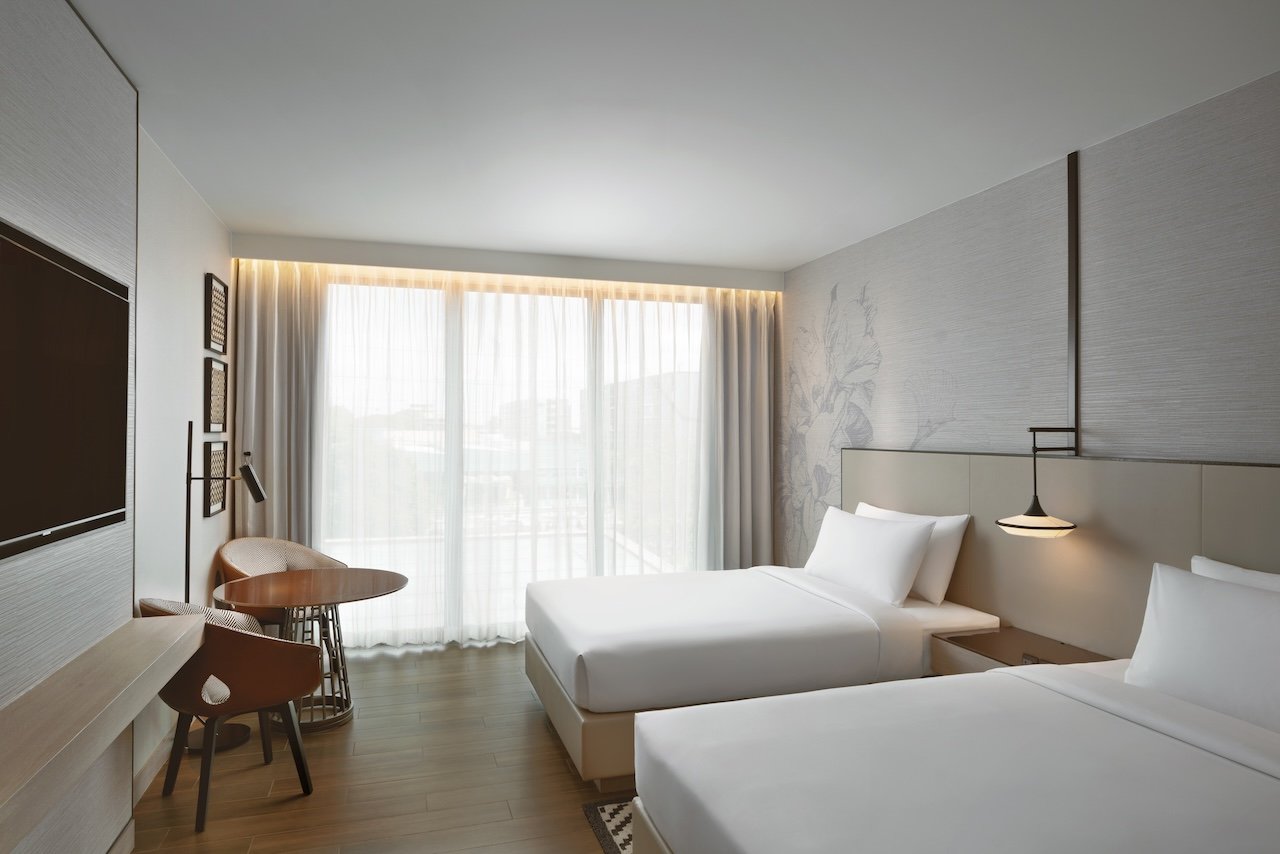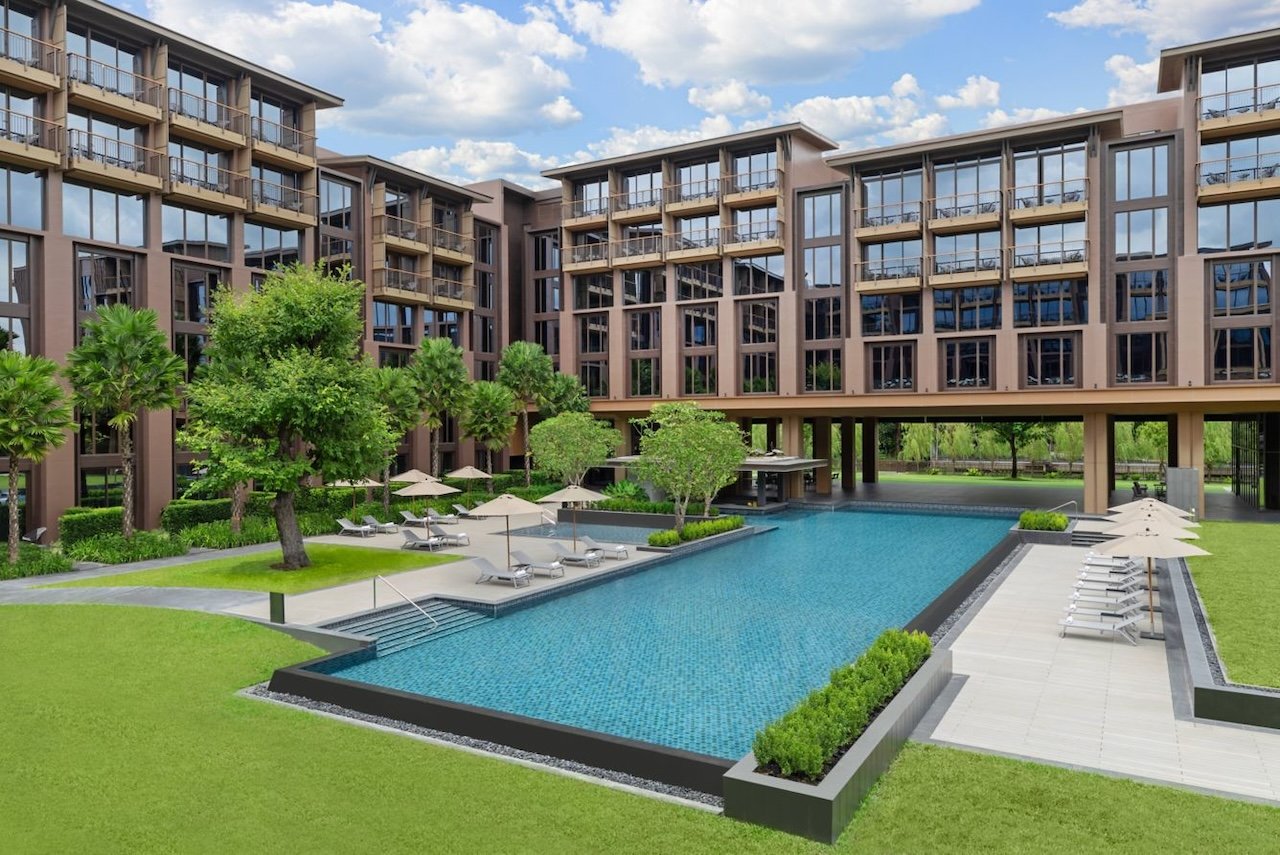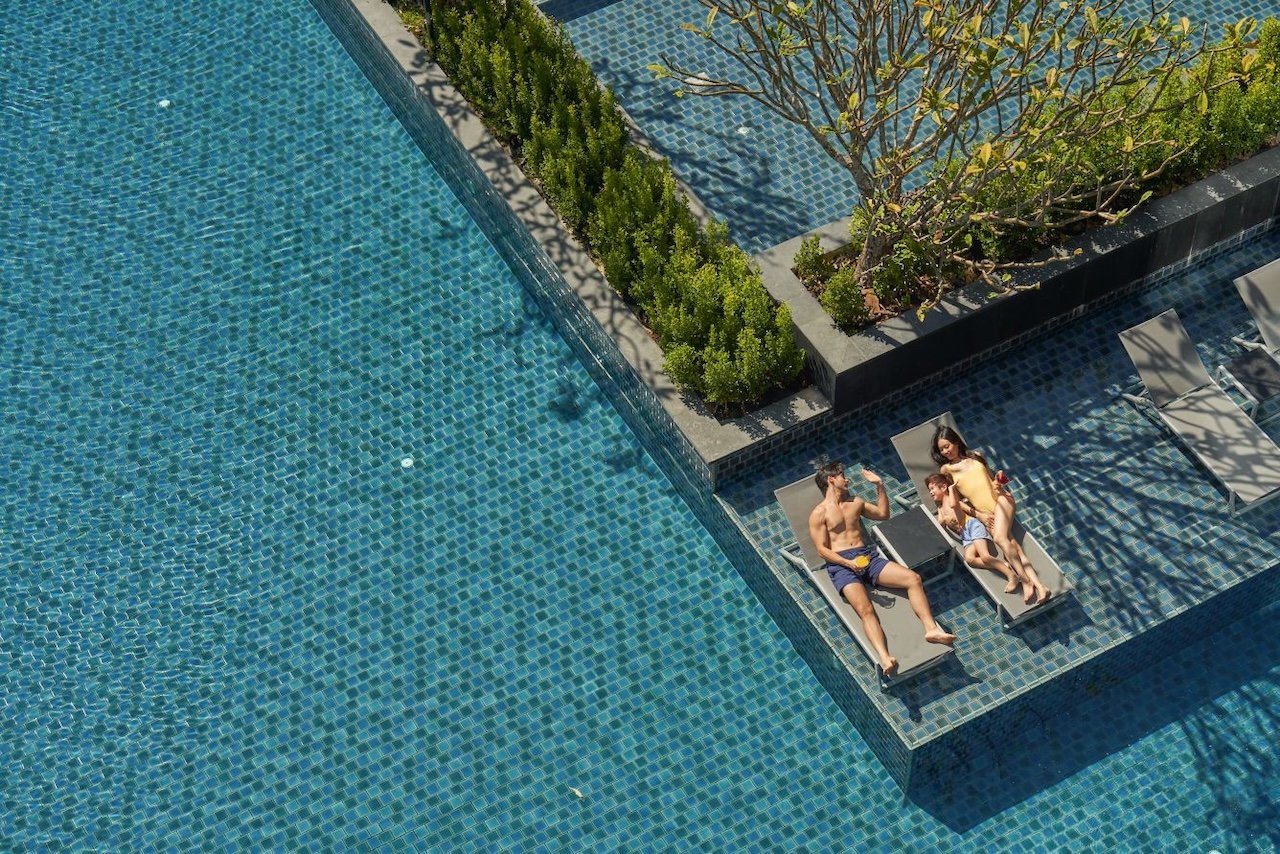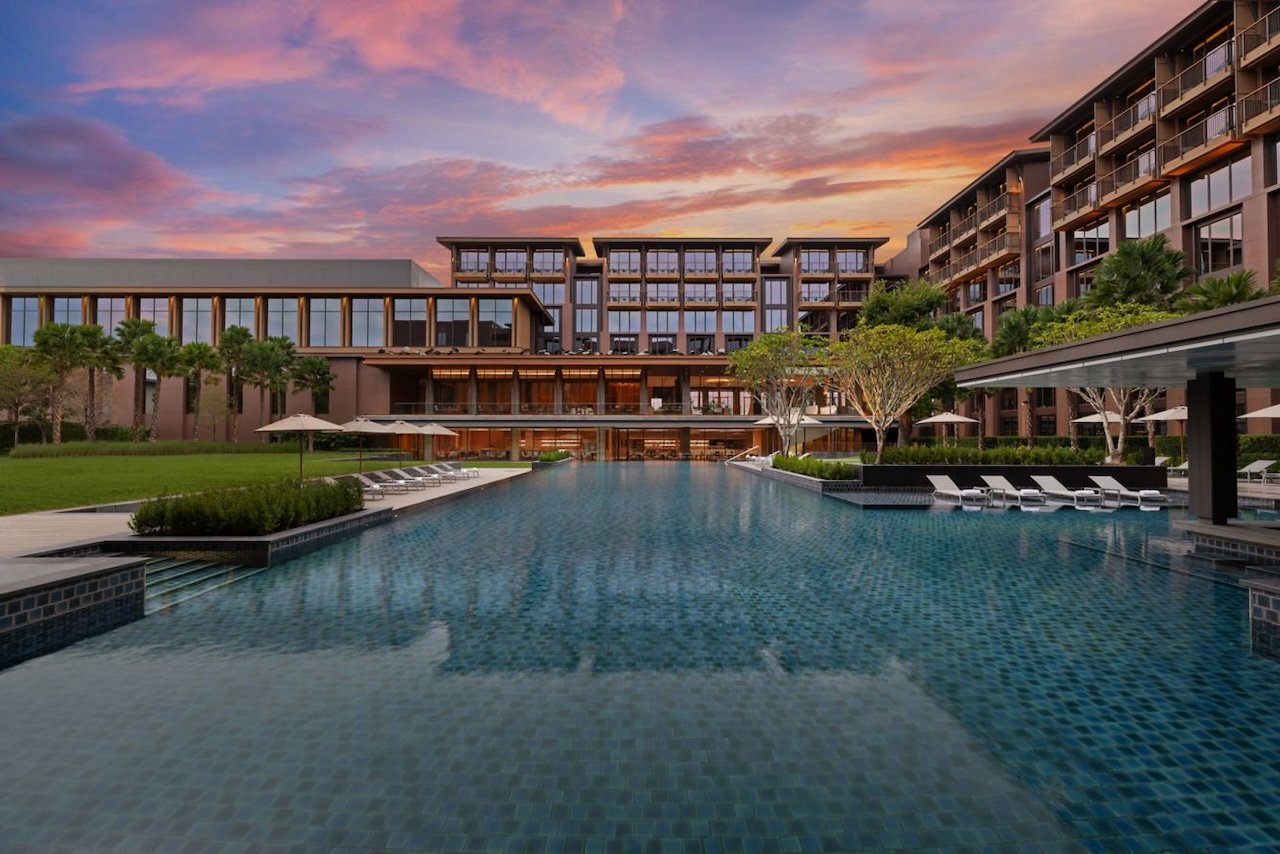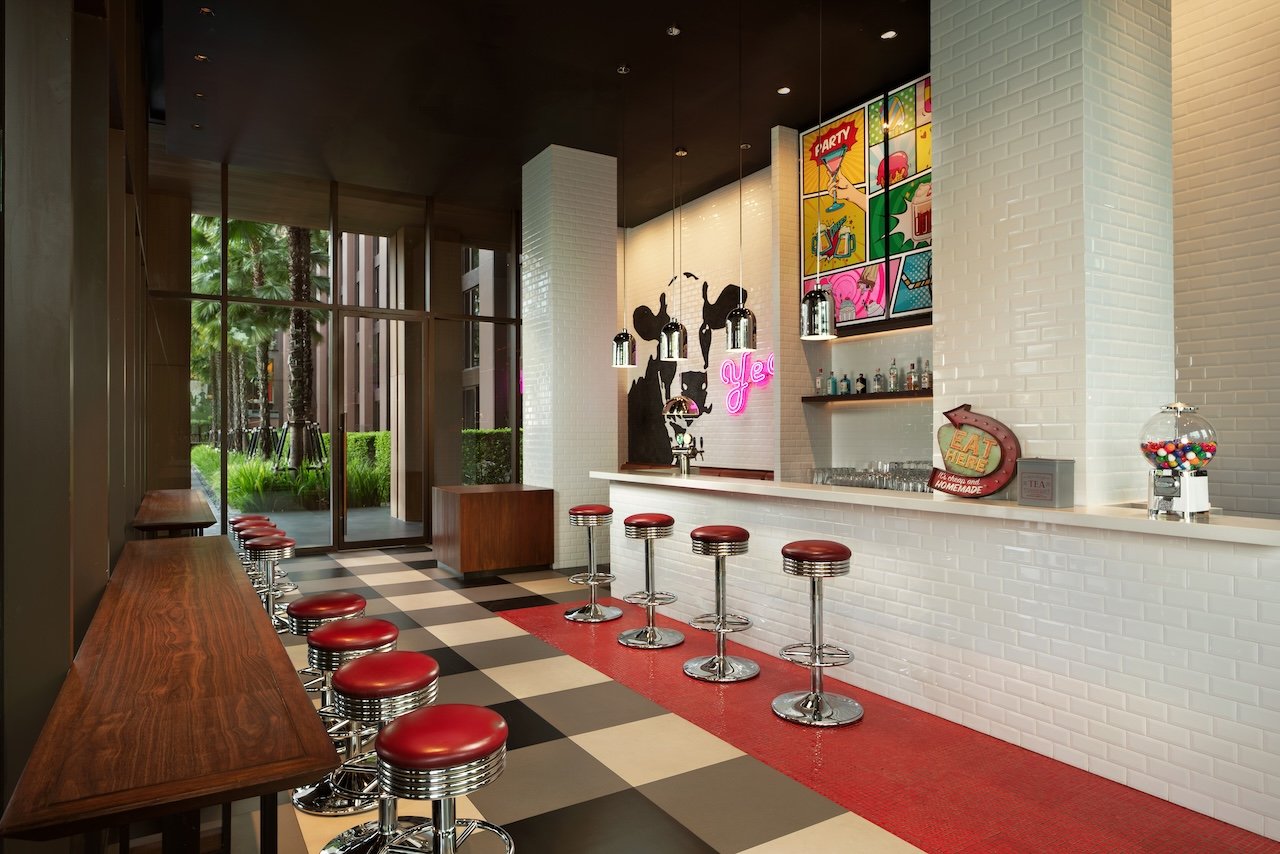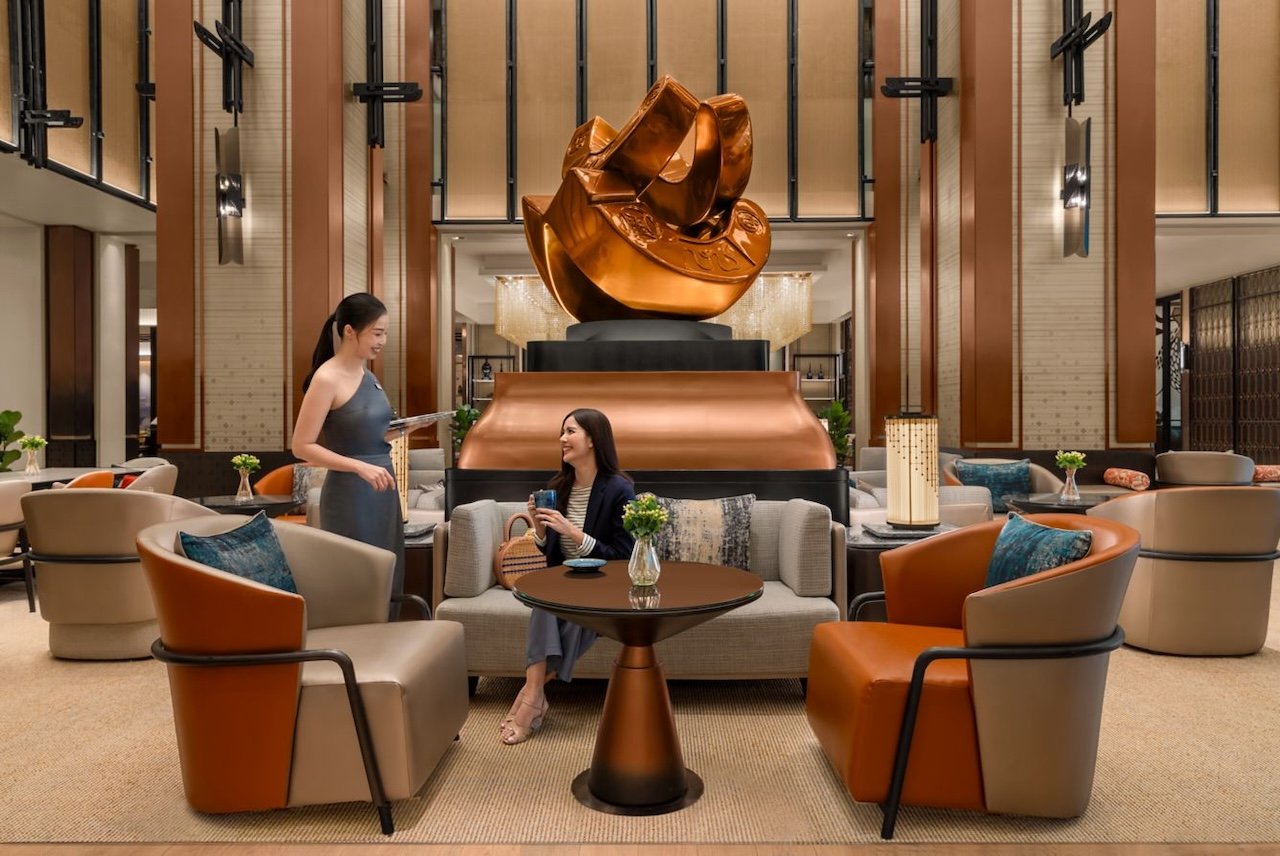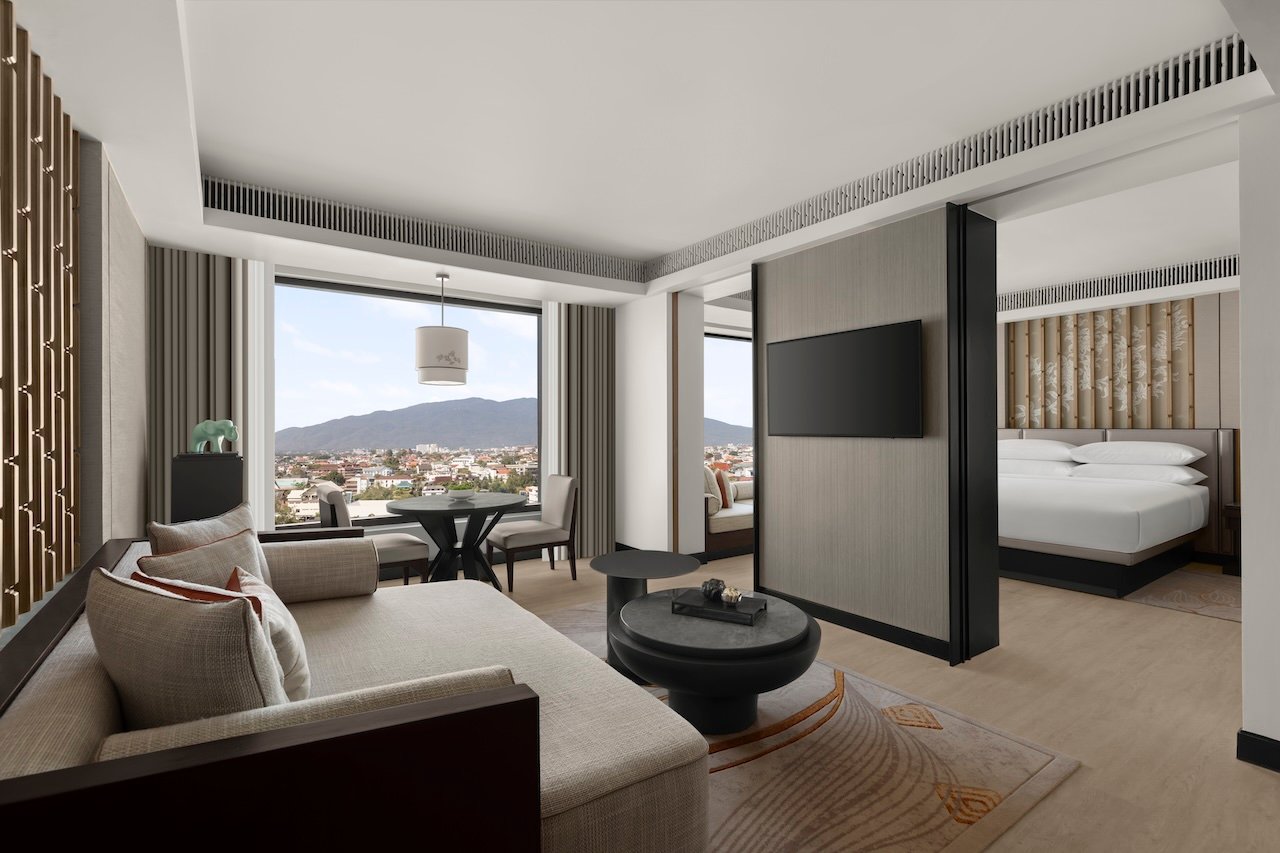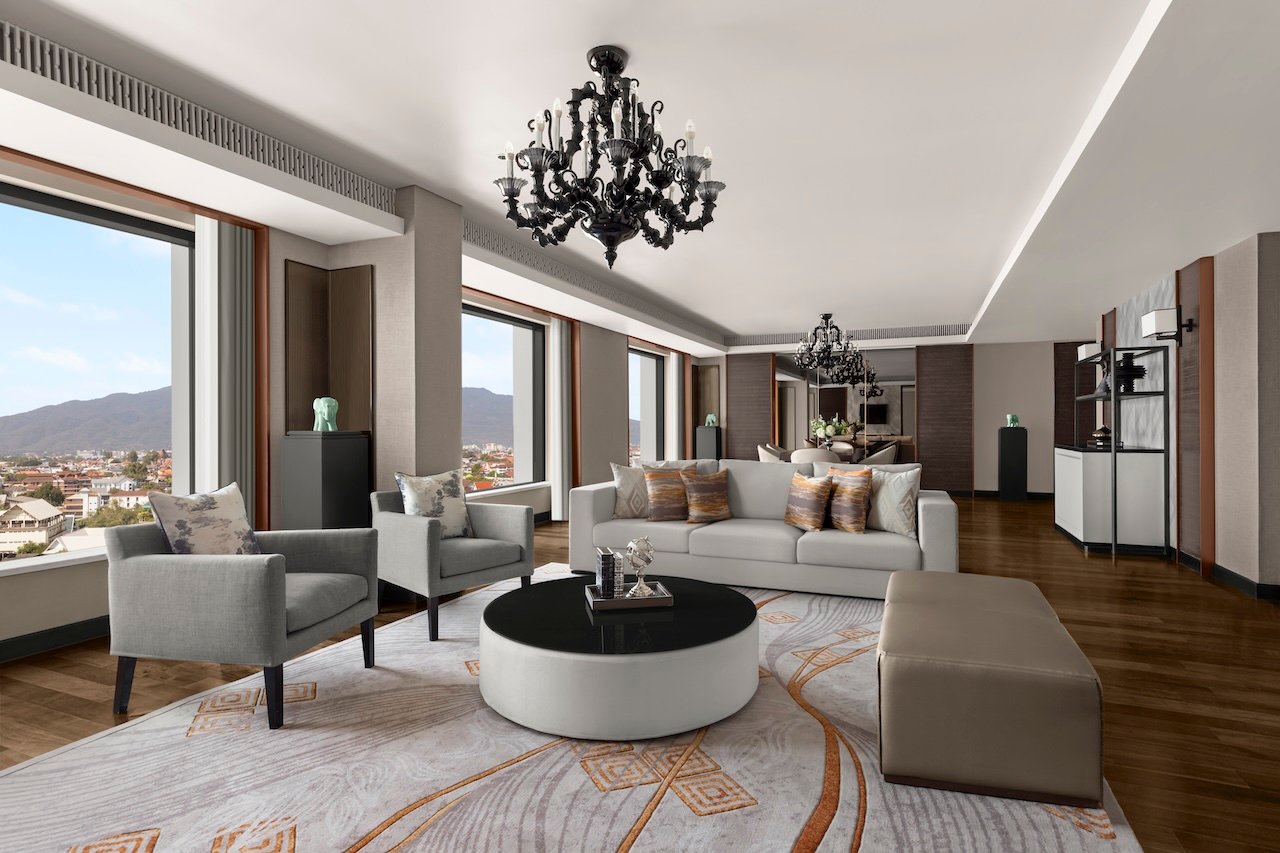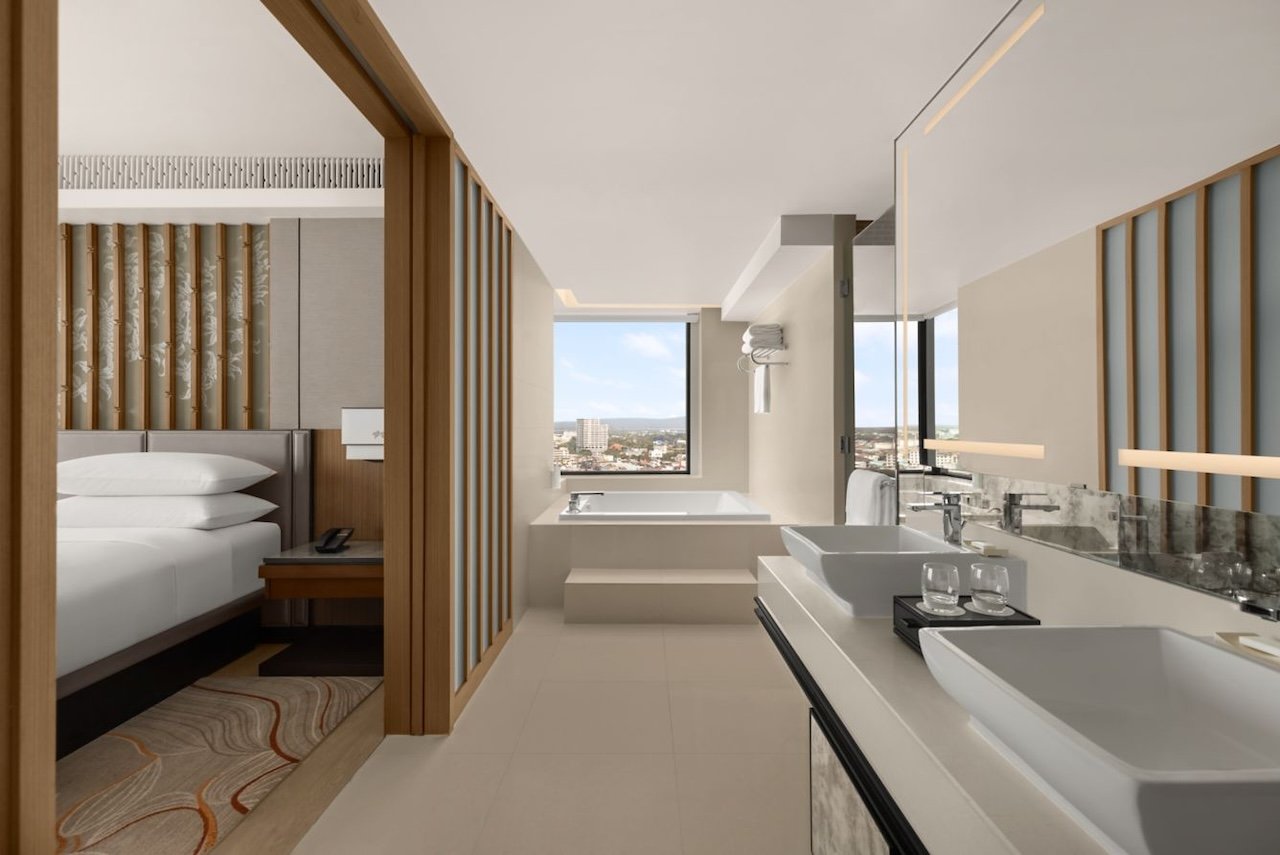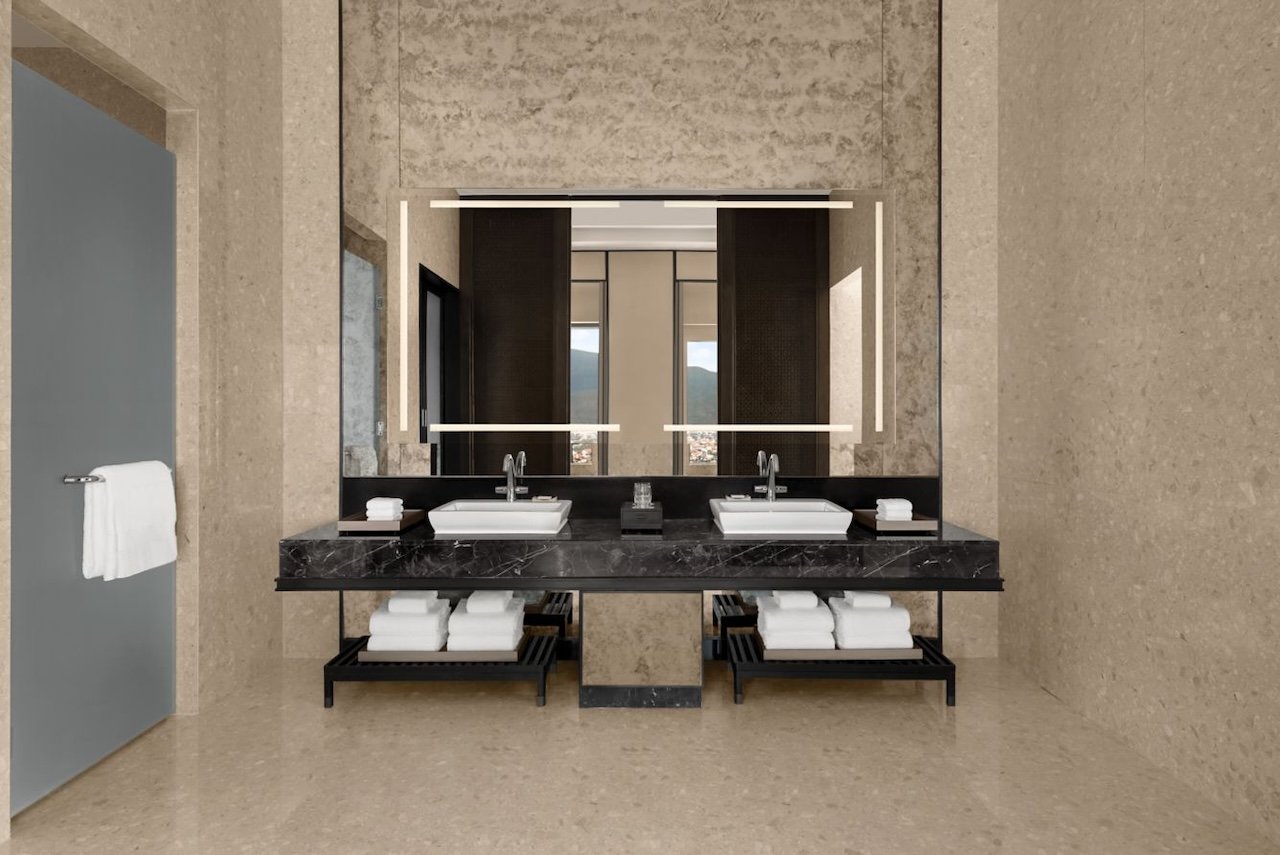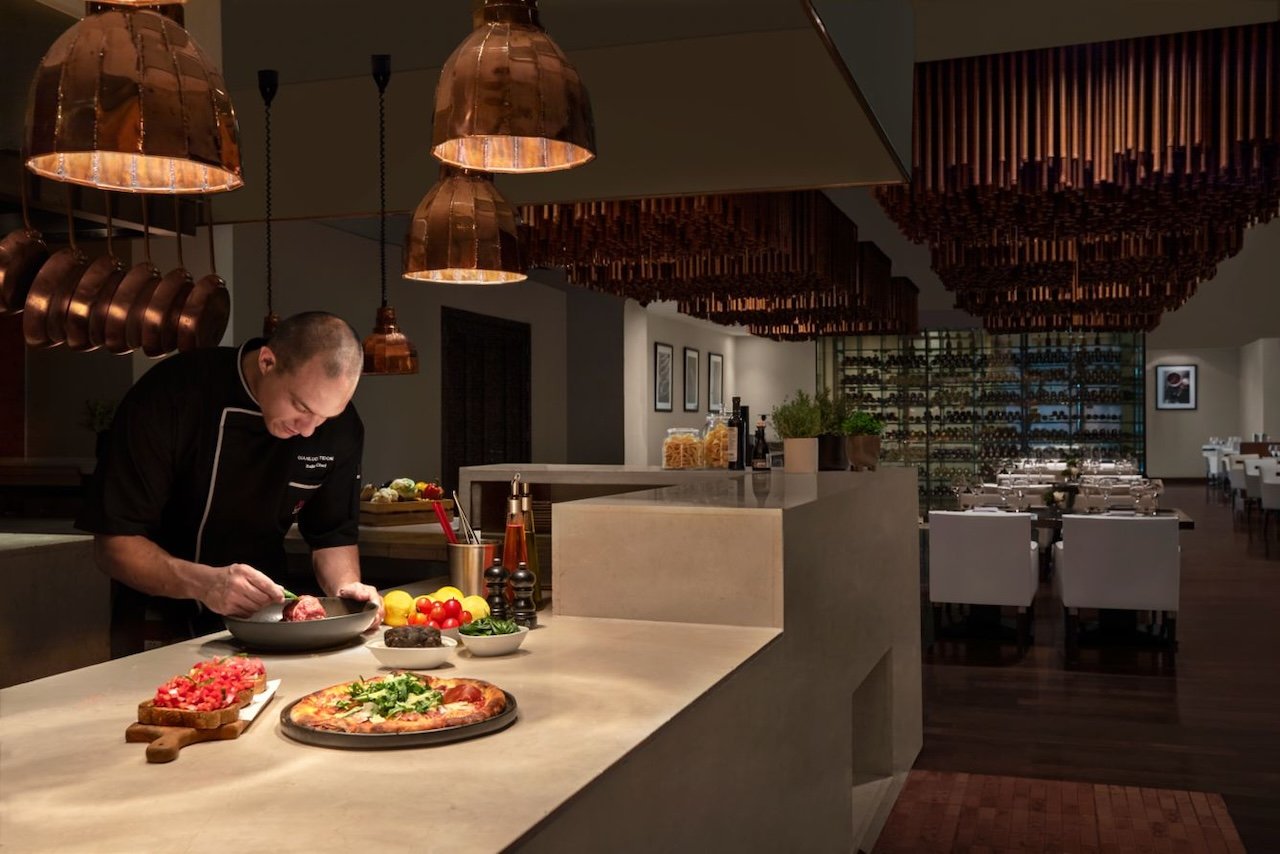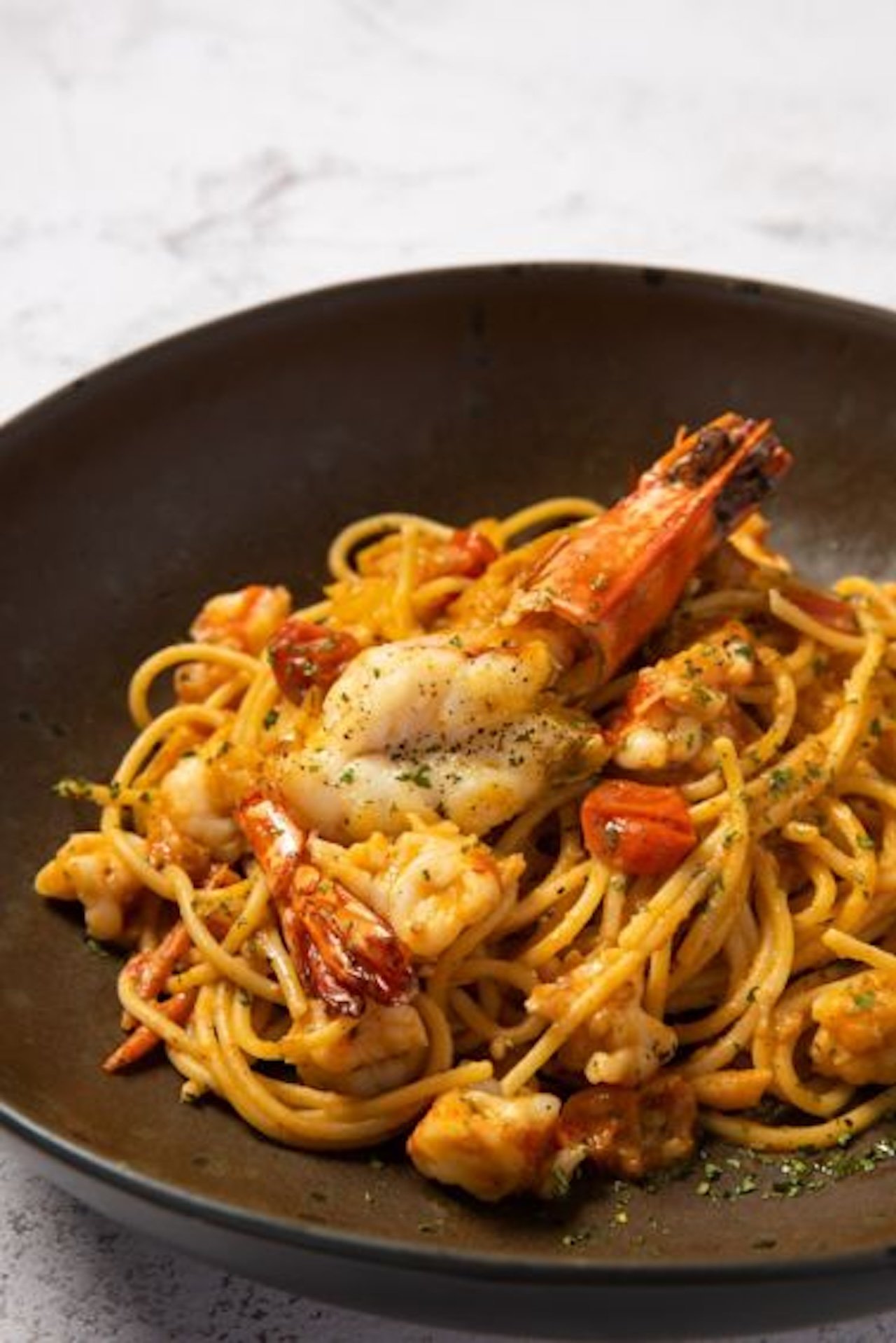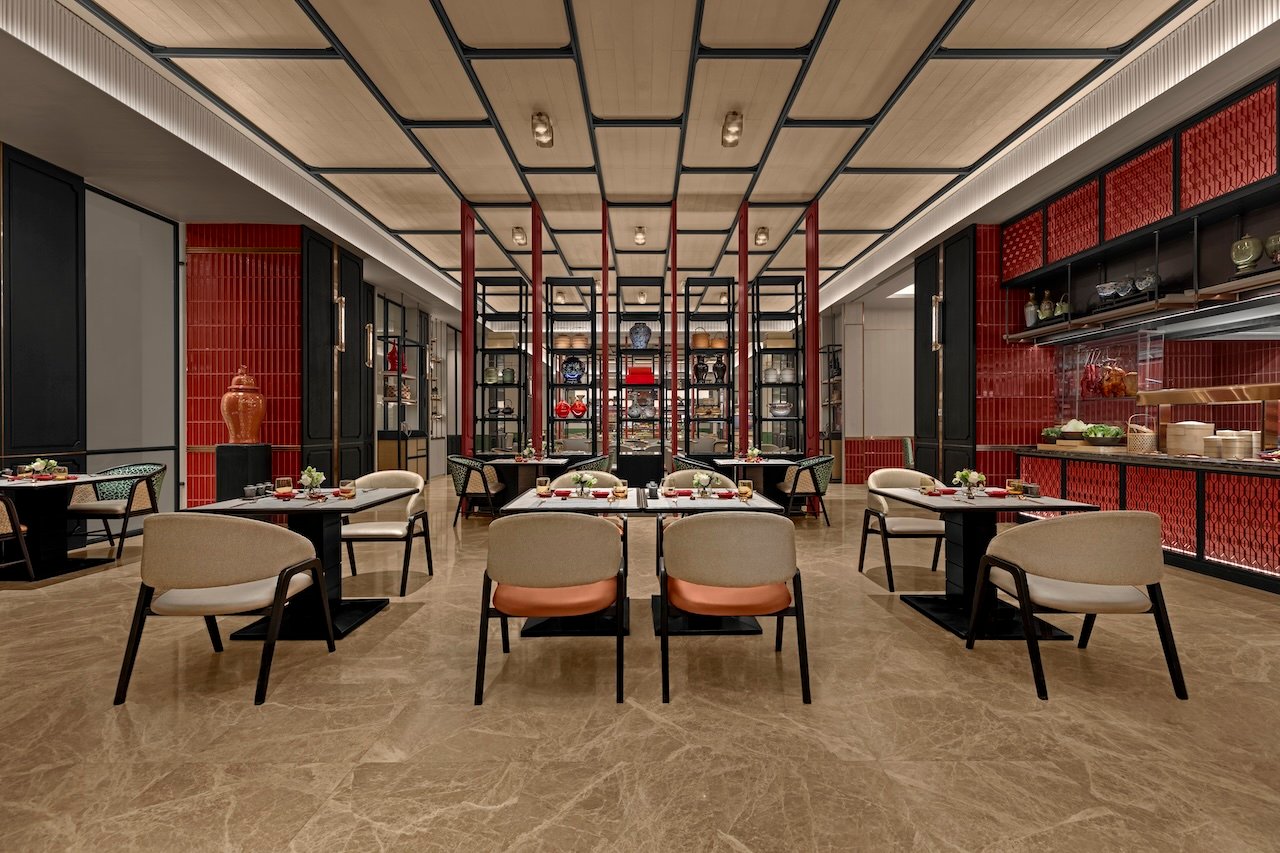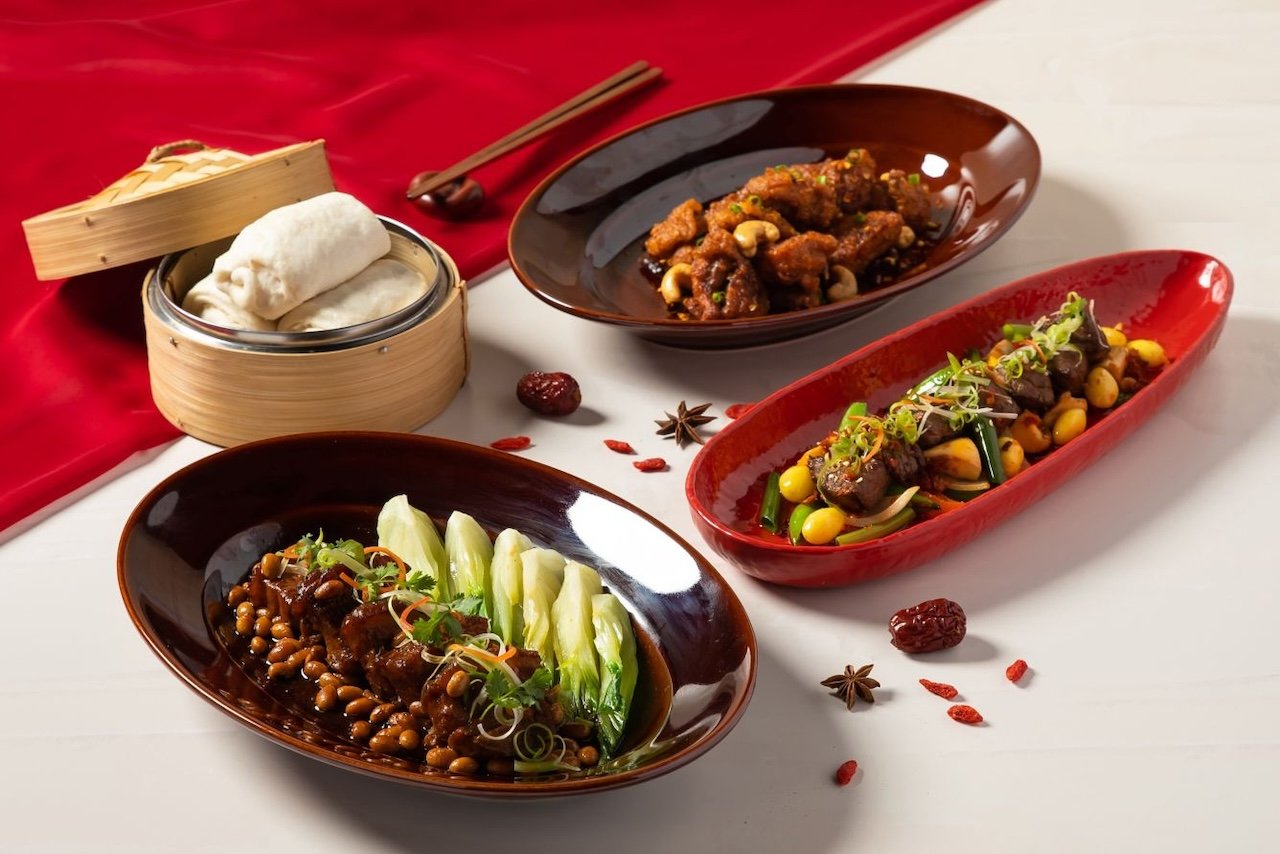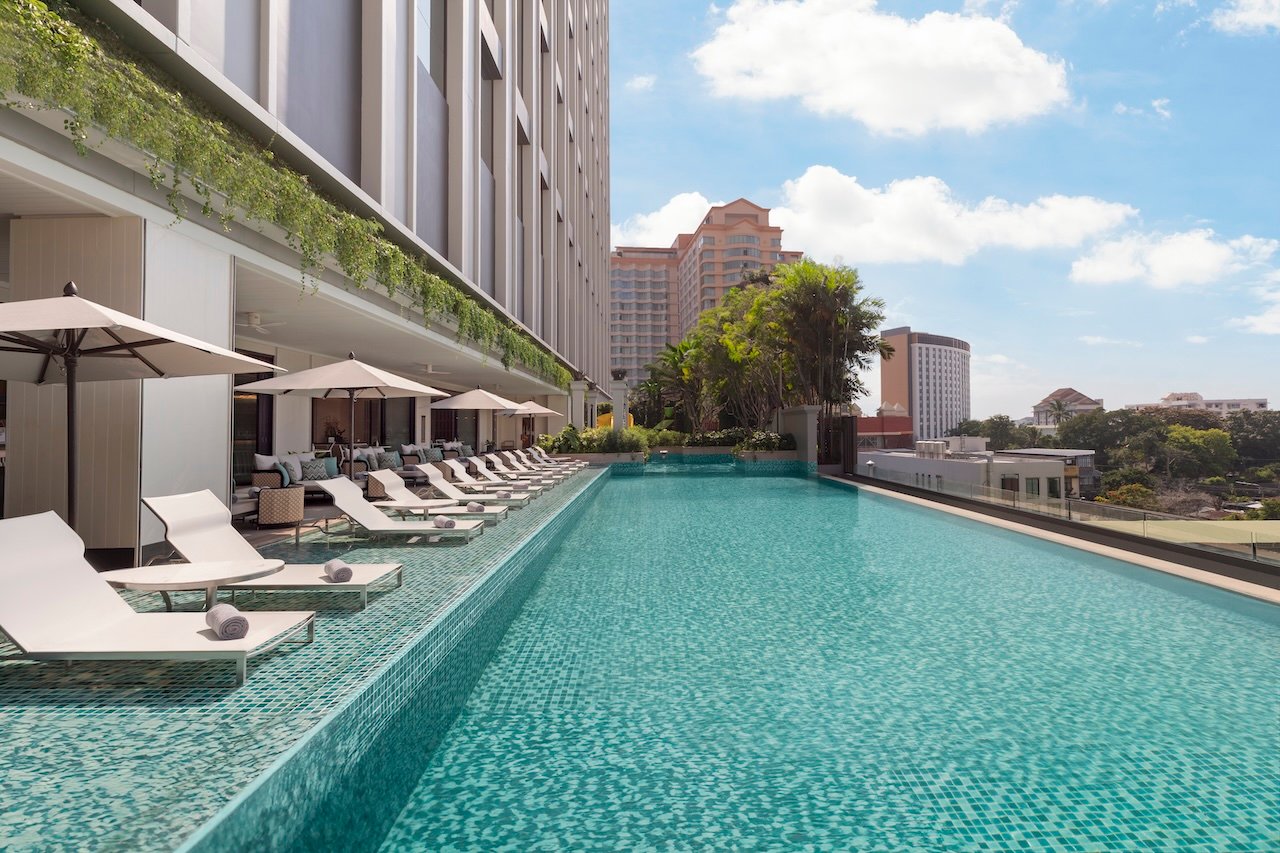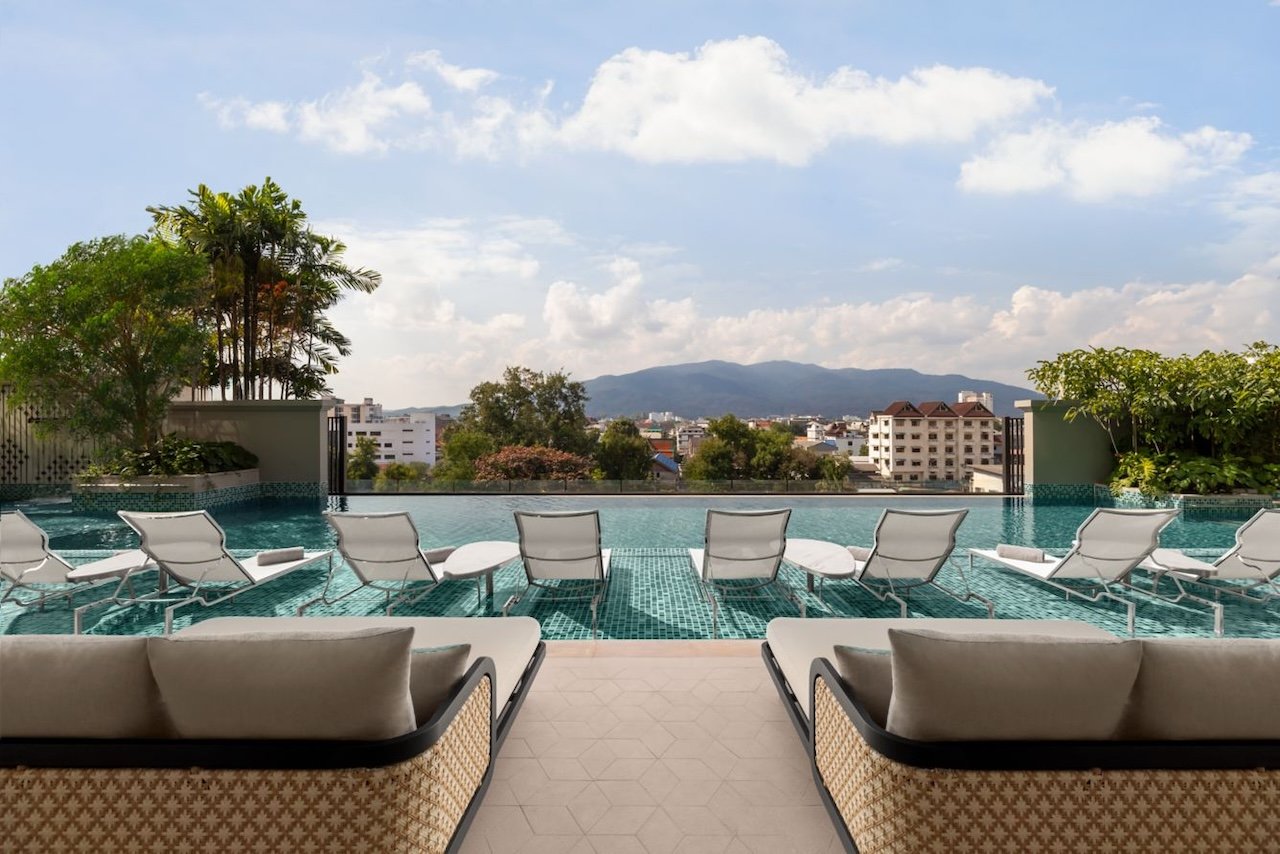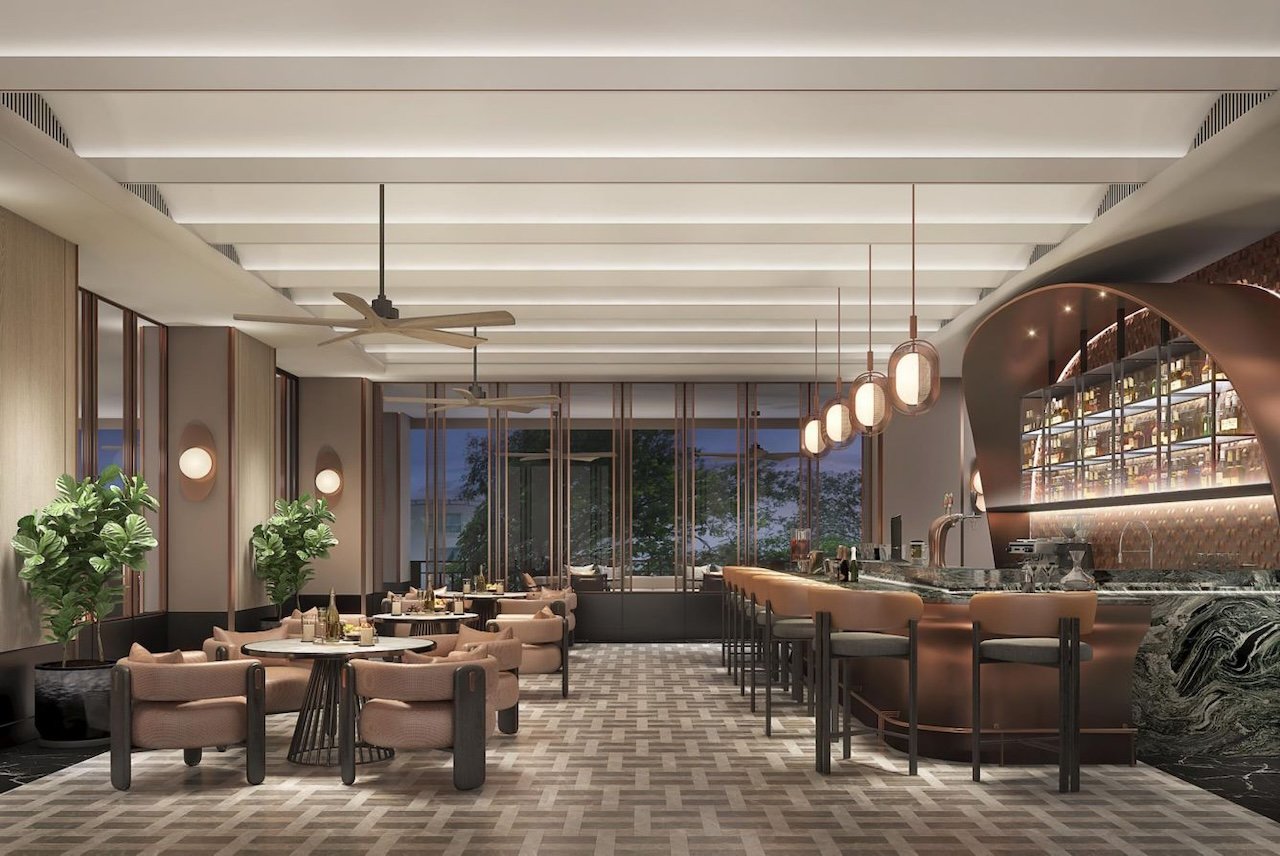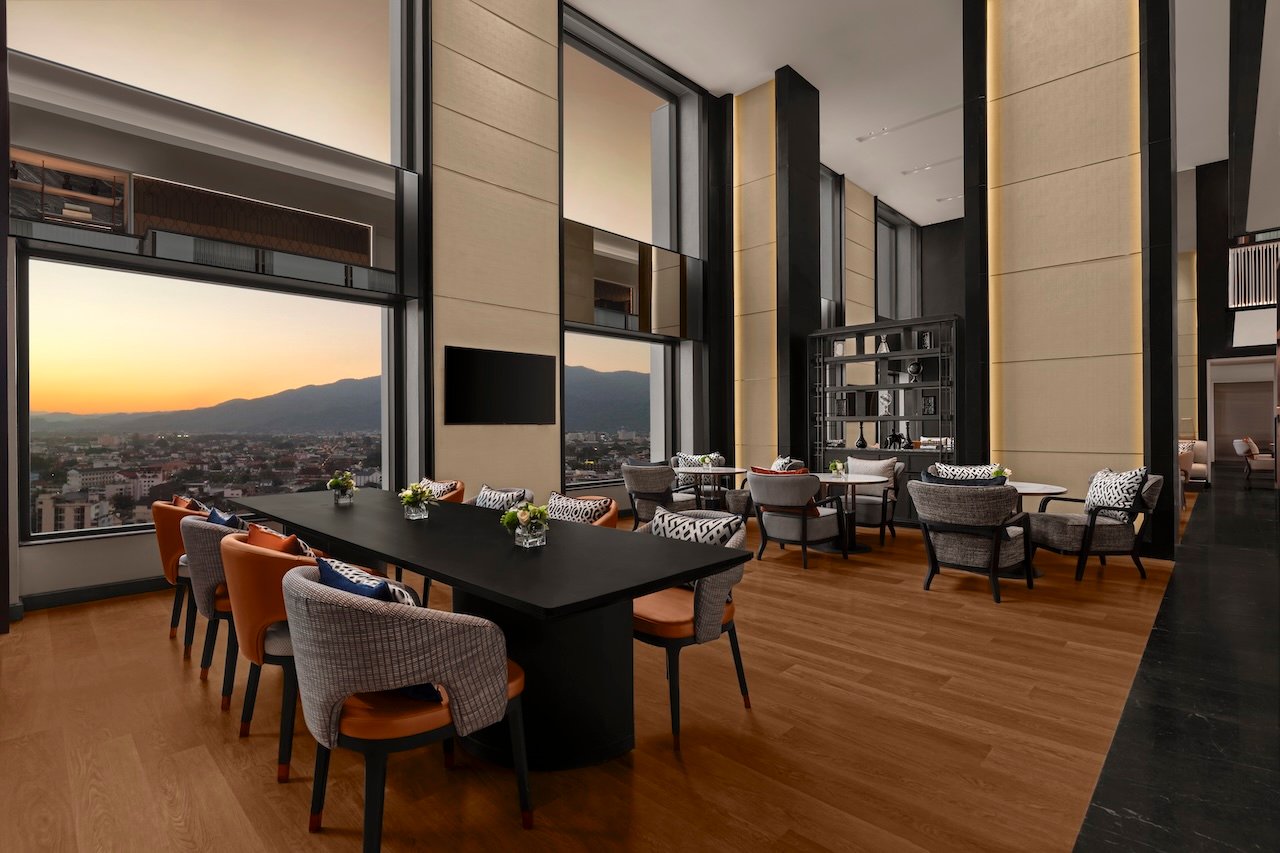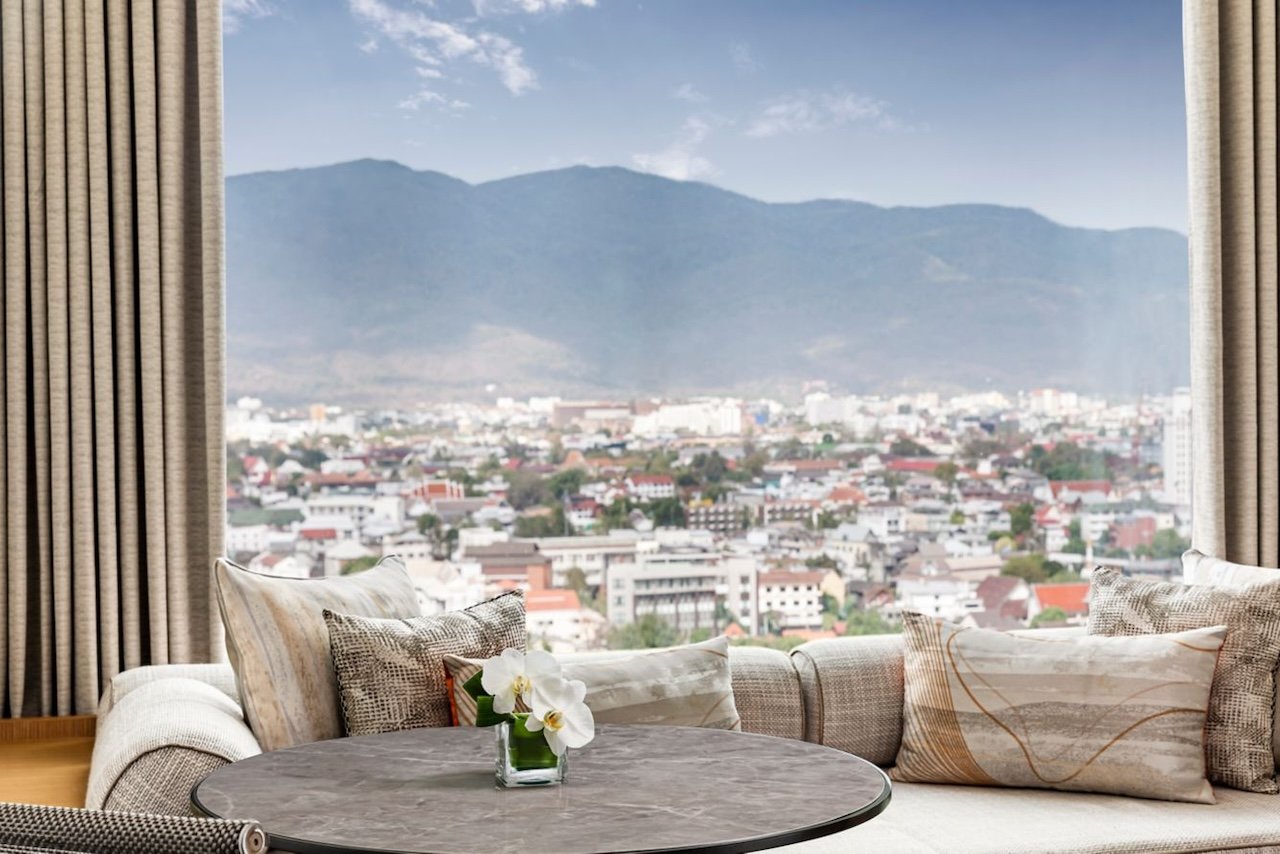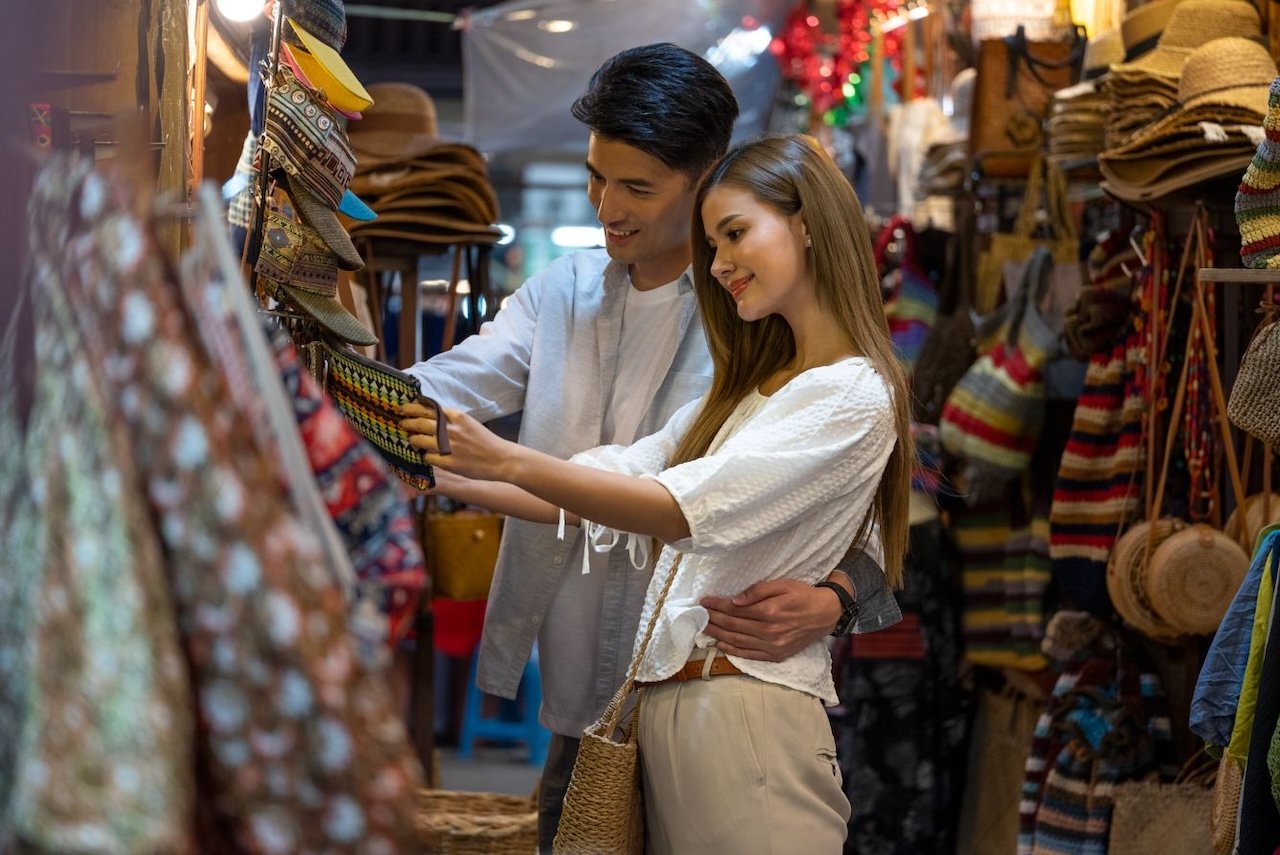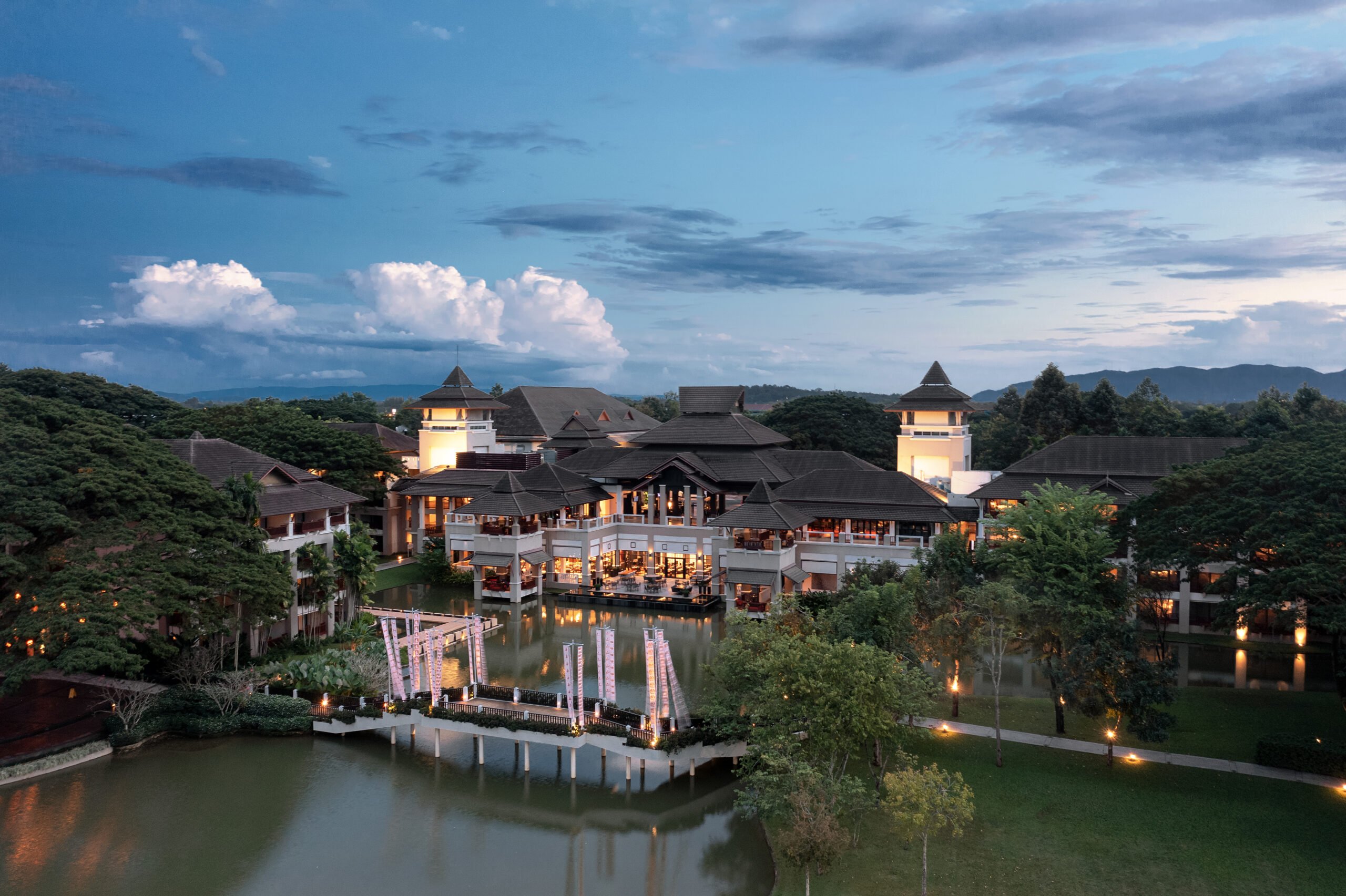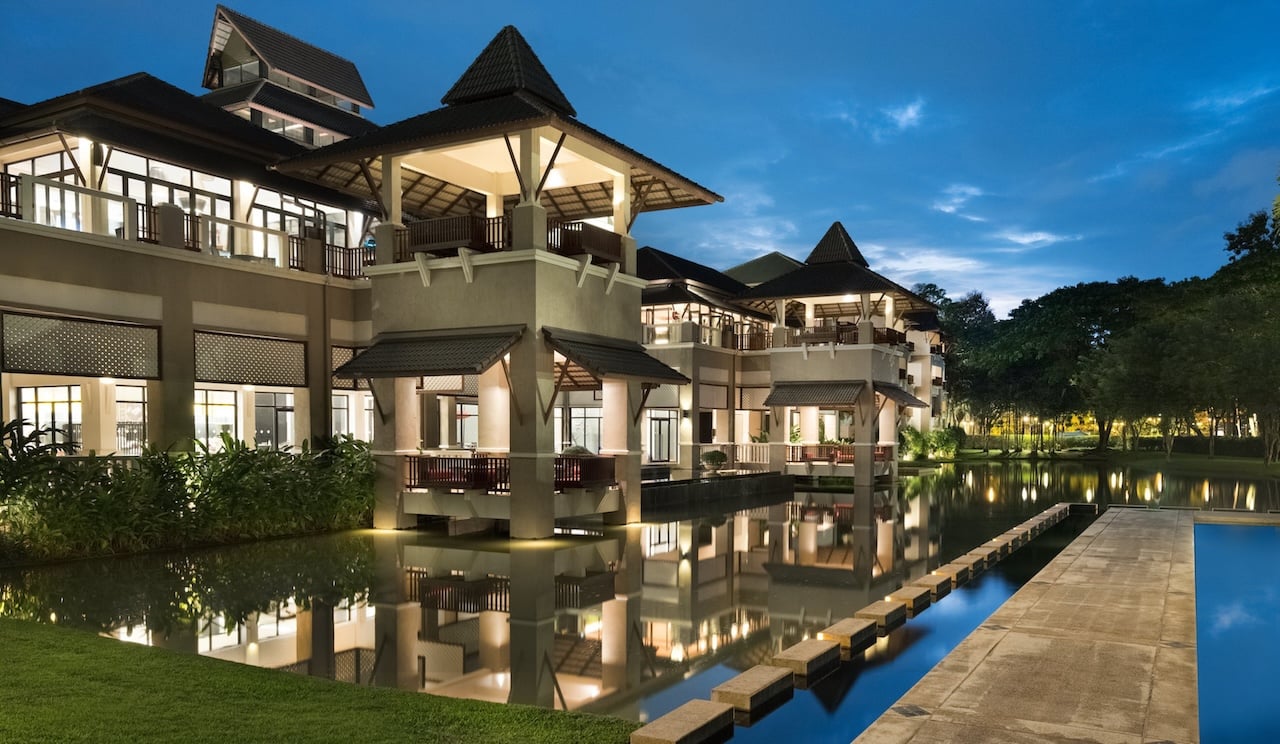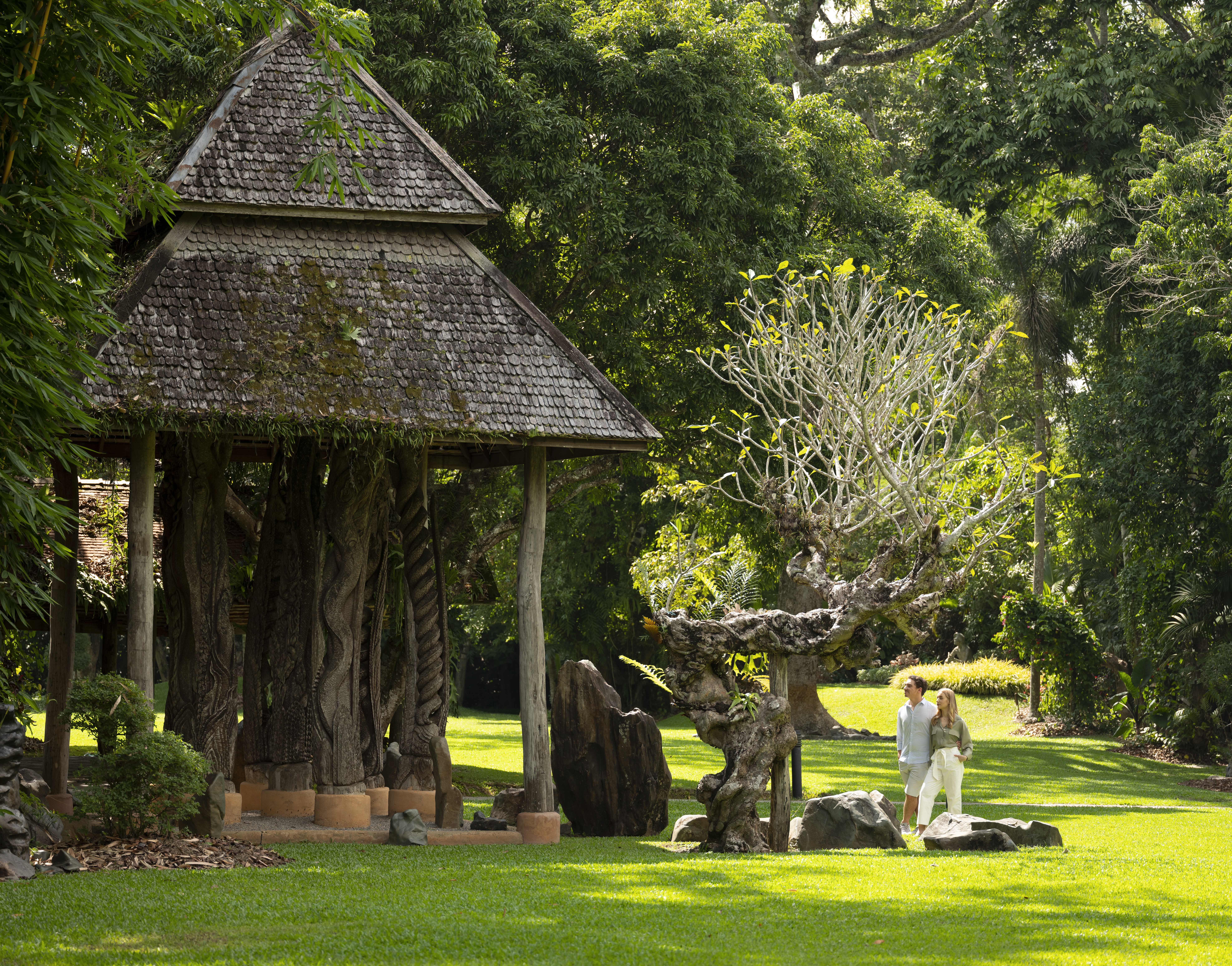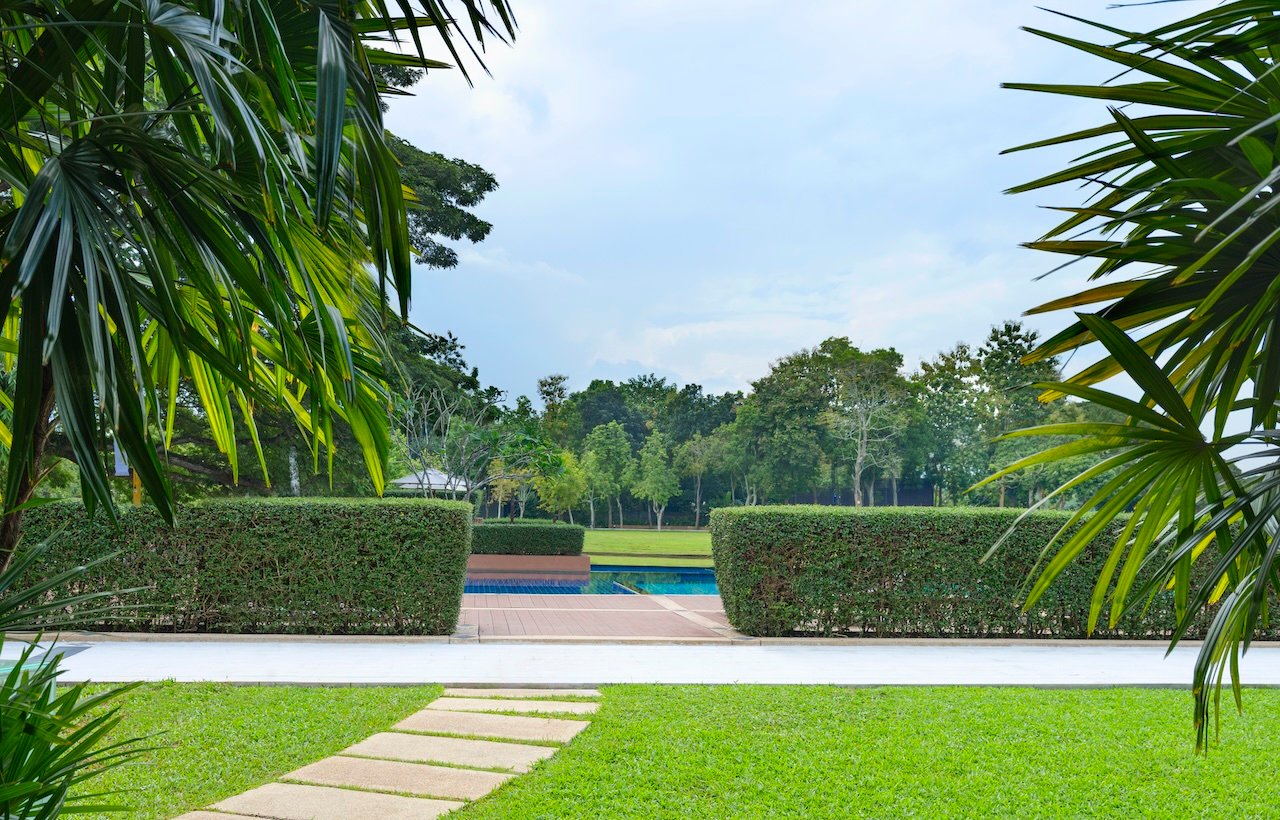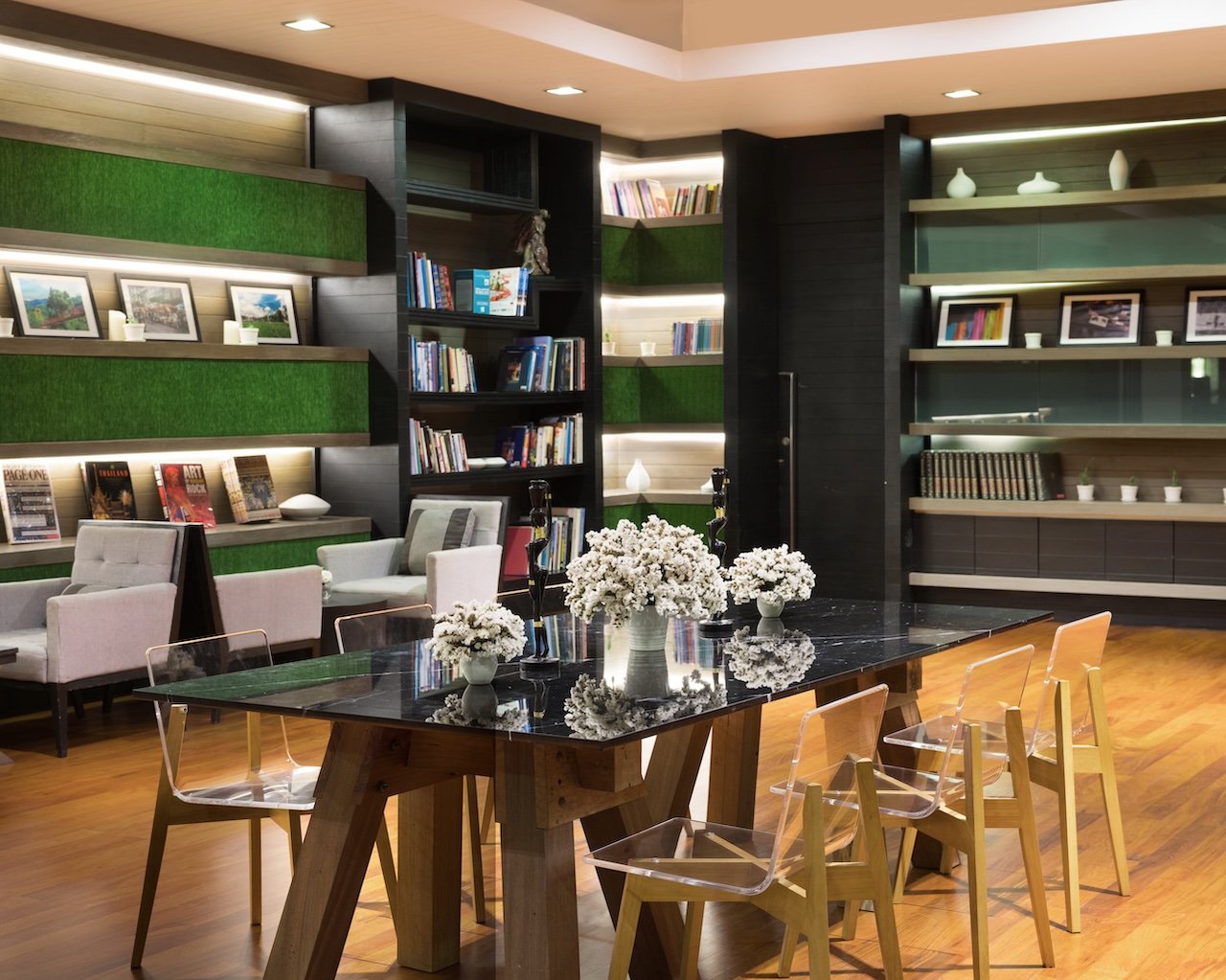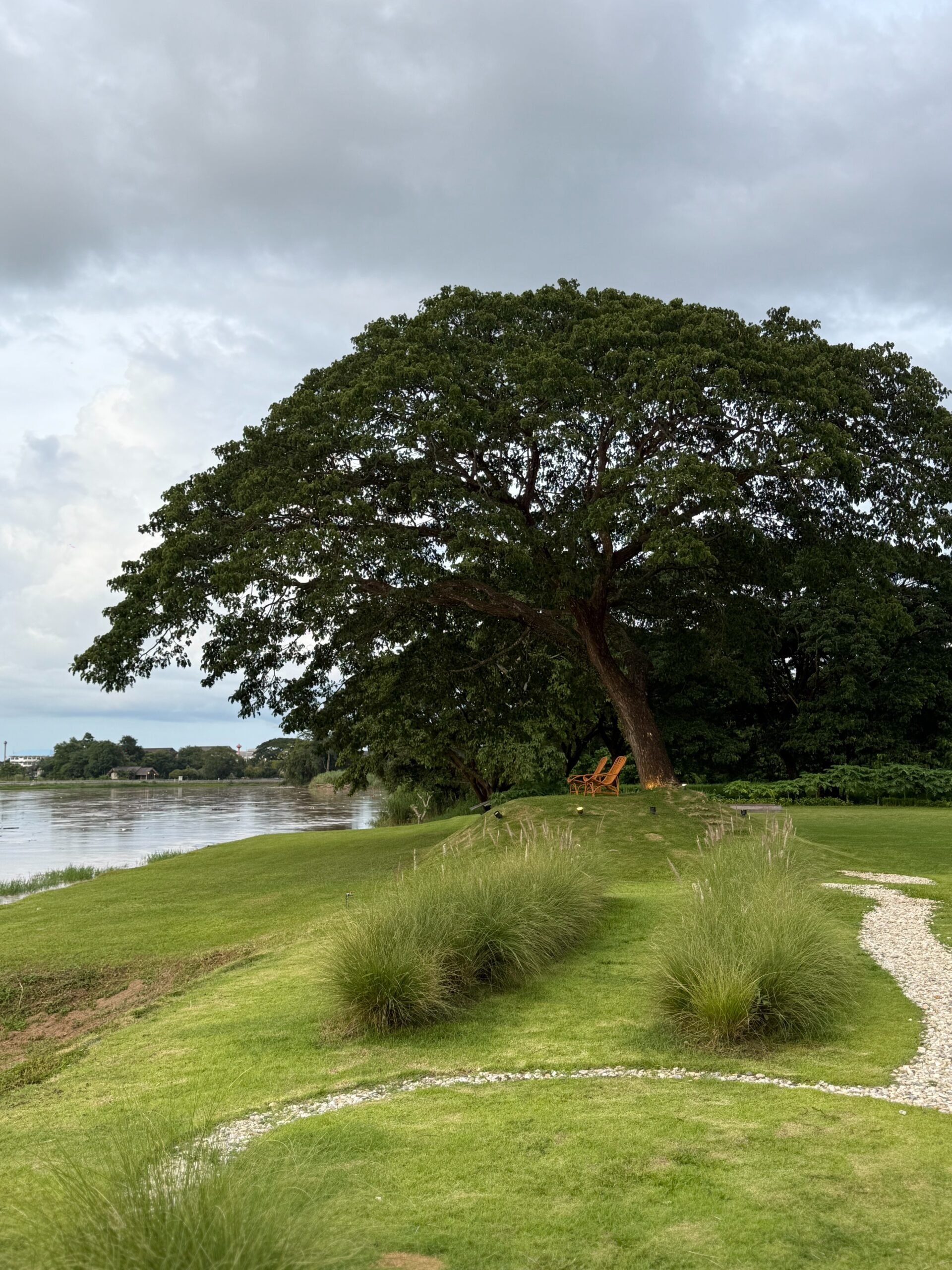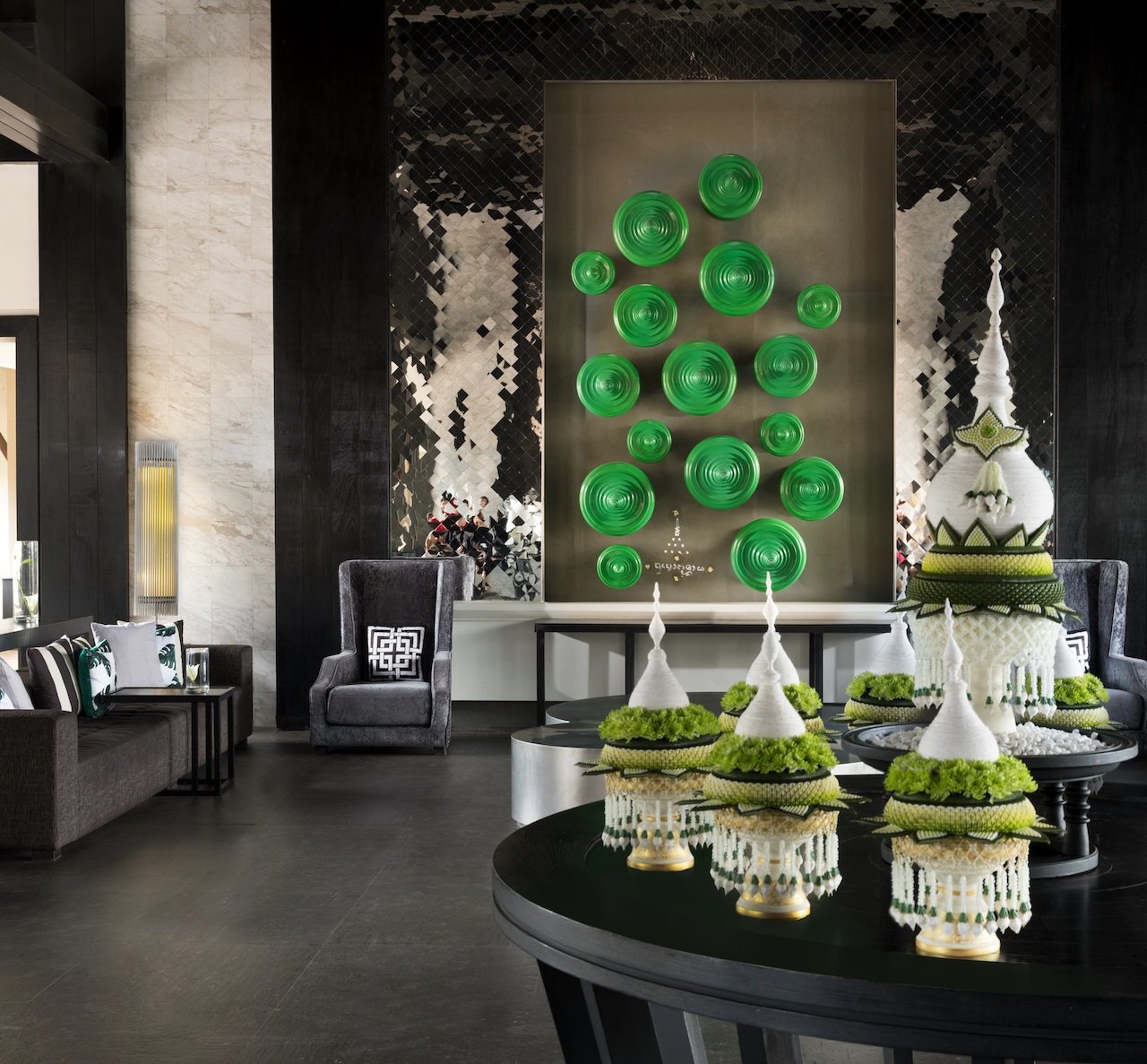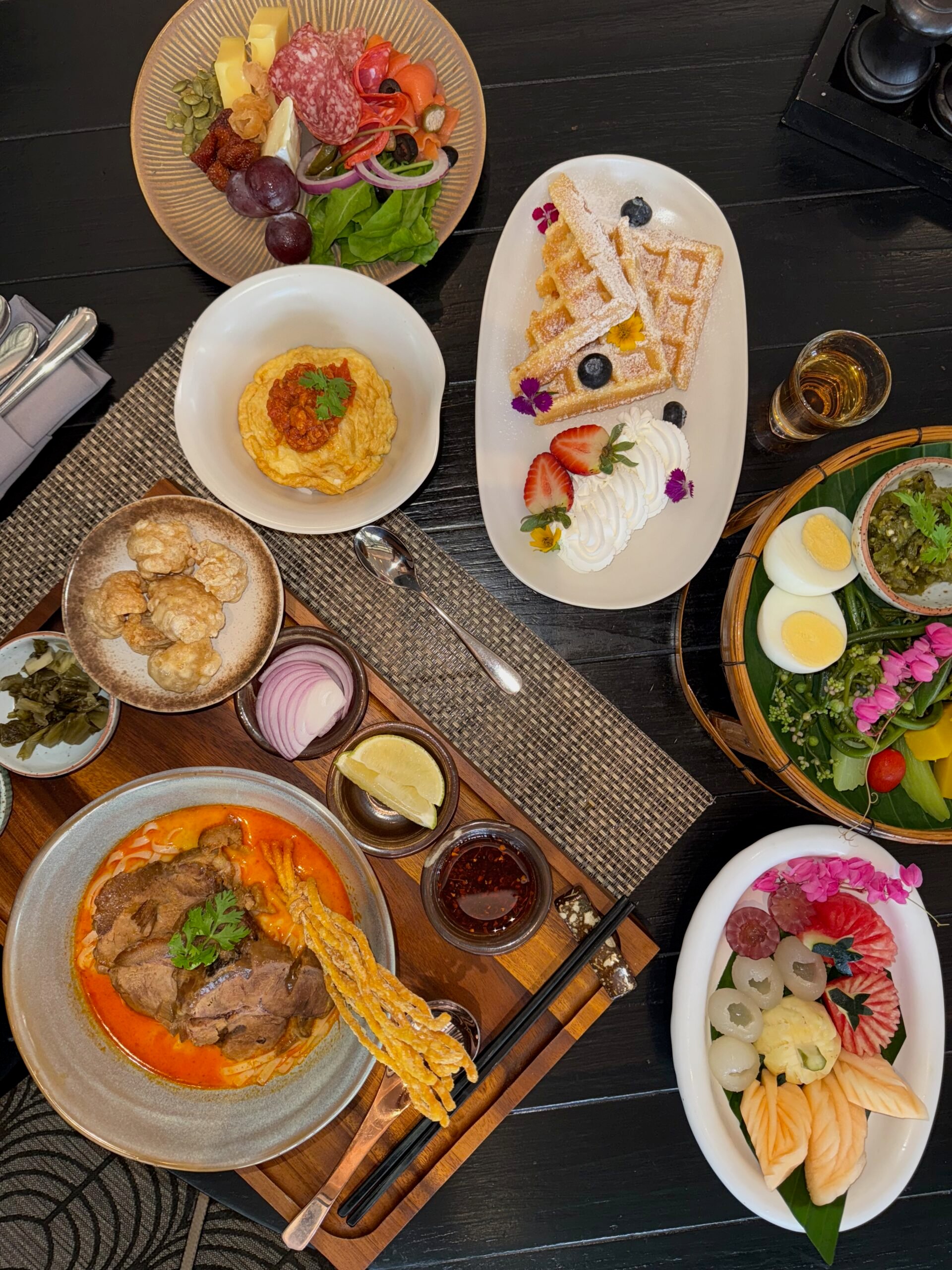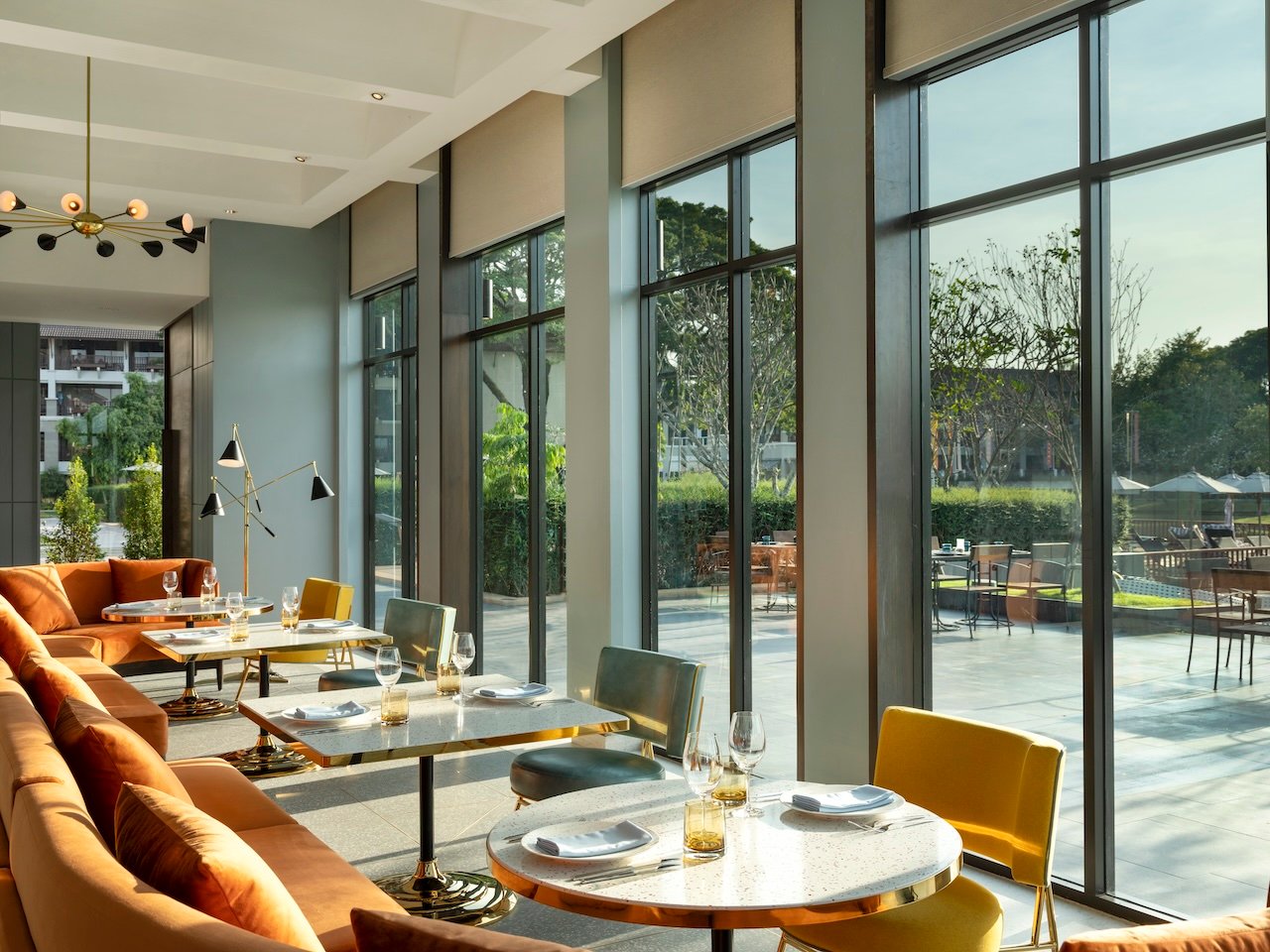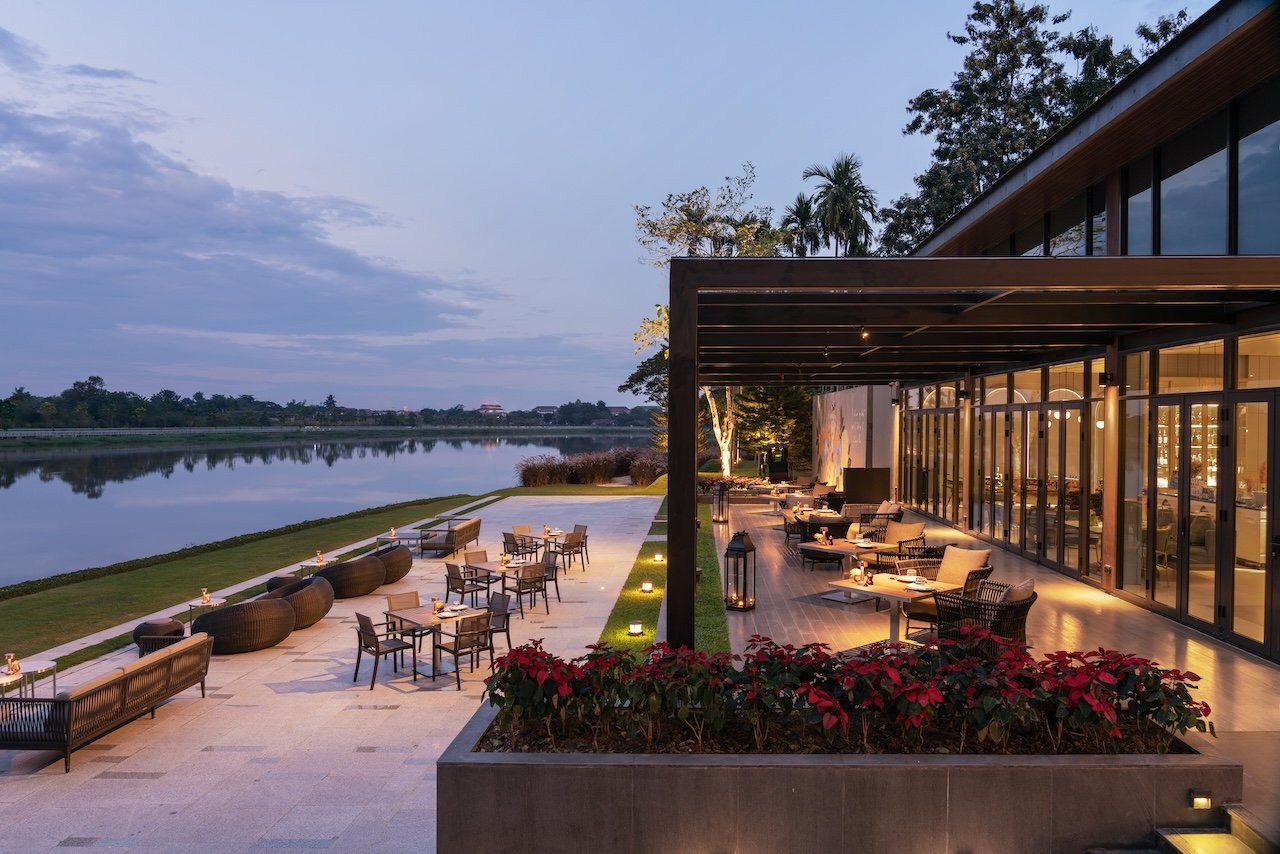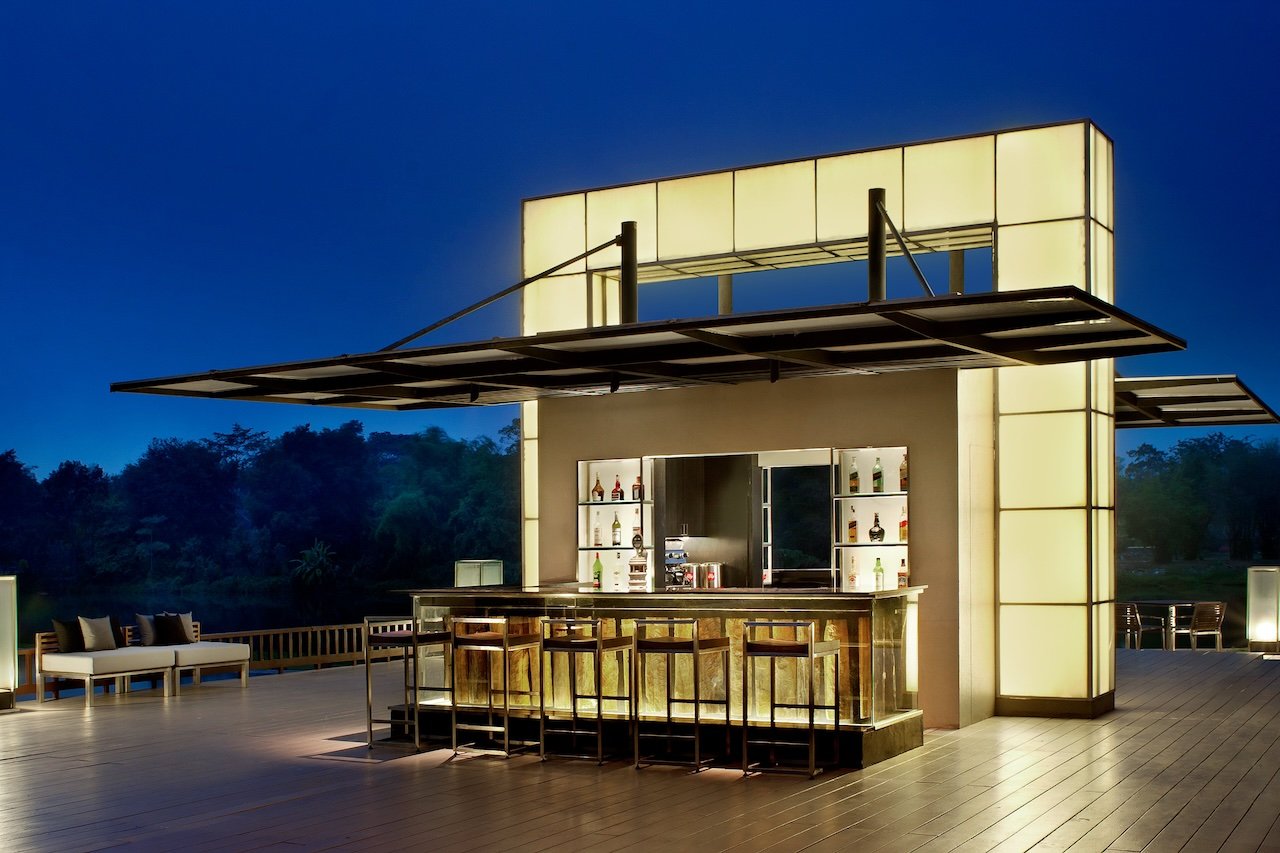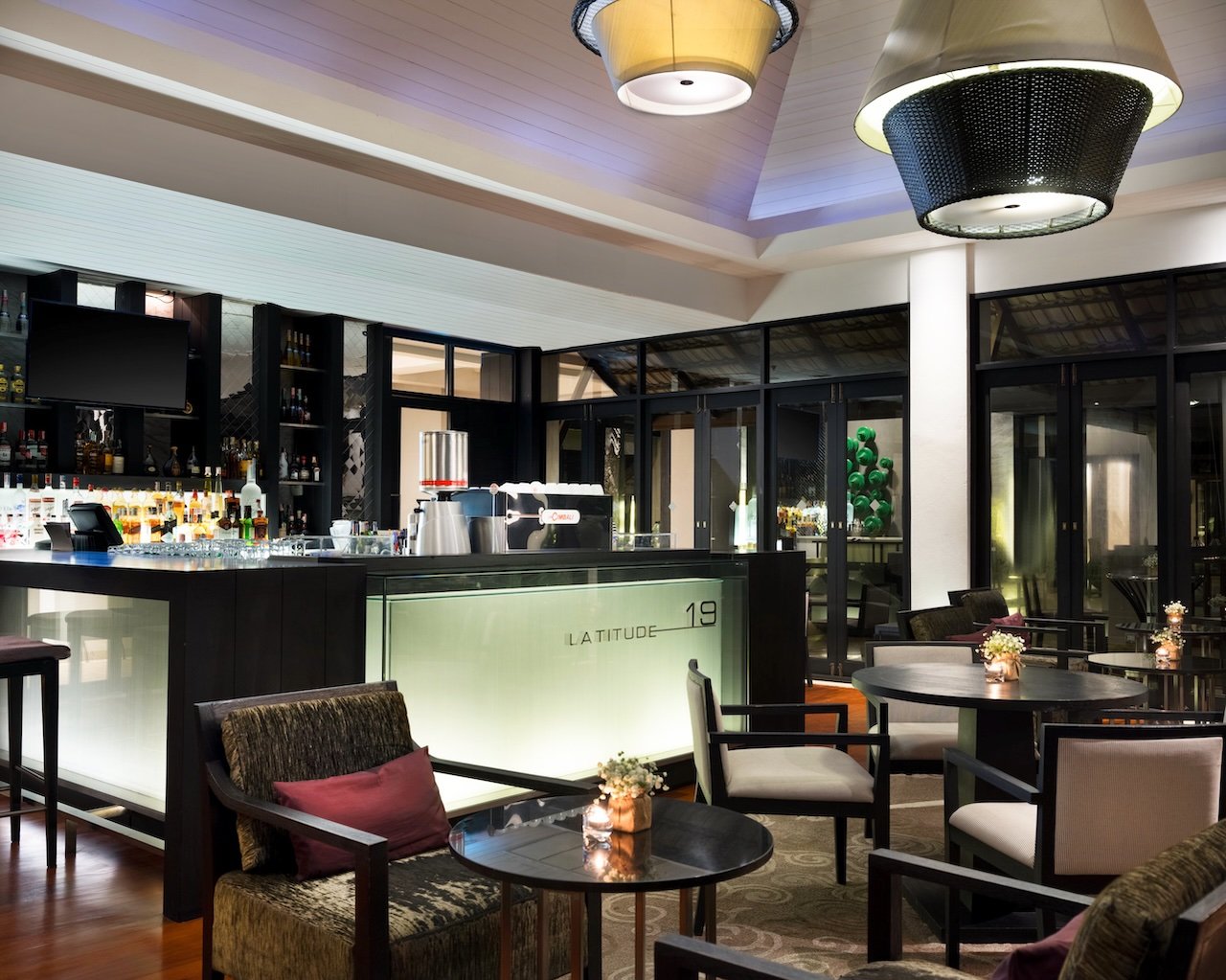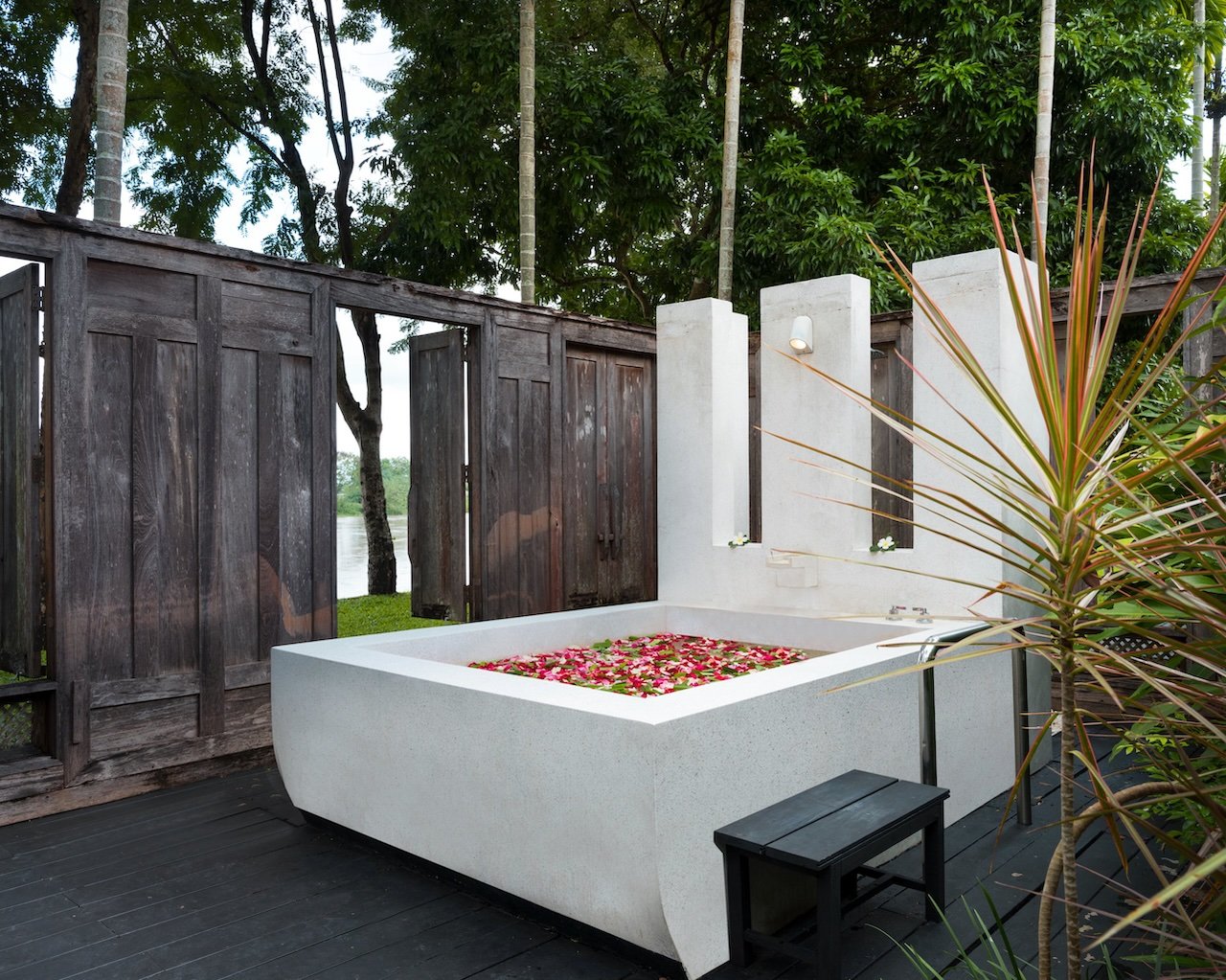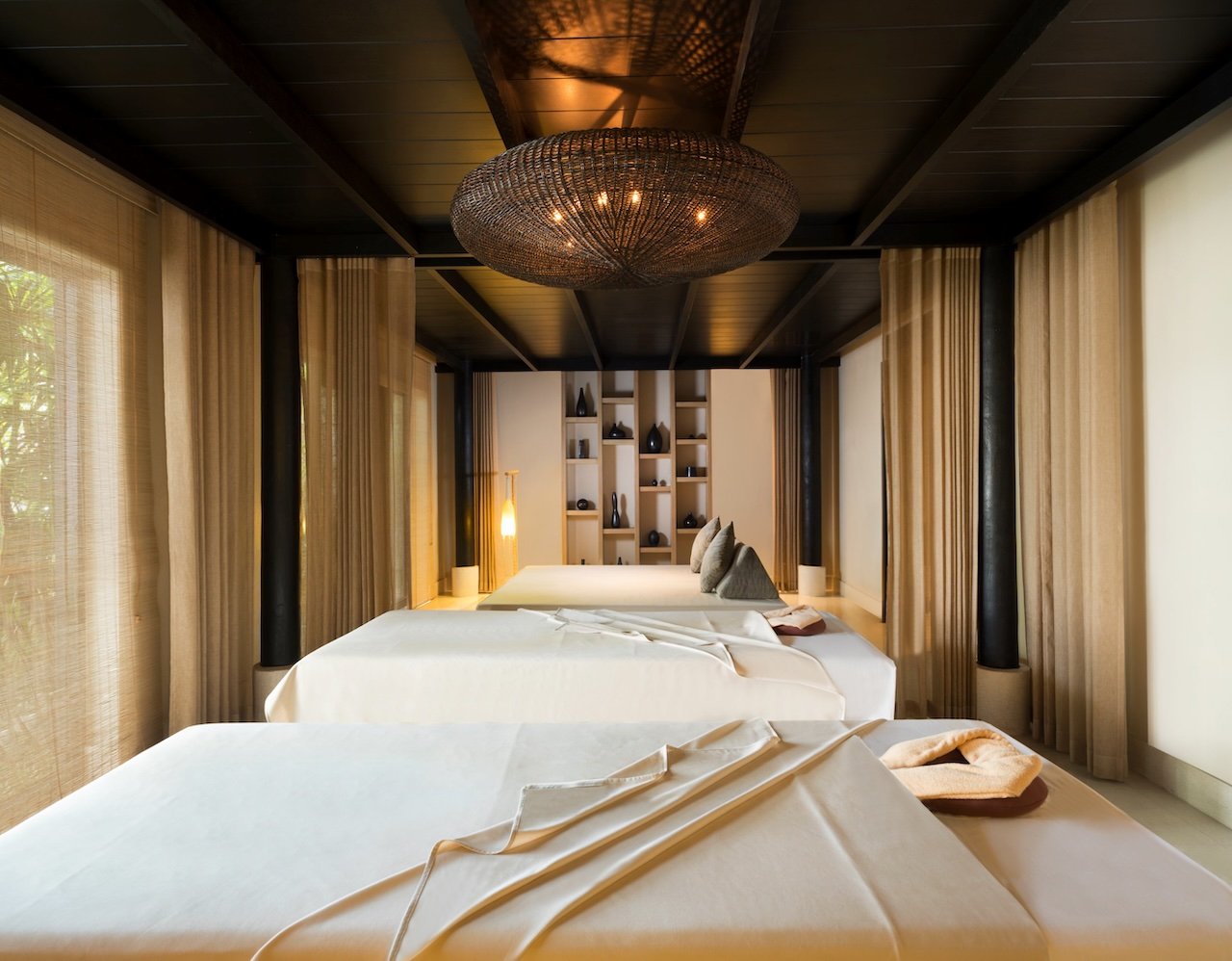
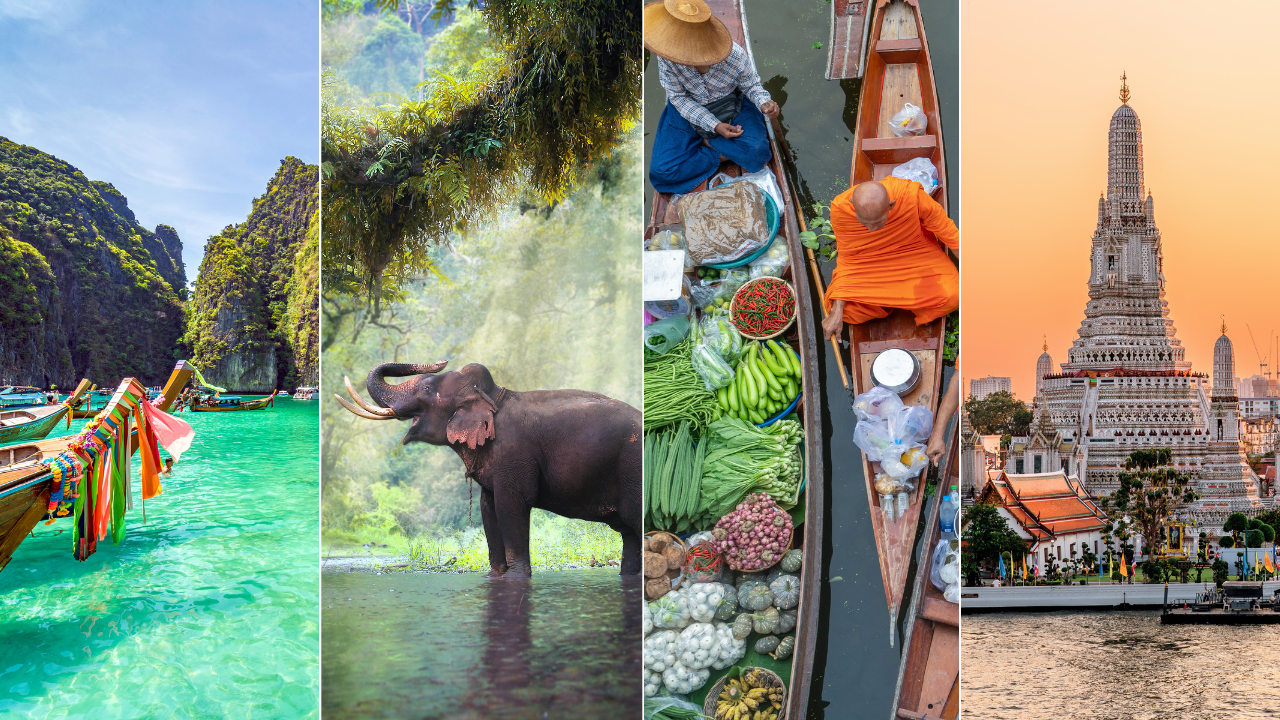
Thailand has quietly become one of the most talked-about travel destinations in the world — and suddenly, not so quiet at all. Flights are up, TikTok itineraries are going viral, luxury hotels are selling out months in advance, and Google searches for “Thailand solo travel” and “Thailand wellness resorts” have surged. Culturally, too, Thailand has entered the spotlight: from the White Lotus lore (with filming locations and aesthetics referenced everywhere) to celebrity-loved island hideaways and the rise of “spiritual luxury” vacations.
But the country’s allure goes far deeper than trends.
Thailand offers something few places can balance this well: barefoot wellness culture and five-star hotel sophistication; temple mornings and rooftop-bar midnights; mango sticky rice street food and Michelin-recognized tasting menus; jungle adventures and riverbank reflection. Every region has a different personality, rhythm, and flavor — and navigating which to choose can feel overwhelming, especially if you’re traveling solo.
So I went — alone — spending nearly three weeks moving south to north across islands, coastlines, capital chaos, and the artistic highlands. I tested wellness rituals, cooking classes, boat excursions, airport-adjacent hotels, rooftop bars, riverfront cafés, temple circuits, elephant sanctuaries, and breakfast buffets that doubled as religion. I stayed in a curated selection of GRAZIA-approved properties to understand the actual traveler experience and give you, our luxury travel readers, all the design details, spa energy, food philosophy, and location logic.
This GRAZIA Travel Guide is truly your trusted companion for curating the ultimate Thailand trip. But because there’s *a lot* of information here (we know, we like to write), we recommend reading this guide in two ways:
- Choose your chapter: Scroll to the specific destination you’re curious about (anchor links in our table of contents below will jump you straight there) to focus on one province, city, or island at a time.
- Pour a cup of tea (maybe a Thai iced one) and travel with me start-to-finish: Trace the full south-to-north arc for a fully immersive blueprint.
Both paths work — and both will leave you planning flights faster than you meant to.
GRAZIA’s Thailand Travel Guide:
This guide is built to help you plan your own Thai adventure with intention. Within each destination section, you’ll find: How each region feels — and which traveler it’s best suited for, Where to stay — with context-specific luxury hotel recommendations, What to do — from iconic temples to hidden creative villages, Where and what to eat — and how to eat it like a local — plus more.
Whether you’re chasing clarity, cuisine, culture, or coconut-sweet wellness rituals, Thailand is not just a destination; it’s a multi-chapter experience. And one that will leave you a different version of yourself than when you arrived.
This is the map I wish I had before I left — and, in a sense, our own love letter to Thailand. So, without further ado, let’s start in the islands!
KOH PHANGAN
Vibe: Soul-centric wellness, cosmic energy, barefoot connection

Koh Phangan: The Island That Doesn’t Ask — It Awakens
Koh Phangan isn’t a place you simply “visit.” It’s a place you meet. Sunrises feel like they were painted privately for you; yoga mats are rolled out on beaches where the tide moves like breathwork; and drum circles at dusk turn into strangers-turned-friends without ever exchanging names. Island cafés hum with spiritual conversation, while jungle paths open onto white-sand crescents you’ll dream about for months afterward.
If Thailand were a moodboard, Koh Phangan would be its most magnetic tile: equal parts barefoot bohemian, saltwater luxury, jungle energy, and after-dark euphoria. Often overshadowed by neighboring Koh Samui’s polished resorts and Koh Tao’s dive culture, this crescent-shaped island is quietly becoming Southeast Asia’s newest wellness-meets-nightlife capital — a place where sunrise yoga circles and midnight drum jams coexist without contradiction.
What draws travelers here isn’t just the famous Full Moon Party (though the neon-painted beach rave is an unforgettable rite of passage). It’s the island’s dual personality. The north is a sanctuary of herbal saunas, chakra-tuning sound baths, artist enclaves, vegan cafés, and meditation domes tucked into the hills. Here, spirituality feels communal, not commodified. The south pulses with beach bars, fire dancers, and DJs spinning into dawn — electric, ecstatic, and beautifully alive. In between: endless jungle trails, fisherman markets hung with fruit and incense, jungle-kissed beaches you can claim as your own, and a rhythm that asks you to slow down before you speed up again.
For solo travelers, Koh Phangan is disarmingly safe and deeply connective. It’s the kind of place where strangers become dinner companions, where healers share tea after breathwork, where you can join a movement class simply by hearing the drumbeat. For couples, the island’s hidden coves and cliffside sunsets feel cinematic. For wellness seekers, the healing modalities available — Reiki, Thai medicinal workshops, meditation, free-flow ecstatic dance — are unparalleled.
But what surprises most visitors is how modern luxury is quietly shaping the island’s future. Boutique properties are embracing sustainability, intimacy, and cultural immersion instead of the usual high-rise spectacle. Privacy isn’t about seclusion; it’s about intentional stillness. And if you’re looking for a place that blends all of the above — transformation, comfort, culture, and a touch of wild — there’s one resort that captures Koh Phangan’s spirit better than anywhere else.
Where to Stay: Somewhere Only We Know
There are hotel check-ins, and then there are arrivals that feel like a cosmic alignment. After a short ferry from Koh Samui and a winding walk into dense tropical greenery, I arrived at Somewhere Only We Know, a resort whispered about among luxury travelers like an urban legend. Hidden behind a narrow jungle path, it reveals itself slowly: three villas only, each perched above its own hidden coastline, with jungle folding around them like a curtain. Privacy isn’t offered here — it’s curated.
Before you even step foot on the property, the team schedules a call to ask questions that feel more like a journal prompt than a concierge service: What are you curious about? What were your childhood dreams? What do you want to heal? What do you want to remember? By the time you arrive, you aren’t just expected — you’re understood; a truly bespoke and personalized service that you can’t quite find everywhere, and an aspect of hospitality that has long been forgotten. They take hosting you to heart and work tirelessly to ensure your stay is as memorable for your soul as it is for your Instagram.
The intimacy is intentional. With so few guests hosted at once, staff learn your rhythms quickly: when you like to swim, how you take your tea, the foods that comfort you, the experiences that stretch you. It never feels intrusive — it feels seen.
Architecture Designed for Emotion
Each villa is two stories of indoor-outdoor immersion, dissolving the usual line between nature and luxury. Round beds face panoramic sea views. Outdoor showers are framed by jungle. Observation nets, slides, and fireman poles add a sense of playfulness often forgotten in adulthood. It’s whimsical, sensual, and grounding all at once — architecture that dares you to soften, and brings a smile to your inner child.
In my villa, purple flowers floated in my private pond pool — reflecting both my favorite color and Koh Phangan’s beautiful flora — a subtle yet personal detail that made me feel right at home, even thousands of miles away.
The resort also quietly integrates eco-innovative architecture, chemical-free pools, a natural air-conditioning system, and locally sourced products (including an all-natural coconut body oil that they generously gifted me for my travels back home). Instead of telling you how green they are, they invite you to taste it, breathe it, and sleep inside it. They care for the island greatly, and it shows.
At night, you can hear the hum of the ocean, see the stars shining bright, and bask in a healing energy you didn’t know you needed, reminding you that joy doesn’t always need an itinerary.
A Resort That Designs You Into the Stay
One of the most extraordinary aspects of staying at SOWK is how deeply customized your stay becomes. Before guests even arrive, the resort conducts a personal conversation designed to uncover your aspirations, curiosities, and preferred balance of relaxation, culture, nature, and adrenaline. This isn’t a template — it’s the beginning of emotional luxury.
The resort elevates bespoke hospitality through over 78 curated experiences hosted by 67 local experts, each sharing their craft, knowledge, heritage, or creative discipline. Experiences are grouped into four categories based on guest intention, allowing the concierge to design days that ebb and flow with your personal needs. For curious explorers, you might hike with a jungle man to learn about indigenous medicinal plants. Creatives can make their own coconut oil using the cold-pressed method “from A to Z,” or craft silver jewelry in the home studio of a master with more than 16 years of experience.
Water lovers can explore coral gardens on snorkeling excursions or dive Sail Rock — where whale sharks are occasionally spotted. Certified divers can even experience night scuba diving, while beginners are welcomed with scenic snorkel sites. Thrill-seekers can soar above the lagoon with motorized parasailing wings, arranged on the beach and free of charge. Those drawn to tradition can join a Muay Thai initiation with professional trainers and full gear. Culinary travelers can shop and cook with a private chef, selecting produce from farms and markets before mastering three dishes back at the villa. Beverage enthusiasts can spend an afternoon roasting beans, tasting, and brewing like a barista — leaving with 250g of Thai organic coffee.
Then there’s the wellness sector: Thai massage, full-body oil massage, Reiki energy balancing, and guided meditation practices. Multi-day detox programs blend fasting soup, mindful movement, and expert guidance for anyone craving a full internal reset. Culinary rituals are equally intentional. A private chef prepares meals sourced 99% from the island, adapting daily to your preferences and cravings. Cocktails feature organic ingredients and poetic names — like “I Want to Taste Koh Phangan” (gin, kombucha, organic lime, Malibu, coconut sugar) or “I Am Under the Coconut Trees” (Thai rum and fresh coconut water).
That’s what makes staying here feel different: no two itineraries — or trips — are the same. You leave with creations you made with your own hands, lessons passed down by locals, new rituals tucked gently into your nervous system, and a quiet clarity that follows you home.
A Personalized Menu for Body and Spirit
When it comes to my personal experience at SOWK, shortly after arrival, I surrendered to the best Thai massage of my life — a treatment described as “passive yoga,” stretching tension through rhythmic pressure while coaxing your nervous system out of hiding. Treatments are performed inside your villa, which means you drift directly into stillness afterward, with the sea view stretched out in front of you.
The next day, a women’s empowerment and womb healing workshop appeared on my itinerary — a surprise day designed around my interest in feminine energy and manifestation, aligned with the August 8 Lion’s Gate Portal. I worked one-on-one with an amazing women’s empowerment worker who guided me to breathe, move, meditate, manifest, and speak openly about the parts of ourselves we rarely give language to. This highly personalized and spiritual practice helped me connect with a deeper part of my lineage — starting my Thai adventure off on a soul-aligned note — and guiding me towards inspiration for what I want my life to become.
Later in the week, a Reiki session further dissolved the emotional residue I’d been carrying like an invisible suitcase. I spent mornings practicing Hatha yoga facing the sea, breathing into stillness while waves stitched themselves across the shore. At SOWK, this isn’t wellness that asks nothing of you. It asks you to show up.
My personalized itinerary also included a sunset visit to Zen Beach, where locals gather at golden hour to drum, improvise dance, and watch the sun fall into the ocean. It’s less an event, more a frequency. And yes — one night I stepped into Koh Phangan’s infamous Full Moon Party, neon paint glowing under black lights, thousands of travelers dancing barefoot on the sand. It’s chaotic, joyful, and the perfect reminder that expansion can be both spiritual and feral.
Koh Phangan is an island of contradictions (something that personally speaks to my soul as a woman of many opposing traits, dreams, and desires) — the kind a solo traveler can grow inside of. And that best part? Somewhere Only We Know’s concierge doesn’t hand you a menu — they hand you a map of possibilities. The throughline? Connection — to people, to craft, to nature.
Dining That Honors the Island
Just like your highly personalized stay, meals here arrive slowly, thoughtfully, and intimately. The private chef builds menus using ingredients sourced from family-owned island farms — local, chemical-free, and cooked fresh daily. If you can’t decide what to order, you simply describe the flavors you’re craving, and a tailored menu appears hours later.
Expect Burmese curries, fragrant Thai herbs, coconut rice, fresh steamed fish pulled from local waters, vibrant mango salads, and desserts flambéed with rum — and we can’t forget the selection of local Thai wines. It’s island cuisine without performance — nourishing and deeply rooted in place. Every meal I had was one to remember, not only for its rich flavors and vibrant plating, but also for the ambiance of eating against the sunlit and moonlit beach, prompting me to slow down and soak in my environment, indulging fully in all five senses.
Transformation as Luxury
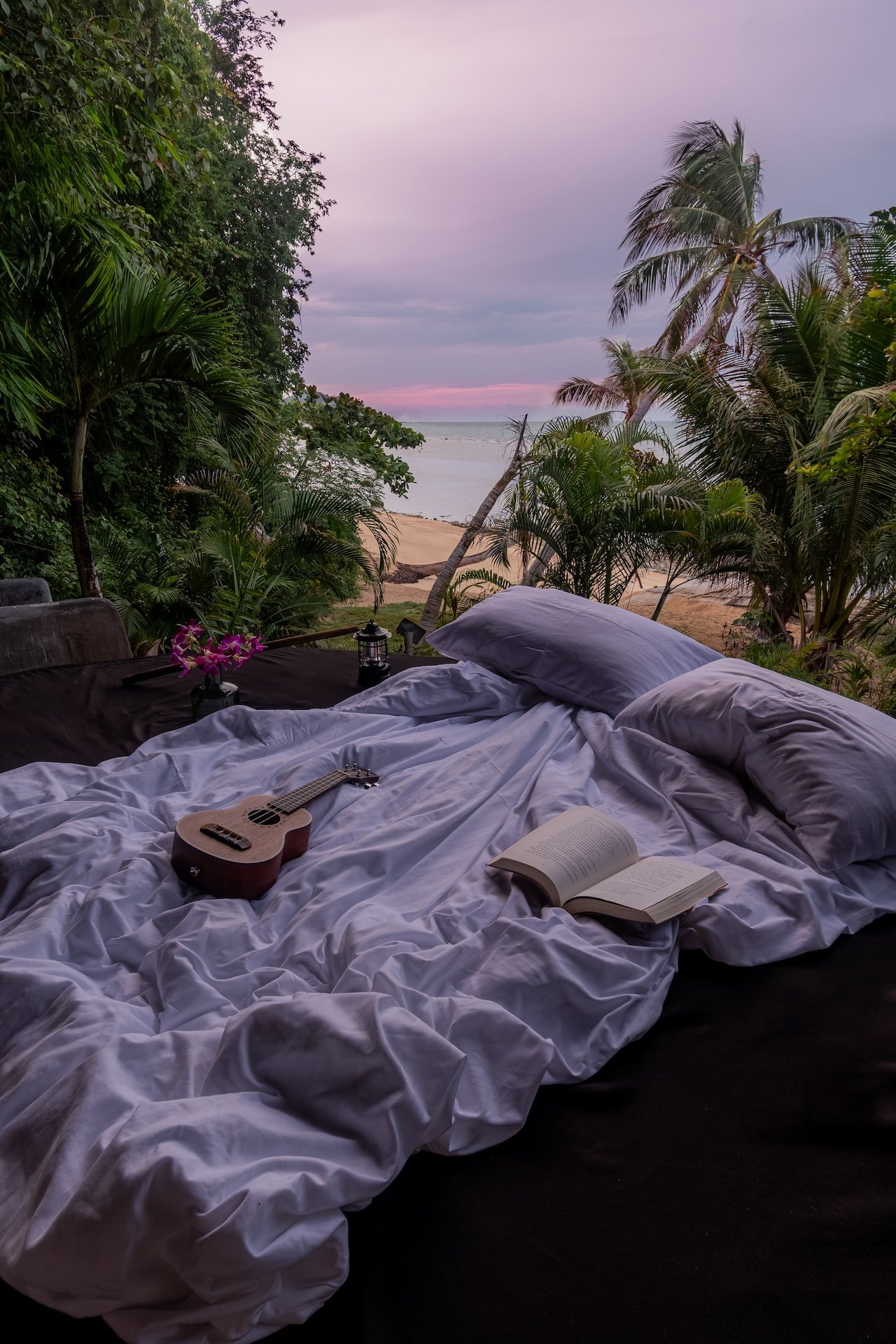
Founder Guillaume Brachet describes the ethos succinctly: luxury is the ability to feel the deepest, most beautiful emotions.
At Somewhere Only We Know, transformation isn’t a brochure word. It’s threaded into conversations with staff, the architecture’s playful touchpoints, the quiet privacy of three beaches, and the design of slow time. You arrive as one version of yourself. You depart as another.
Somewhere Only We Know didn’t just host me. It shifted me — and I genuinely felt like I was saying goodbye to friends I’ve known for a lot longer than just my short stay. And yet somehow, that was only the first stop. Leaving SOWK and Koh Phangan felt like closing a chapter I didn’t realize I’d started — and one so meaningful that I have every intention of revisiting in my future travels.

What to Do in Koh Phangan:
Koh Phangan’s magic isn’t in a single activity — it’s in the oscillation. Silence = music; movement = rest; community = solitude; ritual = revelry.
It’s the rare place where you can sweat through a sunrise flow, swim in emerald water by lunch, learn from an island artisan in the afternoon, and dance barefoot under the moon at midnight — without ever feeling like you’ve strayed from your center.
- Catch Sunset at Zen Beach: Every evening, travelers and locals migrate barefoot to Zen Beach for an open-air soundscape of drums, dancing, and fire twirling as the horizon dissolves into gold. There’s no schedule, no entry fee, and no ego — just collective rhythm and a sunset that feels ceremonial.
- Full Moon Party (and Its Softer Cousins): The island’s infamous Full Moon Party is chaotic, neon-drenched, and unforgettable. But the Half Moon, Black Moon, and Jungle Experiences are just as exhilarating — and often less crowded. Go for the freedom, stay for the sunrise.
- Long-Tail Boat to Bottle Beach: One of the island’s most secluded stretches of shoreline. Rent a colorful long-tail boat from the northern coast and glide past limestone coves to a white-sand crescent perfect for swimming, sunning, and reading until the world softens.
- Hike to Phaeng Waterfall: Follow jungle trails shaded by towering palms until you reach rushing water and a panoramic viewpoint over the island. Go early to beat the humidity and bring electrolytes (trust me).
- Night Market at Thong Sala: A sensory runway of grilled seafood skewers, papaya salad, spring rolls, coconut ice cream, crispy bananas, sticky rice, and fresh juices. It’s also great for picking up handmade jewelry and natural skincare.
- Herbal Saunas in Sri Thanu: Slip into a local herbal steam hut scented with lemongrass and camphor, then cool off in an icy plunge pool. It’s detox, island-style — and a favorite among wellness nomads.
- Meditation Domes and Breathwork Circles: Many of Koh Phangan’s spiritual centers offer drop-in classes where breathwork, visualization, and sound healing converge. Even skeptics walk out feeling lighter.
- Snorkeling and Scuba Near Sail Rock: For divers, Sail Rock is considered one of the best sites in Thailand. Tropical fish swarm like a kaleidoscope, and if luck finds you, so will a whale shark. Non-divers can join the same boat for vibrant snorkeling.
- Learning Experiences with Local Artisans: From silver jewelry workshops to coconut oil making and Thai cooking classes, the island’s craftsmanship is intimate, hands-on, and deeply cultural. These are souvenirs you’ll actually keep.
- Yoga on the Beach: Many studios and resorts host sunrise flows overlooking the ocean. Salt in your hair, breeze on your skin, breath synced to waves — it’s an awakening.
- Explore Fisherman Villages by Scooter: Rent a scooter (only if confident) and cruise along coastal roads toward fisherman villages where laundry dries outside brightly colored homes and locals wave as you pass. The island’s real beauty exists between destinations.
- Massages Everywhere, All the Time: In Koh Phangan, massage isn’t indulgence — it’s health maintenance. Prices are friendly, practitioners are skilled, and your nervous system will notice.
Neighborhood Guide:
- Haad Rin (South): The island’s most famous beach town and home to the Full Moon Party. Expect beachfront bars, fire dancers, neon paint stalls, and music that runs until sunrise. Best enjoyed with an open mind and sandals you won’t cry about losing.
- Sri Thanu (Northwest): Often called the island’s spiritual hub. Here you’ll find meditation centers, cacao ceremonies, ecstatic dance gatherings, herbal saunas, and vegan cafés. It’s grounding, communal, and perfect for solo travelers.
- Thong Sala (West): The island’s main pier and market district. Stop here for street food, ATMs, pharmacies, smoothie bowls, and souvenirs. Great for lunch and logistics.
- Zen Beach (Northwest Coast): A nightly drum circle and sunset ritual. Travelers, locals, and musicians gather spontaneously — no agenda, no pretension, just collective rhythm.
- Bottle Beach (Northeast): A dreamy cove accessible by long-tail boat or a jungle hike. Less crowded, ideal for reading, swimming, and unbothered tanning.
Where to Eat:
- Street Markets (Thong Sala): Fresh mango sticky rice, grilled seafood skewers, coconut ice cream, and papaya salad that runs circles around hotel restaurants.
- Beachfront Cafés (Sri Thanu): Smoothie bowls, espresso tonics, banana pancakes, and bohemian brunch culture.
- Local Curry Shops (Islandwide): Massaman, Penang, green curry — you’ll forgive the heat instantly.
Pro tip: “Mai pet” means not spicy. It won’t be not spicy. Prepare anyway.
Quick Guide:
- Stay: Somewhere Only We Know
- Do: Zen Beach drum circles at sunset and Full Moon Party
- See: Bottle Beach by long-tail boat
- Try: Burmese tea leaf salad, coconut rice, rum flambée
- Vibe: Wellness wanderlust meets barefoot nightlife
The Verdict:
Come for the Full Moon Party. Return for the clarity you didn’t know you needed.
KOH SAMUI
VIBE: elevated resort living, lotus-pond afternoons, effortless luxury
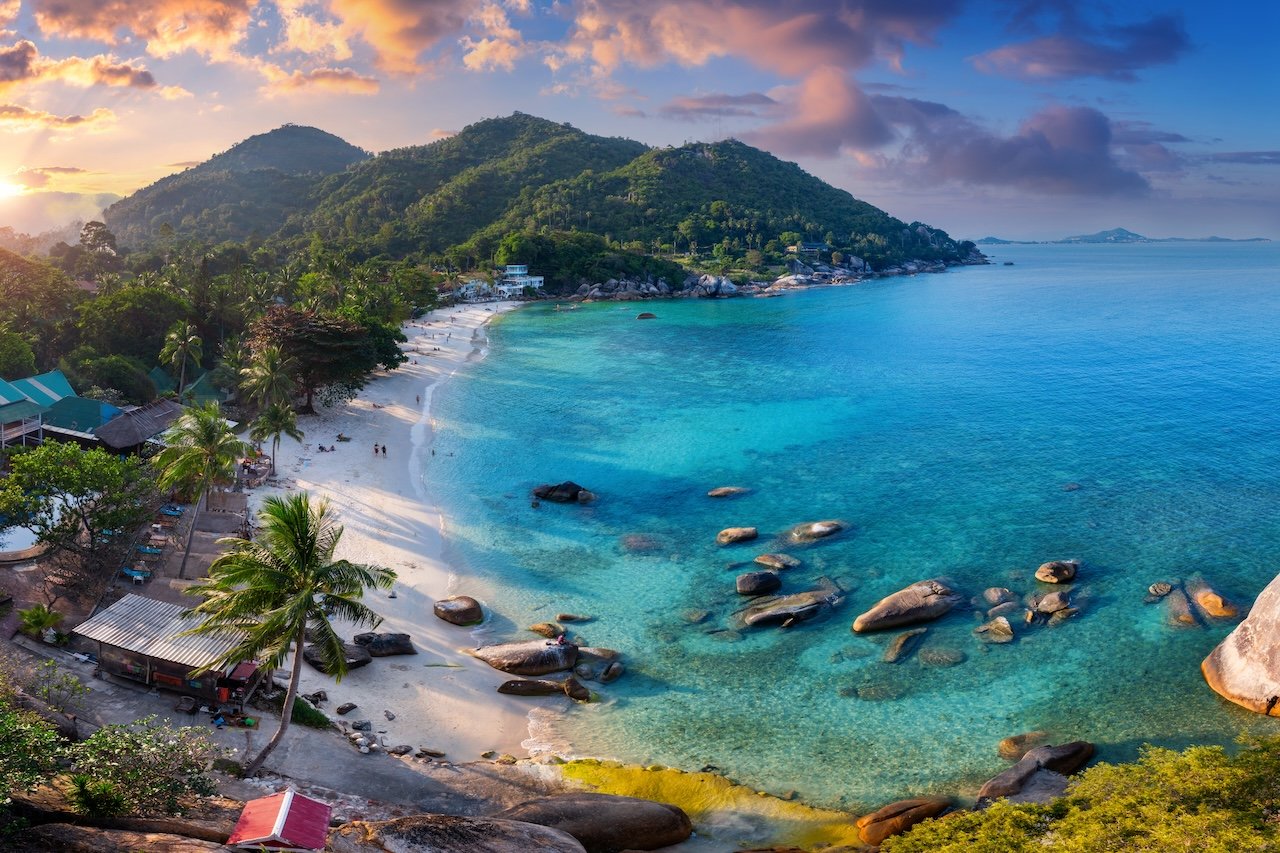
Koh Samui: Thailand’s Island Playground With a Soft Soul
If Koh Phangan is where you go to meet your inner child, Koh Samui is where you go to let her play. Koh Samui greets you with a different kind of energy — lighter, breezier, and effortlessly social. Samui blends soft-sand beaches and spa-centric unwinding with buzzy nightlife, street-market culture, luxe shopping, and jungle-fringed adventure. Think designer boutiques tucked beside juice bars, jungle-wrapped spas perfumed with lemongrass and candle wax, and sunsets that look like someone dimmed the sky with a golden filter. It’s glamorous, but not performative. Relaxed, but never sleepy.
And lately, it’s having a *moment*. Following the global spotlight of The White Lotus Season 3, which filmed at several of Thailand’s most stunning coastal properties, Koh Samui has seen a surge in travelers eager to live out their own cinematic escape. Key filming destinations such as Choeng Mon Beach, Bophut, and Laem Yai Bay have become travel magnets for their turquoise coves, swaying palms, and quiet-luxury aesthetic — the exact mood that defines the island itself. The main backdrop was the stunning Four Seasons Resort Koh Samui, alongside significant scenes at Anantara Bophut Koh Samui Resort — both of which we visited (and will detail out below, don’t you worry). These locations helped shape the season’s lavish aesthetic, and now invite you to step into your own “White Lotus-style” stay. The show’s cultural ripple has elevated Samui’s reputation from laid-back island to must-visit haven for modern travelers craving barefoot sophistication.
It’s the island where you can wake slowly, barefoot on the sand, then pivot into an afternoon of market browsing, a sunset sail, or an evening at a seafood shack humming with music. Or perhaps can swim straight from your villa into the ocean, sip afternoon tea over lotus ponds, and toast to the night from a rooftop where the horizon melts into champagne foam. Compared to Thailand’s other islands, Samui feels balanced: not too crowded, not too remote, never trying too hard. Its magnetic pull lies in the freedom to shape each day however you want. No matter your plans, Samui knows how to host — and it’s very good at it.
From a solo-traveler perspective, it’s exceptional. Neighborhoods are walkable, transportation is easy, and the island is packed with community-driven activities, beachfront cafés, and boutique wellness spaces where making friends feels accidental. Add in dreamy spas, boat excursions, and lush pockets of nature, and it becomes clear why Samui has quietly earned its place as a must-stop on Thailand’s island circuit.
The best part? You can architect your own pace. Spend one day exploring waterfalls and sacred temples, and the next savoring your spa robe, fresh coconut in hand. And whether you’re chasing cultural connection, sunset cocktails, spa-robe silence, or a salty breeze, there’s one stay that seamlessly ties those moods together.
Where to Stay: Anantara Bophut Koh Samui Resort
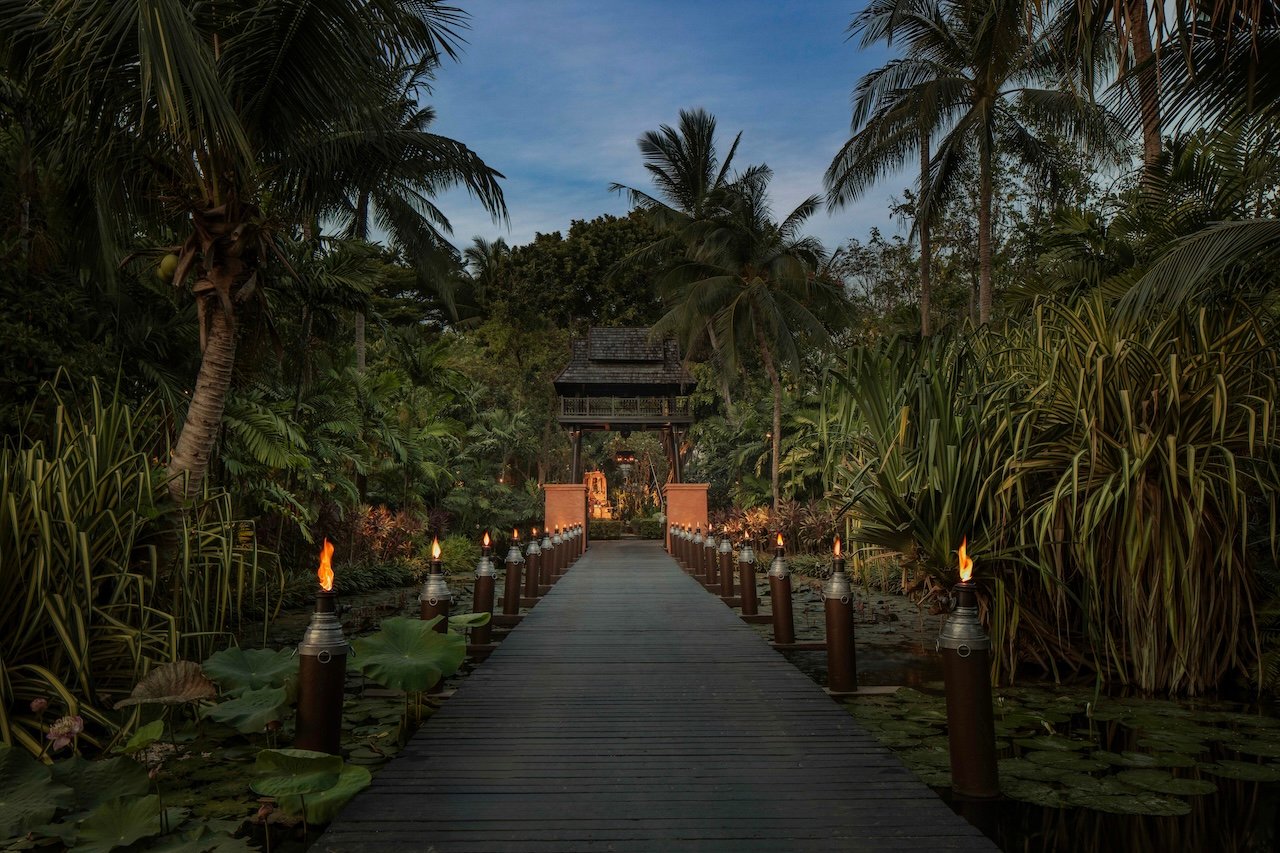
Nestled along the gentle curve of Bophut Beach, Anantara Bophut captures what makes Samui so magnetic: lush gardens, open-air architecture, and a pace that invites you to slow down without even realizing it. This property is where island living meets quiet luxury. From the moment you walk through its lotus-lined entrance, it’s clear this isn’t a stay; it’s a recalibration. The staff channels a warmth that makes you feel like a returning friend rather than a reservation number.
The property feels cinematic in the quietest way — reflecting pools that mirror the sky, wooden walkways softened by candlelight, and guest rooms that hum with the hush of ocean breeze and birdsong. Every sense is acknowledged, every detail intentional. The entire resort is wrapped in tropical gardens and lotus ponds, creating a soft hush that follows you from breakfast to sunset. Architecture blurs into nature, with open-air corridors, lush jungle pathways, and a sense of calm that deepens as you explore.
My welcome display — crafted leaves spelling my name, rose-petal art, a towel animal I reluctantly dismantled, and a luxurious traditional Thai foot cleansing ritual — was a gentle reminder that hospitality can still feel personal, not performative. As a solo traveler, that kind of thoughtfulness lands differently.
Below, the resort unfurls in chapters — each one delivering something slightly different than the last.
Timeless Design, Rooted in the Tropics
Anantara Bophut’s design philosophy balances heritage and modernity. The architecture nods to traditional Thai aesthetics — peaked roofs, carved wood, lotus ponds — but reimagined with a clean, contemporary lens. Sunlight filters through slatted panels and dances across teak floors. Pathways curve through tropical gardens fragrant with frangipani. The lobby is open-air, framing the horizon like a living canvas. You can feel the sea even before you see it. The layout invites exploration — from hidden courtyards to reflective pools, every corner unfolds like a scene change. It’s the kind of property that asks you to wander, to slow your steps, to exist a little more gently.
My room felt like a private cocoon — a generously-sized suite offering luxury accommodation, while also providing a home-like feeling. Sliding glass doors opened onto a private terrace surrounded by greenery with sea breeze; textured wood accents mirrored the island’s palette. Inside, the color palette was soft: linen whites, honeyed wood, and deep earth tones punctuated by art that quietly nods to Thai culture.
The room’s design encouraged movement between inside and out — a seamless flow that kept me tethered to the tropics even when the air-conditioning whispered softly in the background. In the bathroom, a deep soaking tub turned my evening routine into ritual. It’s the kind of room you take your time leaving. Turn-down chocolates don’t hit the same after you’ve had rose petals spelling your name and Thai sweet treats awaiting your every return.
The Spa: A Dimly Lit Sanctuary of Stillness
Tucked behind lotus ponds and stone pathways, the Anantara Spa is the resort’s soul, and if you ask us, it deserves its own passport stamp. Lit in warm amber tones, it feels suspended in time — dark enough to cocoon your senses, bright enough to guide you gently. Inside, the air smells faintly of jasmine and lemongrass, and every sound — the chime of a bell, the quiet rustle of curtains — feels designed to lull the body into surrender.
It’s no surprise the space was featured in The White Lotus; the aesthetic alone could be therapeutic. Massages here are slow, steady, and intuitive, melting tension in places you didn’t realize were holding stories.
The private spa suite connected to my outdoor shower made everything feel elemental, sensual, and deeply restorative. My treatment, a signature Thai massage, combined rhythmic pressure, gentle stretching, and oil-infused touch. I left with that beautiful kind of tired that comes only from deep restoration.
Beachfront Bliss: Steps to the Sand and Fisherman’s Village
Bophut Beach sits just beyond the resort’s lagoon-like pool and palms. It’s swimmable and calm, laced with afternoon sunbeds and delivered coconuts. I padded barefoot between sea and lounge chair for hours, unhurried and sun-soaked. You’re never more than a 30-second walk from the ocean — a luxury many “beachfront” resorts can’t actually claim.
The pool, bordered by tropical gardens, becomes a social heartbeat during the day — yet it never loses its sense of calm. Poolside service drifts by quietly, always with a smile.
Leave the resort through a garden path and suddenly you’re in the buzzy heart of Bophut. Fisherman’s Village is lined with boutiques, smoothie bars, rooftop restaurants, and late-night vendors grilling seafood skewers. It’s the perfect blend of local culture and vacation ease. Dinner becomes a choose-your-own adventure, and wandering is half the pleasure.
Each evening, the street hums to life with a market that smells like grilled seafood and coconut pancakes. Lanterns swing overhead, shop owners call out softly, live music drifts from the beach. It’s vibrant but never chaotic — the kind of energy that makes you want to wander aimlessly and stay a little too long. Being able to step from serene luxury into authentic local rhythm is part of what makes Anantara Bophut so special. You can dine barefoot on the sand at sunset, sip wine under fairy lights, and still be “home” in under five minutes.
Dining: Where Freshness Meets Philosophy
Anantara’s culinary approach reflects its ethos of connection — to place, to flavor, to feeling. Breakfast here is a ritual: freshly pressed juices in jewel tones, tropical fruits cut with precision, baskets of pastries still warm from the oven, and steaming local dishes that redefine what “buffet” can mean.
Lunches and dinners draw from both Thai tradition and international finesse. Coconut-rich curries, delicate seafood, papaya salads bursting with lime and heat — each dish feels alive. There’s no pretense, just purity of taste.
And then there’s the White Lotus Afternoon Tea — one of the most elegant traditions at Anantara Bophut. Served overlooking the lotus pond, it’s a moment that captures the resort’s essence: tiered trays upon trays of sweets and savories, tea poured in silence except for birdsong and the hum of distant water. The entire scene feels cinematic, a study in slow living. Tea becomes a ceremony here rather than an add-on, and the setting feels almost mythological.
Whether it’s dining by the pool, enjoying a private beachfront dinner, or venturing into Fisherman’s Village, food on Samui — and at Anantara — is about rhythm. Meals stretch longer here, conversations last deeper, and time seems to bend slightly around each course.
Service That Anticipates Without Intruding
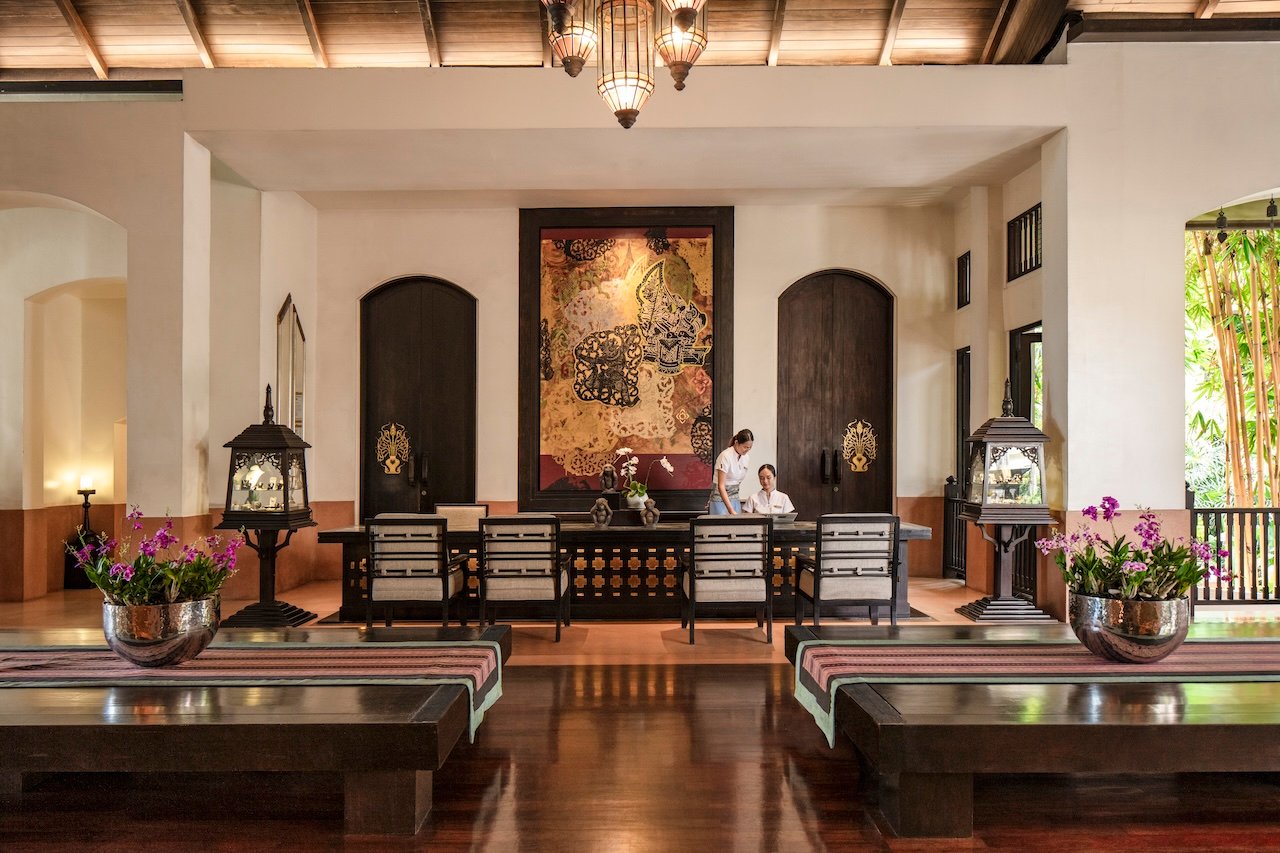
The defining feature of Anantara Bophut isn’t its architecture, its spa, or its views — it’s its people. From the front desk to the gardeners, every staff member exudes the same quiet confidence: the sense that they’ve seen everything but still want your stay to feel singular.
They anticipate without hovering. When I asked about visiting an elephant sanctuary, the concierge immediately recommended an ethical one and arranged it seamlessly, complete with transport and a local guide.
Hospitable is too small a word. Staff remember your coffee order, greet you by name, and ask how your excursion went — not because they must, but because it matters in Thai culture. It creates something rare: emotional safety while traveling alone. By the second morning, I already felt like I belonged.
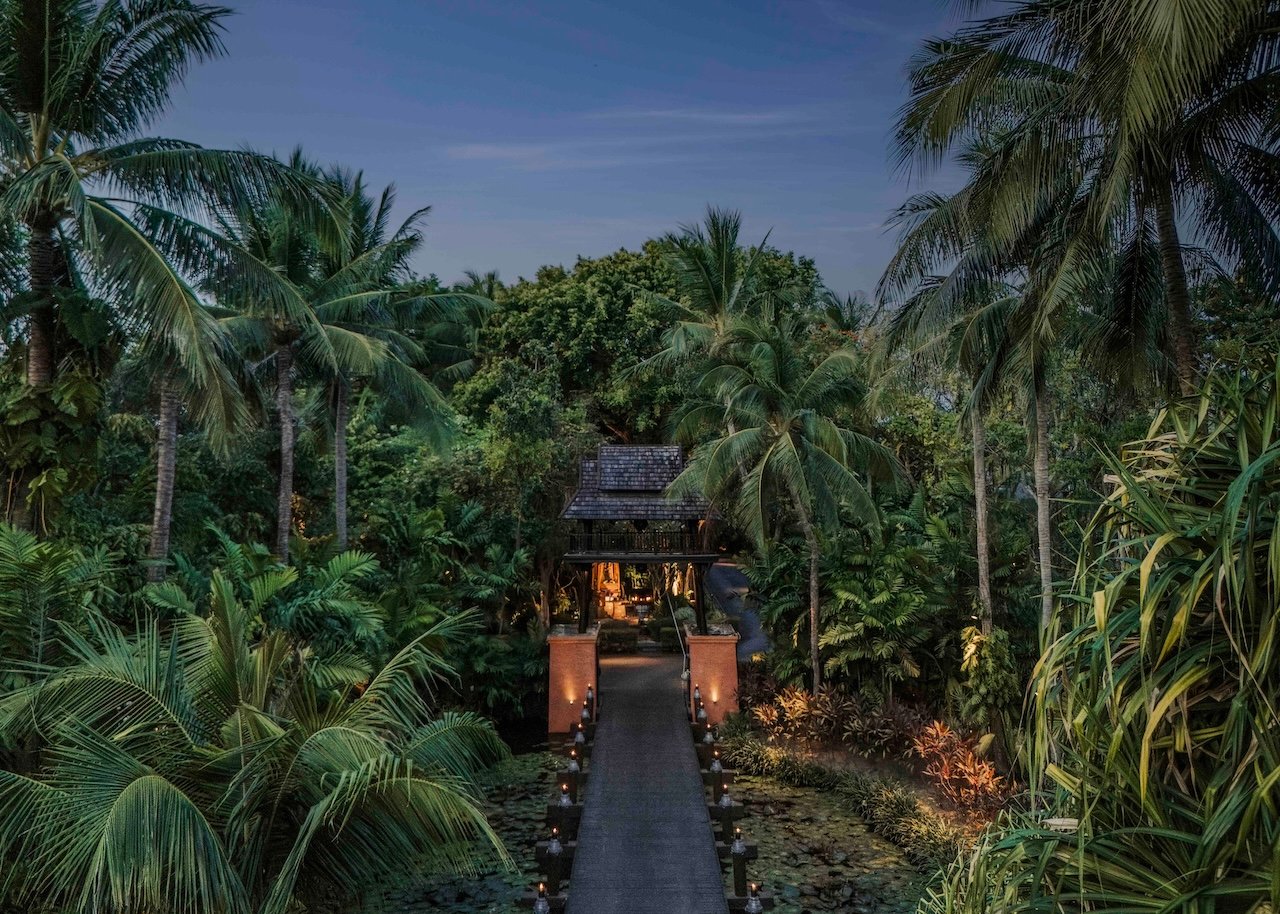
Spotlight Experience: Four Seasons Resort Koh Samui
Perched along Laem Yai Bay on a secluded hillside in the island’s northwest, Four Seasons Koh Samui is built like a secret — villas tucked into tropical green, each with its own private pool and uninterrupted view of the Gulf of Thailand. Being on property feels like floating above the world: quieter, slower, suspended between sea and sky.
The experience begins in the open-air lobby, a breathtaking stage that overlooks the water. Standing there, warm air brushing your skin and the horizon stretching endlessly ahead, you understand why the resort is so often described as cinematic. From there, golf carts wind through palm-shaded paths to deliver guests to their villas, each turn revealing another slice of paradise.
The villas themselves are sanctuaries — a harmony of teak, glass, and natural stone, each with its own infinity pool and panoramic view. Inside, Thai textures meet minimalist design, creating a rhythm of openness and calm. It’s a place built for privacy: you could spend entire days within your own hillside haven, swimming, reading, and watching the sky change shades without ever seeing another guest.
Service here is a quiet art form — the kind of five-star attentiveness that anticipates your needs before you speak them. Golf carts arrive the moment you think to call one; iced coconuts appear at your side without being ordered. It’s luxury that never feels showy — just deeply human and profoundly smooth.
The Tam Rab Thai Experience: A Taste of Heritage Reimagined
I visited for an evening to explore the grounds and experience one of their signature cultural dinners. As the sun dissolved into a watercolor gradient, the resort shifted into a soft glow. Lanterns lit the pathways, and performers took the stage for the resort’s signature Tam Rab Thai experience, an elegant immersion into Thailand’s culinary and artistic heritage that weaves live music, dance, and storytelling into a multi-course homage to Thai flavors.
As live musicians played and dancers moved with exquisite grace, dishes were served buffet style from every region of the country — southern curries rich with spice, northern broths layered with herbs (a personal favorite of mine), and fragrant coconut-based desserts. The meal unfolds like poetry, celebrating the diversity and depth of Thai flavor and tradition. It was graceful, layered, and reverent — the kind of programming that doesn’t just entertain, but honors, with each dish telling a story about region, history, and spice.
By the time the night fades, the ocean still glimmers below and the air smells faintly of jasmine. Four Seasons Koh Samui isn’t simply a hotel; it’s an atmosphere — one that reminds you that true luxury transports you. Even in a short visit, the Four Seasons’ signature showed: impossibly kind, discreet service; villas that feel more like private homes; and an atmosphere that whispers luxury. Here, the architecture cascades down the hillside toward the sea, making every vantage point cinematic. It’s the place you come for honeymoons, milestones, or the kind of trip where you want to feel like the main character in your own carefully shot series.
If you’re looking for that iconic hillside-villa infinity-pool fantasy, with exceptional Thai cuisine and honored tradition, this is where Samui does it best — and I’m already looking forward to making my return to experience it all in full.
Spotlight Experience: Kimpton Kitalay Samui
For travelers who love design that tells a story, Kimpton Kitalay Samui feels like a breath of sea air — modern, expressive, and alive with personality. Nestled along Choeng Mon Beach, the resort reimagines the traditional Thai fishing village through a lens of contemporary luxury: gabled roofs, timber walkways, woven textures, and handcrafted details that whisper of heritage while feeling effortlessly current.
From the moment you step into the airy lobby, scented with sea salt and lemongrass, there’s an ease to the atmosphere — five-star polish softened by a creative, almost residential warmth. Staff greet you with a genuine smile before leading you through palm-lined paths that open to courtyards, gardens, and the sea beyond.
Kimpton Kitalay’s villas and rooms extend that same thoughtfulness — spacious, design-driven, layered with art and tactile textures. It’s luxury that feels lived-in, never stiff. Whether you’re a solo traveler craving connection, a couple seeking privacy, or a creative looking for inspiration, Kimpton meets you there.
Pimãanda by HARNN Spa: Designed to Restore and Remember
The resort’s Pimãanda by HARNN Spa is a study in serenity: soft light filtering through latticed wood, subtle aromas of ylang-ylang and citrus, and therapists whose touch feels intuitive rather than rehearsed. My massage there was the kind of treatment that lingers — deep, sensory, and perfectly attuned to the body’s pace after days of travel. Each movement felt both nurturing and intentional, balancing gentle pressure with fluid, rhythmic stretches that grounded me back into myself, with essential oils that probed me to fully submit myself into the moment.
Even the design of the spa encourages reflection: organic curves, textures of stone and wood, water features that hum softly in the background. After the treatment, I lingered in the quiet lounge with warm herbal tea, feeling cocooned in the afterglow of stillness. It’s not just about relaxation here — it’s about remembering what equilibrium feels like. The team at Pimãanda doesn’t deliver a service; they orchestrate an experience that feels tailored to your energy.
Fish House: Samui’s Culinary Love Letter to the Sea
Dinner at Fish House, the resort’s Michelin Key-awarded beachfront restaurant, was another standout: catch-of-the-day seafood, prime meat cuts, and elegant plating paired with salt-kissed breeze — a seamless blend of coastal simplicity and creative finesse. I could taste the ocean, the smoke, the craft. The space itself is open to the sea, framed by timber beams and candlelight, with soft jazz and the hush of waves underscoring conversation. Beach chic diners, linen-clad and sun-warmed, lean into the unhurried rhythm of the evening.
The cuisine celebrates the island’s maritime roots through a refined lens. Grilled Whole Seabass with pepper caper relish arrives flaky and fragrant, while the Chef-recommended Fisherman Broth bursts with flavor in a fragrant Thai herb broth filled with tiger prawns and chili jelly. Every cocktail — like the gin, vodka, sparkling wine, and orange juice infused Agua de València 390 or Elderflower Aperol Spritz — feels composed with the same care as a dish. Dessert is not to be missed, including a Coconut Crème Brûlée so delcious you’ll dreaming of it long after you leave.
Every plate here tells a story — of the fishermen who bring in the morning catch, of Thai flavors translated with restraint and reverence, of coastal life elevated but never stripped of soul. Dining at Fish House isn’t just a meal; it’s a sensory meditation on place. With the tide close enough to hear and the night wrapping the beach in silver, it’s hard not to feel like time itself has slowed down to join you at the table.
What sets this property apart is its tone — warm, young, and quietly confident, a different register of luxury where individuality is celebrated and every moment feels personal. It’s the Samui stay for those who want authenticity served with style — and a perfect counterpoint to the island’s more traditional resorts.
What to Do in Koh Samui:
Koh Samui isn’t just a resort island. Give yourself experiences that layer the trip:
- Fisherman’s Village (Bophut): Night markets, boutiques, casual-chic restaurants, live music. Perfect for wandering on foot.
- Ang Thong Marine National Park: A day of lagoons, limestone karsts, sea kayaking, snorkeling, viewpoints. Feels like being dropped into a travel poster.
- Namuang Waterfall: A natural jungle shower and cool escape from midday heat.
- Pig Island and Island Hopping: Light-hearted, photogenic, and fun. Picture emerald water, gentle snorkeling, sun-bleached beaches, and the joyous chaos of pigs on the beach. Tropical absurdity in the best way. Best paired with a full-day boat trip.
- Elephant Kingdom Sanctuary: Ethical, educational, and emotionally affecting. Feed, learn about, and observe elephants rescued from labor industries. It’s humbling, grounding, and unforgettable. Always book vetted sanctuaries; your hotel can help.
- Big Buddha and Wat Plai Laem: Iconic temples that deliver both views and atmosphere — ideal for golden hour.
- Yoga on the Beach: Morning flows with ocean soundtrack. Rinse your mind in salt air.
- Spa Days: Make space for real rest. Samui’s spa culture is exceptional; lean into it.
- Sunset Beach Hopping: Bophut, Choeng Mon, Maenam, and Lipa Noi all offer different versions of the Samui sunset story.
- Chaweng Nightlife: For nights that run past midnight: beach bars, fire dancers, live DJs.
Neighborhood Guide:
- Bophut: Chic cafés, boutiques, and gentle nightlife — a perfect home base for Anantara. Great for solo travelers and couples.
- Choeng Mon: Calm bay, upscale resorts, soft sands. Home to Kimpton Kitalay.
- Laem Yai / Northwest: Secluded, intimate, home to Four Seasons. Best for privacy and views.
- Chaweng: Busier, nightlife-heavy, more chaotic. Good for those who want clubs and crowds.
- Lamai: Softer version of Chaweng: beach, cafés, some nightlife, more laid-back — think yoga studios, seafood grills, and a slower pace.
Where to Eat:
Mix hotel restaurants with local spots — Samui does both well.
- FishHouse (Kimpton Kitalay): Elevated Michelin-worthy coastal dishes, beachfront setting and artistry.
- Dining at Anantara Bophut: Beautiful breakfasts, elegant Thai and international options, lotus-pond views.
- Fisherman’s Village stalls: Endless choices — seafood grills, Thai classics, trendy cocktail bars. Eat your way through tiny portions; try everything twice.
- Thai curry shacks inland: Massaman, Penang, or green curry — heat that hugs.
- Local Beachfront Spots: Casual, toes-in-sand dining with grilled fish, curries, and coconut shakes.
Quick Guide:
- Stay: Anantara Bophut for best all-around base; Four Seasons for ultimate hillside luxury; Kimpton Kitalay for design-driven, modern stay
- Do: Elephant sanctuary, Pig Island
- See: Ang Thong Marine Park
- Try: FishHouse’s mouth-watering, beachfront grills
- Vibe: Barefoot luxury, soft edges, “I could extend my stay” energy
The Verdict:
Koh Samui is for the luxury traveler who wants to taste a little bit of everything: spa serenity, salt-water adventure, cultural ritual, and seaside nightlife.
PHUKET
VIBE: Island adventure, cinematic waterscapes, luxurious lounging

Phuket: Oceanic opulence meets cultural depth
Phuket is the kind of place that refuses to be simplified. It’s both postcard-perfect and unexpectedly profound — a symphony of turquoise horizons, mango-sweet breezes, and ancient spirit houses tucked between five-star resorts. It feels like its own microcosm: part glittering Riviera, part cultural epicenter, part tropical sanctuary that hums to its own rhythm. As Thailand’s largest island, Phuket presents itself in chapters. The coastal edges are lined with resorts offering private-pool seclusion, while inland roads unfurl toward markets, hilltop viewpoints, and Old Town’s pastel Sino-Portuguese shophouses. For solo travelers, it’s wonderfully intuitive: transportation is easy, dining is approachable, and hospitality is deeply tuned to traveler well-being.
Here, mornings can begin with monks collecting alms and end with sunset cocktails along a beach that glows pink and gold. Between them lies an ever-changing landscape — bustling night markets perfumed with lemongrass and grilled seafood, emerald jungles whispering above hidden waterfalls, and temples so ornate they look hand-painted by the gods.
Phuket’s magic lies in both its adventure and its arrival: exploring limestone islands by long-tail boat, discovering tucked-away cafés and shrines, or simply letting the day dictate its own pace.
And while the island is no stranger to glamour — with its yacht clubs, Michelin-starred restaurants, and designer boutiques — it still beats with a distinctly Thai heart. Locals smile with the kind of warmth that feels like sunlight, and every experience, from cooking classes to street food, is served with generosity and grace.
Whether you’re craving a slow, sensory escape or a cinematic journey through Thailand’s most iconic landscapes, Phuket holds the key. It’s not just a destination; it’s an awakening — one that reminds you that luxury doesn’t always mean more, it sometimes means meaning.
Phuket is yet another choose-your-mood island — sunrise kayaking one morning, floating breakfast trays and spa steam the next, markets swirling with color at night. Tropical breezes carry whispers of salt and jasmine; long-tail boats glide through jade water toward limestone cliffs shaped by time and tide; and the sunsets here? Unreal. Think molten orange dripping across the Andaman Sea.
Even when rain clouds roll in, the island doesn’t dim — it pivots. Cooking classes, wellness rituals, and cozy hideaways keep the energy alive. Phuket isn’t weather-dependent. It’s experience-dependent — and the experiences are endless.
Where to Stay (Pt. 1): The Naka Island, a Luxury Collection Resort & Spa, Phuket
There are escapes — and then there’s The Naka Island, a place that feels almost mythical in its isolation. Tucked away off Phuket’s northeast coast and reachable only by private boat, this resort is a portal to a slower universe.
After landing, a private car whisked me to Ao Po Grand Marina; minutes later, a scenic five-minute speedboat ride delivered me to palm-draped shores and a welcome drink waiting with a smile. As soon as the ferry pulls up to its jetty, the tempo of life changes. Shoes come off, shoulders drop, and the rhythm of the island takes over — unhurried, elemental, and quietly luxurious.
The resort’s suites and private pool villas sit among lush foliage, designed to fold you quietly into nature’s embrace. My villa was exceptional: a private pool framed by jungle, an outdoor tub, natural textures, and the kind of bed you sink into like memory foam. Privacy is serious here. Every villa feels like its own small kingdom.
New enhancements are underway, which means guests benefit from beautifully refreshed spaces and thoughtful upgrades — but even during rainy, monsoon-season weather, this island retreat glows. Rain here doesn’t ruin the day; it deepens the atmosphere. Mist rolls down the hillside like silk, and the sound of rain against palm leaves feels orchestral. It’s the kind of place where you don’t mind if the sun hides — because the resort itself becomes the destination. Staff pivot seamlessly, offering rainy-day programming and villa-based experiences that turn a storm into a cinematic soundtrack. They seem to anticipate every wish before you think to voice it, offering lemongrass towels and gentle smiles that feel more like homecoming than hospitality.
Villas Built for Reverie
Each of the resort’s villas feels like a secret carved into nature — private sanctuaries with curved walls, thatched roofs, and vast open-air living spaces that invite the outdoors in. Your plunge pool glistens like liquid jade, framed by bougainvillea and palms, while deep-soaking tubs face the horizon. The interiors blend raw natural textures with elevated design: teakwood, stone, linen, and local craftwork in a palette that seems to borrow directly from the surrounding sea and sky.
From your shaded veranda, you can watch the weather move across the bay like a living painting — dramatic, moody, cinematic. In the distance, limestone karsts rise from the Andaman Sea like guardians of an ancient world. Here, the air feels newly charged, and you’re reminded that peace doesn’t always look like stillness — sometimes it’s simply surrender.
Experiences That Stir the Soul
What makes The Naka Island so unforgettable isn’t just its setting — it’s how it invites you to belong to it. The resort’s team curates experiences that honor both local culture and emotional well-being. You can kayak through mangrove forests, learn the art of batik painting from island artisans, or take a twilight canoe trip that culminates in a visit to James Bond Island — its limestone cliffs glowing gold under the last light of day.
Kayaking through mangrove forests is a rare, indigenous experience offered right on the island. It’s soft adventure — gliding quietly through emerald tunnels while herons swoop overhead, palms reflected in still water — feels like traveling through nature’s cathedral. During my stay, I booked an excursion where I boarded a long-tail boat and drifted toward limestone karsts that rise like myths from the water. Twilight canoeing around sea caves gives you a hush that no daytime tour can replicate. And yes — James Bond Island is touristy, but cinematic for a reason.
The Naka Island’s experiences are designed to connect guests deeply with the mystical landscape, local ecology, and cultural heritage of the island. On select days, the Naka Garden Tour invites guests to wander the property’s lush grounds, learning about the indigenous fruits, herbs, and botanical folklore that define Phuket’s culinary and healing traditions. For nature lovers, the resort’s Bird Watching Activity is a quiet highlight — an early-morning exploration of the island’s thriving avian life, with more than 50 species identified across the grounds and along the shoreline. Throughout the week, guests can also join rotating experiences such as Beginner Yoga, the whimsical Hermit Crab Discovery, and the resort’s Epicurean Program at Tonsai Restaurant, where culinary experts introduce the flavors, ingredients, and traditions behind the island’s cuisine. Each activity reflects The Naka Island’s ethos: thoughtful, grounding, and intentionally attuned to the rhythm of nature — ensuring that every guest experiences the island not just as a destination, but as a living story.
Perhaps the most moving moment of all is the resort’s Sunset Ceremony — a gentle, meditative ritual in which different members of the resort’s team lead guests in a short yet moving ceremony by the water. On my first night, I gathered among the other guests to make a wish as the sun sank into the horizon, honoring the island’s history and energy. With views pouring across the Andaman Sea, my wish felt tethered somewhere between horizon and heart, releasing it with a floating candle, carrying gratitude and renewal into the rest of my stay. It’s simple, symbolic, and unforgettable — a moment that stays with you long after you’ve packed your bags.
Floating Breakfast and Culinary Experiences
Masterful chefs transform local seafood, seasonal produce, and Thai herbs into dishes that feel both comforting and ceremonial. Candlelit dinners are framed by the sound of the sea; poolside lunches are breezy and bright — simple luxury perfected.
One morning, breakfast floated gracefully across my villa’s pool — tropical fruit, juices, pastries, and Thai specialties drifting on a wicker tray against misty island light. The famed floating breakfast is an experience in itself: served in your private pool, framed by orchids and coconut palms, as if breakfast decided to take a holiday too. It’s indulgent, theatrical, and delightfully lazy. Time stretches at The Naka Island, and you find yourself unwilling to rush.
As the day stretches on, dining shifts from nourishing to nostalgic. Lunch at Royal Horizon offers savory light meals and refreshing beverages in a relaxed poolside setting, surrounded by breathtaking views of the Andaman Sea. This experience is hosted in one of the resort’s finest rooms, temporarily transformed into an alternative venue for entertaining. Evenings at Zbar bring Japanese-inspired dishes and craft cocktails that taste like vacation distilled. Rum Chapel brings authentic Italian cuisine in a quaint setting with restaurant signatures. At the Multi-Purpose Sala, authentic Thai cuisine is served in a relaxed setting. Every meal here feels like an offering.
Wellness in Its Purest Form
The Spa Naka is its own world — an open-air sanctuary of teak and stone where treatments unfold like poetry. Therapists use locally sourced oils and ancient techniques to unwind tension and reset energy. My traditional Thai oil massage at The Naka Island was the kind that rewires your nervous system — a slow, intentional rhythm of warm oils and gentle pressure that felt like it was coaxing the island itself into my muscles. My masseuse worked with a quiet wisdom, her hands moving with the kind of intuitive grace that felt almost spiritual. It was as though she could sense every thread of stress — and knew exactly how to unravel it.
Signature rituals incorporate the island’s natural elements: sea salt scrubs, coconut body wraps, and herbal compresses that smell like the tropics themselves — a wellness philosophy rooted in elemental healing.
Whether you choose an aromatherapy massage or a chakra-balancing session, every treatment ends with the same thing: silence so complete you can hear the ocean breathing, and a soothing Spa Naka Garden Tea from the most beautiful teapot and cups, overlooking the lush courtyard that is the spa haven.
A Resort Made for the Elements

There’s a quiet brilliance to how The Naka Island is designed. Its pathways curve with the land rather than against it. Its villas are positioned for privacy and breeze. Even the soundscape — rustling palms, trickling water, distant waves — feels intentional. You get around by golf cart, though walks through the garden are their own kind of meditation. Every corner seems touched by care: stone carvings half-hidden by vines, open-air pavilions framed by frangipani trees, and staff who move with the grace of people in love with their craft.
The Naka Island doesn’t try to impress; it disarms. It reminds you that sometimes luxury is the freedom to do absolutely nothing, surrounded by everything that matters.
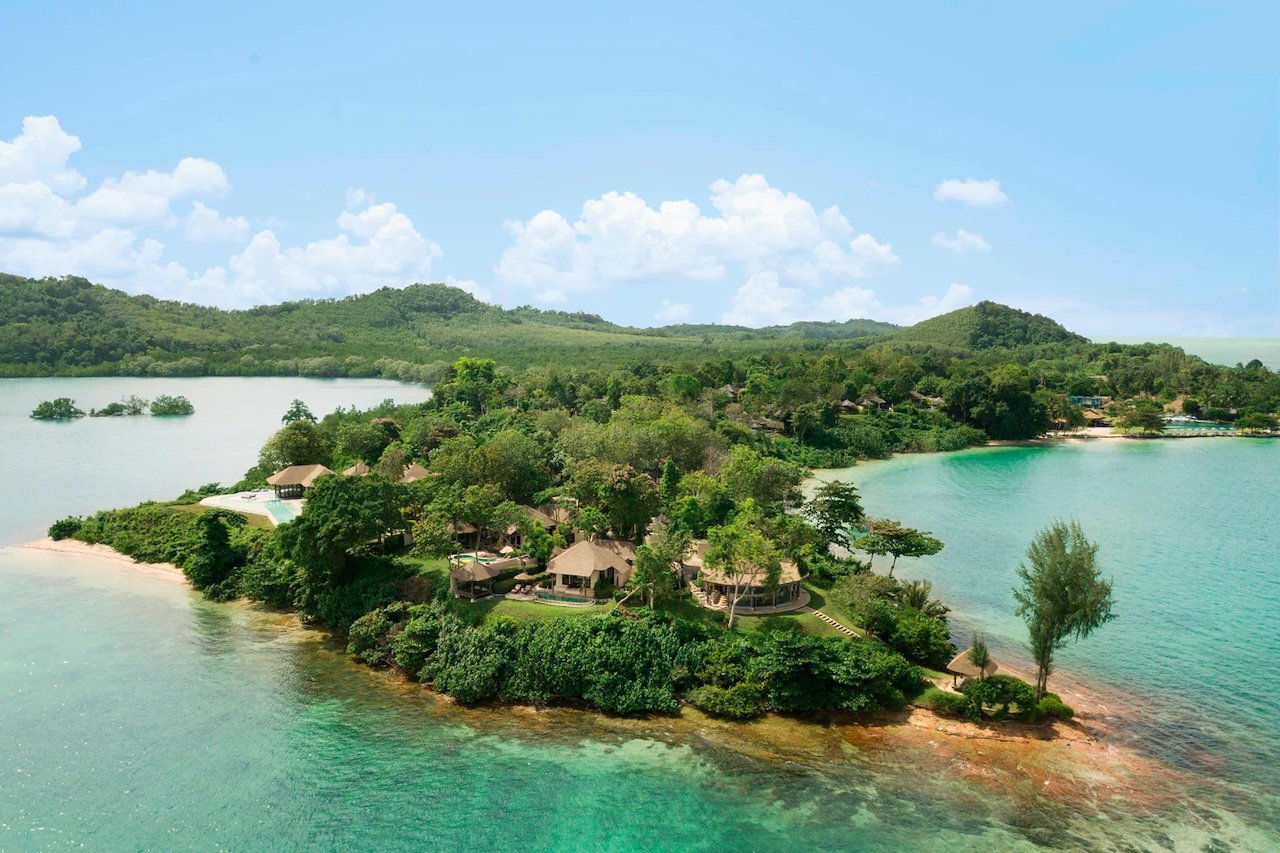
Where to Stay (Pt. 2): Renaissance Phuket Resort & Spa
On the opposite side of Phuket’s story sits Renaissance Phuket — modern, design-forward, and newly refreshed. Here, you trade seclusion for vibrancy. The resort sits along Mai Khao Beach, the longest stretch of untouched sand in Phuket, framed by national parkland and breezy pine trees.
Following a major renovation, the property now expresses Southern Thai coastal living through folk-inspired craftwork: seashell lighting, woven textures, and motifs pulled from fishing tools — all blended into clean, contemporary luxury. It’s warm, worldly, and sociable — the perfect counterpoint to island seclusion.
The resort feels like a living piece of modern art. Its architecture is a harmony of open spaces that frame the ocean, interiors that draw inspiration from local textures and tropical hues. Every line feels intentional, from the infinity-edge pools that mirror the horizon to the villas shaded by palms and cooled by sea air.
Newly Redesigned Rooms and Villas
Guestrooms and villas tell a story of locality: abstract shoreline art, natural textiles, coastal patterns, and thoughtful touches that frame Phuket as “The Pearl of the Andaman.” Pool villas offer private sanctuaries with plenty of sunlight and soft edges — lush without losing authenticity.
The newly renovated rooms and villas are an exercise in understated elegance: floor-to-ceiling windows, freestanding bathtubs, and neutral tones accented with handcrafted details that nod to Phuket’s coastal culture. My suite overlooked the lush gardens, a sanctuary of calm that felt worlds away from the island’s buzz. Each evening, a local dessert or sweet surprise awaited me in the room, welcoming me home to my Thai haven.
The attention to detail here isn’t about extravagance — it’s about connection.
Culinary Highlights: Where Flavor Meets Fire
Renaissance Phuket’s dining scene is a story in itself — one of artistry, authenticity, and unabashed pleasure. The crown jewel is Takieng, the resort’s award-winning Thai restaurant and a proud member of Phuket’s Top 25 Restaurants. It’s the kind of place where you can taste both history and innovation in every bite.
During my Takieng Cooking Class, I learned to craft classic southern Thai dishes — from Chicken Coconut Milk Khao Soi with kaffir lime leaves to Pad Thai Prawn stirred over a flame with just the right kick of chili. The Chef guides you like a friend, sharing tips passed down through generations. And when you sit down to taste your creation, the flavors bloom — sweet, spicy, salty, alive. Lunch tasted richer because we’d made it — by hand, by instinct. It is easy to see why Takieng is beloved by locals and travelers — and for good reason.
At night, Takieng transforms into an ambient dream: wooden beams, candlelight, and the distant sound of the surf. The menu reads like a love letter to Southern Thai cuisine — from a crispy Andaman-sea-prawn spring roll and spicy pomelo salad, to Phuket-style stewed pork belly with black soy sauce and pineapple, finishing with mango sticky rice and coconut ice cream. The dishes honor regional diversity while celebrating Phuket’s own oceanic identity.
Beyond Takieng, the resort hums with culinary variety. Loka Deli serves vibrant salads and baked goods perfect for lazy brunches, while Sand Box Beachfront Bar & Eatery offers open-air beachfront dining — think wood-fired pizzas, fresh seafood, and cocktails kissed with local fruit. Even the on-site Starbucks somehow feels elevated, a reflection of Renaissance’s blend of luxury and accessibility. The culinary scene here is diverse enough to stay for days without repeating a meal.
Wellness and Renewal
Between meals and adventures, Quan Spa becomes the soul of the resort — a sanctuary designed to soothe without pretense. Treatments here borrow from both Thai and contemporary healing traditions, with massages that release deep-set fatigue and facials infused with island botanicals. The design is soft and cocoon-like: dim lighting, aromatic oils, and a soundscape of gentle water and flute music that lulls you into stillness.
Outside, yoga decks overlook tropical gardens, and wellness programs range from sunrise stretching to high-energy fitness classes. Whether you’re floating in the resort’s sprawling pool or cycling through coconut groves, Renaissance makes movement feel like meditation — and the property is built for choice. There’s Thai boxing training, yoga, paddle boarding, beach lawn games, bike tours, Kids World activities, circuit training, kayaking, and more. Everything here is designed to blend fun and relaxation into one adventure.
Exploring the Island: Culture, Color, and Calm
Renaissance Phuket is ideally located for exploration — a launchpad for discovering the island’s most vibrant corners. One morning, I set out to Wat Chalong, a temple of intricate gold filigree and fragrant incense, before heading into Phuket Old Town, where pastel Sino-Portuguese buildings tell stories through their shutters and balconies. Wandering through the lanes, I found tiny cafés serving Thai iced coffee and antique shops overflowing with hand-carved treasures.
By sunset, I was standing at Khao Rang Hill Viewpoint, watching the sky bleed into shades of coral and lavender — a watercolor masterpiece over the city below. Phuket has a way of slowing you down in the most beautiful way; even a day of sightseeing feels like a meditation in motion.
Designing for Discovery
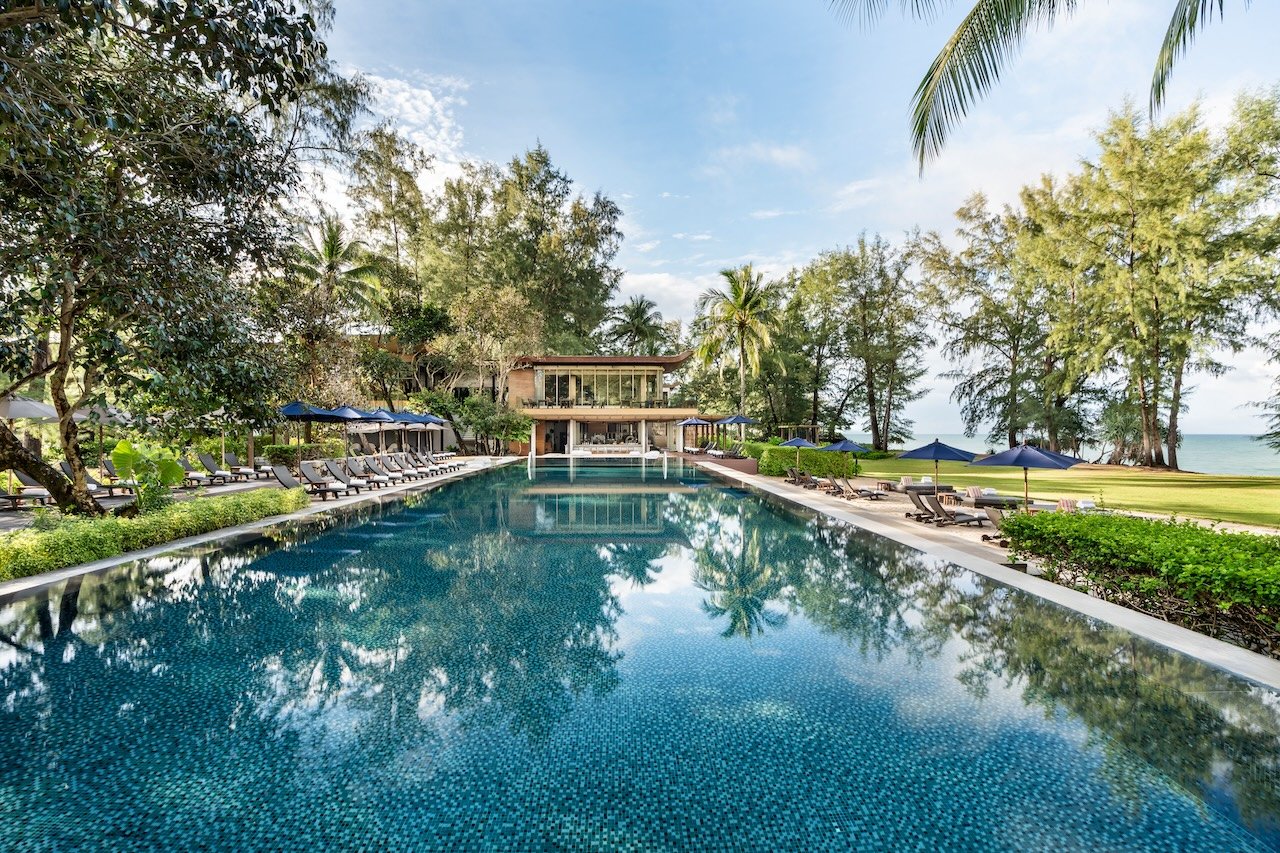
What sets the Renaissance apart is its modern energy — the sense that something’s always happening, even if it’s just the sound of the sea meeting the shore. The property’s renovation introduced fresh textures, softer palettes, and eco-conscious touches that blend seamlessly with its natural surroundings. Every space feels open, social, and intentional — from the art installations in the lobby to the rhythmic playlists curated by the hotel’s “Navigator,” whose role is to connect guests to local experiences.
There’s an energy here that’s distinctly Renaissance: vibrant, youthful, curious. It’s luxury without pretension, elegance without effort. And whether you’re taking a morning dip, perfecting your curry paste, or watching the tide slip in over Mai Khao Beach, the feeling is the same — that you’ve found the sweet spot between adventure and ease.
The Renaissance Phuket Resort & Spa doesn’t ask you to choose between indulgence and authenticity — it gives you both. It’s where modern design meets timeless Thai grace, where flavors tell stories, and where every sunrise feels like a clean slate. For travelers craving connection, creativity, and a touch of chic comfort, this is Phuket at its finest.
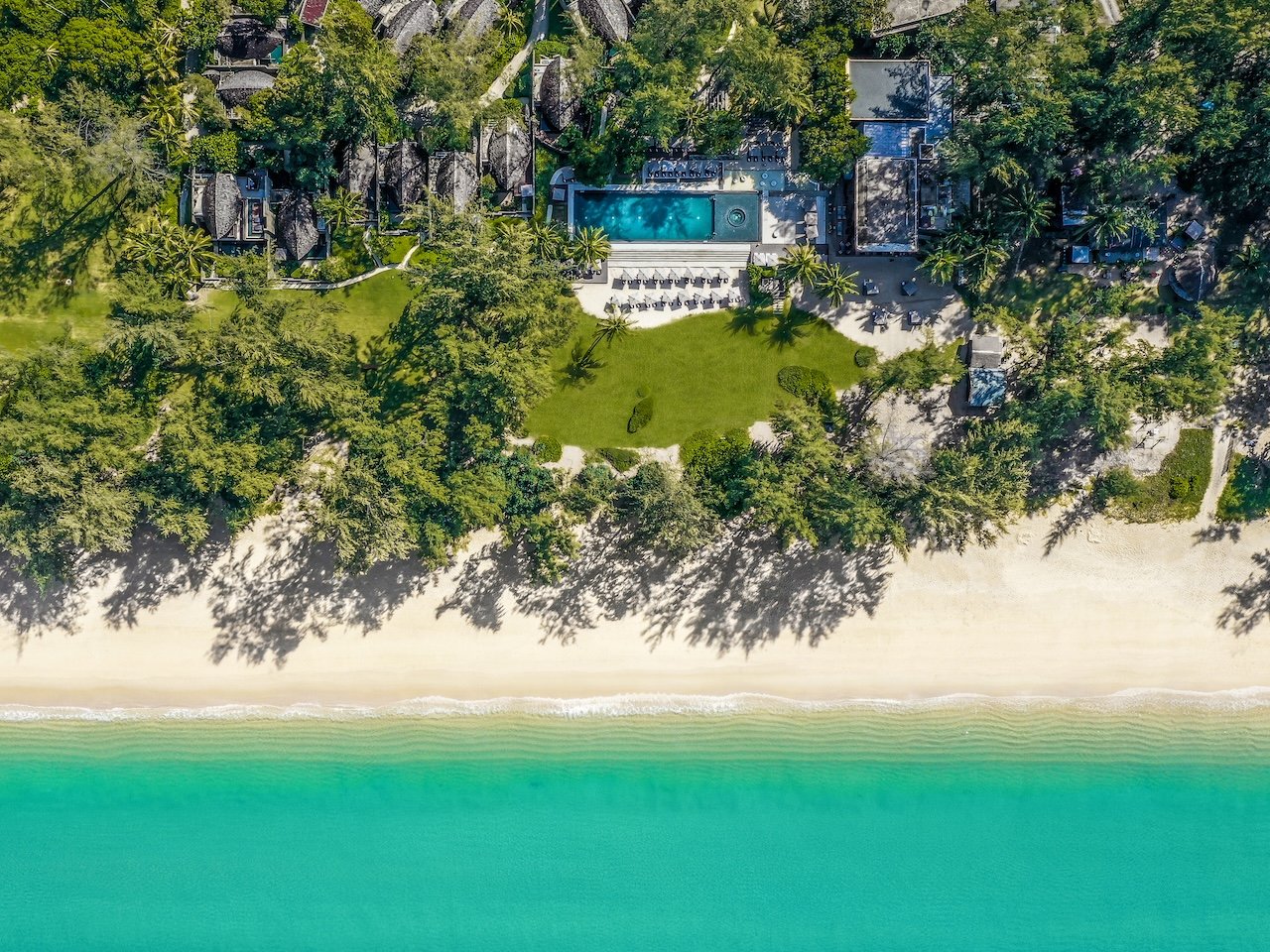
What to Do in Phuket:
- Wat Chalong Temple: A sacred site shimmering with gold leaf and ritual incense. The energy is reverent and grounding.
- Phuket Old Town: Sino-Portuguese architecture in ice-cream shades: coral, mint, saffron. Boutique cafés, murals, heritage bakeries.
- Khao Rang Hill Viewpoint: Come at sunset — the island glows rose-gold and lavender.
- Phang Nga Bay: Emerald limestone cliffs rising from jade water. Mesmerizing.
- James Bond Island: Touristy? Yes. Photogenic? Absolutely.
- Mangrove Forest Tours: A quiet dive into local ecology.
- Beach Clubs: For the social traveler — sunbeds, minimalist décor, cocktails.
Neighborhood Guide:
- Mai Khao Beach: Phuket’s longest, most untouched beachfront — softer crowds, pine groves, national-park energy.
- Ao Por Pier: Gateway to island-hopping, speedboat transfers, marine excursions.
- Phuket Old Town: Color, spice, coffee culture, boutique shopping.
- Cape Panwa: Calm beaches, fewer tourists, sunset romance.
Where to Eat:
- Takieng, Renaissance Phuket: Award-winning Southern Thai flavors rooted in family recipes.
- Sand Box Beachfront Bar & Eatery: Sea breeze, charcoal grill, modern cocktails.
- Rum Chapel, The Naka Island: Coastal ingredients, Thai-Italian fusion sensibility.
- Old Town Curry Houses: Order massaman and trust the locals.
Quick Guide:
- Stay: The Naka Island for seclusion; Renaissance Phuket for social luxury
- Do: All things on the water — boat tour of Phang Nga Bay, twilight canoeing, mangrove kayaking
- See: Wat Chalong at golden hour
- Try: Takieng Thai cooking class
- Vibe: Soft aquatic adventures meet warm hospitality
The Verdict:
Phuket is part cultural deep-dive, part barefoot retreat, part watercolor-sunset dream. Together, they tell the island’s full story: one of tradition and reinvention, ritual and rhythm, stillness and celebration.
BANGKOK
VIBE: Urban jungle, temple contrast, after-dark electricity
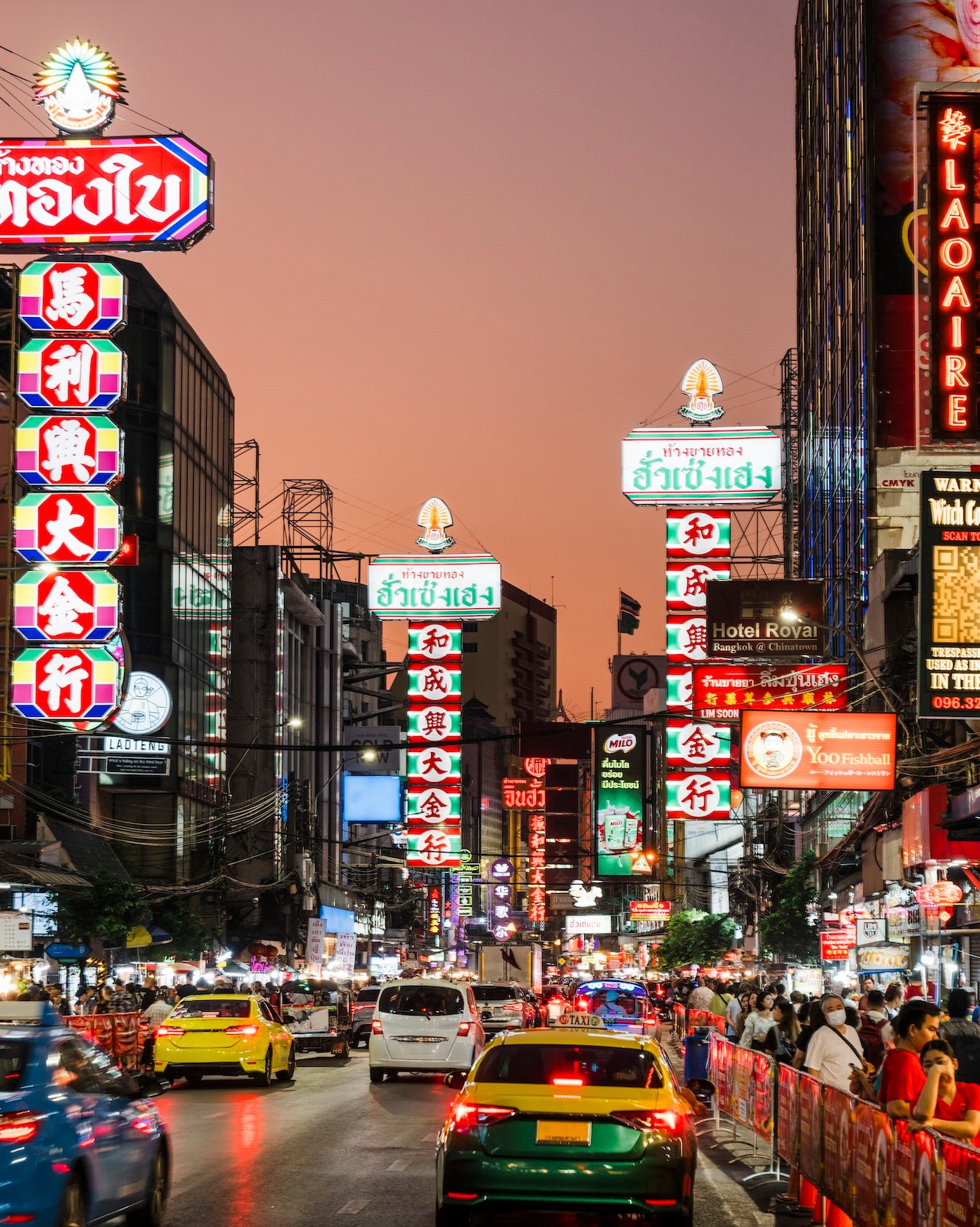
Bangkok: A High-Voltage Collision of Flavor, Ritual, and Rooftops
Bangkok isn’t just Thailand’s capital — it’s its heartbeat. It’s not a gentle city, and that’s exactly what makes it unforgettable. Motorbikes blur past flower markets bursting with marigolds, golden temples shimmer like gilded secrets, and rooftop bars hover so high they feel suspended between timelines. One minute you’re slurping noodles on a plastic stool, the next you’re sipping cocktails above a skyline that glitters like a motherboard.
It’s the moment the humidity hits you like a welcome hug. It’s the sound of woks and temple bells echoing across the river. It’s the scent of lemongrass and diesel and grilled pork skewers swirling into one intoxicating perfume. It’s neon lights reflecting off rainy pavement, monks quietly sweeping leaves at dawn, rooftop bars that swallow you in sky, and long-tail boats carving lines across the Chao Phraya like ink. There’s a beautiful contradiction here. Sacred rituals coexist with street chaos. Bangkok is sensory overload — but somehow, strangely soothing.
The city is an instant adrenaline shot to your curiosity — and somehow, also a balm to your nervous system. It’s a puzzle you never quite solve, which is why you’ll want to come back. For solo travelers? It’s one of the friendliest, easiest playgrounds in Southeast Asia. Everyone smiles. Everyone helps. The city wants you to have a good time.
I arrived here hungry for culture and Thai city-life — and left feeling like I’d swallowed stardust. Whether you’re here for the food, the fashion, the temples, or the thrill of never quite knowing what’s next, Bangkok rewards curiosity. And if you stay in the right places, it also rewards stillness.
Where to Stay (City): Renaissance Bangkok Ratchaprasong Hotel
In the heart of Bangkok’s glittering Ratchaprasong district, where the city’s most coveted designer boutiques and skywalks intersect, the Renaissance Bangkok Ratchaprasong Hotel rises like a beacon of urban sophistication. As soon as I walked into the lobby, there was this warm, modern buzz: marble floors gleaming, ambient lighting dancing over sleek art installations, the soft murmur of travelers checking in from every corner of the world. It feels alive without ever feeling chaotic. Here, you feel the pulse of the city — refined, radiant, and humming with cosmopolitan energy.
This is urban luxury with personality — fashion-adjacent, immersive, sensory. It’s the kind of hotel where staff remember your name, the bartender remembers your drink, and the Navigator concierge recommends places no guidebook lists. It’s stylish without being uptight, and social without being intrusive — that perfect balance you want in a megacity like Bangkok.
The property balances polished modernity with Thai warmth. My suite offered floor-to-ceiling views of the city skyline — glass towers reflecting sunset hues of peach and gold — the kind of panorama that makes you stop mid-sentence just to breathe it in.
Bangkok can feel like a labyrinth — but staying at Renaissance Bangkok Ratchaprasong makes it feel designed for you.
Design That Marries Drama and Calm

Renaissance Bangkok is as much an experience in design as it is in hospitality. The architecture is sleek and geometric, softened by Thai-inspired motifs, rich woods, and ambient lighting that shifts with the time of day. The lobby feels like a gallery — high ceilings, art installations, and mirrored accents that catch Bangkok’s glow. But the real magic happens in the rooms: plush bedding, oversized bathtubs with skyline views, and thoughtful touches like locally made teas and silk cushions that nod to Thailand’s craftsmanship.
My room became my sanctuary. By day, light floods through the windows, reflecting off skyscrapers and the bustle below. By night, the city transforms into a constellation — and your room becomes a private observatory suspended above it all.
Everything is plush: the cloud-soft bed, the marble bathroom, the rain shower that felt like a personal spa waterfall. After long days of temple-hopping and market-wandering, this room let me melt back into myself.
Culinary and Cultural High Notes
The hotel’s culinary scene rivals the city itself in diversity and delight. Breakfast at Flavors is a lavish affair — tropical fruits, delicate pastries, steaming dim sum baskets, and Thai omelets cooked to order. Every corner feels curated to celebrate Bangkok’s abundance.
Dinner at Fei Ya, the hotel’s award-winning Cantonese restaurant, transports you to another world entirely: lacquered duck with crisp skin, jasmine-scented rice, and the theatrical precision of tableside service. The Italian trattoria, La Tavola, brings the heart of Italy to Bangkok, serving hand-crafted pastas, wood-fired pizzas, and a thoughtfully curated selection of fine wines.
Evenings at R Bar are effortlessly chic — craft cocktails infused with pandan or lemongrass, enjoyed against the backdrop of soft jazz and the hum of conversation. Evenings at the bar felt like a cosmopolitan ritual.
The flavor of Bangkok continues outside your door. From the Renaissance, you can walk to Siam Paragon, CentralWorld, and Gaysorn Village, or hop in a tuk-tuk to the Grand Palace and Chinatown’s street food stalls, where grilled prawns, coconut ice cream, and mango sticky rice redefine what “street food” tastes like (to be honest, I’m still dreaming about it all).
Wellness and Rooftop Leisure
After a day in the city, Quan Spa offers an escape that feels almost otherworldly. Treatments draw from ancient Thai healing rituals — warm compresses, herbal oils, and rhythmic pressure that restores rather than just relaxes. My treatment felt like a symphony of Thai healing — warm herbal compresses, rhythmic Thai stretches, and a bath of sacred oils untangling days of travel tension into pure, quiet ease. The atmosphere is hushed, overlooking the city below. Quan Spa feels like stepping through a sound barrier. The city’s noise disappears the second the door closes behind you.
The rooftop infinity pool offers one of the city’s best-kept secrets: a view that stretches across the skyline, glass towers reflecting the water’s shimmer as dusk falls. It’s impossible not to feel a thrill of awe — the kind of moment that reminds you why Bangkok is as spiritual as it is electric. Swimming while watching skyscrapers light up for the night feels completely surreal.
The fitness center is modern, bright, and stocked — great for staying on track between Pad Thai indulgences.
The Personality of the Property
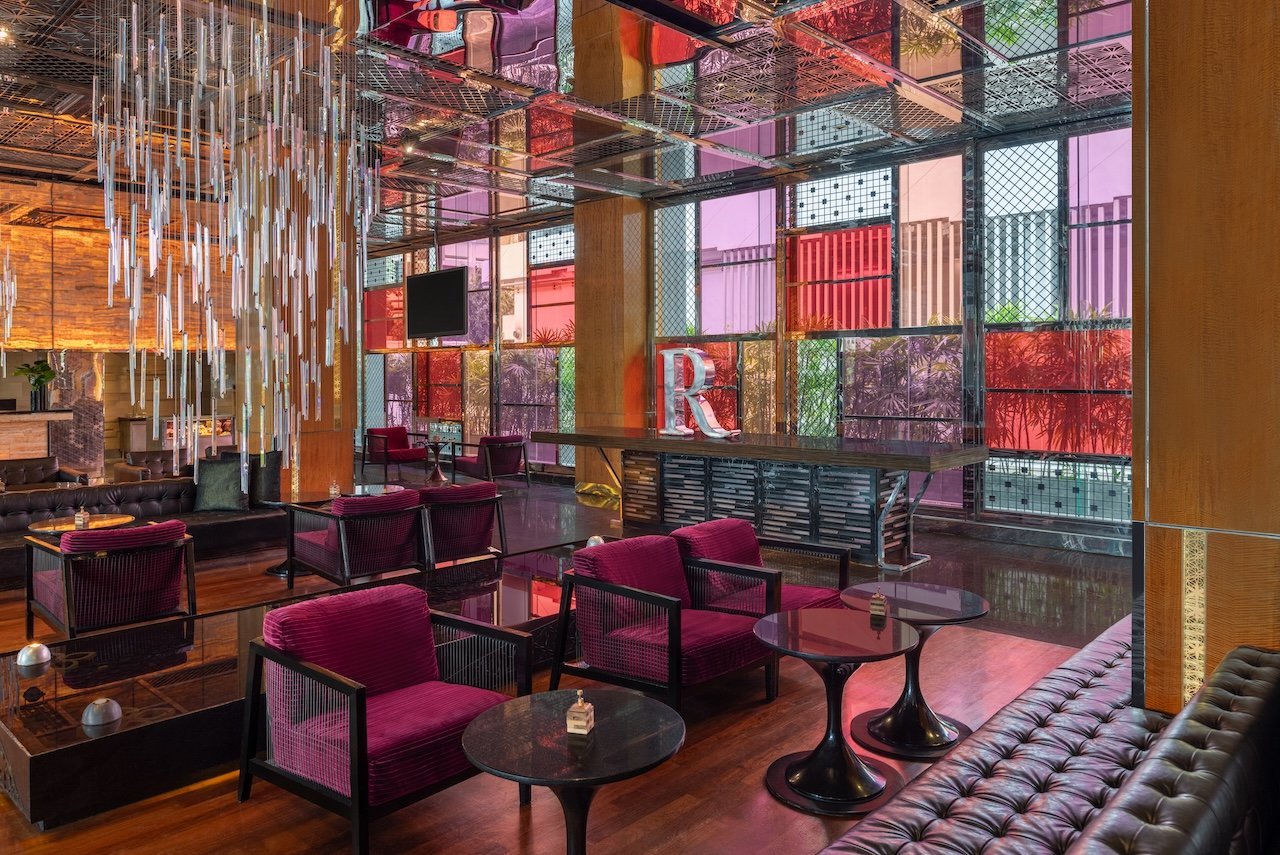
Renaissance Bangkok Ratchaprasong isn’t just a place to stay — it’s a front-row seat to the city’s pulse. Sophisticated yet soulful, it captures Bangkok’s paradox: grounded in tradition, unafraid of modernity, and always alive. It’s where you recharge between adventures, where the skyline feels close enough to touch, and where the luxury is as much about perspective as it is about polish.
What I loved most: Renaissance isn’t trying to be quiet or minimal. It’s leaning into Bangkok’s identity — bold, sensory, curious — then polishing it. You feel encouraged to explore, to discover, to try the unusual street dumpling or the craft cocktail spiked with Thai spices.
It’s a glamorous launchpad into the city — but never pretentious about it.

Where to Stay (Airport): Courtyard by Marriott Bangkok Suvarnabhumi Airport
There’s airport hotels — and then there’s this. Courtyard by Marriott Bangkok Suvarnabhumi Airport is the sophisticated exhale you never knew you needed. A retreat designed for travelers who crave calm, connection, and contemporary comfort before their next flight.
Just minutes from the terminals yet worlds away in feel, quietly cocooned from the city’s chaos, it’s the rare airport hotel that feels like a destination of its own rather than a layover necessity. When I arrived, the contrast was striking: clean white lines, warm wood, soft color palettes, and a lobby that felt chic rather than clinical. You instantly understand: this is a final treat before wheels-up.
This hotel redefines what an “airport stay” can be. It eliminates the panic-packing, traffic-calculating stress Bangkok is famous for. Instead, you get serenity, structure, and space to breathe. It’s sleek and contemporary — the perfect last chapter to a whirlwind Thailand itinerary.
A Sanctuary of Seamless Design
The Courtyard’s design philosophy is rooted in balance — minimalist without austerity, elegant without excess. It’s a beautifully designed property, and one that truly transports you; one where you can sit sipping your afternoon tea, staring out over the property’s pool and courtyard, basking in its ambiance for hours (and I’m speaking from experience).
The moment you step inside, the space feels fresh and composed with natural light streaming through glass corridors that open to lush greenery. There’s a fluidity to its layout — wide open spaces designed to move you gently from check-in to rest, with thoughtful seating areas that invite pause rather than passage.
Guest rooms are spacious, marrying clean lines with soft details that speak to Marriott’s understated luxury. My suite felt like a haven after days of travel — a bed draped in crisp linens, blackout curtains that promise deep sleep, and an oversized rain shower that could wash away an entire journey’s worth of fatigue. A private balcony overlooked the Prawet Burirom canal and gardens, offering that rarest of gifts in Bangkok: silence.
Every touch feels intentional — from the handwritten welcome note to the cool lemongrass-scented towels delivered on arrival. Even the lighting design plays a role in the hotel’s tranquility, shifting from soft amber in the evening to crisp daylight tones at sunrise. It’s modern hospitality at its most human.
The Poolside Escape
Outside, the resort-style outdoor swimming pool feels like an oasis carved into modernity. Surrounded by palm trees and cushioned loungers, it’s easy to forget you’re near an airport at all. The swim-up bar serves fresh coconut water, signature cocktails, and light bites — the perfect interlude between flights or before dinner.
As the sun begins to fade, the entire pool deck takes on a cinematic glow, mirroring the amber sky above. It’s the heartbeat of the hotel and transports you far away from the city’s high-rises. It felt like a bonus vacation — a rare luxury in such a busy city.
Dining with Intention
What surprises most guests about the Courtyard by Marriott Bangkok Suvarnabhumi Airport is how considered the dining experience feels. This isn’t the standard airport hotel buffet — it’s a culinary offering that mirrors the thoughtful service found throughout the property.
Mornings begin with a breakfast spread that feels both abundant and intentional: tropical fruits sliced to perfection, house-baked pastries still warm from the oven, fluffy omelets cooked to order, and an array of Thai favorites like stir-fried noodles, tom yum soup, and crispy roti drizzled with condensed milk. Add in a fresh juice bar and the aroma of freshly brewed espresso, and it’s clear the Courtyard takes as much pride in nourishment as it does in comfort.
When hunger strikes later in the day, guests gravitate toward Big Bite, the hotel’s stylishly modern American-style diner that blends familiarity with flair. Here, the menu offers everything from gourmet burgers stacked high with local produce to onion rings and Big Bite Dogs done to perfection. It’s a space that hums with relaxed energy — neon signage, retro-chic interiors, and playlists that make you want to linger a little longer. Whether you’re craving a hearty breakfast-for-dinner moment or a late-night milkshake, Big Bite delivers comfort food with Marriott polish.
For travelers craving something lighter or more traditional, the hotel’s main restaurant, Chon Som All Day Dining, continues to impress through lunch and dinner, offering a balance of Thai specialties and international classics — think Asian curry, Roasted Wagyu Rump, or a perfectly seared Cajun Seabass.
Every dish, whether plated poolside or served in-room, carries the same quiet elegance that defines the Courtyard experience — familiar, comforting, and subtly elevated.
Hospitality That Anticipates
What truly defines the Courtyard Suvarnabhumi is its people. The staff embody that distinctly Thai grace — never forced, always genuine. They move with quiet precision, anticipating your needs before you’ve voiced them: arranging complimentary airport shuttle transfers, wake-up calls, or breakfast-to-go boxes for early flights. Every interaction feels seamless, as if the entire hotel operates on intuition.
The fitness center is another standout — bright, well-equipped, and open 24 hours, ideal for travelers adjusting to time zones. For longer stays, the hotel even offers day-use rooms and late checkout options, designed for flexibility without friction. It’s this sense of effortless flow that makes the Courtyard experience so rare — everything works beautifully, without ever needing to ask.
Ease Elevated
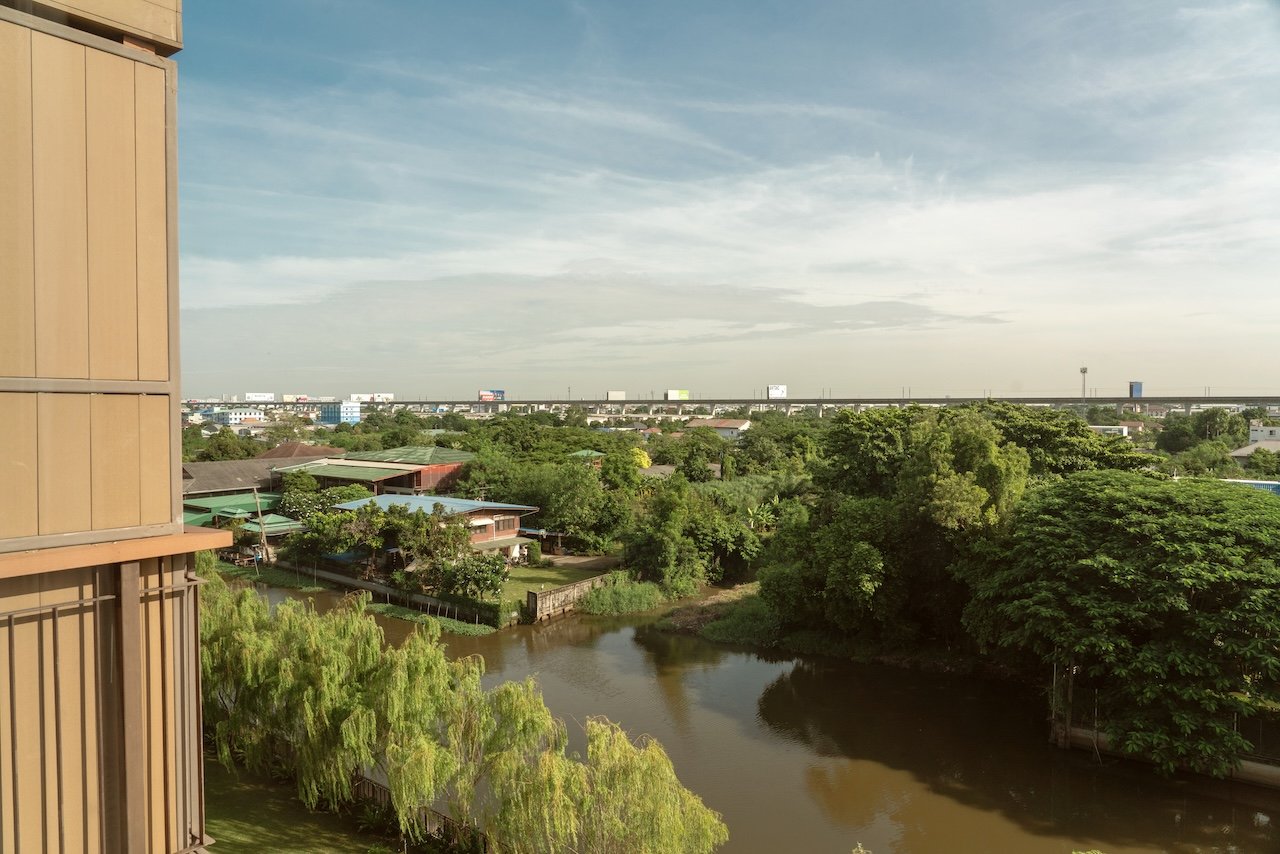
Courtyard Suvarnabhumi isn’t flashy; it’s thoughtful. It knows its role: to prepare you, soothe you, and send you off feeling lighter. The energy is calmer, the staff more soft-spoken, the design more peaceful. It invites you to reflect on your trip instead of rushing through the finale.
But what truly sets this Courtyard apart is its balance of efficiency and grace. Whether you’re arriving in Thailand or saying goodbye, this hotel reminds you that transition can be sacred too. It’s not a stopover — it’s a soft landing.
For travelers wrapping up their Thai adventure or wanting to call their homebase somewhere outside of the city’s chaos, Courtyard by Marriott offers the perfect coda: comfort, calm, and care — the kind of place that lets you reflect before returning to reality.
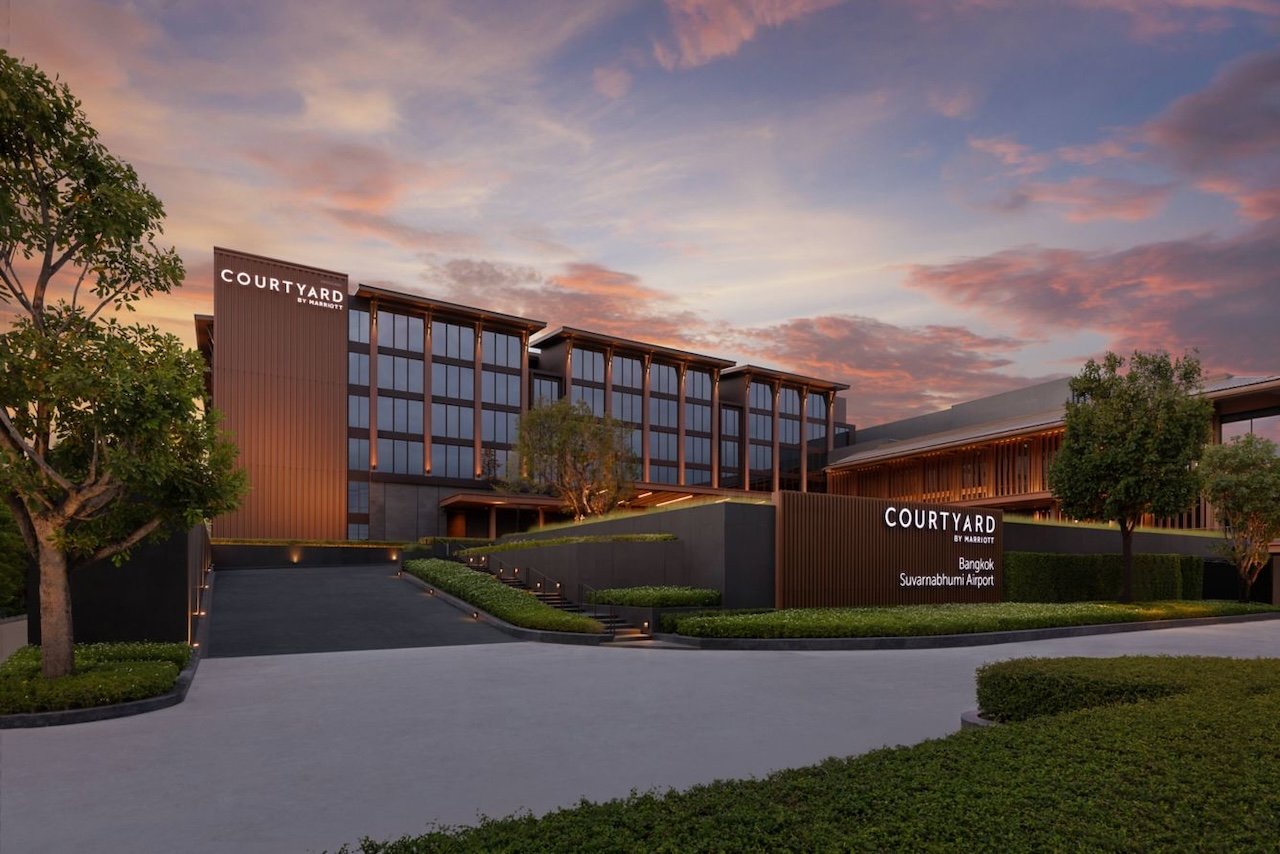
What to Do in Bangkok:
This city offers everything — but these should be non-negotiable:
- Visit the Grand Palace and Wat Phra Kaew: Step into the city’s spiritual core at the opulent Grand Palace — home to the sacred Emerald Buddha — before continuing to Wat Pho to see the monumental Reclining Buddha, and Wat Arun for sunset views across the Chao Phraya River.
- Shop the City’s Contrasts: From Siam Paragon, CentralWorld, and Gaysorn Village for designer finds to Chatuchak Weekend Market for handmade crafts and local fashion, Bangkok is a shopper’s dream — part couture, part chaos.
- Sip Coffee in Style at Le Café Louis Vuitton: Nestled inside the Louis Vuitton Maison in the city’s luxury shopping district, Le Café Louis Vuitton offers a rare fusion of haute design and gastronomy. Indulge in a signature pastry and artisanal coffee beneath sculptural lighting and impeccable interiors — a quintessential Bangkok moment where art, fashion, and flavor intersect.
- Sip Jazz and Elegance at The Bamboo Bar: Tucked inside the Mandarin Oriental, this legendary spot pairs live jazz with world-class cocktails and moody glamour — a must for a sophisticated, chic nightcap.
- Take in the View at Sky Bar: Perched atop the State Tower, Sky Bar offers sweeping views of the river and city skyline — made famous by The Hangover Part II. Order a signature “Hangovertini” and watch Bangkok shimmer below.
- Chinatown Street Food (Yaowarat): Some of the best bites of my entire trip — crispy pork, dumplings, noodles, mango desserts. Follow your nose, not your Google Map.
- Nahm: One of the world’s best restaurants. Dishes unfold like stories — sweet, salty, sour, spicy — each balancing the next like Thai poetry.
- Catch a Muay Thai Fight: Experience the intensity and artistry of Thailand’s national sport. The rhythm of drums, the crowd’s energy, and the fighters’ graceful precision make it feel less like combat and more like a cultural ritual.
- Ride Like a Local: Hop on a motorbike taxi to zip through Bangkok’s busy streets — exhilarating, efficient, and the ultimate insider move. There’s no faster way to feel the city’s pulse. This is the feeling of freedom embodied in physical form (and my Roman Empire).
Neighborhood Guide:
- Ratchaprasong: Fashion and lifestyle hub home to Bangkok’s luxury hotels, designer boutiques, and rooftop bars. Perfect for travelers who love to be in the center of it all.
- Chinatown (Yaowarat):The city’s beating heart — bustling markets, sizzling woks, and iconic neon-lit nights. The ultimate culinary adventure.
- Riverside: A serene contrast to downtown chaos, with temples, heritage hotels, and scenic long-tail boat rides on the Chao Phraya.
- Siam: Malls the size of small planets. Fashion heaven.
- Sukhumvit: Trendy, cosmopolitan, and full of rooftop lounges, speakeasies, and modern dining.
- Lumphini Park: Joggers, tai chi, giant monitor lizards sunbathing like kings.
Where to Eat:
- Nahm: One of Asia’s most celebrated restaurants, serving traditional Thai flavors through a fine-dining lens. Think blue swimmer crab curries, coconut-infused soups, and spice profiles that dance between heat and harmony. Book early. Let the servers guide you.
- Chinatown Stalls: A feast for the senses and one of the world’s best street-food scenes. Don’t miss grilled prawns, crispy oyster omelets, mango sticky rice, and pomegranate juice pressed to order under glowing red lanterns.
- Rooftop Bars: A must, not a maybe.
- The Bamboo Bar: Live jazz, candlelight, and cocktails crafted with precision — a glamorous throwback to old-world Bangkok that still feels timeless.
Quick Guide:
- Stay: Renaissance Bangkok for the city’s pulse; Courtyard Marriott for an airport-adjacent, resort-style exhale
- Do: Muay Thai fight, rooftop cocktails, scooter taxi
- See: Grand Palace, Wat Pho, Chinatown
- Try: Nahm, Yaowarat street stalls
- Vibe: Urban energy and spiritual chaos meets gilded glamour
The Verdict:
It’s temples at dawn, noodles at midnight, scooter rides that feel rebellious, and rooftop cocktails that make you feel like you’re hovering above life instead of stuck inside it. It’s where you go to feel awake.
CHIANG MAI
VIBE: Creative calm, artisan heartbeat, café culture
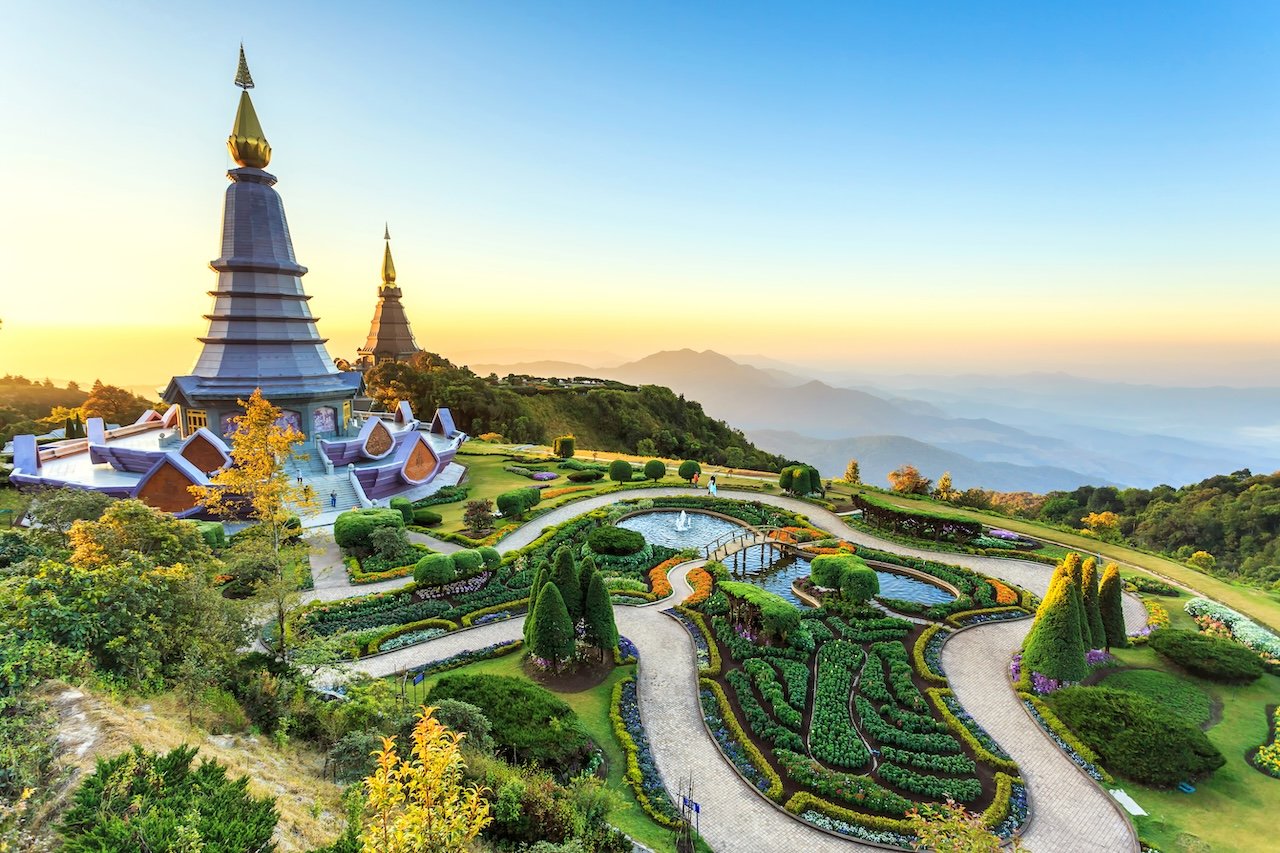
Chiang Mai: A City That Stirs Your Imagination
Some cities dazzle you. Chiang Mai draws you in.
There’s something different in the air here — a quiet confidence pulsing beneath temple rooftops and banyan trees. Mornings smell like warm pandan bread and honey-roasted coffee beans; afternoons are painted in shades of hand-dyed silk; and evenings glow beneath lanterns strung along ancient walls. Craftspeople carve wood with decades of muscle memory, baristas pour latte art like calligraphy, and jazz musicians tuck into tiny venues to improvise under a string of dim bulbs.
Chiang Mai has a heartbeat textured by creativity. It doesn’t ask you to rush — it asks what you want to make of your time here.
It’s the place where ambition softens into inspiration, where wandering becomes learning, and where solitude feels like good company. Travelers don’t just explore this city — they engage with it. They taste, touch, sketch, sip, collage, browse, listen, return, repeat.
This is the northern capital of curiosity. And it just might be the destination that stays with you for years after your boarding pass fades.
Where to Stay: Chiang Mai Marriott Hotel
The Chiang Mai Marriott Hotel is a perfect reflection of its city: peaceful yet pulsing with life, steeped in tradition yet refreshingly modern. Set in the heart of the city and just steps from the famed Night Bazaar, it offers a luxurious haven for travelers who want both proximity and peace. From the moment you walk through its glass doors, you feel it — the warmth of Thai hospitality wrapped in the polish of Marriott sophistication.
The hotel is expansive, but it never feels overwhelming. Instead, it feels like a curated world — one where every corner reveals another avenue for rest, play, or discovery. The staff is beautifully tuned to solo travelers: warm, intuitive, and ready with suggestions you didn’t know to ask for. Need a driver? Done. Night Bazaar recommendations? Solved. Where to buy the best handmade journals? They know that too. It’s five-star hospitality without stiffness — a genuine welcome.
Inside, the hotel’s aesthetic blends Lanna-style inspiration (the traditional architecture of Northern Thailand) with modern minimalism. Rich woods, golden accents, and art pieces crafted by local artisans make every corner feel considered. It’s the kind of design that feels refined, grounding, and deeply connected to place. This isn’t just a place to sleep. It’s a luxury base for creativity, culture, and culinary indulgence.
The Suite Life: Skyline Baths and Space to Unwind
My suite at the Chiang Mai Marriott felt more like a private apartment than a hotel room: expansive, elegant, and illuminated by large windows that framed the city below — the kind of space that encourages deep exhale. A separate living room, dedicated workspace, walk-in closet, and a bathroom with a deep soaking tub overlooking the city. At night, I filled the tub, dimmed the room, and watched the lights below. It felt cinematic.
The room’s layout is intuitive: soft lighting, a rain shower that melts tension, a plush king bed that swallows you whole, and blackout curtains that guarantee real rest. It’s engineered for recovery.
Every evening brought a small delight — from beautifully plated Thai desserts to a handwritten note wishing me good dreams. It’s these thoughtful touches that make the property feel personal rather than corporate. More importantly, it’s intentional.
Culinary Highlights: A Taste of the North
Dining at the Chiang Mai Marriott feels like a journey through Thailand’s northern flavors, filtered through international finesse. The standout is Favola, the hotel’s Michelin Guide–recommended Italian restaurant, where dishes like handmade pasta and smoked seafood risotto are served with Thai warmth and precision. The space is intimate and the ambiance balances romance and vibrancy — candlelit tables, an open kitchen, and a sommelier who remembers your favorite wine from the night before.
For something local, the hotel’s Ping Cuisine & Bar offers a more traditional experience, featuring regional Chiang Mai specialties with a modern twist — think khao soi, aromatic curries, and beautifully grilled river prawns. Breakfast here is another revelation: an abundant spread of tropical fruit, dim sum, Thai rice dishes, and western favorites served alongside fresh juices and made-to-order eggs. Each morning feels like a small celebration of flavor.
Moments of Wellness, Leisure, and Entertainment
At the Chiang Mai Marriott, restoration isn’t treated as an afterthought — it’s woven into the rhythm of your stay. Between temple tours and café-hopping, the hotel becomes a space to exhale, reflect, and recharge.
On the 4th-floor terrace, an infinity pool floats above the city. The view stretches toward Doi Suthep mountain — crowned with its golden pagoda — and at sunset, the scene glows like saffron. Frangipani trees perfume the air. Daybeds sit in shallow water. Cocktails arrive in chilled glasses. It’s resort bliss woven into the fabric of an urban trip. By day, it’s a quiet retreat where the world slows to the tempo of sunlight flickering across the water. By night, lanterns glow along the edge, and the city hums softly below — the perfect spot for a sunset cocktail or a reflective swim after a day of exploration.
Inside, the fitness center rivals that of a boutique gym: spacious, bright, and equipped with state-of-the-art machines for both cardio and strength training. One of the most unexpectedly delightful amenities: a fully immersive golf simulator. It’s playful, social, and perfect for nights when you want fun without bar crowds. There are also karaoke rooms and a game lounge, making the property feel like its own entertainment district. This matters on rainy evenings — you never feel stuck. The hotel becomes the activity.
The Quan Spa continues this narrative of gentle indulgence. Rooted in Thai tradition and elevated by Marriott’s signature wellness philosophy, it’s a sanctuary where time feels fluid. Treatments range from traditional Thai massages to aromatherapy rituals that use locally sourced botanicals — lemongrass, kaffir lime, and jasmine — designed to restore both body and spirit. My therapist began with a grounding foot ritual before transitioning into rhythmic stretches that seemed to melt fatigue from every muscle. I emerged lighter, quieter, and somehow more in tune with myself — the kind of calm only Chiang Mai can inspire.
M Club Access: Elevated, Exclusive, Effortless
But the crown jewel of the property’s leisure experience is the M Club — a luxurious executive lounge that feels less like an amenity and more like a hidden world. Reserved for select guests, the M Club offers an exclusive retreat for work, dining, or quiet reflection. The space blends the sophistication of a private members’ club with the warmth of Thai hospitality: plush seating, expansive windows overlooking the city, and staff who anticipate your preferences after your first visit.
Throughout the day, the M Club transforms to match your mood. Mornings bring an elevated breakfast with artisanal pastries, fresh fruit, and barista-made coffee. Afternoons are for light bites and tea service — perfect for catching up on emails or reading in peace. By evening, the atmosphere softens: champagne glasses clink, hors d’oeuvres circulate, and the skyline begins to glow in the distance. It’s intimate, refined, and effortlessly cosmopolitan — a quiet counterpoint to Chiang Mai’s bohemian energy.
Location and Heartfelt Hospitality
The Chiang Mai Marriott’s service is impeccable in that quietly Thai way — intuitive, unassuming, and sincere. Staff greeted me by name, arranged drivers with ease, and filled my suite with small kindnesses: warm tea, a dessert plate inscribed with my name, even carefully curated suggestions to local spots to visit. They made the city feel accessible while allowing me to experience it authentically.
The hotel sits steps from the Night Bazaar and Riverside Walk — one of Chiang Mai’s most atmospheric stretches. You can wander out with no plan and stumble into street musicians, art stalls, and mango sticky rice stands glowing under lanterns. It’s safe, perfect for solo travelers, and magical after dark.
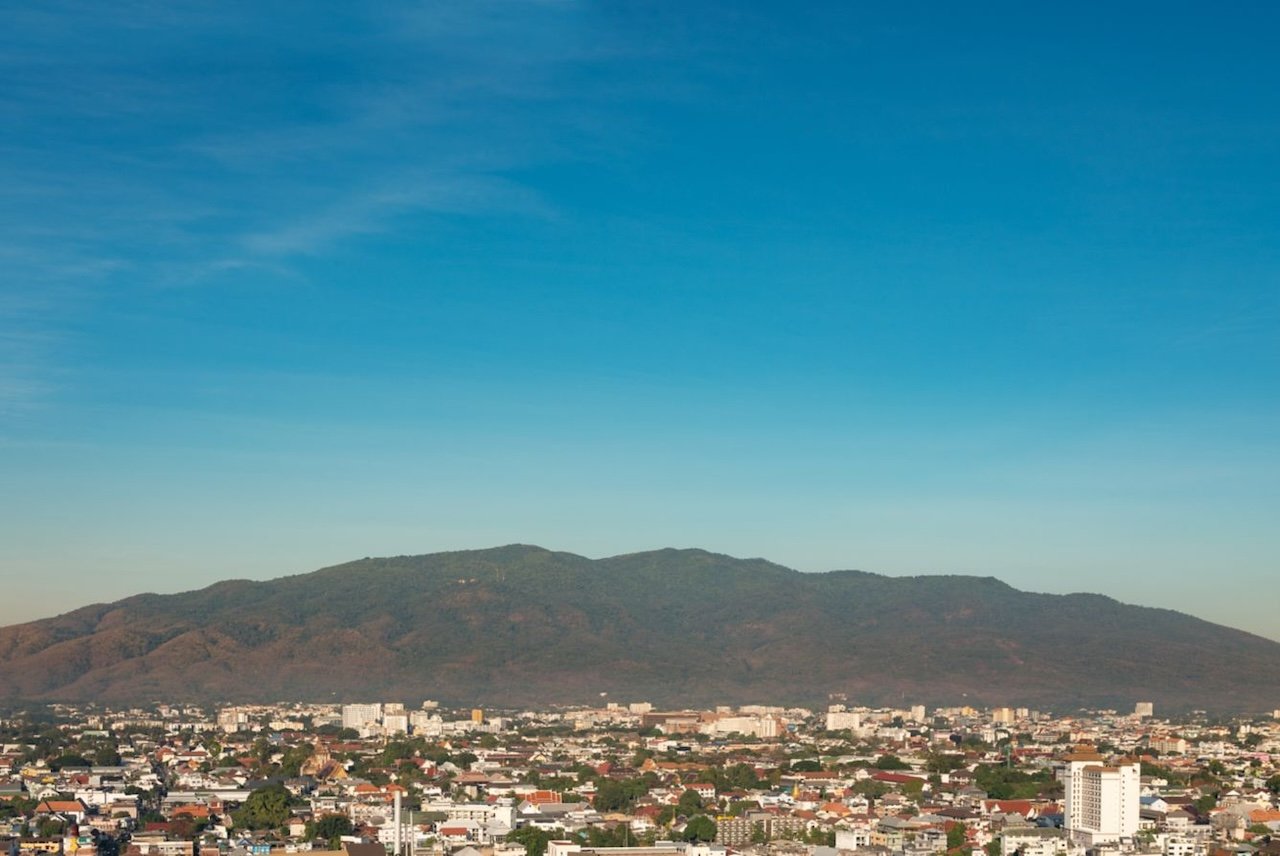
What to Do in Chiang Mai:
- Wander the Night Bazaar: Just steps from the Chiang Mai Marriott, this open-air market comes alive as the sun sets. Stalls glow under strings of lights, artisans display handmade jewelry, textiles, and lanterns, and the air hums with live music and the scent of sizzling street food. It’s a nightly celebration of local craft and community — and one of the city’s most charming rituals.
- Visit the Temples of the Old City: Chiang Mai is home to over 300 temples, each whispering a piece of history. Begin at Wat Phra Singh for its gilded Lanna architecture, continue to Wat Chedi Luang for its ancient stone ruins, and end at Wat Phra That Doi Suthep, perched high in the mountains with panoramic views of the city below.
- Explore Baan Kang Wat — The Creative Village: One of Chiang Mai’s best-kept secrets, Baan Kang Wat is an artist’s sanctuary tucked in the hills — a collective of workshops, studios, cafés, and boutiques where creativity thrives. Here, you can collage your own journal, sip iced coffee among ceramicists, or browse handwoven textiles and local art. It’s a place to slow down, connect, and create (and one of my personal favorite magical spots).
- Listen to Live Jazz at North Gate Jazz Co-Op: When the sun goes down, follow the sound of trumpets and laughter to North Gate Jazz Co-Op, a beloved institution that spills onto the sidewalk with locals, travelers, and musicians improvising under the stars. It’s casual, joyful, and pure Chiang Mai soul.
- Walk the Riverside: As twilight settles, the Ping River transforms into a tranquil promenade lined with cafés, craft cocktail bars, and restaurants that glow with soft lantern light. It’s the perfect spot for an evening stroll or riverside dinner.
- Café Culture: Chiang Mai’s café scene is legendary — minimalist coffee shops tucked behind temples, bohemian breakfast nooks serving smoothie bowls, and wellness cafés offering matcha lattes and vegan treats. Start your day slowly, journal in hand, as monks walk past collecting morning alms.
- Local Food Missions: Khao soi is a must. The broth alone is a love letter to the city!
-
Floating Lanterns: If you visit Chiang Mai in November, you’ll witness one of Thailand’s most breathtaking traditions: the Yi Peng and Loy Krathong festivals, when thousands of glowing lanterns rise into the night sky in unison, illuminating the city in golden light. For many visitors, it’s a once-in-a-lifetime spiritual experience — one that lingers long after the lanterns fade from view.
NEIGHBORHOOD GUIDE:
- Night Bazaar District: Bustling, colorful, and perfectly walkable. Packed with markets, local eateries, and live performers — ideal for travelers who love to be in the action.
- Chang Klan Road: Night markets and riverside dining — steps from the hotel.
- Old City: The historic heart of Chiang Mai, surrounded by ancient walls and moats. Home to countless temples, boutique hotels, cafés, and art galleries.
- Nimmanhaemin Road: The city’s creative hub — trendy coffee shops, boutiques, and co-working spaces define this area, often called “Chiang Mai’s Brooklyn.”
- Riverside: Elegant and atmospheric, offering riverside dining, art galleries, and a slower pace of life — a beautiful counterbalance to the city’s buzz.
- Baan Kang Wat Creative Village: A sanctuary for lovers of handmade everything.
- Tha Phae Gate: Historic walls and golden hour photo corners.
WHERE TO EAT:
- Favola (at Chiang Mai Marriott): A Michelin Guide–recommended Italian restaurant where handmade pasta meets Thai hospitality. Try the truffle pasta or a glass of Chianti — a little slice of Tuscany in northern Thailand.
- The Riverside Bar & Restaurant: A Chiang Mai institution. Live acoustic music, candlelit tables along the Ping River, and hearty Thai comfort food — relaxed, romantic, and quintessentially northern.
- Dash Teak House: Set inside a stunning traditional teak home, this restaurant combines old-world architecture with crowd-pleasing classics like pad thai, massaman curry, and mango sticky rice.
- Woo Café & Art Gallery: The kind of café that could double as a Pinterest board — all whitewashed walls, lush florals, and locally made ceramics. Come for the ambience, stay for the coffee and coconut cake.
- Brewginning Café: Minimalist and deliciously caffeinated.
- Night Bazaar Food Stalls: Banana roti, grilled meats, mango sticky rice, coconut desserts.
QUICK GUIDE:
- Stay: Chiang Mai Marriott Hotel
- Do: Stroll the Night Bazaar and explore Baan Kang Wat
- See: Old City temples
- Try: Khao soi
- Vibe: Calm, cultural, creative
The Verdict:
Days are filled with handcrafted cafés, temple quiet, gentle mountains, and creative villages where time stops mattering. Nights glitter with jazz bars, riverside walks, and street food that tastes like memory.
CHIANG RAI
Vibe: dreamy temples, river breezes, watercolor serenity
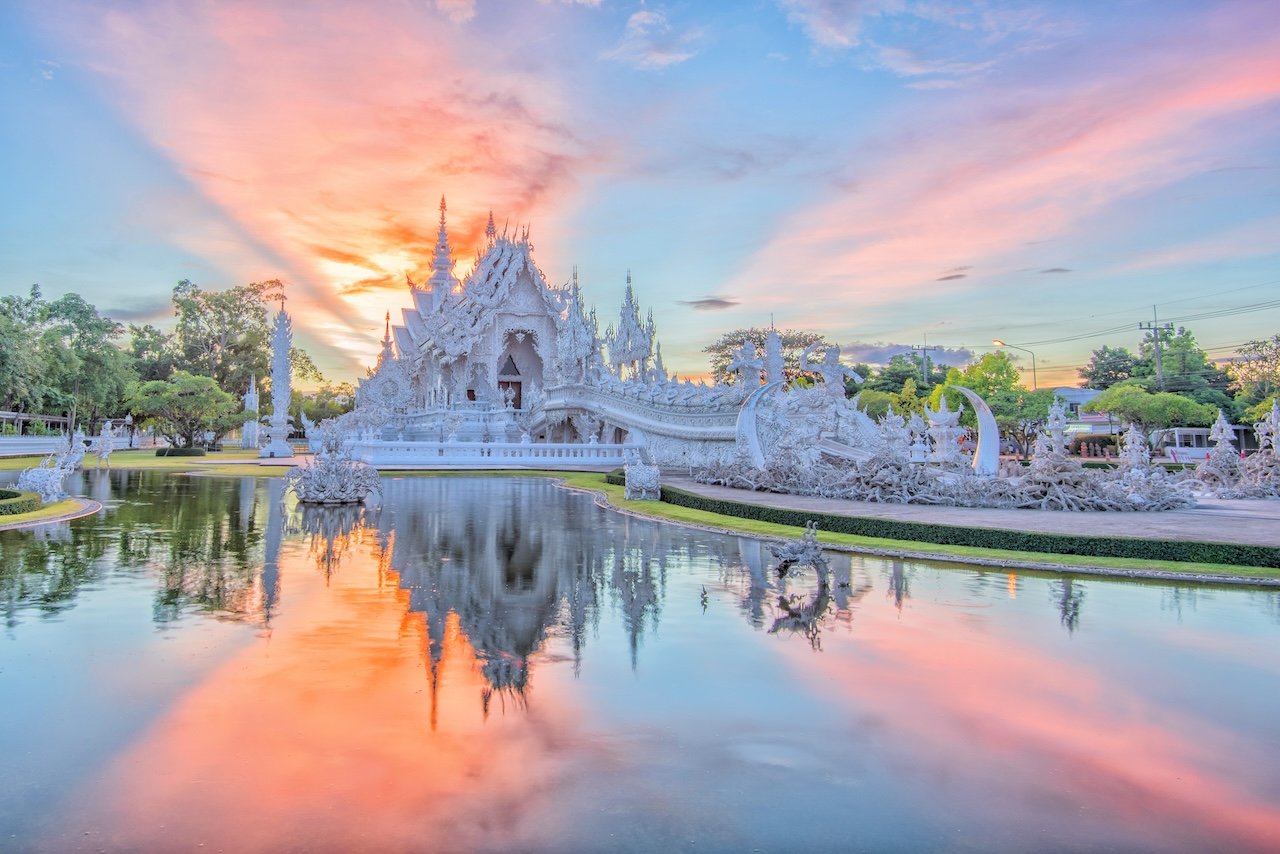
Chiang Rai: Surreal Spiritualism, River Calm, and Artistic Wonder
Chiang Rai feels like crossing into a softer dimension of Thailand’s north — quieter, stranger, and more visually poetic than anywhere else on the itinerary. Here, temples aren’t just landmarks; they’re living sculptures. The famous White Temple glitters like shattered porcelain under the sun, its mirrored mosaics catching the light and flicking it back into the world like tiny blessings. The Blue Temple swirls with sapphire dragons and celestial murals, while the colossal Big Buddha keeps watch from her perch above the valley, wrapped in golden twilight.
The pace slows as you arrive. The air feels cooler, the spaces wider, the colors richer. Riverbanks are lined with rain trees that bend like slow-moving dancers. Garden cafés hide behind hedges, where time stretches in the steam of a pour-over coffee. Artists carve, paint, stitch, weld, sculpt, and build without spectacle — as if creation itself is the language here. And the city moves with a curious balance: spiritual without heaviness, whimsical without chaos, deeply local without feeling inaccessible.
The most fulfilling route is to book a private car from Chiang Mai and turn the three-hour drive into a pilgrimage north. Along the way, drivers can stop at hot springs, tea plantations, Buddhist monuments, and scenic viewpoints. The road unfolds like chapters — each one quieting your mind a little more.
For solo travelers, Chiang Rai offers something rare: unpressured intimacy. It gives you room to process. To notice. To be quiet with your own thoughts. It invites evenings spent on a balcony listening to crickets, mornings journaling beside the river, afternoons marveling at surreal temples that look like someone sketched them from a dream.
Every day here feels like watercolor — soft at the edges, but emotionally vibrant. It doesn’t pull you forward. It lets you arrive at your own pace.
Chiang Rai may be the smallest of your northern stops, but it leaves the biggest mark on your sense of wonder. It is the tender afterthought of adventure — a whisper after the crescendo — and an unforgettable final destination full of reflection and redirection, for wherever life takes you next.
Where to Stay: Le Méridien Chiang Rai Resort
Perched along the banks of the Kok River, the Le Méridien Chiang Rai Resort is the kind of property that makes you want to stay an extra day — or three. It blends the brand’s modern European sophistication with the quiet spirituality of northern Thailand, resulting in a resort that feels both rooted and refined. From the moment you arrive, you’re greeted with a calm that’s hard to put into words: the sound of birdsong, the scent of frangipani, and a cool welcome drink that seems to reset your entire body clock.
Le Méridien Chiang Rai sits on 26 acres along the Kok River, but somehow still feels intimate. Towering rain trees (some more than 100 years old) curve overhead like living umbrellas, and paths weave through manicured lawns, art murals, lotus-rimmed ponds, and riverside terraces.
From the moment you enter the lobby, you feel the temperature of life drop a few degrees. It’s quiet here. Spacious. Gentle. This resort embodies the magic of Northern Thailand’s pace.
Riverside Rooms and Refined Design
My suite opened onto a private balcony overlooking the emerald lawn, glimmering infinity pool, and Kok River — a living watercolor of blues and greens that changed with the light. Every morning, I’d slide open the glass, inhale warm jasmine air, and watch the pool ripple beneath soft sunrise. The interiors are soft and contemporary, with teakwood accents, local artwork, and oversized windows that frame the landscape like a moving painting. The layout feels intuitive: a workstation if you want it, cozy slippers if you don’t.
Each evening, a plate of local tea and handmade desserts awaited me — delicate, fragrant, and arranged with the kind of intention only found in hospitality cultures that truly care. It was small touches that felt deeply personal. The hotel’s design philosophy seems built around stillness: water features ripple softly through the courtyards, and every corridor opens to views of either greenery or sky. It’s luxury that speaks quietly, without ever needing to announce itself.
A Sanctuary of Art and Nature
The resort leans into artistic personality — from striking murals and sculptures to quiet alcoves where you’ll find two sitting chairs overlooking the river, quietly tucked behind the property. These hidden corners became some of my favorite spots to journal, sip tea, and simply watch the world drift by. It’s a property built for wandering.
Wandering the property feels like a slow meditation. Every turn offers something beautiful — a centuries-old rain tree arching over the lawn, lotus ponds reflecting the sky, and pathways that weave through manicured gardens where time seems to pause.
Culinary Harmony
Dining at Le Méridien Chiang Rai is a sensory journey from morning to night. The breakfast buffet is one of the best I’ve encountered in Thailand — vibrant, abundant, and intentionally nourishing. Freshly pressed juices in jewel tones and colorful wellness shots that wake the body without caffeine line the counter as you walk inside, followed by tropical fruit strong with sunshine, flaky pastries melting with coconut cream, and steaming baskets of dim sum. There’s a live station for Thai noodle soups, a Western selection of eggs and waffles, and an ever-changing rotation of northern Thai specialties that showcase the region’s unique flavors.
The resort’s signature restaurant, Latest Recipe, offers both international classics and local dishes crafted with care — fragrant curry noodles, local fish, and spicy sour soup. For an afternoon interlude, Latitude 19 Bar & Lounge is perfect for a coffee, cocktail, or glass of wine as the light shifts over the river. The bartenders here mix drinks with quiet artistry — local teas, lemongrass, and tropical fruits infused into modern classics.
Dinner at Favola, illuminated by candlelight reflecting off the water, delivered handmade pasta, wood-grilled seafood, rustic comfort, and we can’t forget their famous Caesar Salad, made tableside with fresh ingredients. The wine list is expansive, but the vibes are cozy — a perfect reward after a day of cultural sightseeing. Whether dining indoors or on the terrace overlooking the water, every meal is elevated by the serenity of the setting.
Wellness and Reflection
Le Méridien’s riverside setting makes it a natural space for restoration. The Parvati Spa offers holistic treatments rooted in Thai wellness, from traditional massages and herbal compresses to aromatherapy rituals using organic oils. Each treatment room opens onto the spas private garden, so even rest feels connected to nature — and afterward, ginger tea sipped beside rippling water. The spa doesn’t just treat your body; it grounds your energy.
The resort’s infinity pool mirrors the sky, its edges melting into the landscape stretching along the river’s edge, with daybeds in clusters of shade. Mornings spent floating in its still waters feel almost spiritual, while evenings invite reflection as the surrounding trees glow golden in the sunset and string lights illuminate overhead. The breeze is soft, the water warm, and the soundscape mostly birds and wind. It’s the definition of softly-spoken luxury.

What to Do in Chiang Rai:
- White Temple (Wat Rong Khun): A shimmering, sculptural, all-white marvel — melting, twisting, symbolic. It might be the most visually arresting temple in Thailand. Prepare to gasp.
- Blue Temple (Wat Rong Suea Ten): Sapphire walls, swirling murals, gold highlights — a psychedelic take on tradition.
- Black House Museum (Baan Dam): A collection of dark, angular structures filled with leatherwork, horns, and conceptual art. Strange, bold, unforgettable.
- Big Buddha (Wat Huay Pla Kang) at Sunset: Climb as the sky warms to gold, and watch the valley glow from the base of a massive Guan Yin figure. Quiet, moving, cinematic — and the perfect place for an end-of-trip reflection.
- Saturday Walking Street Market: Local food stalls, artisans, live music, woven textiles, coconut pancakes. Wear comfortable shoes and bring small bills.
- Stroll the Chiang Rai Night Bazaar: Smaller than Chiang Mai’s but equally charming — filled with local crafts, live music, and food stalls serving northern-style noodles, grilled meats, and mango sticky rice.
- Chivit Thamma Da Coffee House Bistro Bar: A riverside cottage-café surrounded by green. Tea cakes, cold brews, and time that disappears. Ideal for reflection days and spending hours in good company.
- Take a Day Trip from Chiang Mai: If traveling by car, the drive from Chiang Mai to Chiang Rai offers stunning scenic stops — tea plantations, waterfalls, and hilltop viewpoints worth lingering at.
Neighborhood Guide:
- Kok Riverside: Peaceful and picturesque, perfect for morning walks or sunset reflections. The heart of Chiang Rai’s natural beauty.
- Rop Wiang District: Temples, boutique shops, art stops, small eateries.
- Downtown Chiang Rai: Compact and charming, with temples, cafés, and boutiques within easy reach.
- White Temple District: A bit further out, but home to some of the city’s most stunning modern temples and art installations.
- Singha Park: Tea plantations, rolling hills, flower fields, zip lines. Great for photos and fresh air.
Where to Eat:
- Favola (at Le Méridien Chiang Rai): An elegant Italian option within the resort, perfect for romantic dinners or long, wine-filled lunches.
- Chivit Thamma Da Coffee House: A hidden gem on the Kok River — equal parts café, bistro, and sanctuary. Known for its homemade cakes, fresh juices, and calm atmosphere.
- Saturday Market Food Stalls: Banana roti, grilled pork skewers, cold pandan drinks.
- Heaven Burger: A fun, unexpected find for travelers craving a casual Western-style meal in the heart of the city.
Quick Guide:
- Stay: Le Méridien Chiang Rai Resort
- Do: Spa ritual, riverside journaling, Saturday market
- See: White Temple, Blue Temple, Black House, Big Buddha
- Try: Chivit Thamma Da
- Vibe: Surreal beauty, gentle pace, riverside grace
The Verdict:
Chiang Rai is the softest part of the journey — a place of artistic surprise, spiritual whimsy, and river-level peace.
Conclusion: Your Return Home from Thailand

Thailand doesn’t stay behind when you fly home — it echoes. Thailand’s people, their culture, it’s land, and it’s magic are truly beautiful, in every sense of the word. It’s a place hard to describe because it’s more of a feeling — and one that lingers long after you leave, transforming you into a better and brighter version of yourself.
It lingers in the ginger warmth of your morning tea, the way you slow down to catch sunset, a softness that settles into your shoulders when you finally remember to exhale. It’s the barefoot confidence you picked up on Zen beaches, the curiosity from Chiang Mai’s cafés, the temple reverence etched quietly into your posture.
This country expands you. It nourishes; it awakens; it indulges. And then — gently — it quiets. For luxury lovers, it’s a five-star sanctuary. For wellness seekers, it’s nourishment wrapped in frangipani petals and river breeze. For the curious, it’s infinite. For the solo traveler, it’s permission.
Start in the south; drift north; say yes often; order the extra mango sticky rice; dance under the full moon; sit silently beside the river; choose rooftop jazz at midnight; climb temple stairs at sunset. Because the version of you waiting on the other side of fear might be barefoot, sun-tired, journaling under rain trees you never knew existed.
Thailand isn’t an escape from your life. It’s a reminder of how alive you can feel living it.









